Case Study: The Depth and Breadth of Music-Making at Orange Grove Elementary
Performing everything from Tchaikovsky to Christina Perri, students at Orange Grove Elementary School in Anaheim, California, have a variety of opportunities to stretch their musical skills.
They use a diverse set of instruments, starting with vocals and then progressing to hand drums, ukulele and even melodicas before hitting an extensive rotation of traditional band parts. In addition to school concerts, various grades have made high-profile public appearances, ranging from the National Association of Music Merchants (NAMM) Show to the city’s Dias De La Muertos (Day of the Dead) festival.
With the expectation of teaching the same students for seven or eight years from transitional kindergarten (pre-K) to 6th grade, EJ Villanueva knows that he must provide unique experiences that go beyond traditional elementary music.
“Because I have the ability to teach every single student every single year throughout their entire journey, I use that as an opportunity to explore different facets of music,” Villanueva says. “That can range from learning how to sing, dance and respond to music, … [to] learning how to compose, beatbox, rap, play in a rock or pop band, … everything. I’m ultimately a believer in creating lifelong music lovers and appreciators.”
The depth and breadth of Orange Grove’s music program seems even more phenomenal since Villanueva only started teaching there in 2018, the school has a 92% low-income population and the entire Anaheim Elementary School District had been silent — with no music classes — for approximately 20 years, shortly before Villanueva’s arrival.
“The music program in our district is very young,” Villanueva says. “Before that, the Anaheim Elementary School District was ‘music dry.’ Right now, we’re on the other side of the pendulum.”
For his efforts to strengthen Orange Grove’s music program, Villanueva has been named as a quarterfinalist for the 2022 Music Educator Award, presented by the Recording Academy and GRAMMY Museum.
Musical Revival
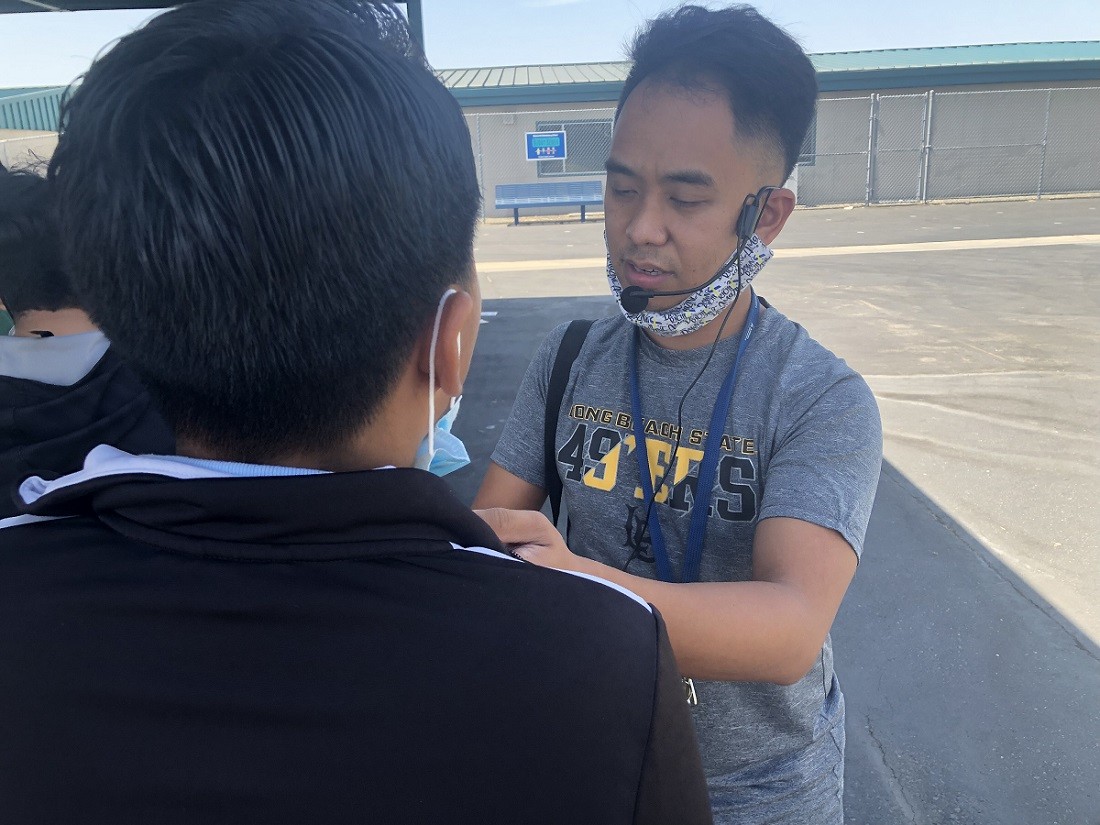 Villanueva, who graduated with dual bachelor’s degrees in music education and jazz studies from California State University, Long Beach in 2016, and a master’s degree in arts and cultural management from the University of Denver in 2021, began his teaching career working with 4th through 6th graders in the after-school music program at Franklin Elementary School in the same school district.
Villanueva, who graduated with dual bachelor’s degrees in music education and jazz studies from California State University, Long Beach in 2016, and a master’s degree in arts and cultural management from the University of Denver in 2021, began his teaching career working with 4th through 6th graders in the after-school music program at Franklin Elementary School in the same school district.
At the time, many of the 24 Anaheim elementary schools had after-school music, originally through a partnership with the Pacific Symphony, and slightly more than half taught music during the school day. Music had only started to trickle back into the district in 2014. “[In 2018], there was a big hiring frenzy … and the beginnings of the full-on music program that was imagined [for the district],” Villanueva says.
In order to grow the program, the school district as a whole has received various grants and donations from the NAMM Foundation, The Disneyland Resort, Save The Music Foundation, Little Kids Rock and Yamaha Corporation of America. According to Villanueva, these partnerships were in large part due to the efforts of the Anaheim Creativity Council, which was formed in 2015.
While Villanueva wasn’t the first music teacher during the revival at Orange Grove, he took the program to another level by providing hands-on engagement. “It’s all about participation [and] engagement. … If the kids are not enjoying it, then they are not going to be as open to the learning process. You’ve got to reel them in and drop little nuggets of knowledge here and there,” he says.
Expansion and Progression
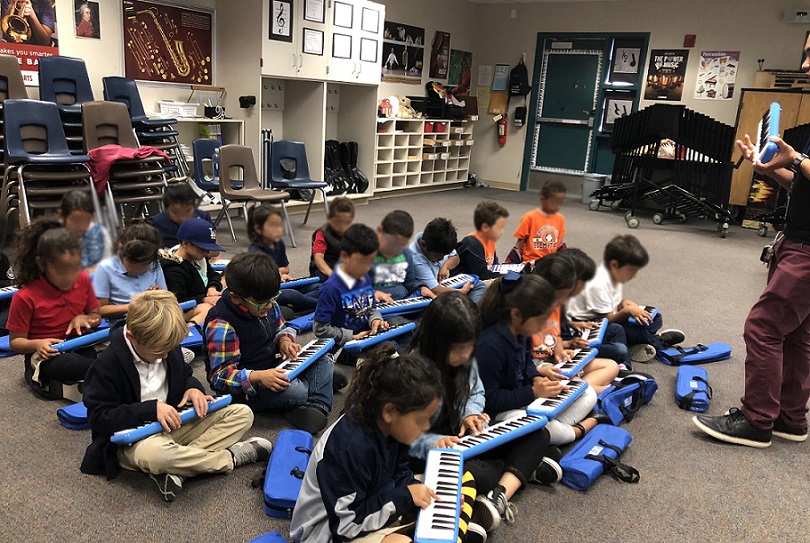 Villanueva teaches all 600 students at Orange Grove. Each grade is divided into several classes that meet for 30 minutes per week for TK and 1st grade, 45 minutes for 2nd through 4th grades, and 90 minutes for 5th and 6th grades. During the 2020-2021 academic year when the entire school was virtual until April, he met with 6th graders twice per week.
Villanueva teaches all 600 students at Orange Grove. Each grade is divided into several classes that meet for 30 minutes per week for TK and 1st grade, 45 minutes for 2nd through 4th grades, and 90 minutes for 5th and 6th grades. During the 2020-2021 academic year when the entire school was virtual until April, he met with 6th graders twice per week.
The youngest students start by singing, dancing and doing hand percussion. They learn fundamentals such as rhythm and solfege, as well as polar opposites like fast and slow, soft and loud. In 1st and 2nd grades, Villanueva introduces ukulele, piano, drum set and melodica. At first, Villanueva teaches through audiation using call-and-response methods. He prioritizes students playing instruments through guided notes and labels before integrating skills in reading music as they grow and develop. In 3rd grade, students learn recorder, and in 4th grade, he focuses on modern band and some guitar.
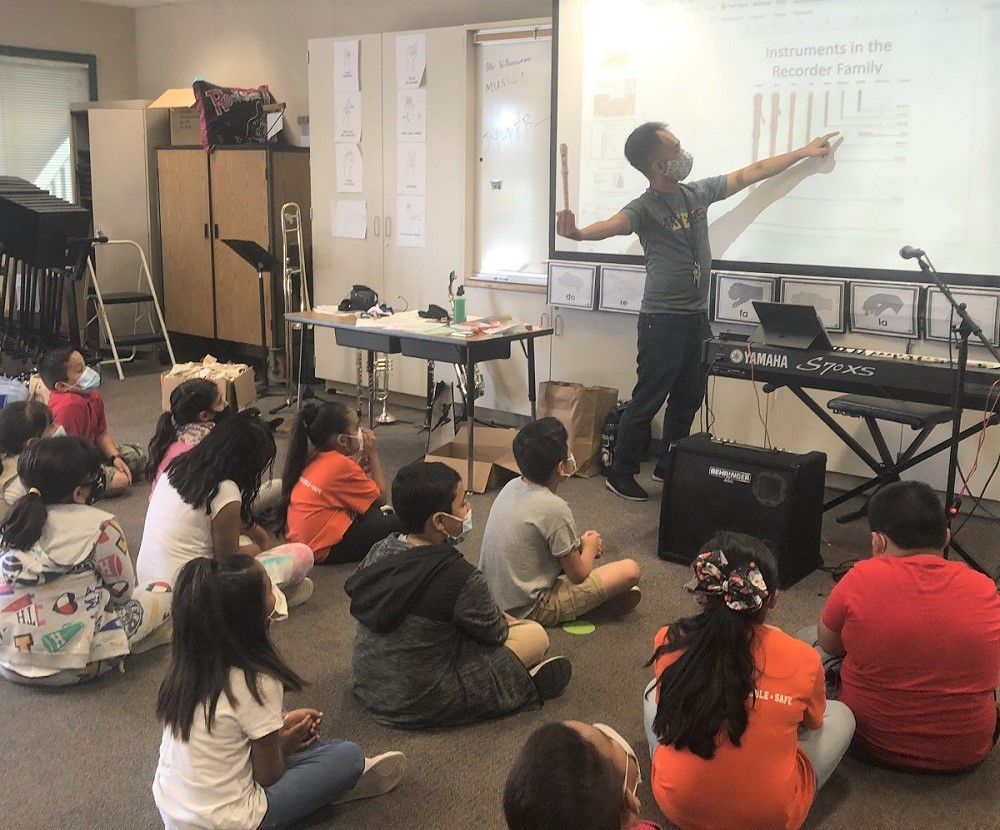 Villanueva specifically wanted melodicas, a combination wind instrument and keyboard, for younger grades. “I got the idea of incorporating melodicas after seeing some videos of children in Japan,” he says. “Plus, it’s louder than electronic keyboards, so for performance purposes, it’s great to project. It’s also a good segue into 5th grade and 6th grade when students have to learn to use their air. Not only are they developing keyboard skills, but they’re also learning breathing skills.”
Villanueva specifically wanted melodicas, a combination wind instrument and keyboard, for younger grades. “I got the idea of incorporating melodicas after seeing some videos of children in Japan,” he says. “Plus, it’s louder than electronic keyboards, so for performance purposes, it’s great to project. It’s also a good segue into 5th grade and 6th grade when students have to learn to use their air. Not only are they developing keyboard skills, but they’re also learning breathing skills.”
Villanueva received funding for melodicas and keyboards through DonorsChoose, Anaheim Elementary Education Association and Little Kids Rock. After seeing his success, teachers at two other schools in the district also have melodicas through other donations.
“The teachers [in the district] have a lot of independence,” Villanueva says. “But we do have the universal agreement that music should be accessible to everyone.”
As part of the music progression, students in 5th grade engage in the exploratory wheel and learn voice/tech, violin, ukulele, guitar, bucket drums and piano in six-week increments. These courses were chosen for the 2021-2022 school year because they are COVID safe. Prior to the pandemic, students learned traditional band instruments. The district rotates the instruments through the various schools.
By 6th grade, students are split into three bands of about 27 each, depending on their classroom assignments, and everyone focuses on a primary instrument. While the school doesn’t have orchestra or choir, Villanueva does incorporate singing in the ensembles.
Class Act and Fun Trips
All grades perform in the all-school winter and spring concerts with field trip opportunities sprinkled in.
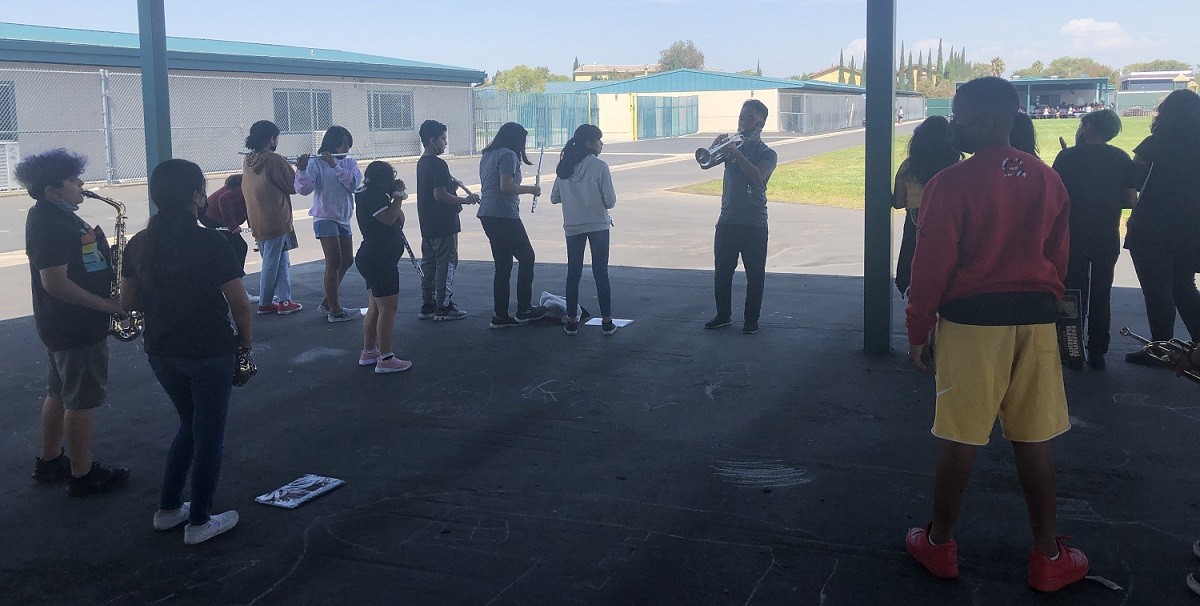 In past years, Orange Grove students participated in the Class Act program through Pacific Symphony, which introduces elementary students to symphonic music. The program focuses on one composer each year — Pyotr Ilyich Tchaikovsky was studied in 2018-2019 and John Williams in 2019-2020. The symphony also assigns a professional musician to work with the students. “After they get their lessons from the professional musician, it’s up to each grade level to come up with some sort of demonstration of their knowledge,” Villanueva says. “That could range from a performance or a dance [to a presentation]. We generally make it a performance demonstration.”
In past years, Orange Grove students participated in the Class Act program through Pacific Symphony, which introduces elementary students to symphonic music. The program focuses on one composer each year — Pyotr Ilyich Tchaikovsky was studied in 2018-2019 and John Williams in 2019-2020. The symphony also assigns a professional musician to work with the students. “After they get their lessons from the professional musician, it’s up to each grade level to come up with some sort of demonstration of their knowledge,” Villanueva says. “That could range from a performance or a dance [to a presentation]. We generally make it a performance demonstration.”
Students showcase what they learned at an assembly, and 2nd through 6th graders end the unit by taking a field trip to Segerstrom Center for the Arts to hear the symphony.
“In my first year of teaching, I had no idea where each student was [musically],” Villanueva says. “In the beginning, we would start off with learning ‘Hot Cross Buns.’ But then as I became comfortable in my position, I started to be a little more adventurous. For example, we studied Tchaikovsky, so I had my 3rd graders at the time play the ‘Sleeping Beauty Waltz’ on recorder, melodica and piano. That was a little bit ambitious, but I’m glad that we did it. … Given enough effort and dedication, [even] these 3rd graders can pull off something that would typically be reserved for a middle school or a high school student.”
The young musicians also perform in community events — some that have become traditions while others vary every year. Villanueva has taken kindergarteners to perform for Dias De La Muertos, 2nd graders to participate in The NAMM Show and 6th graders to the Meet on Beach event in Buena Park.
Villanueva had planned to take 5th graders to a country-western event that didn’t end up occurring. The 6th graders also march in the annual city Halloween and Martin Luther King Jr. parades, and teachers can send a variety of groups to the district’s Music, Art and Creativity Festival.
“There are a couple of districtwide things, but for the most part, it’s up to each individual teacher to decide whether they want to do the field trip,” Villanueva says.
Student Voice and Choice
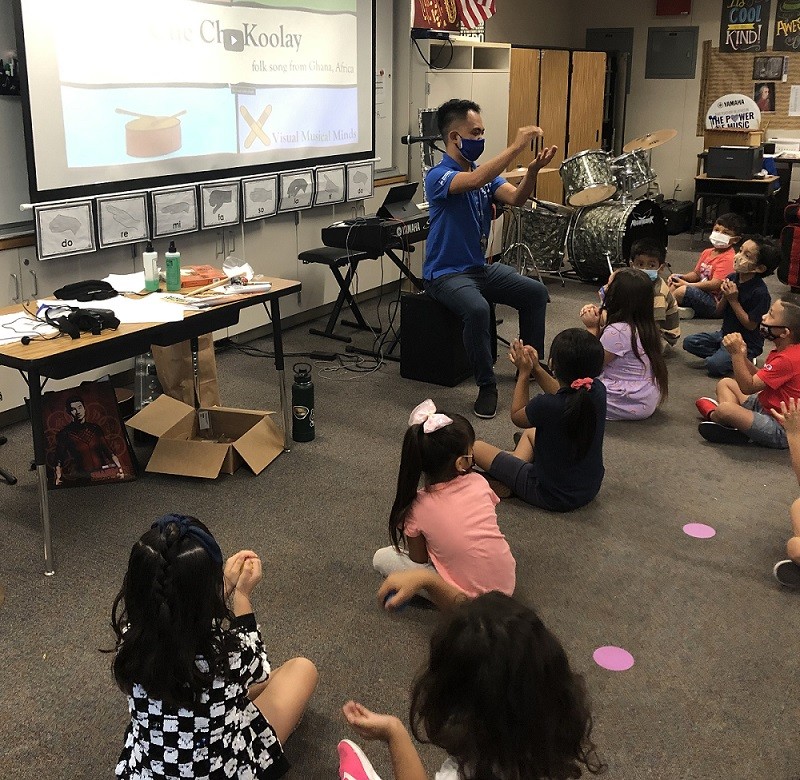 Villanueva brings more and more new ideas to his classes because he is constantly learning through his recent master’s program as well as during freelance gigs, professional development classes such as Little Kids Rock educational events, and side work with the Dragon Kim Foundation.
Villanueva brings more and more new ideas to his classes because he is constantly learning through his recent master’s program as well as during freelance gigs, professional development classes such as Little Kids Rock educational events, and side work with the Dragon Kim Foundation.
“Because I have a lot of background with modern band …, we do a lot of popular music [like] Bruno Mars,” says Villanueva, who writes the elementary arrangements himself. “That’s one of the big things that I love about teaching elementary — it’s also a way for me to learn things for myself. I didn’t grow up deeply into hip hop until I was much older. … That’s been a fun journey teaching kids one thing and being able to apply that in my professional life as a musician.”
Like many other music educators, Villanueva says that he struggled with finding a rhythm for engaging students in a virtual setting during the pandemic. He decided to use the opportunity to teach musical composition — how to create drumbeats, melodies and lyrics. He also dove into societal issues, including how African and Mexican cultures influence the music world today.
At the final concert each year, Villanueva lets students in each grade pitch their ideas for the songs to perform. “I believe in students’ choice toward the end of the school year,” he says. “I set some ground rules. It has to be achievable, no curse words and no suggestive themes.”
In 2019, 6th graders played “Thousand Years” by Christina Perri. In the future, Villanueva says that he would like to incorporate more guitar and more songwriting in the upper grades as well as have the entire school perform a song together.
Overall, Villanueva helps students form a connection to the music. “I make sure that things that are performed are culturally relevant and achievable,” he says.










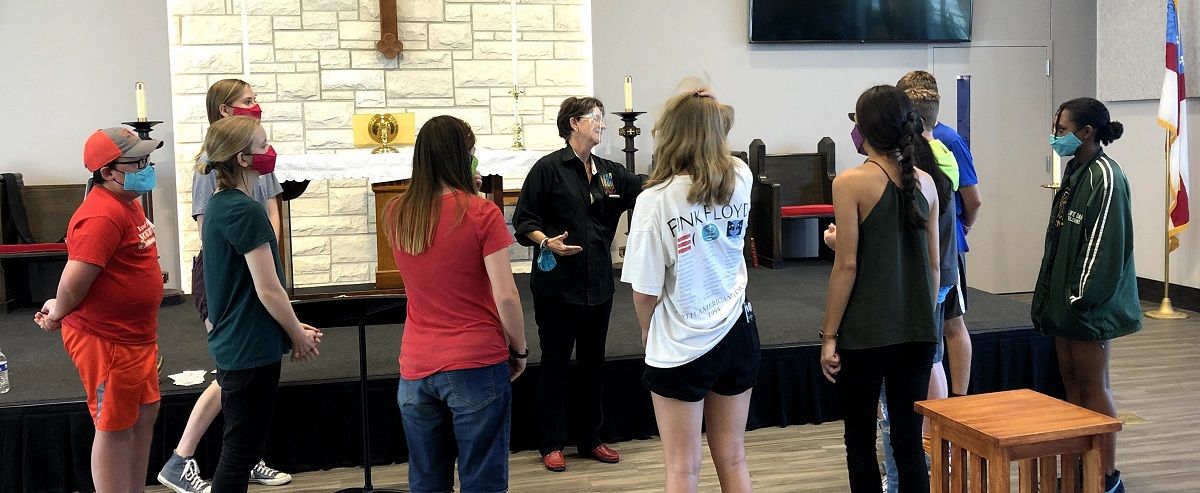
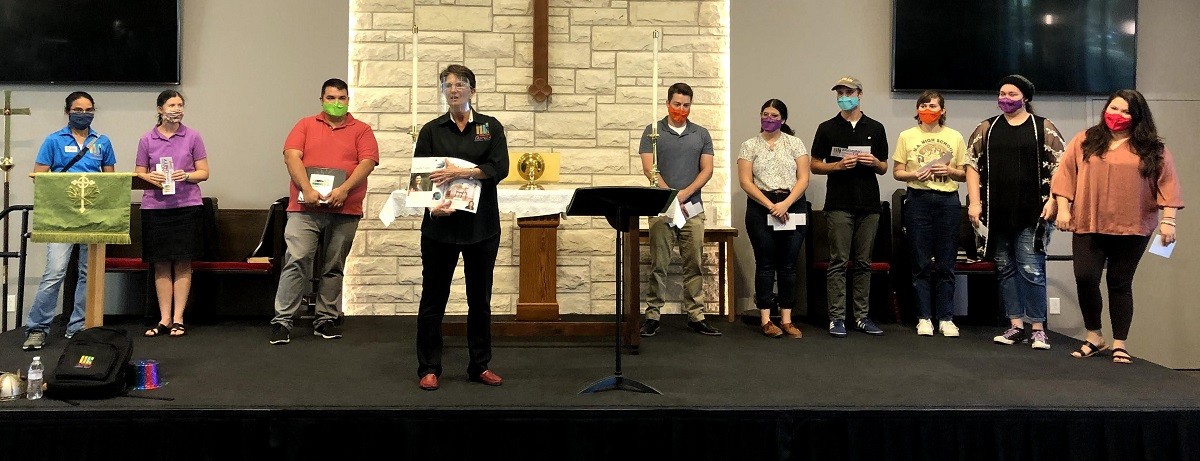 To help with YCCT’s launch, we selected an eclectic board of directors with a passion for children’s singing. Current board members include local public-school music teachers, Baylor music education faculty members, parents, choral musicians and community advocates. We also employ a business manager (CPA) and have an attorney who volunteers advice when called upon.
To help with YCCT’s launch, we selected an eclectic board of directors with a passion for children’s singing. Current board members include local public-school music teachers, Baylor music education faculty members, parents, choral musicians and community advocates. We also employ a business manager (CPA) and have an attorney who volunteers advice when called upon.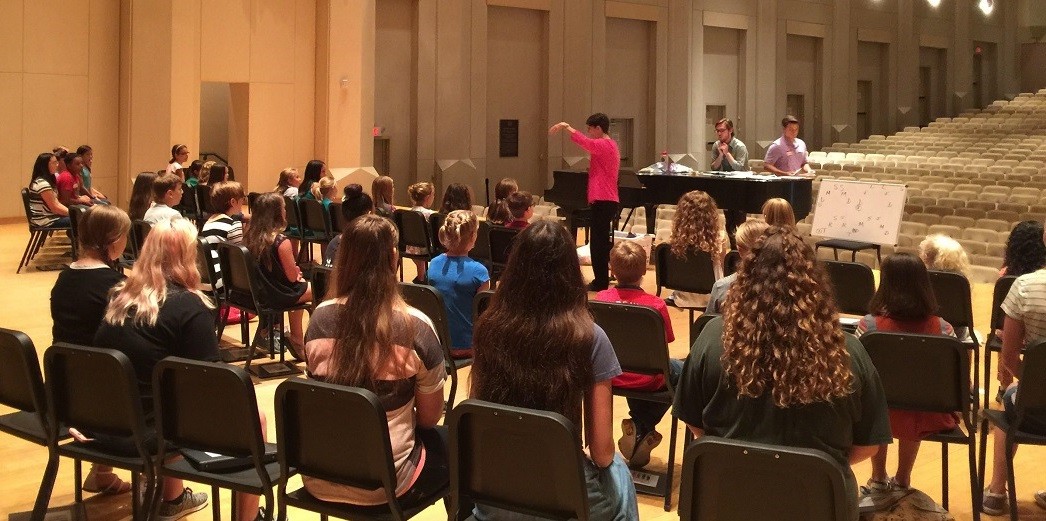 Interns act as small group facilitators for practice pods. Older choristers are spaced strategically among younger singers to ensure all have helpers nearby to aid with tasks like finding their place on the printed page, marking scores and, most importantly, providing a vocal support and encouragement. We are aware of when and how we employ the use of the “surrogate” teacher.
Interns act as small group facilitators for practice pods. Older choristers are spaced strategically among younger singers to ensure all have helpers nearby to aid with tasks like finding their place on the printed page, marking scores and, most importantly, providing a vocal support and encouragement. We are aware of when and how we employ the use of the “surrogate” teacher. One thing we have discovered is that if the older singers are always asked to serve as models for their younger peers, their own needs are not served. Therefore, we ask the collegiate interns to model for the older chorus and, in turn, the staff models vocal and teaching techniques for the interns. Each rehearsal begins and ends with a brief staff meeting and debriefing that especially focuses on interns’ needs and questions.
One thing we have discovered is that if the older singers are always asked to serve as models for their younger peers, their own needs are not served. Therefore, we ask the collegiate interns to model for the older chorus and, in turn, the staff models vocal and teaching techniques for the interns. Each rehearsal begins and ends with a brief staff meeting and debriefing that especially focuses on interns’ needs and questions.
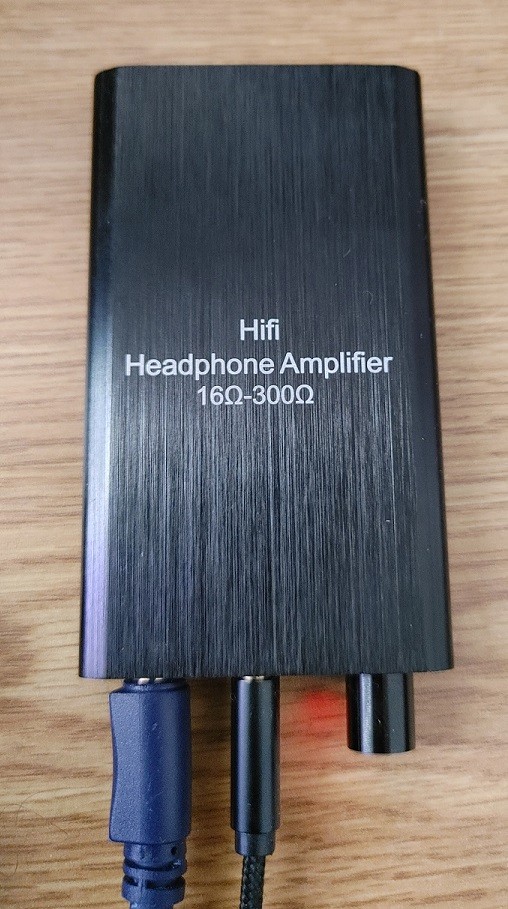 Upgrade the Sound System
Upgrade the Sound System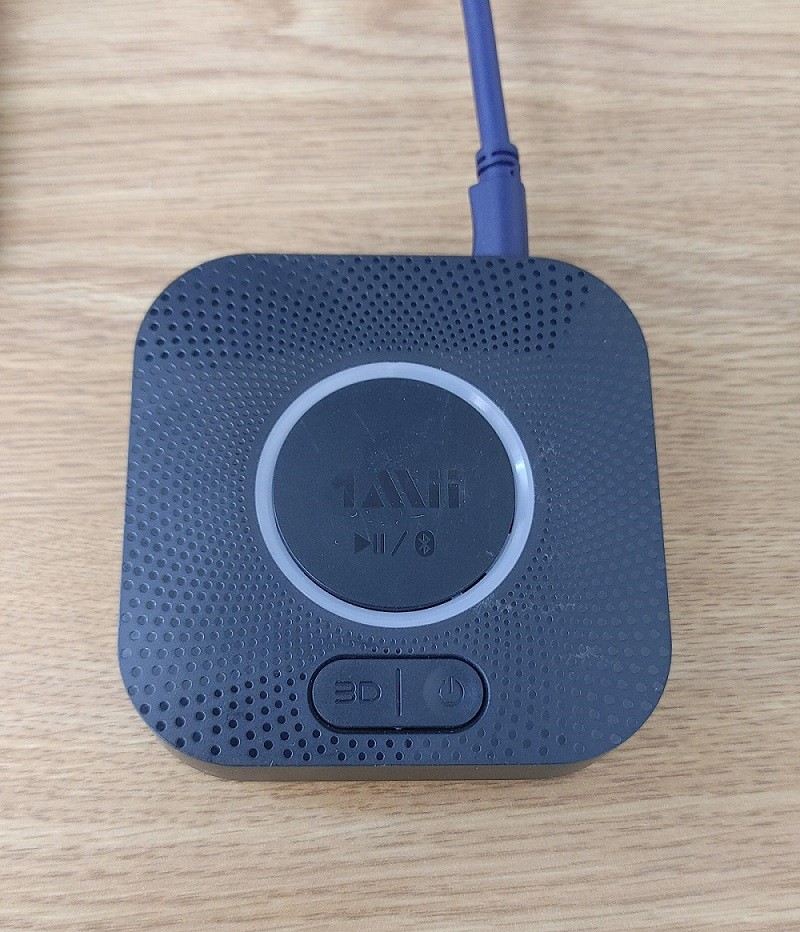 Once your phone or tablet is connected to a sound system via Bluetooth, you can utilize your phone’s voice memo taker as a recording and playback station for your classroom. Record a difficult passage with your phone and play the recording back while speaking directly to the students who need your help. Moving the phone around the room will allow you to capture the moments that the students may not be hearing. For instance, recording close to the students who are out of tune might help you segue into the importance of listening and tuning without calling out specific students. Let the recording be the bad guy.
Once your phone or tablet is connected to a sound system via Bluetooth, you can utilize your phone’s voice memo taker as a recording and playback station for your classroom. Record a difficult passage with your phone and play the recording back while speaking directly to the students who need your help. Moving the phone around the room will allow you to capture the moments that the students may not be hearing. For instance, recording close to the students who are out of tune might help you segue into the importance of listening and tuning without calling out specific students. Let the recording be the bad guy.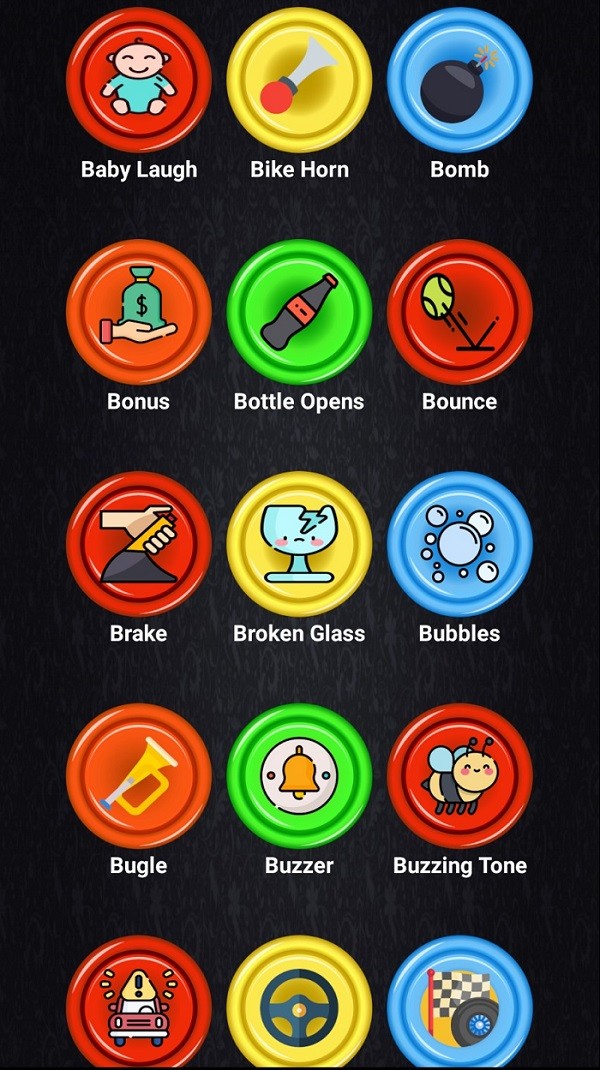
 Apart from technology, seating and staging have a large impact on how students act in the music room. Though traditional seating is important for posture and performance, is there space in your room for a non-traditional seating area?
Apart from technology, seating and staging have a large impact on how students act in the music room. Though traditional seating is important for posture and performance, is there space in your room for a non-traditional seating area?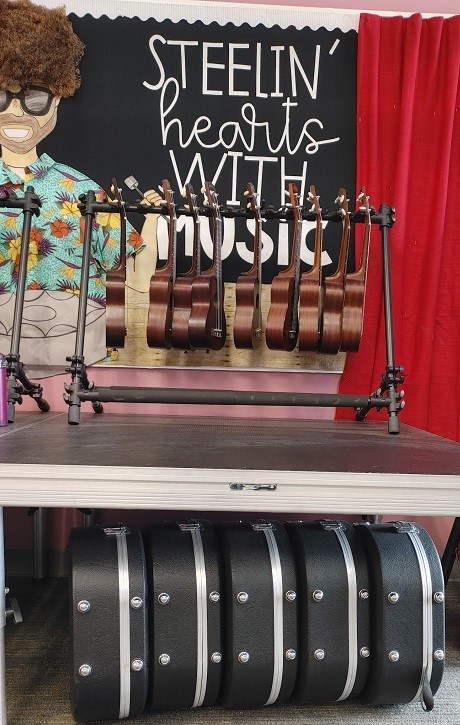 Elementary music classrooms utilize yoga balls, buckets and even
Elementary music classrooms utilize yoga balls, buckets and even 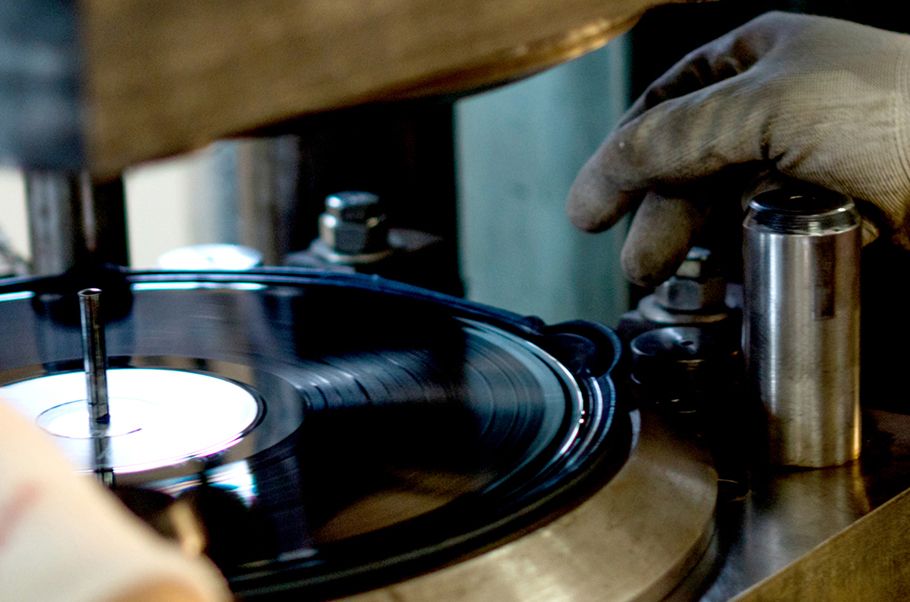
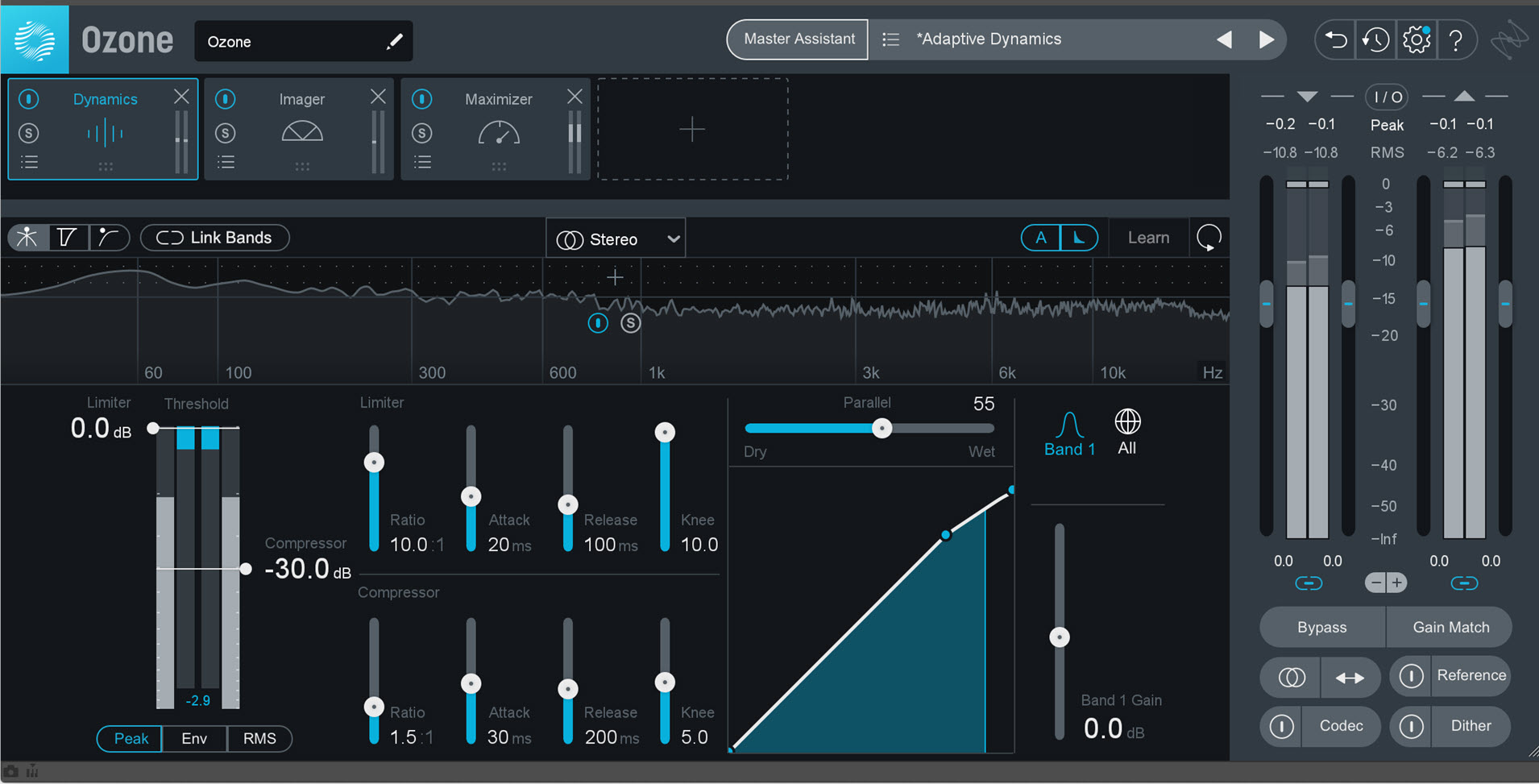
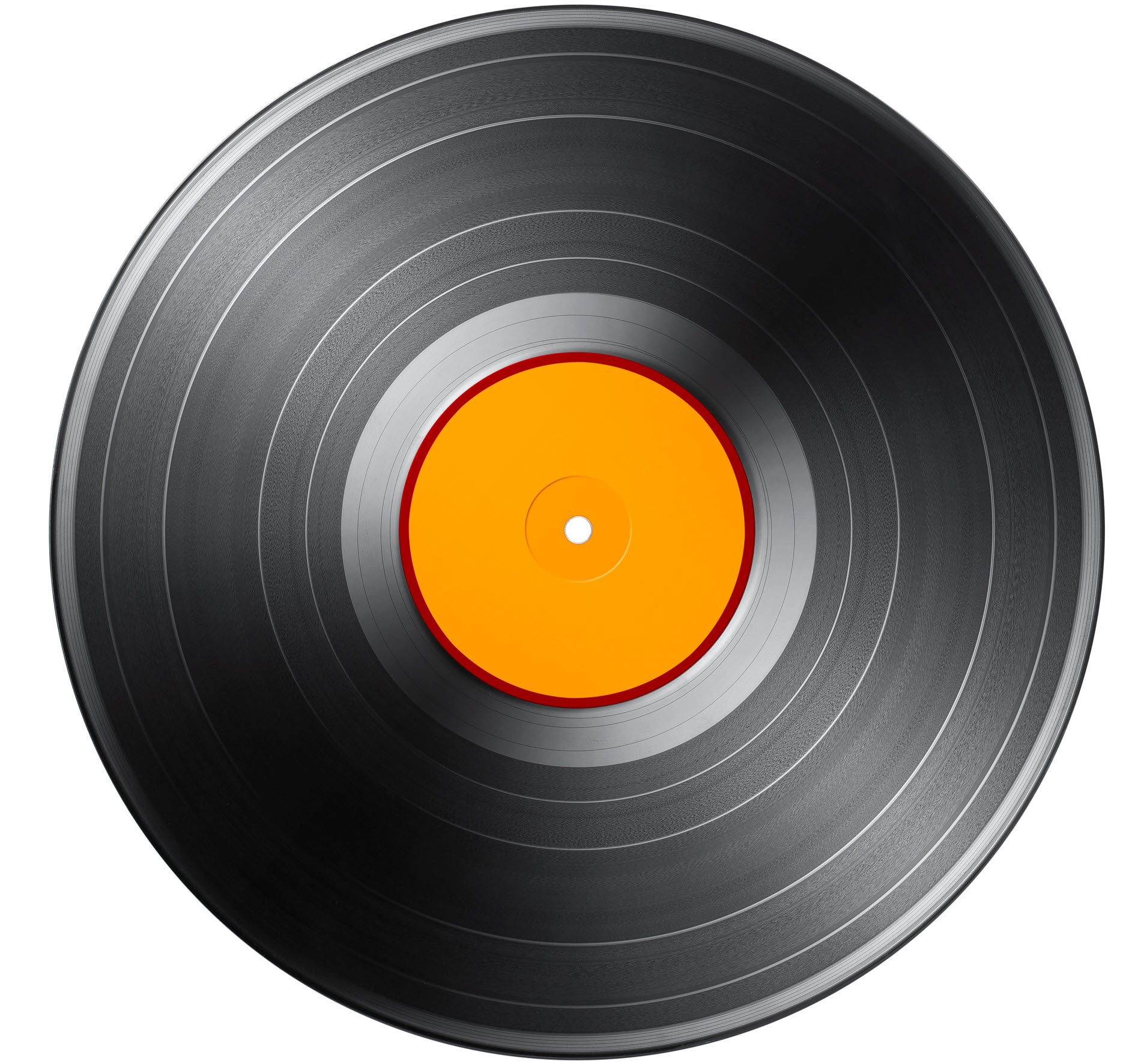


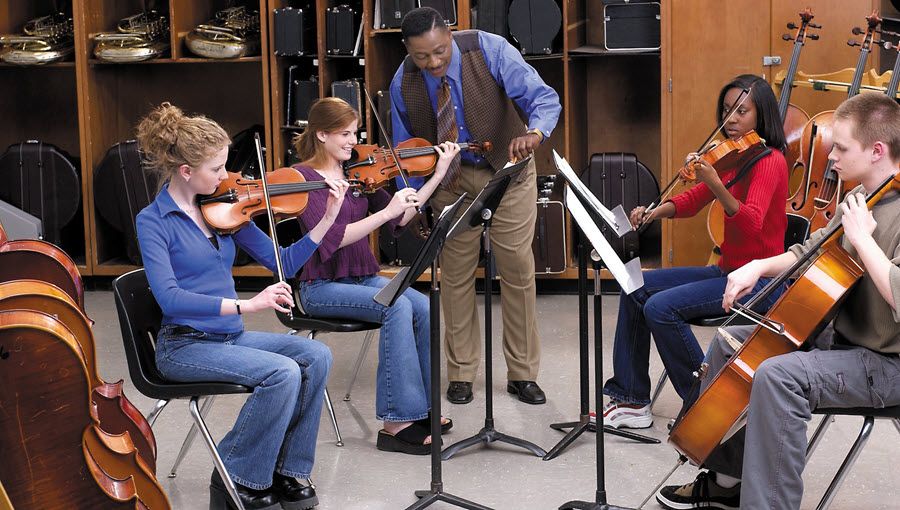

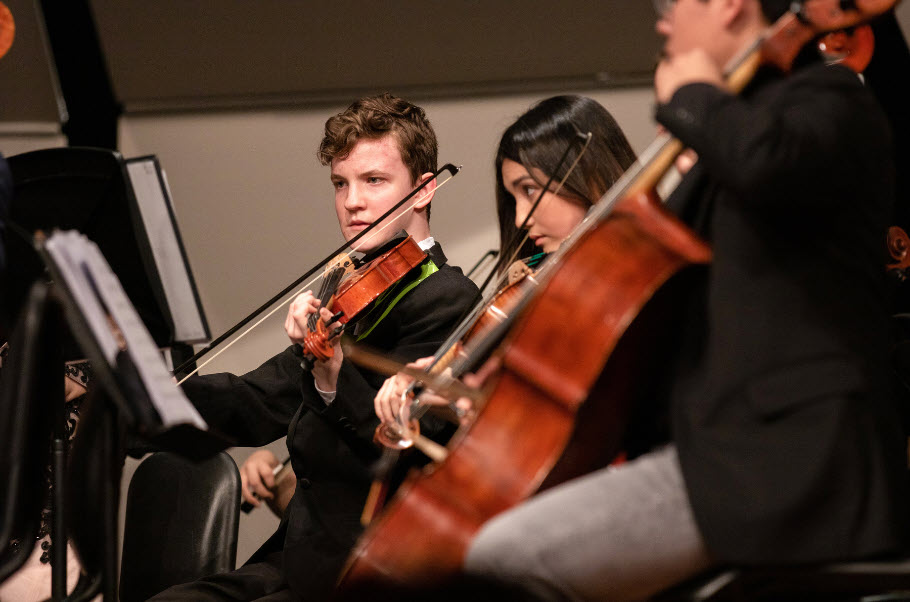
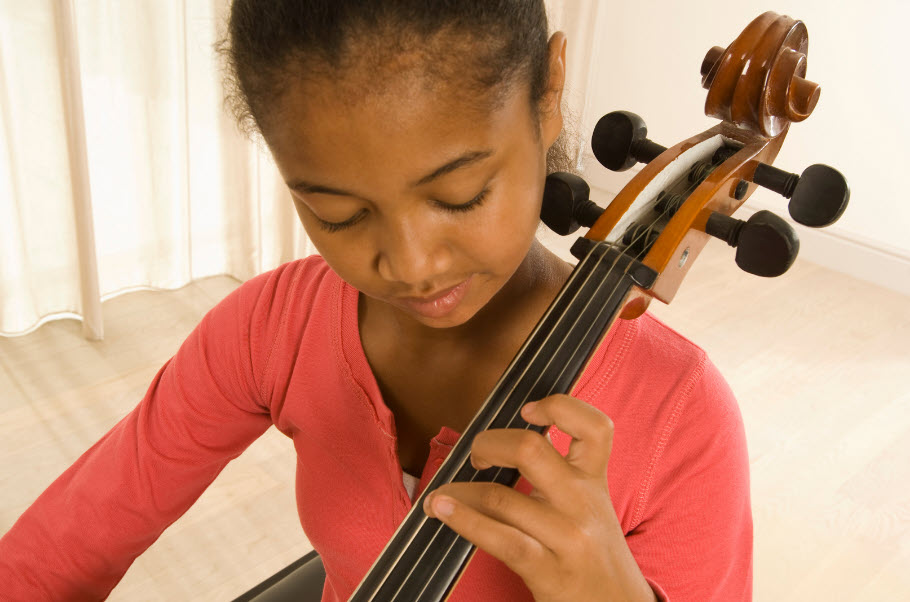
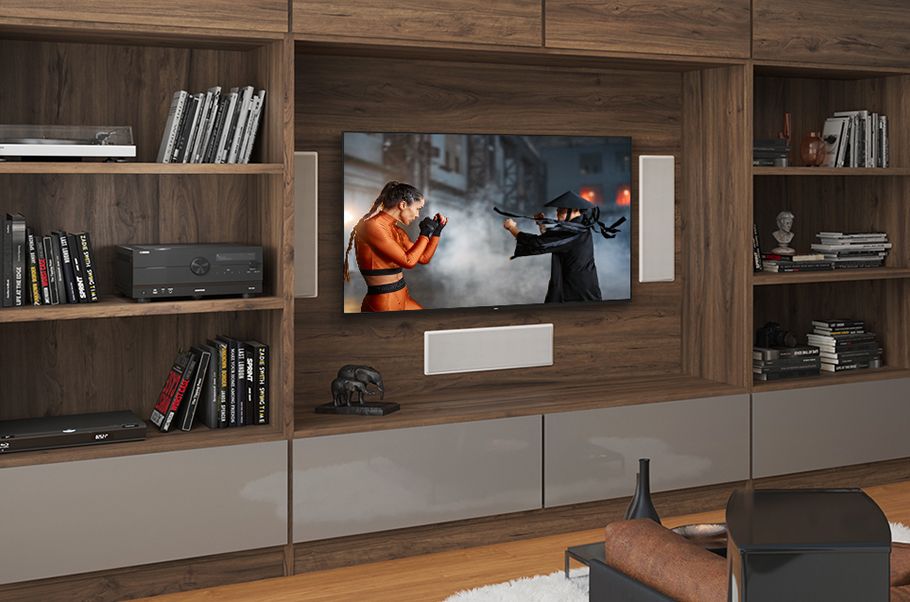
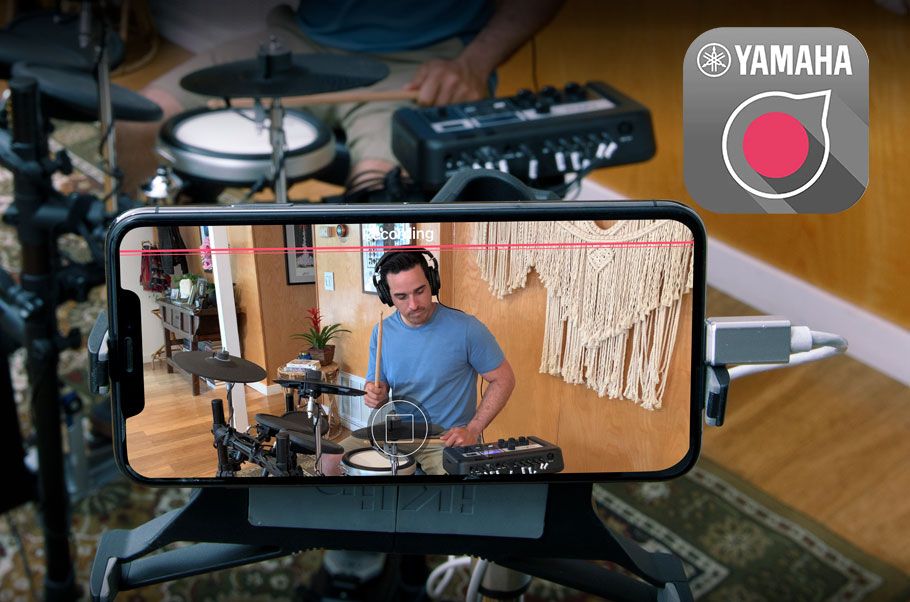
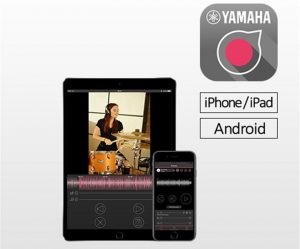
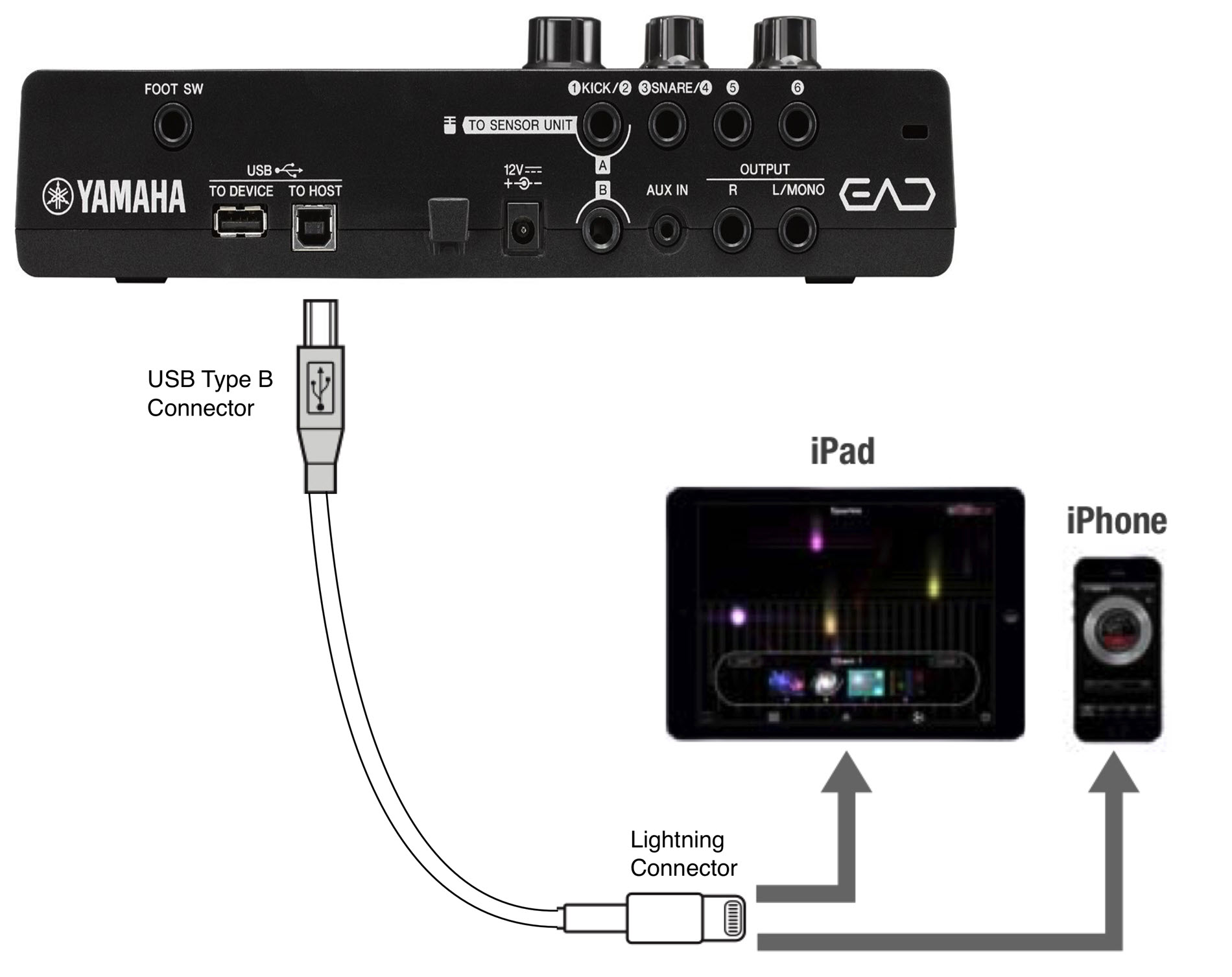
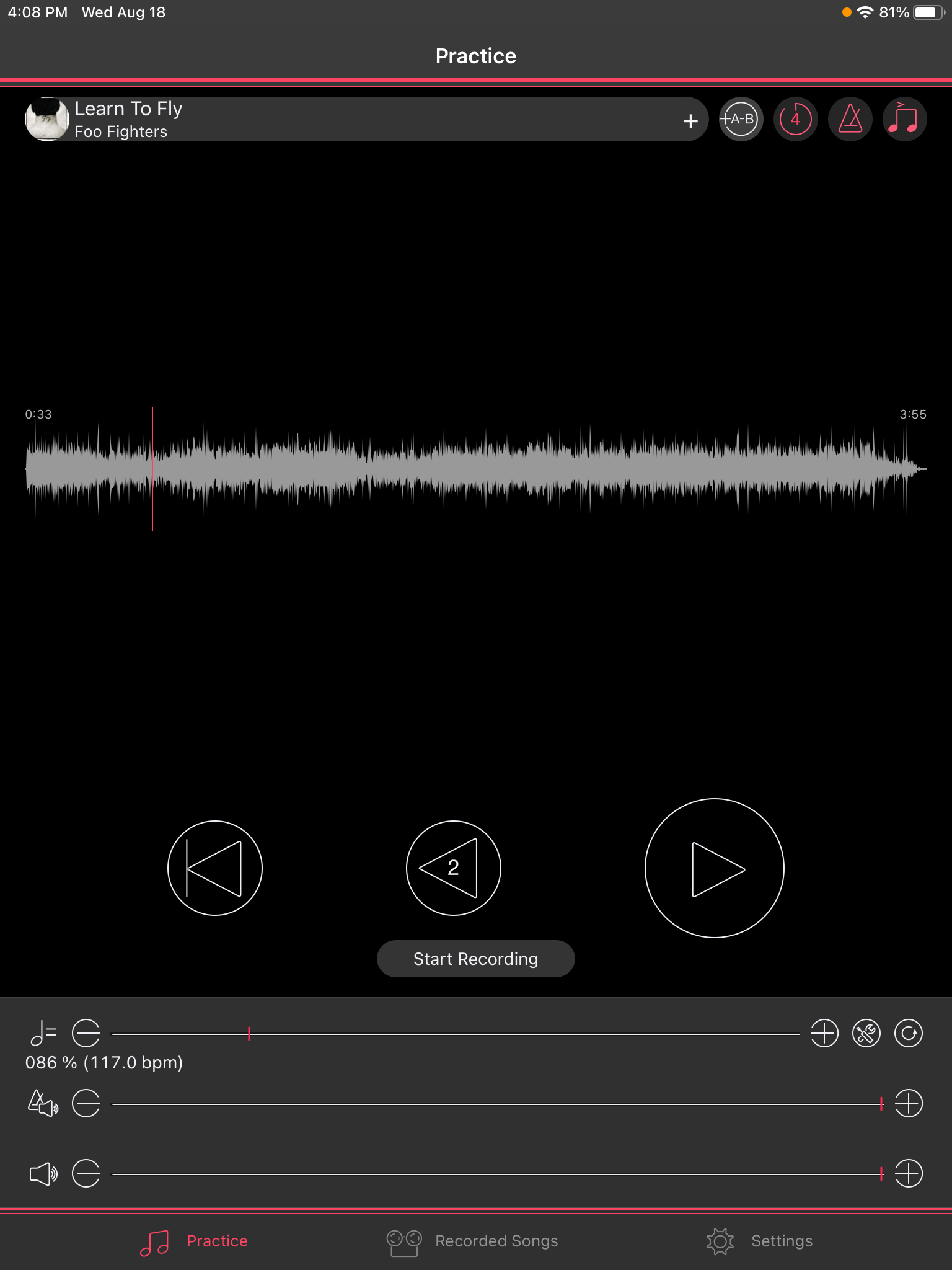
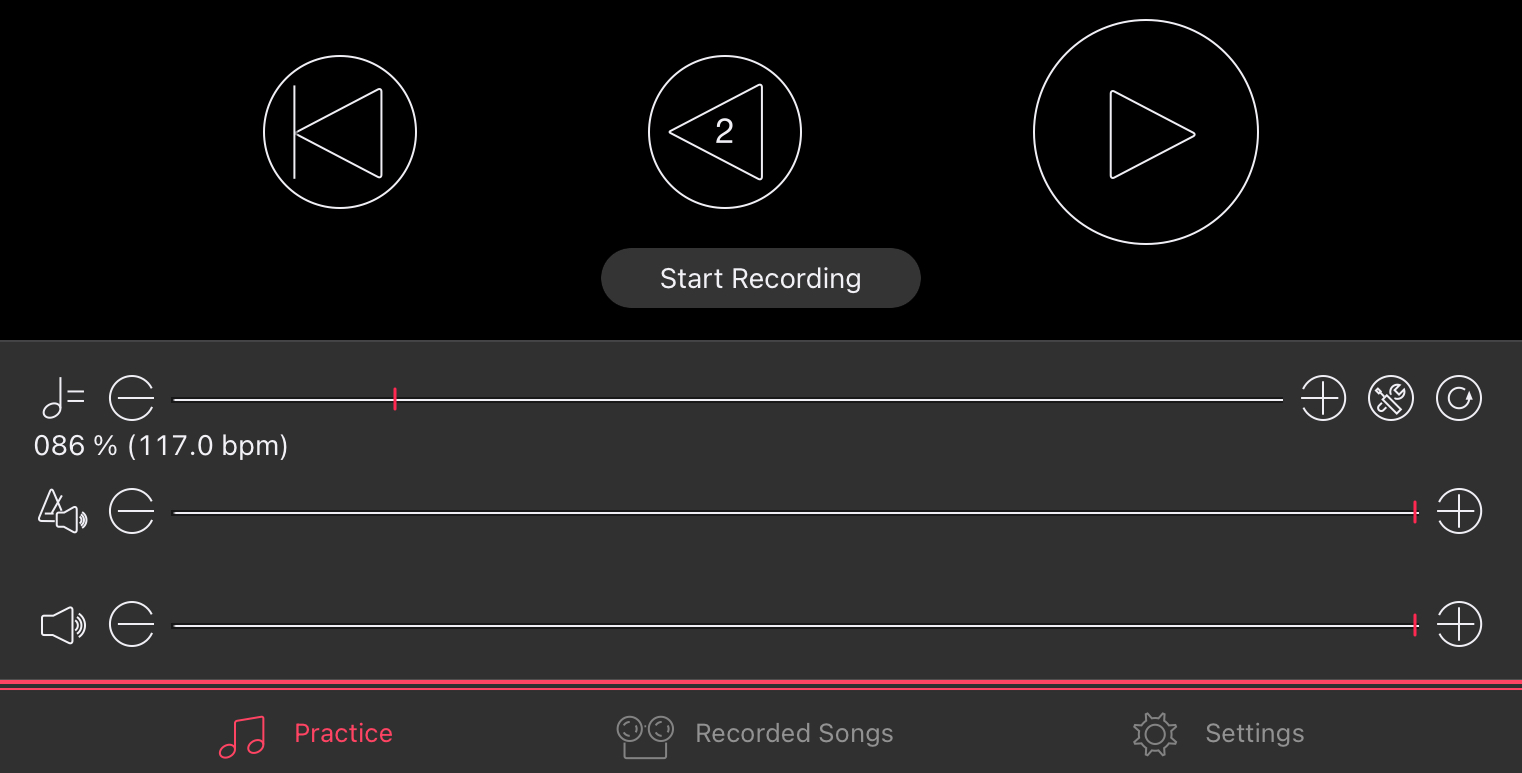
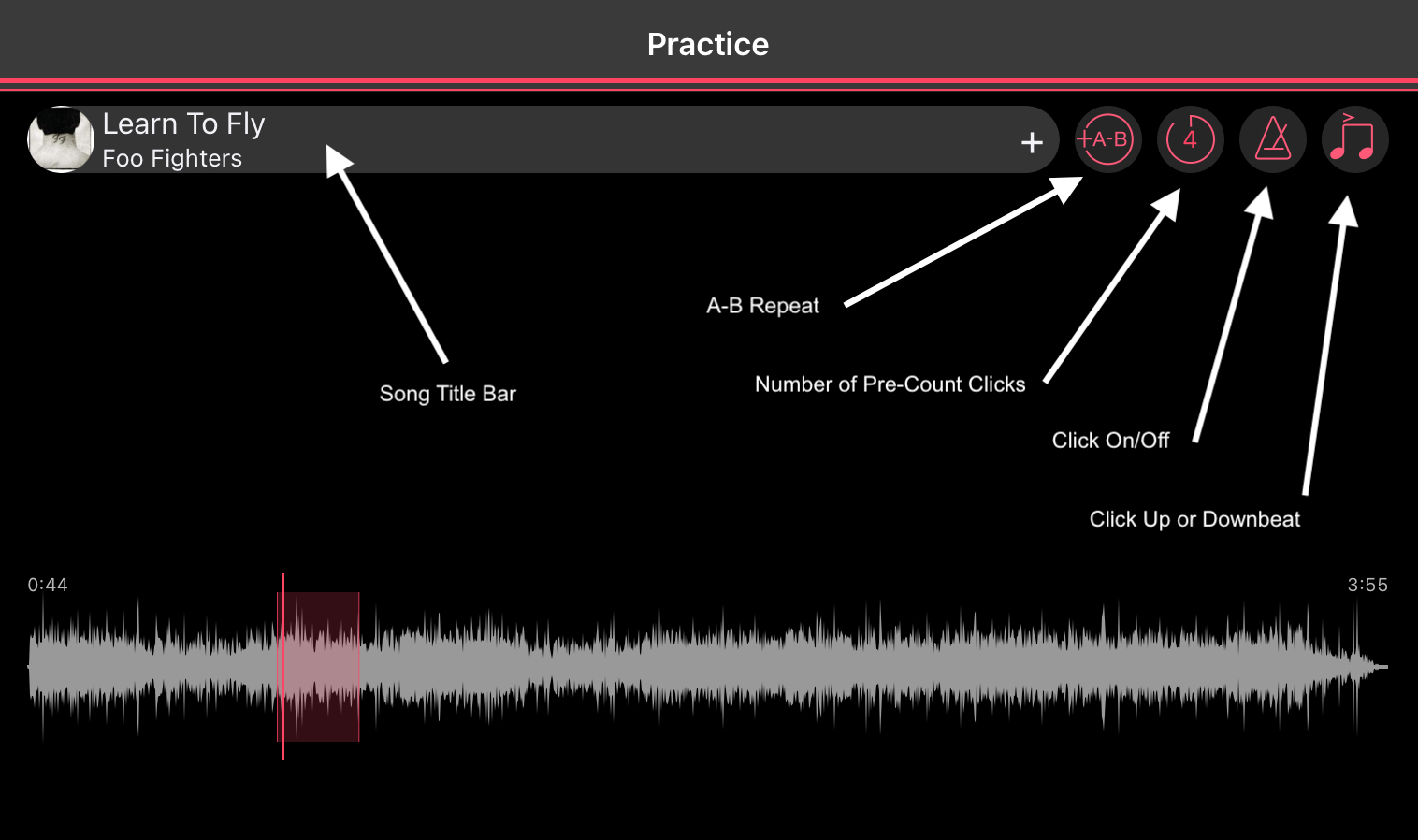

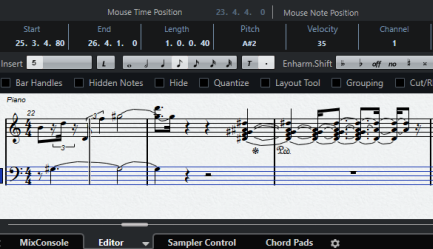
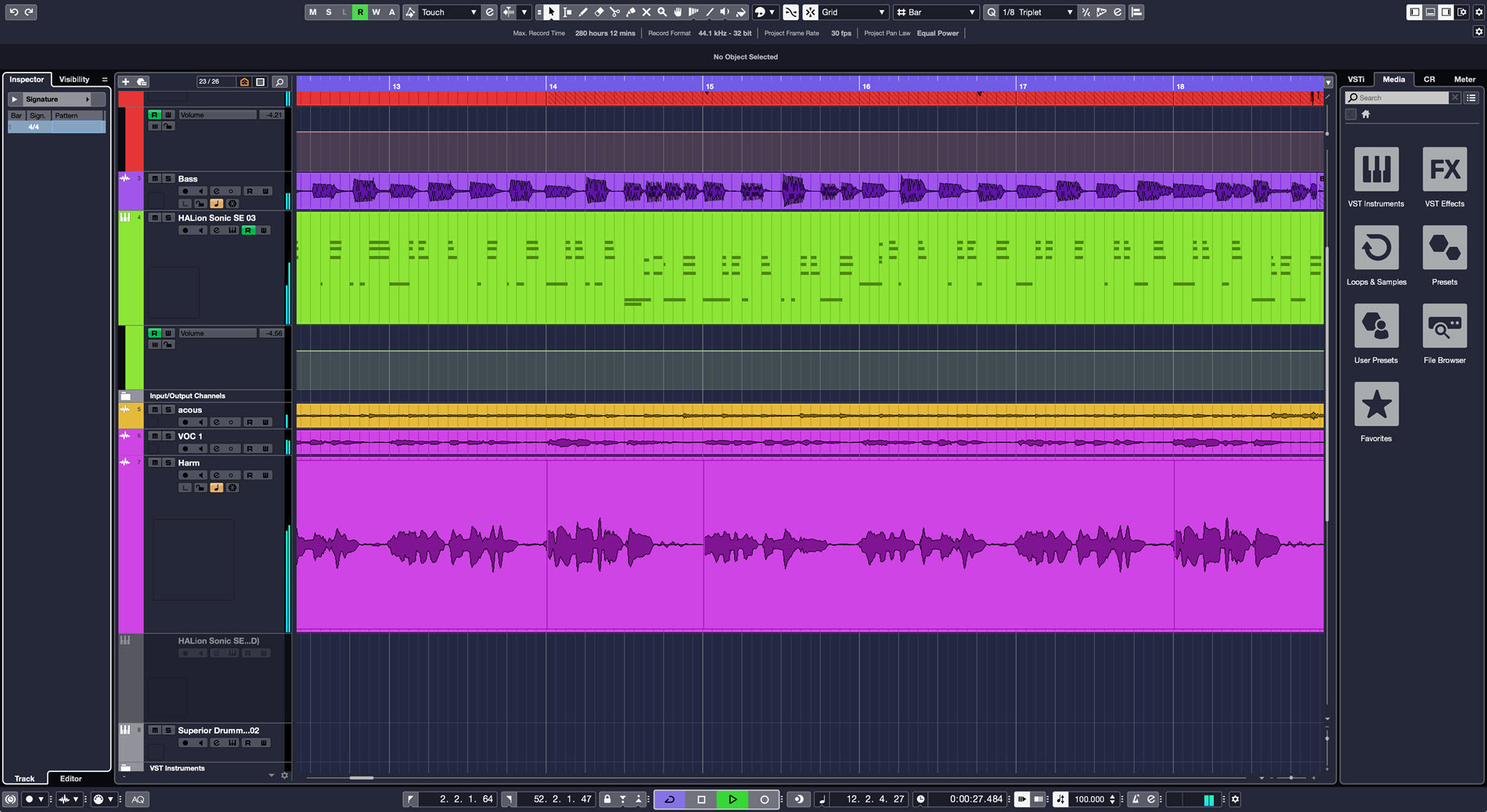




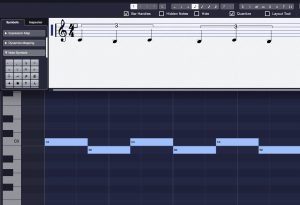


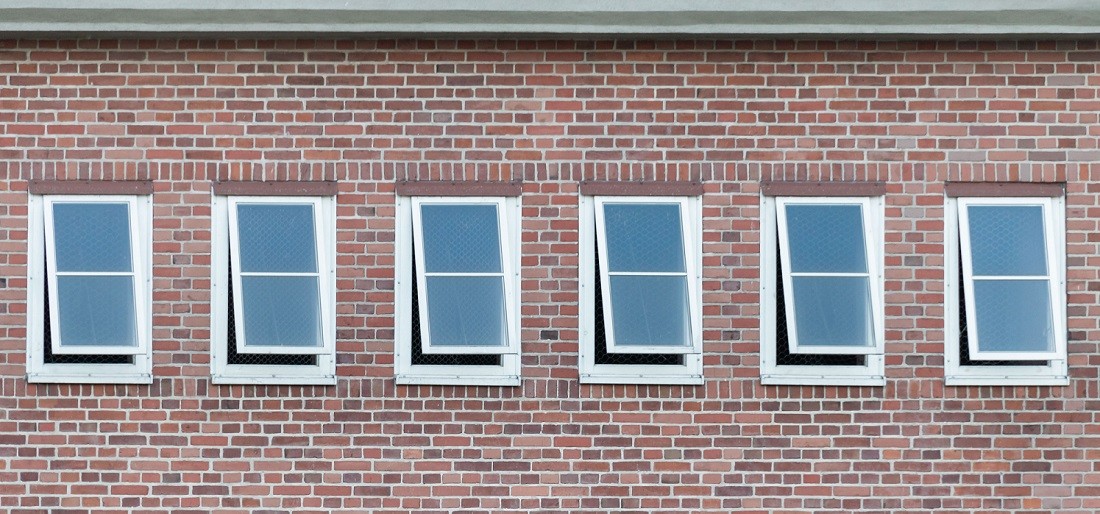 Depending on your school setting and policies, the simplest solution is to open a window or door if you possibly can — even for short periods during cold-weather months. (Be sure the window is screened and or secured in a way that it will not create a fall risk for students.)
Depending on your school setting and policies, the simplest solution is to open a window or door if you possibly can — even for short periods during cold-weather months. (Be sure the window is screened and or secured in a way that it will not create a fall risk for students.)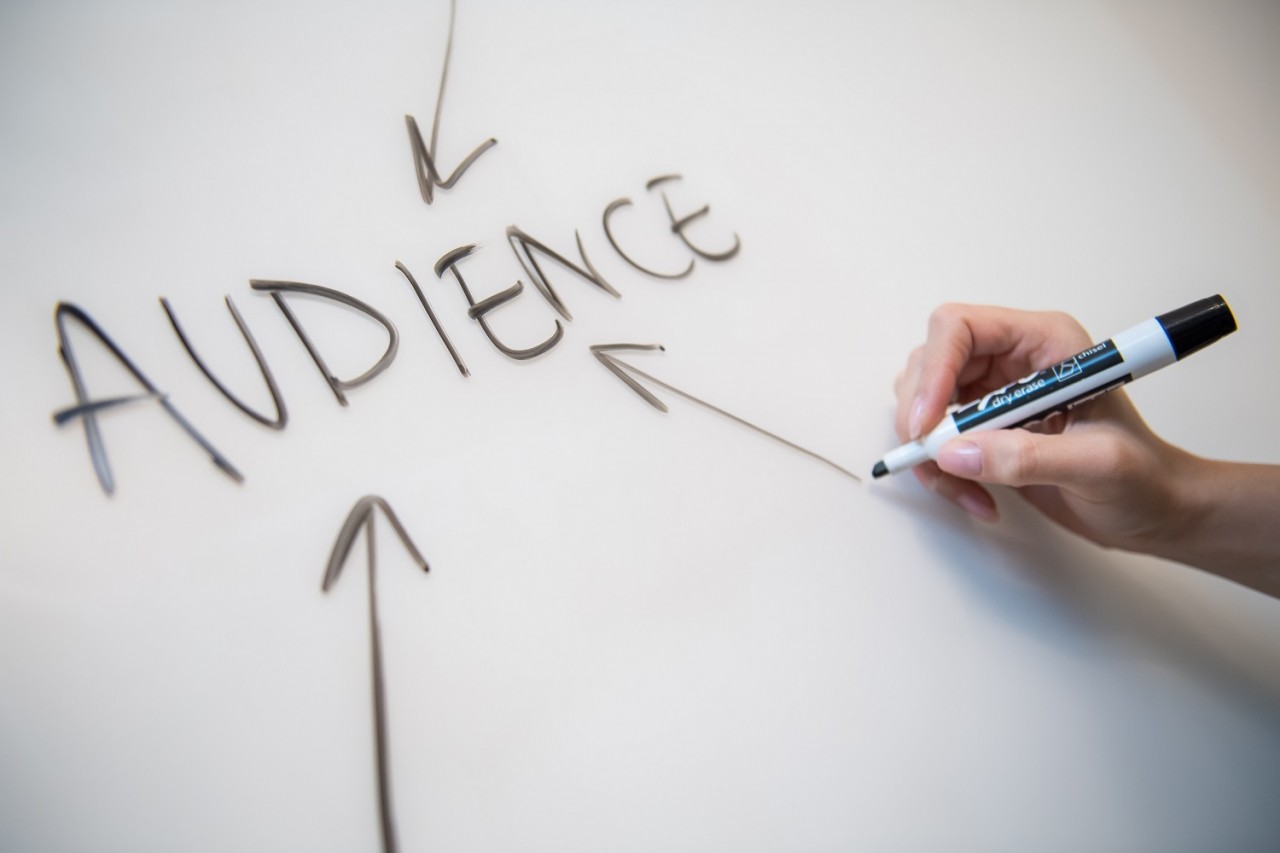 Beyond simple fresh air, consider what else students might be inhaling and strive for a cleaner indoor space.
Beyond simple fresh air, consider what else students might be inhaling and strive for a cleaner indoor space.
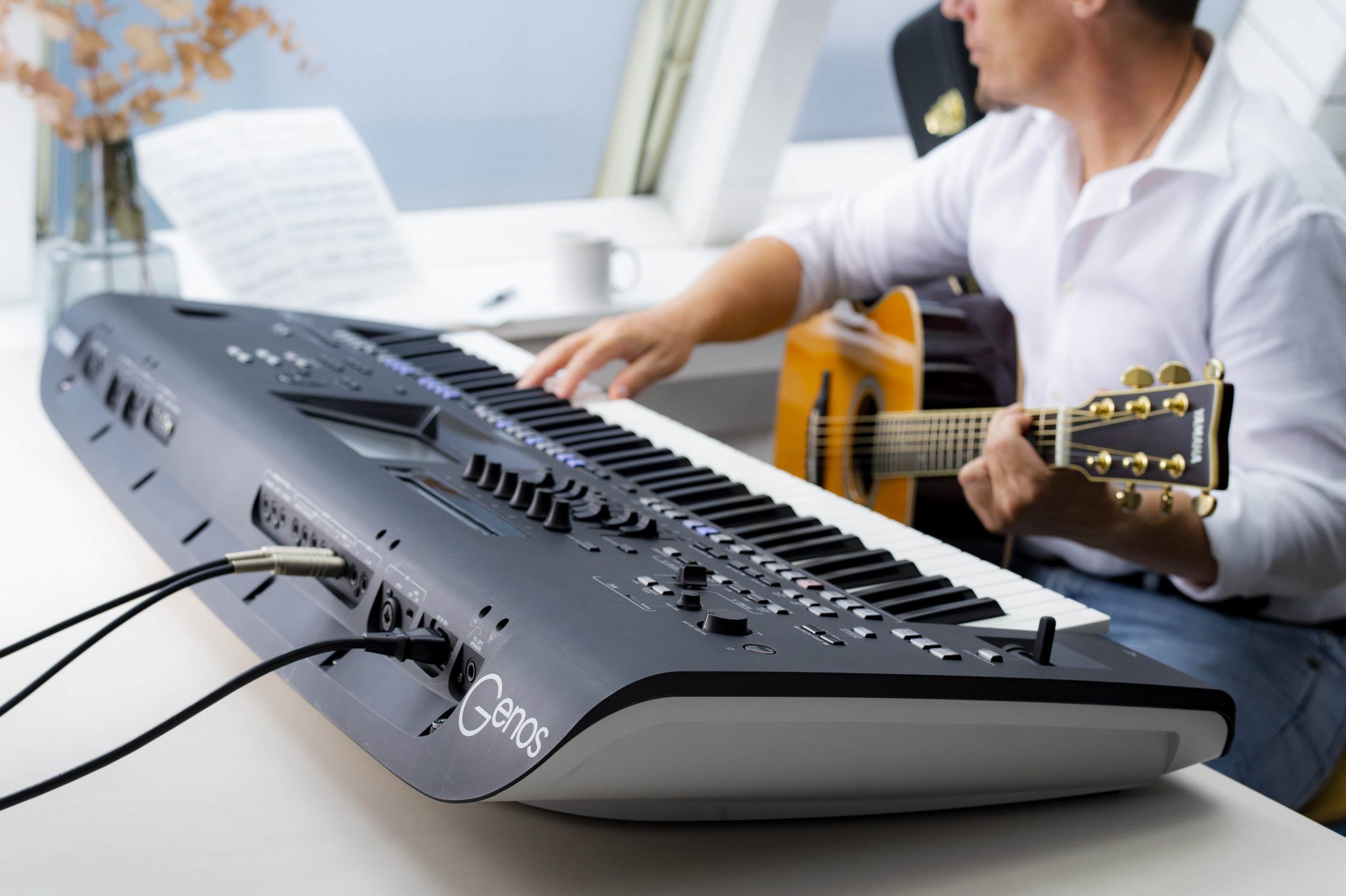







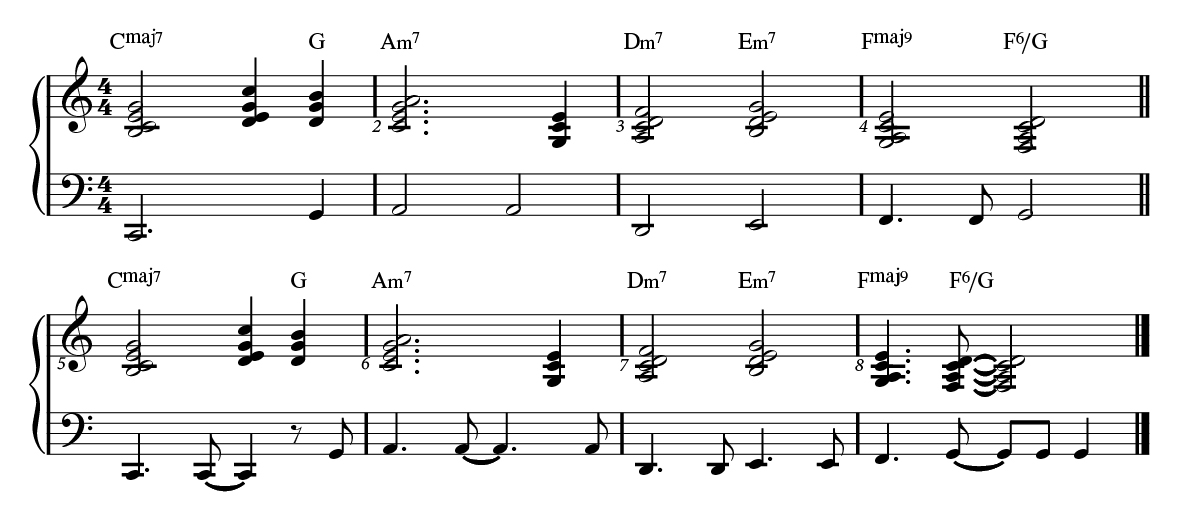


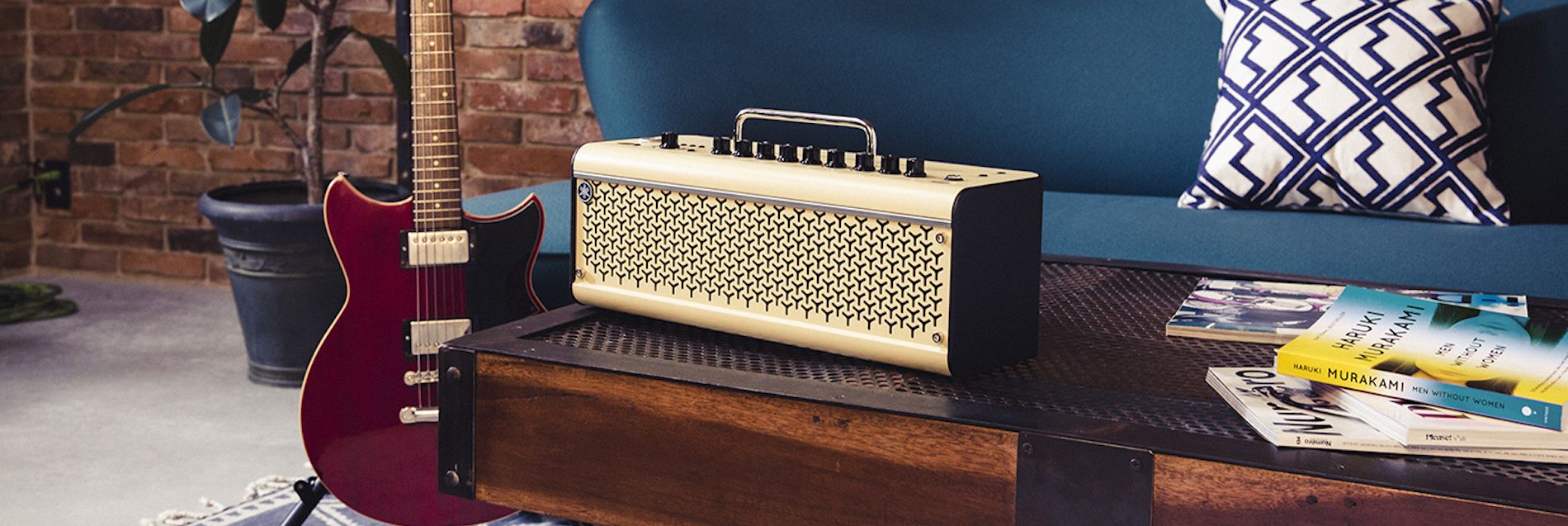


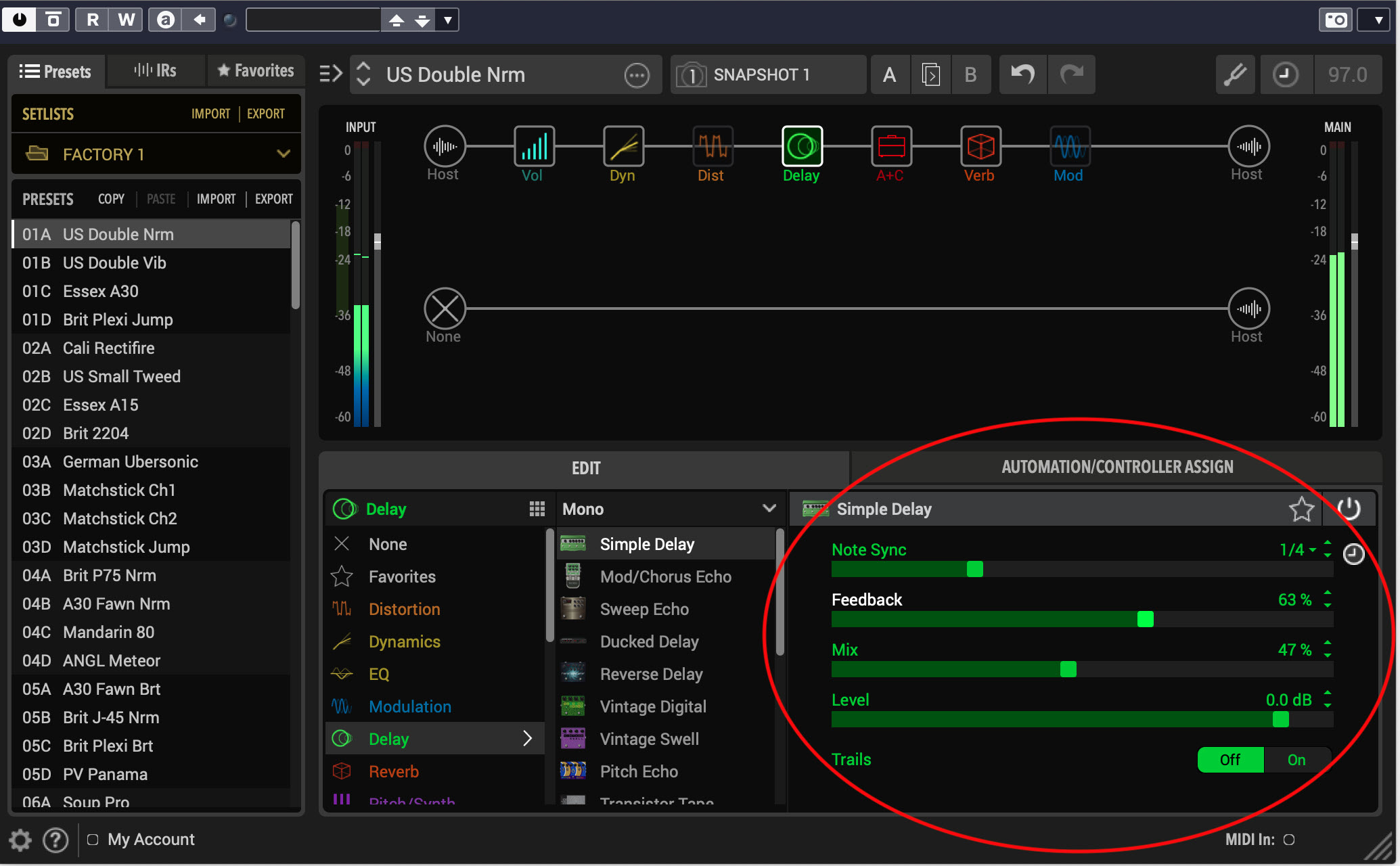
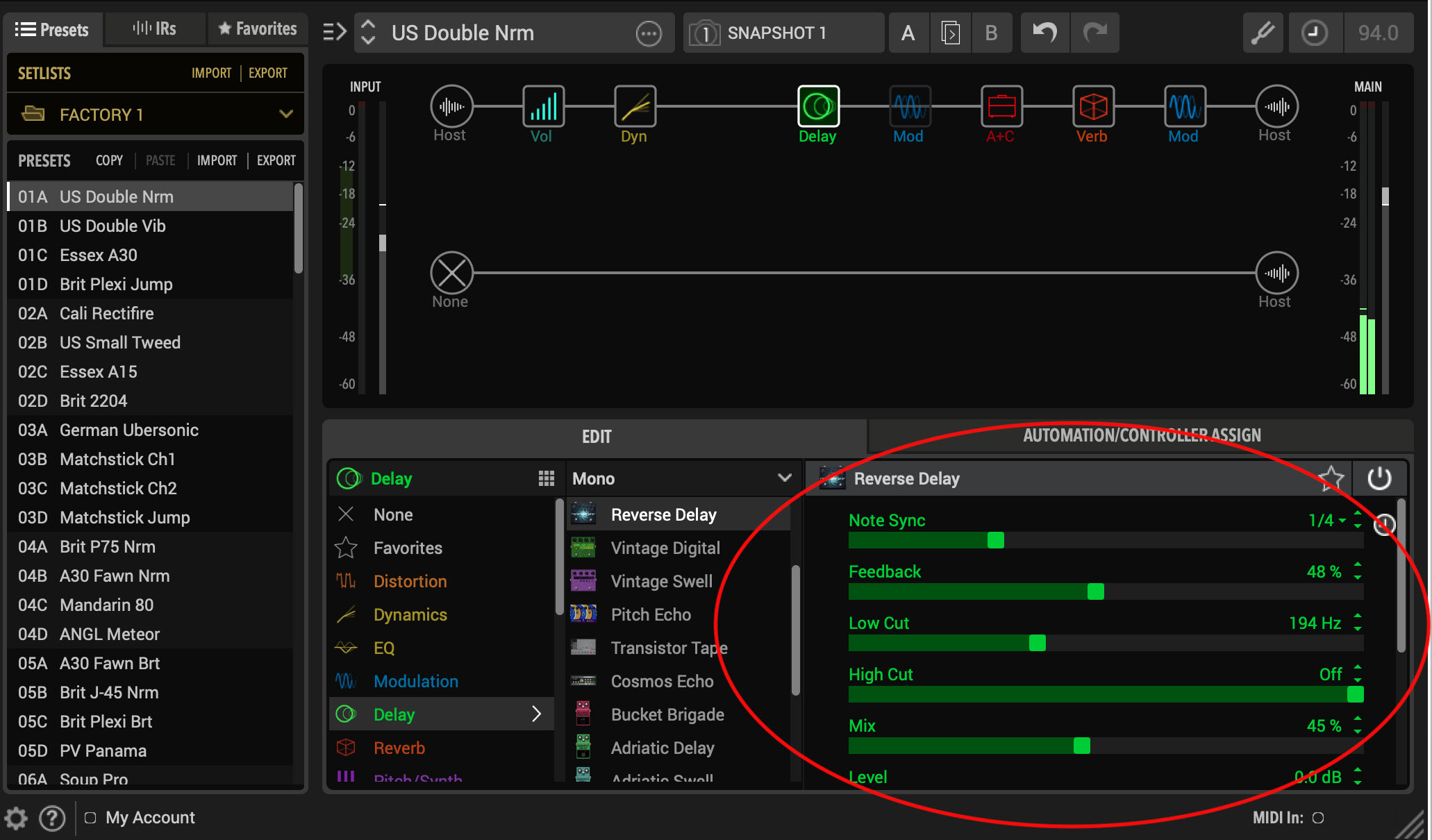
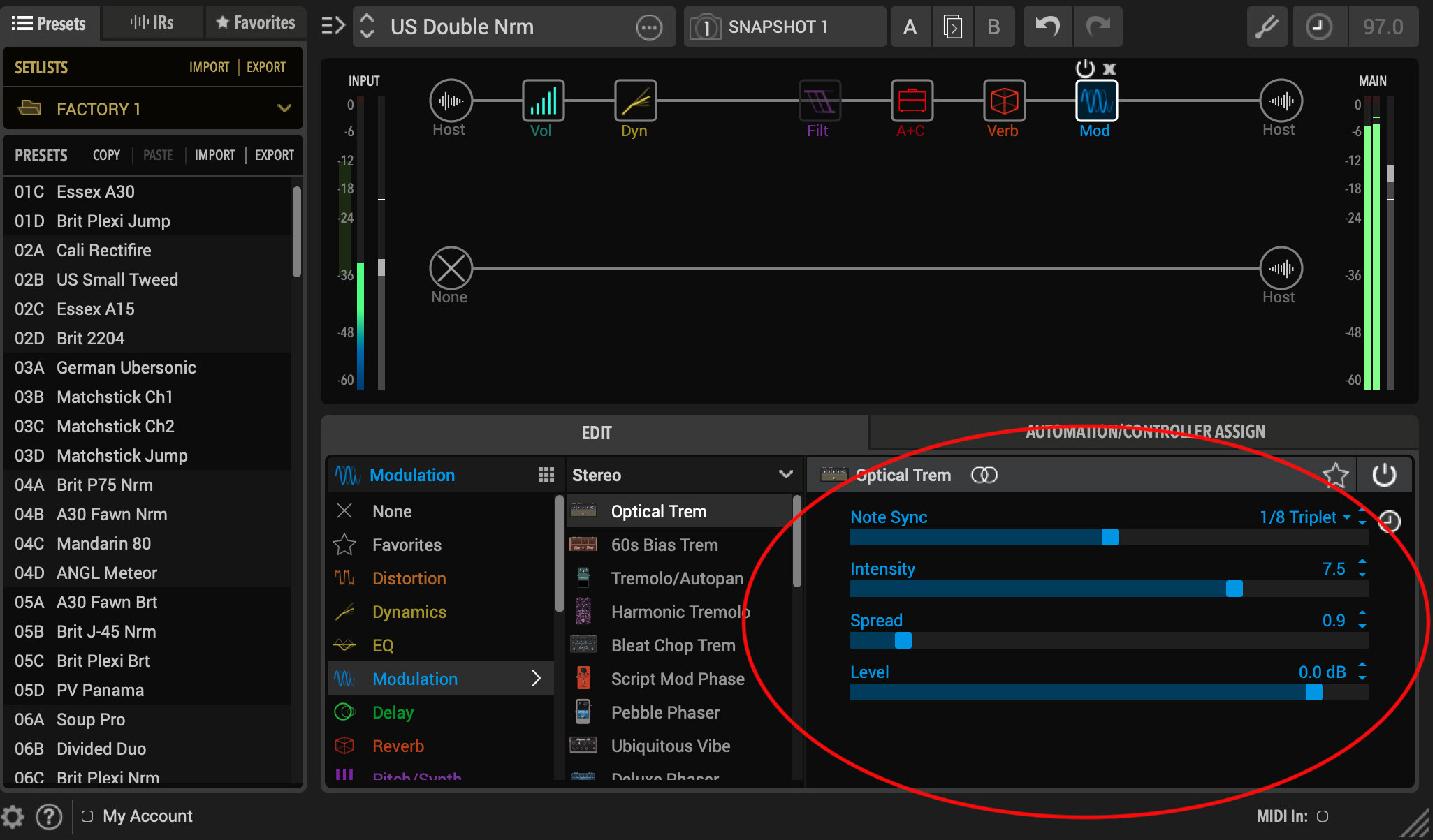
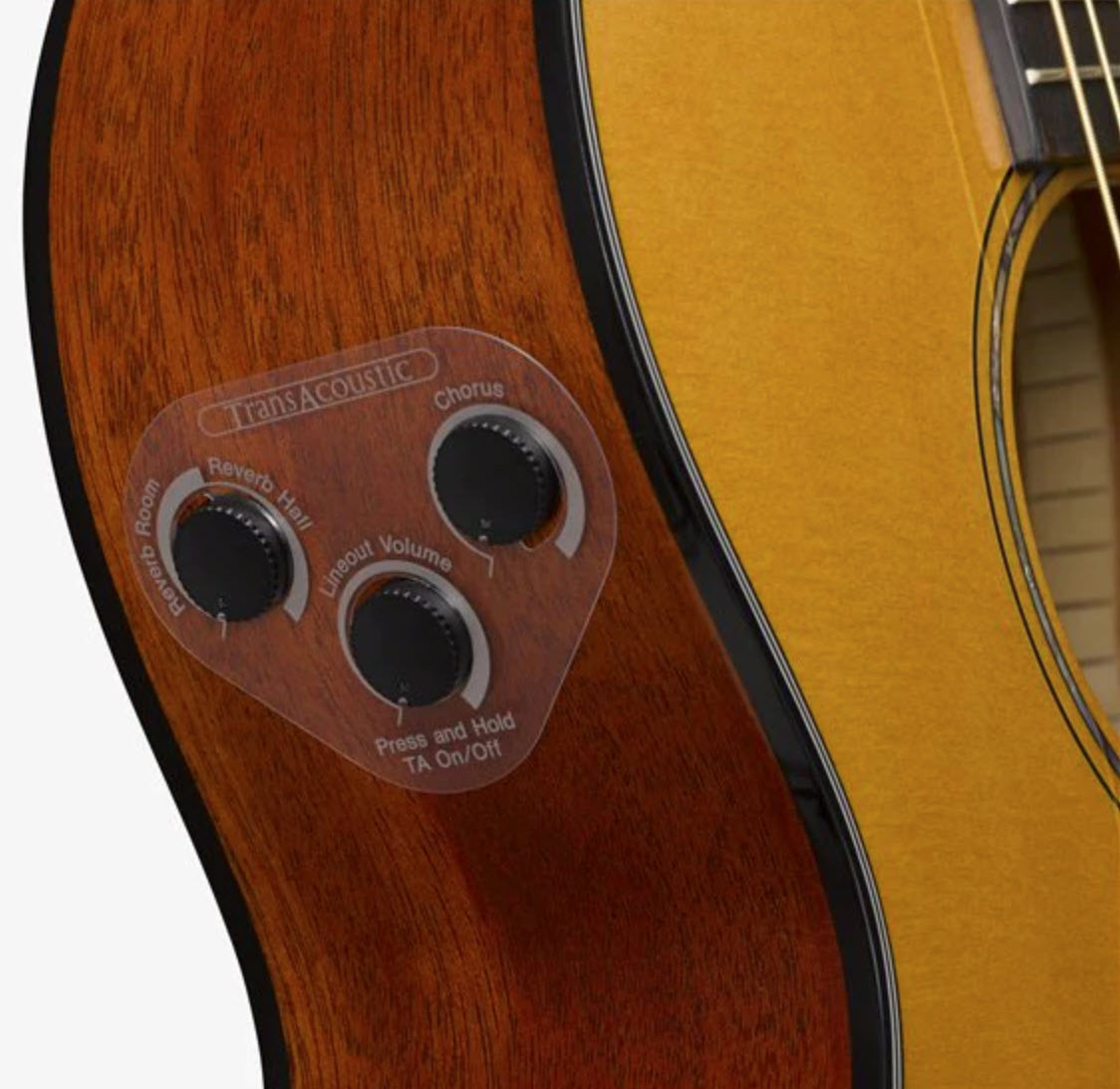


 One week, I taught 10 classes the same singing game called “
One week, I taught 10 classes the same singing game called “ What helped me become more confident was understanding the science about voice and sound. I never enjoyed hearing my singing or speaking voice, and I learned that there was a reason for this. It’s called voice confrontation.
What helped me become more confident was understanding the science about voice and sound. I never enjoyed hearing my singing or speaking voice, and I learned that there was a reason for this. It’s called voice confrontation.

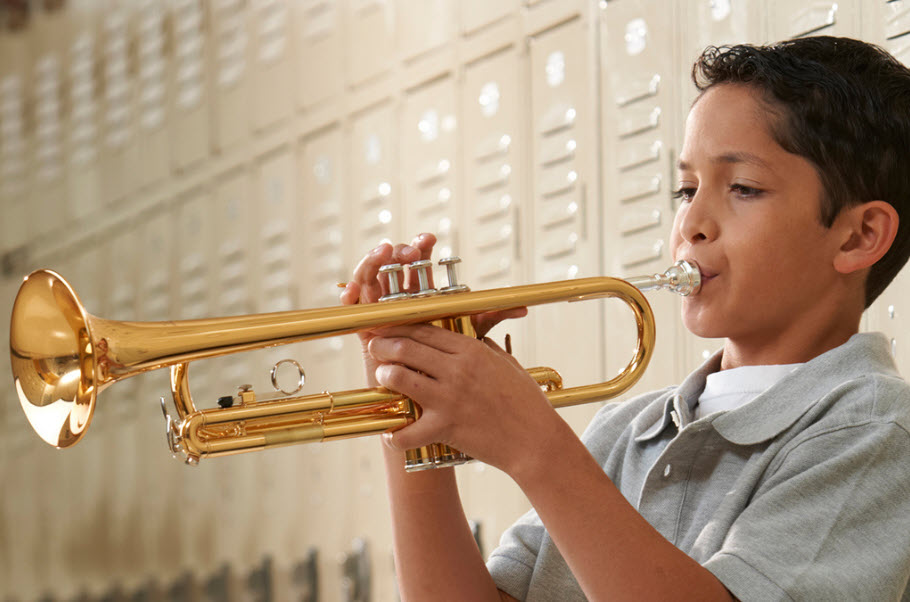
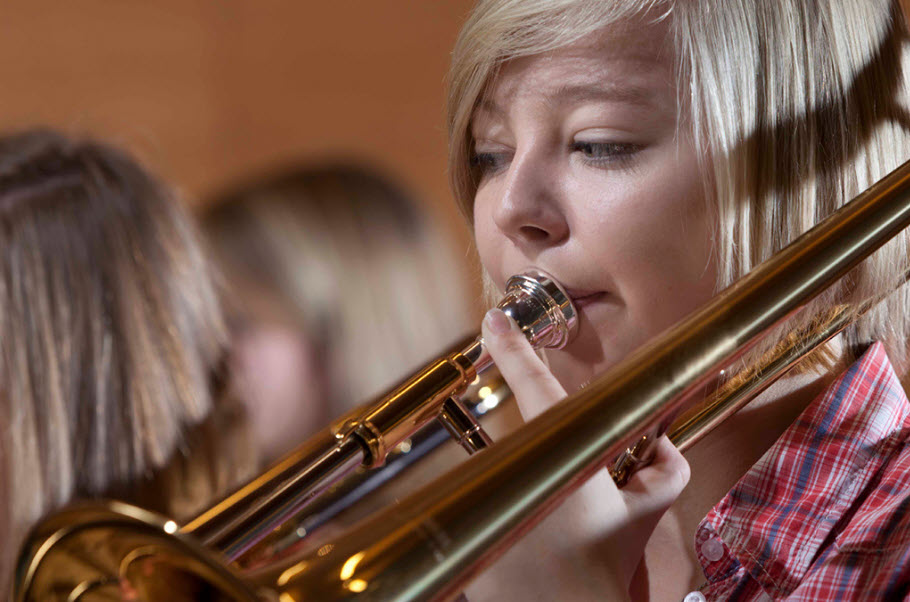


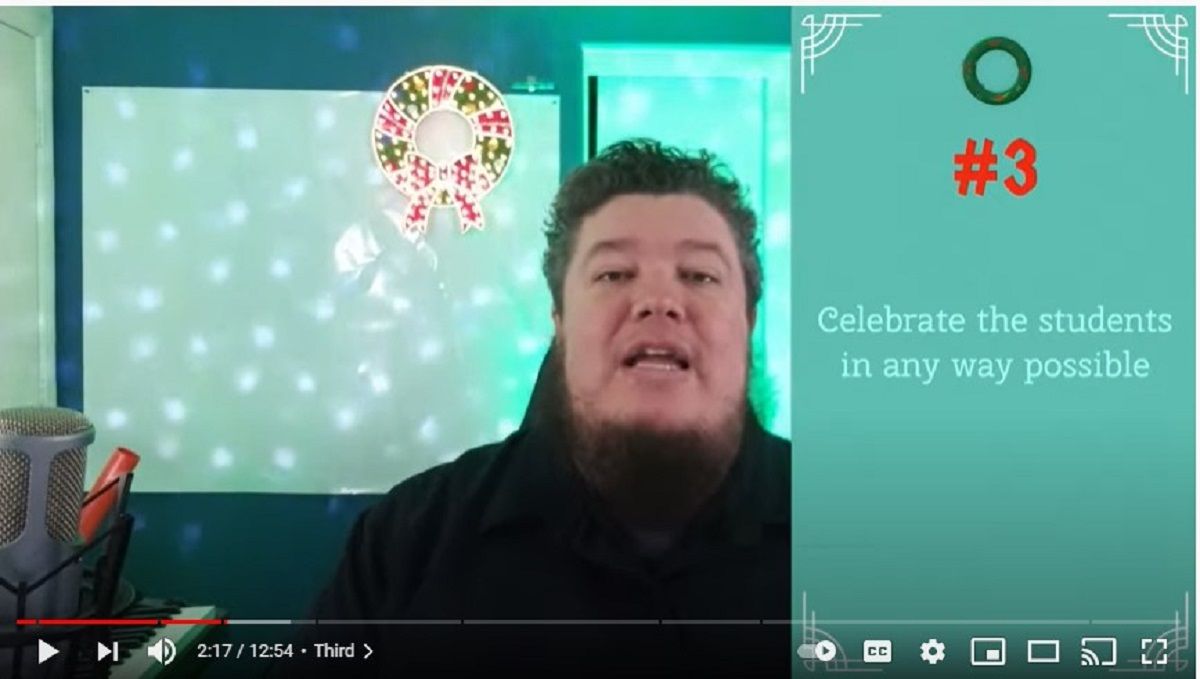
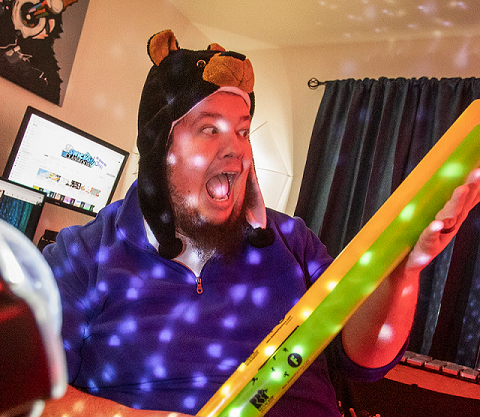 I bought a tripod for my cell phone and a green blanket so I could record instruments and remove the background on the computer. That was all I needed to make a majority of my instrument lesson videos.
I bought a tripod for my cell phone and a green blanket so I could record instruments and remove the background on the computer. That was all I needed to make a majority of my instrument lesson videos. Seeing the views go up on a new or even an old lesson gives me a sense of gratification that I can’t get anywhere else. I really enjoy the recent vlogging because teachers need to know that they are not the only professionals experiencing this era of COVID music education. I received a comment that said, “I needed to hear this,” which was all I needed to know that it was time well spent.
Seeing the views go up on a new or even an old lesson gives me a sense of gratification that I can’t get anywhere else. I really enjoy the recent vlogging because teachers need to know that they are not the only professionals experiencing this era of COVID music education. I received a comment that said, “I needed to hear this,” which was all I needed to know that it was time well spent.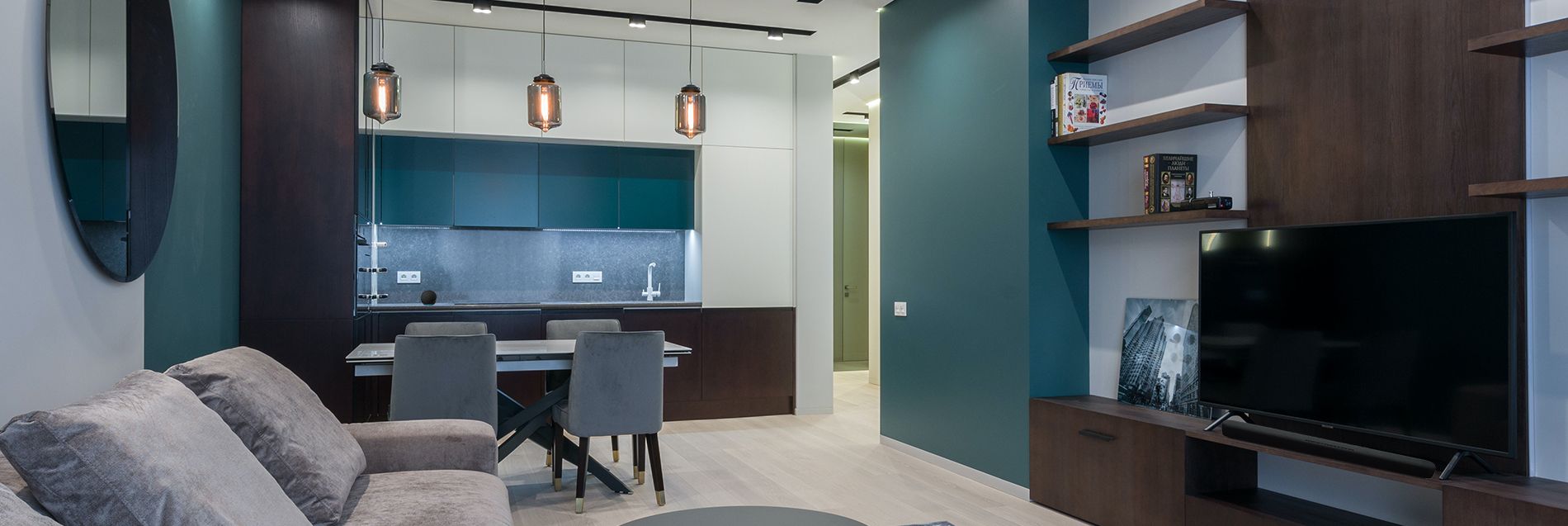

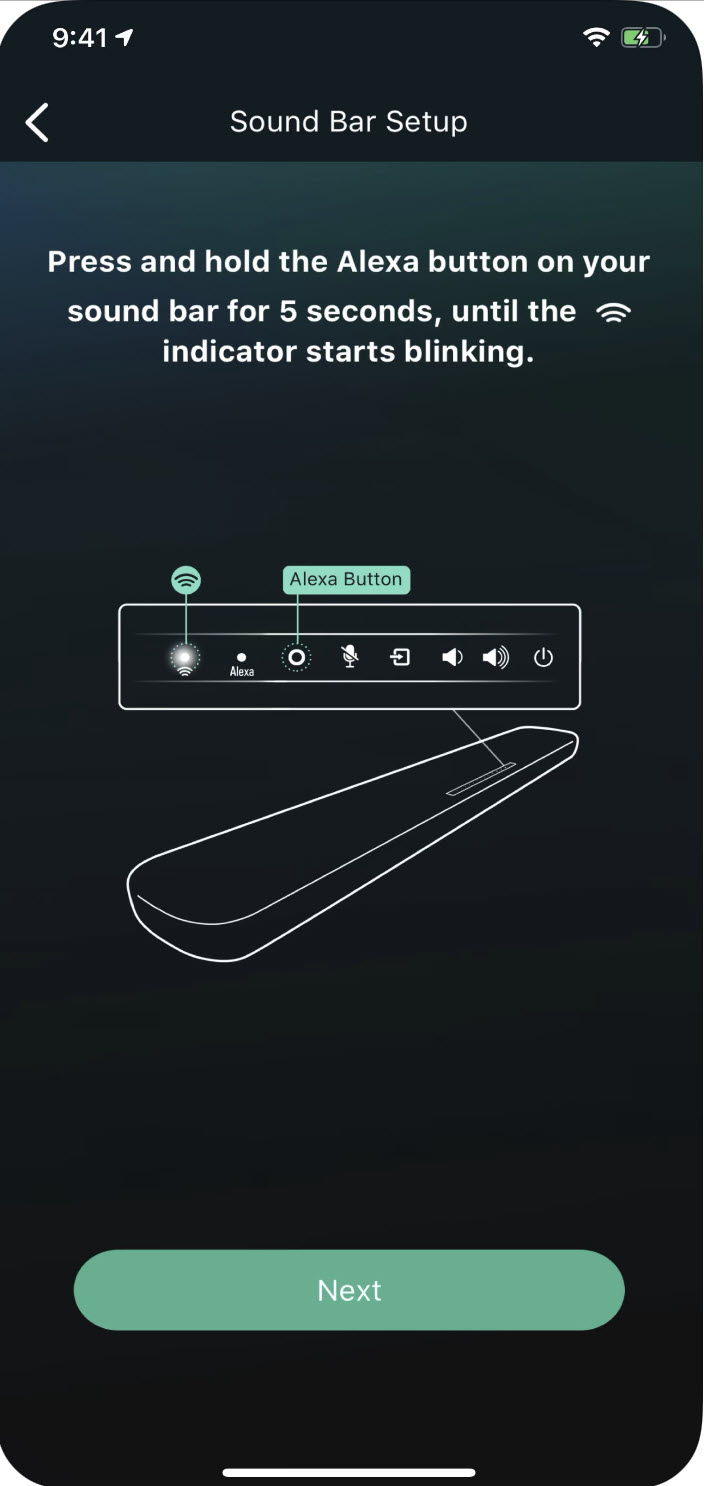
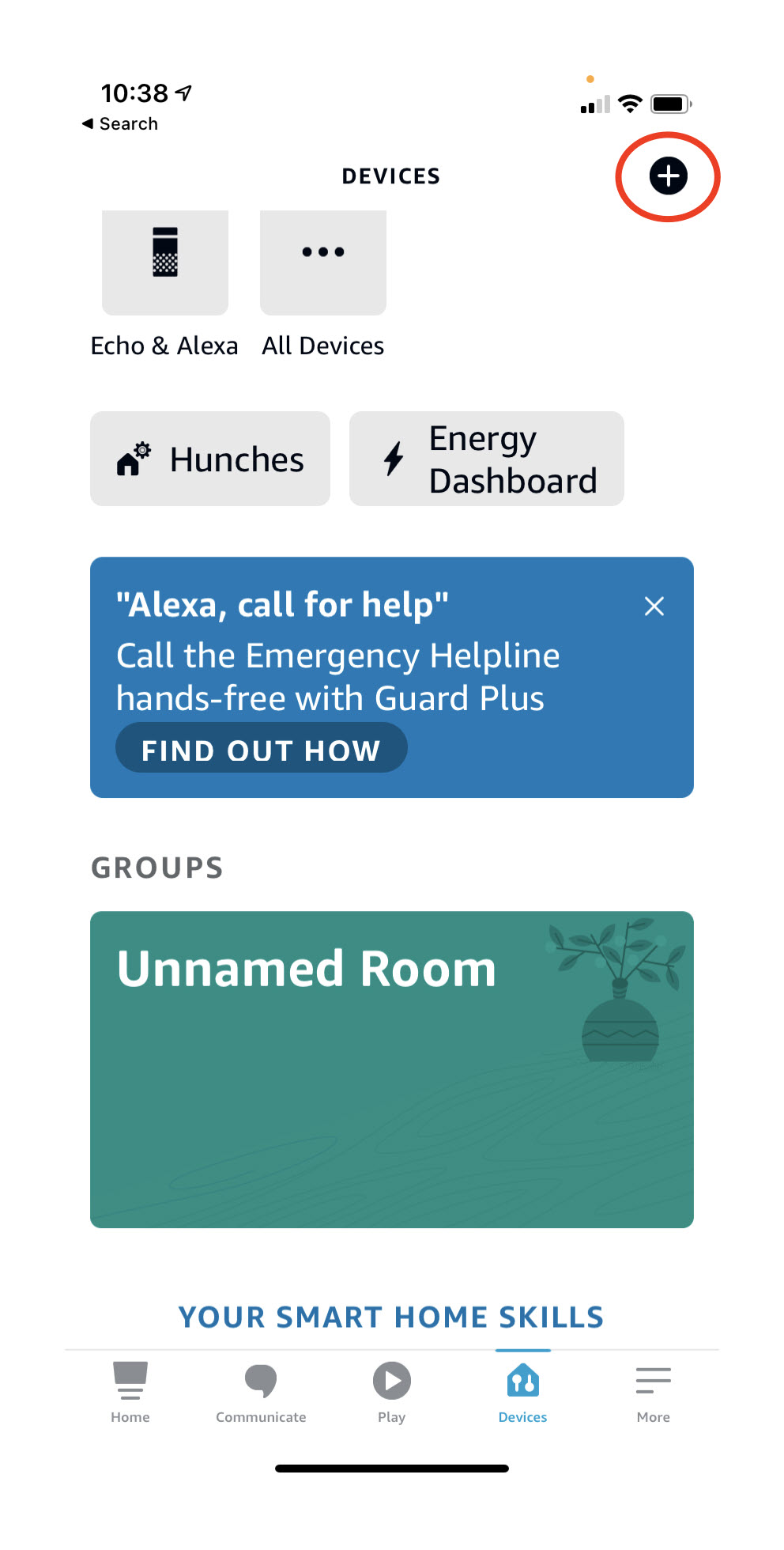

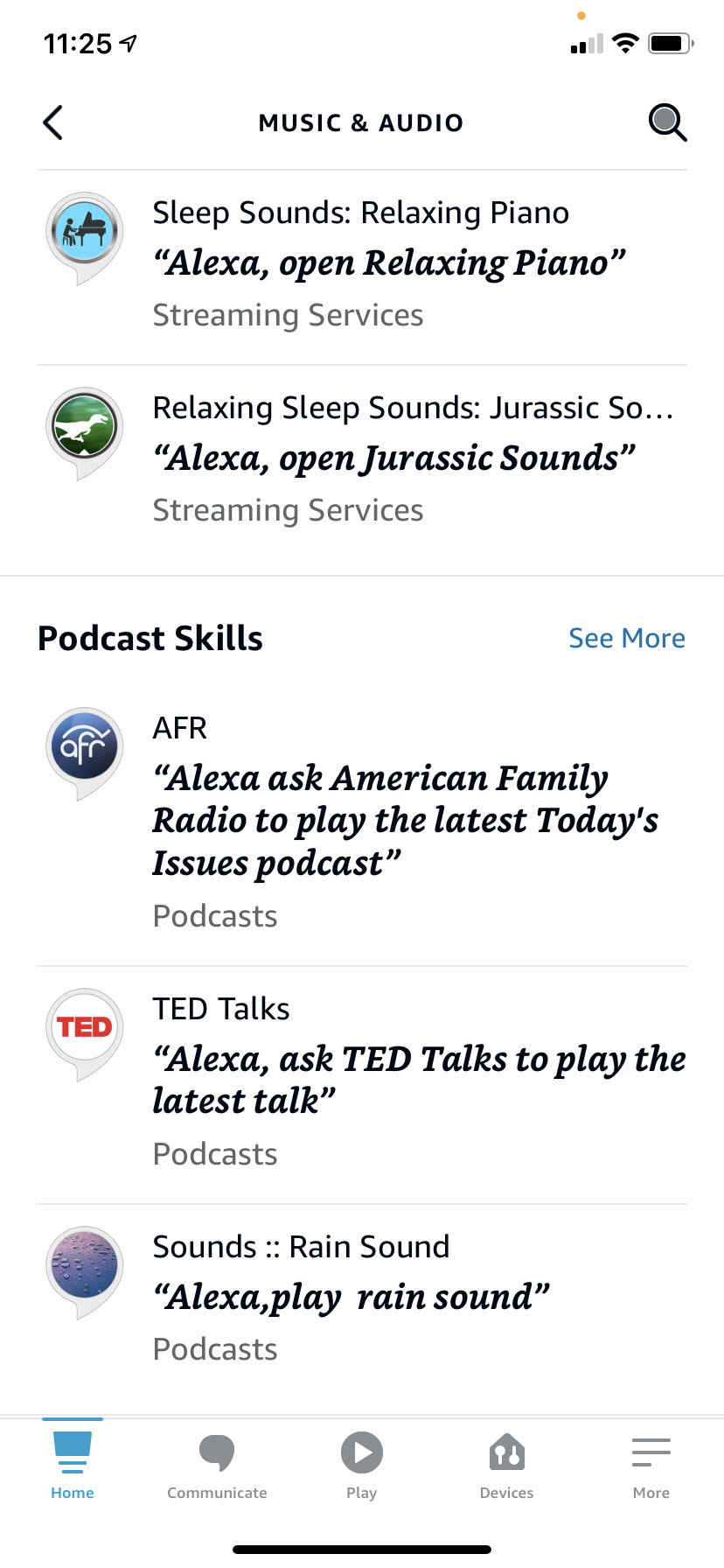
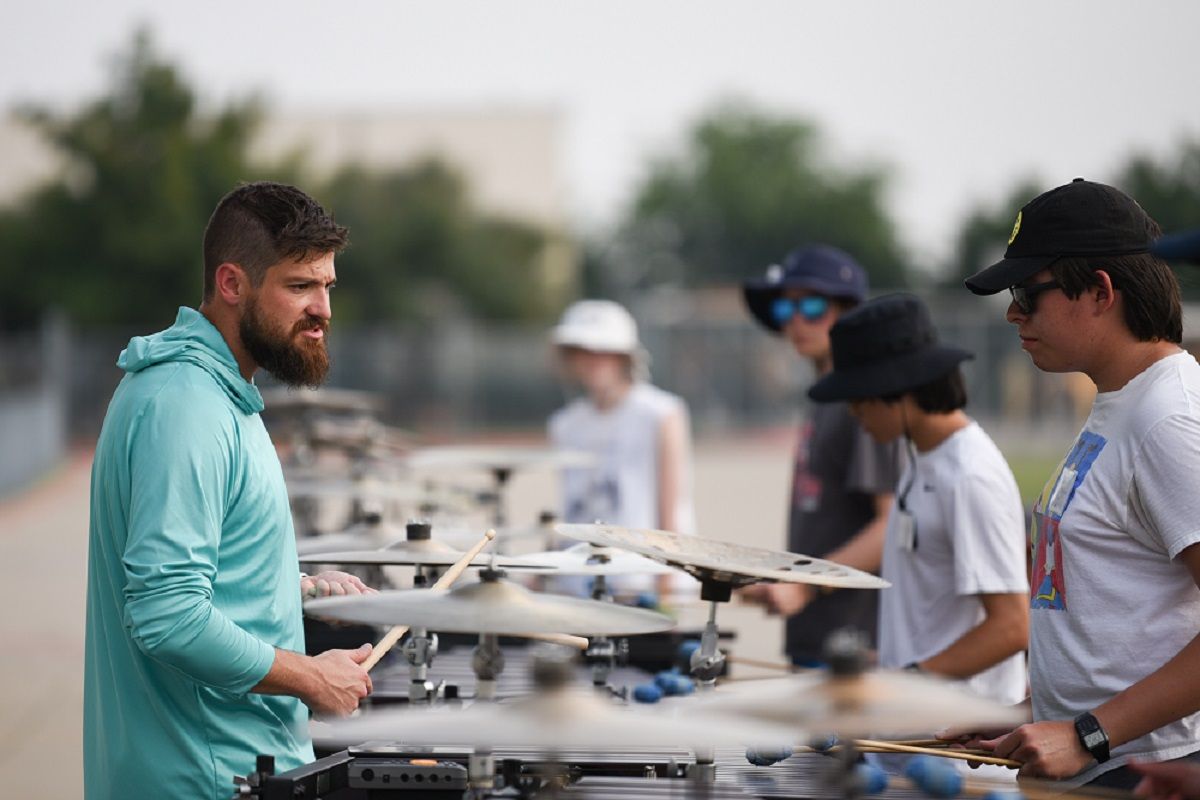
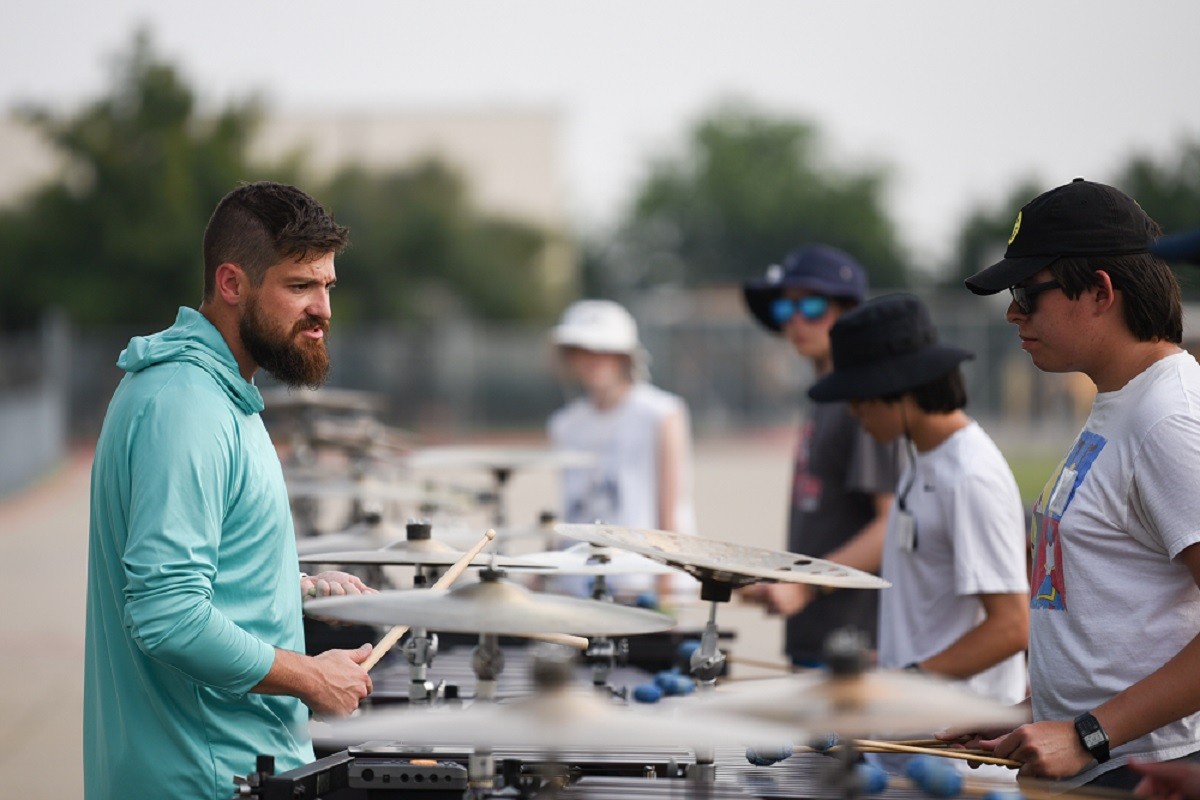
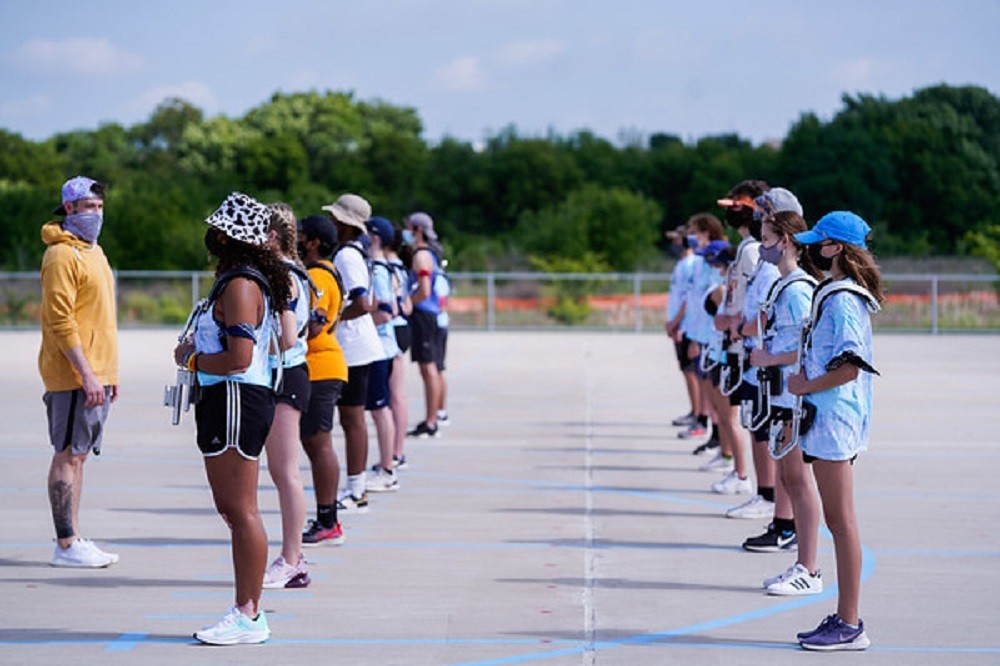 Our initial step was to have students learn a short etude that was well within their ability level for a pass-off due on a certain date. We told the students that they collectively had to decide benchmark dates prior to the due date and how much of the etude needed to be learned and performed by those benchmarks. This is where we left it as we wanted the ownership of their backward planning to be solely on them.
Our initial step was to have students learn a short etude that was well within their ability level for a pass-off due on a certain date. We told the students that they collectively had to decide benchmark dates prior to the due date and how much of the etude needed to be learned and performed by those benchmarks. This is where we left it as we wanted the ownership of their backward planning to be solely on them.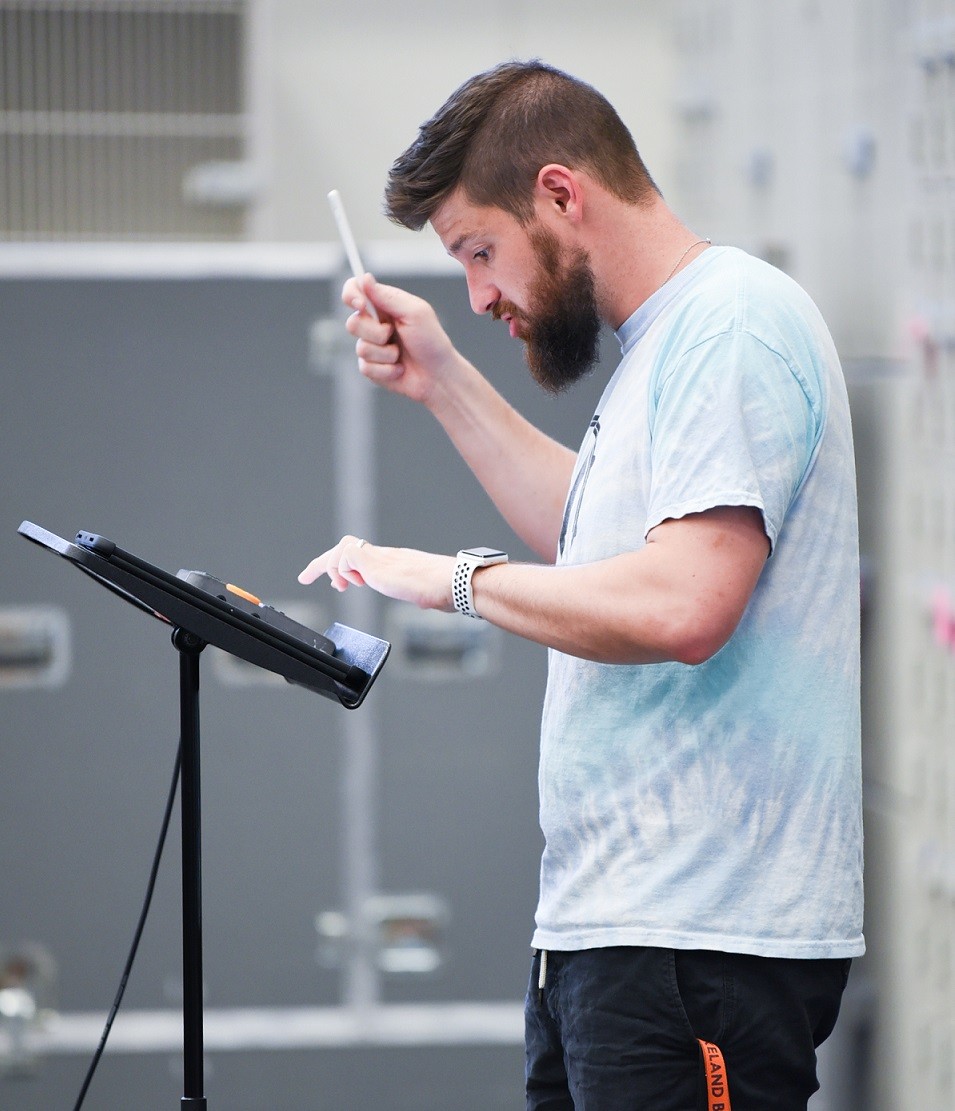 Students at the higher level had not necessarily been taught how to practice, but they were achieving at an adequate level solely because of the overall time they spent on their instrument. Students were mindlessly practicing by repping a piece over and over again until they, by pure repetition, memorized the music — oftentimes with errors and limited musicality.
Students at the higher level had not necessarily been taught how to practice, but they were achieving at an adequate level solely because of the overall time they spent on their instrument. Students were mindlessly practicing by repping a piece over and over again until they, by pure repetition, memorized the music — oftentimes with errors and limited musicality.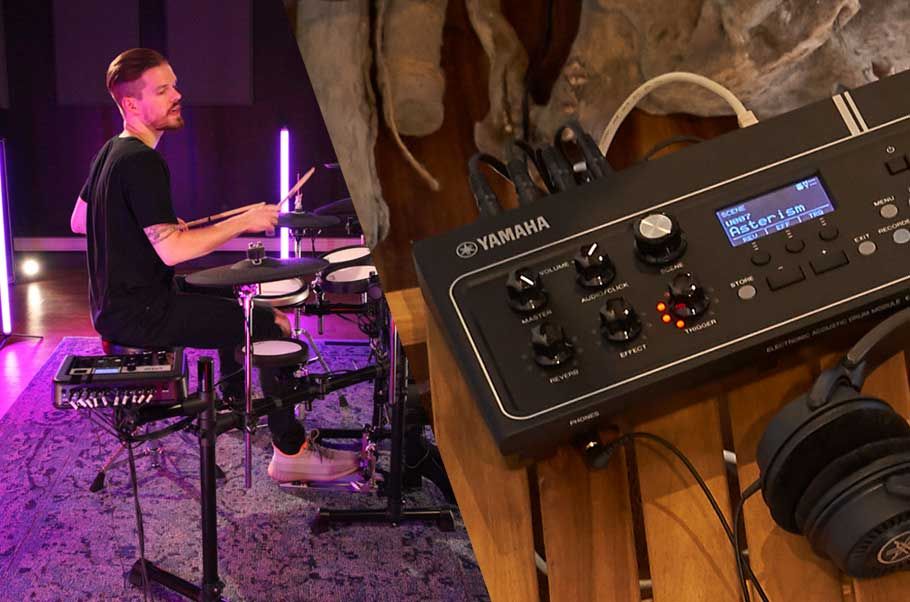

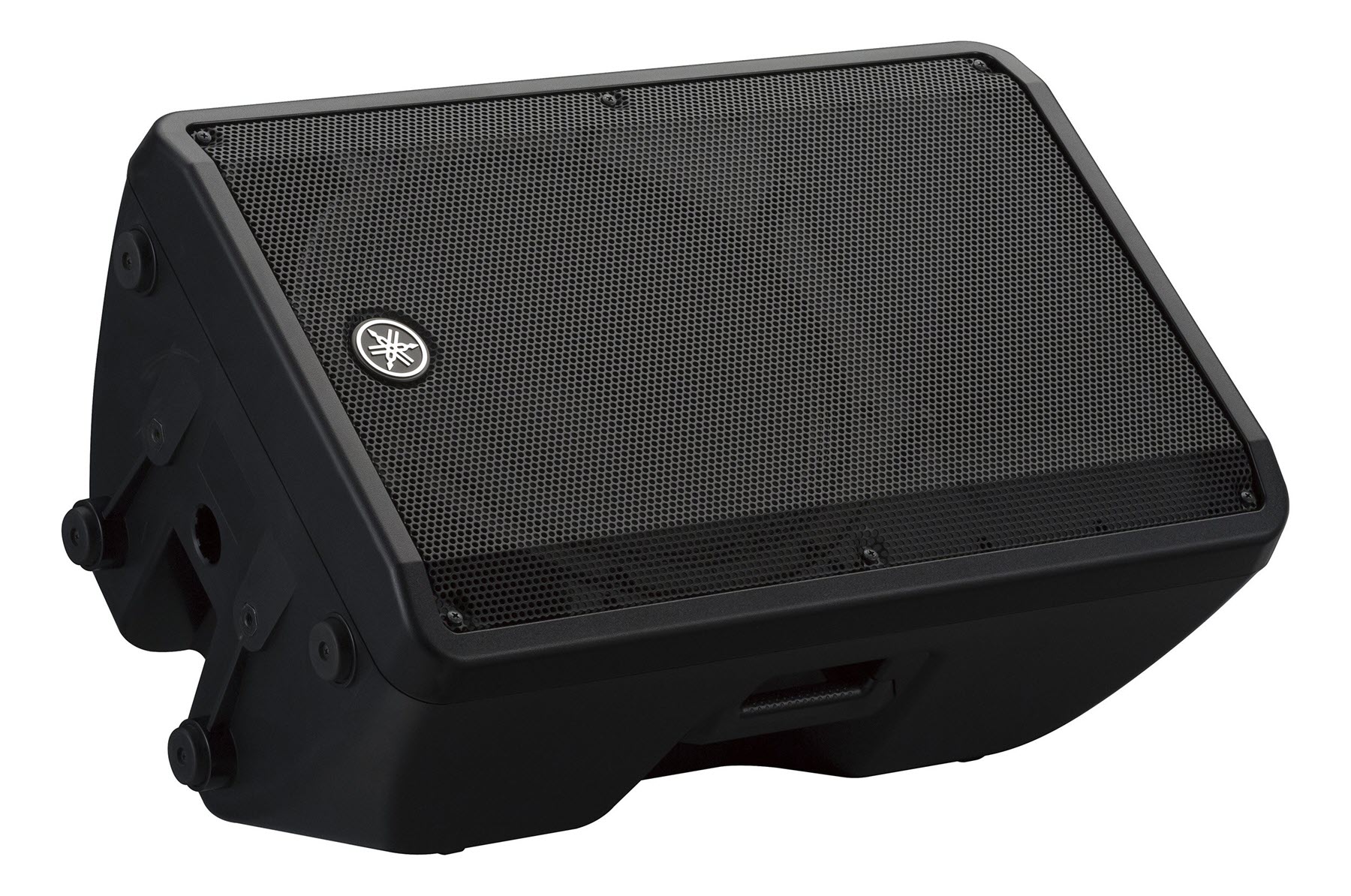


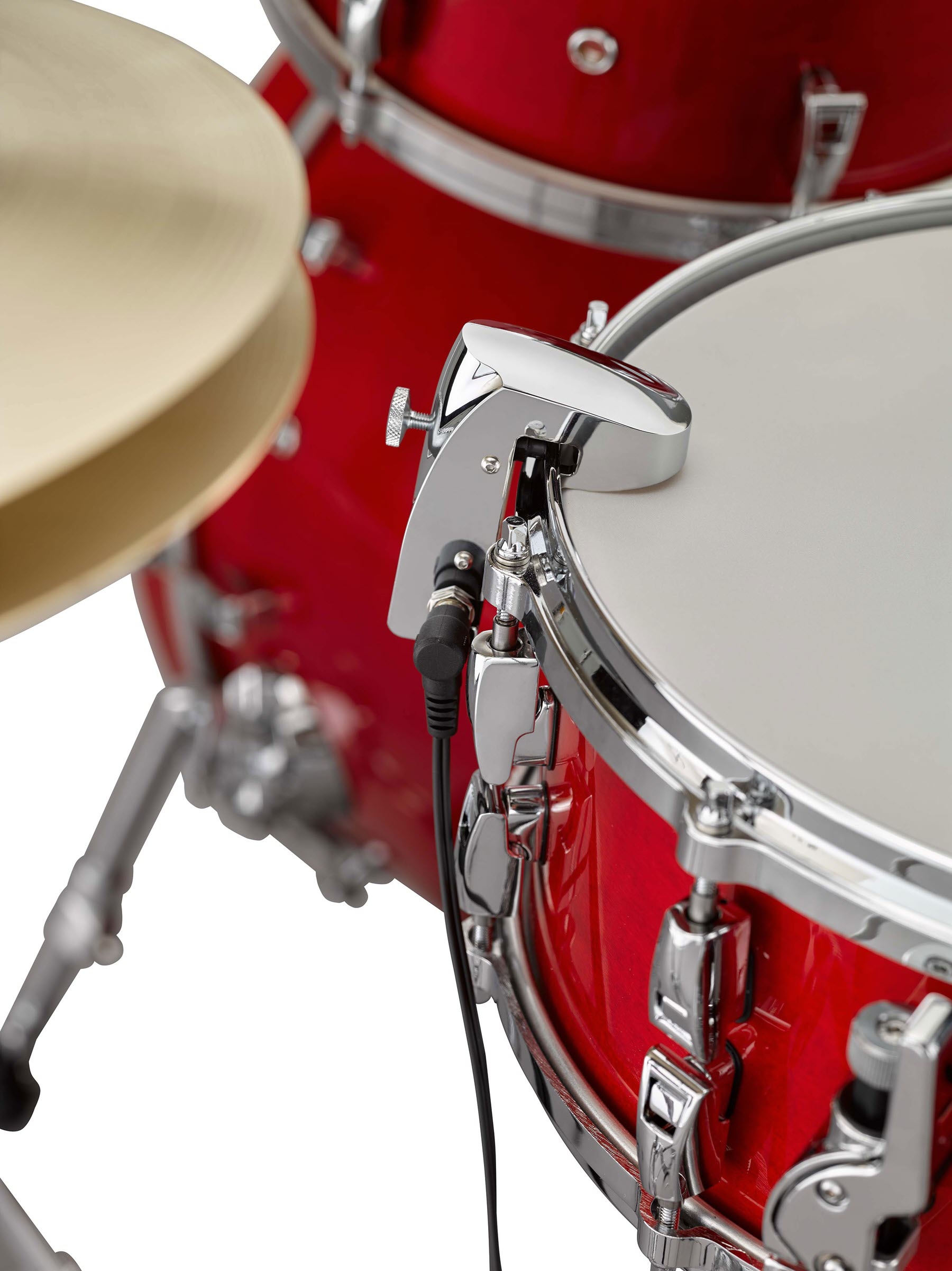
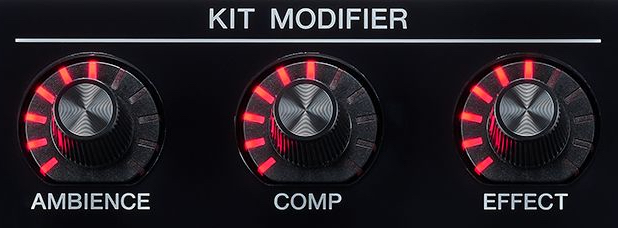
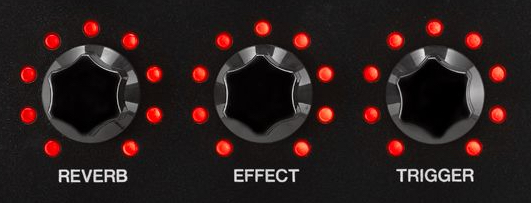
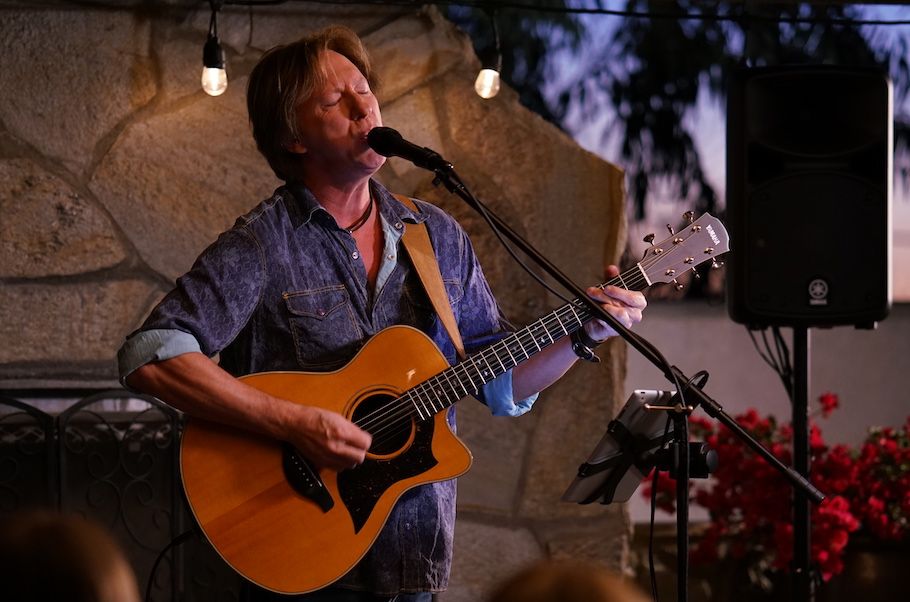
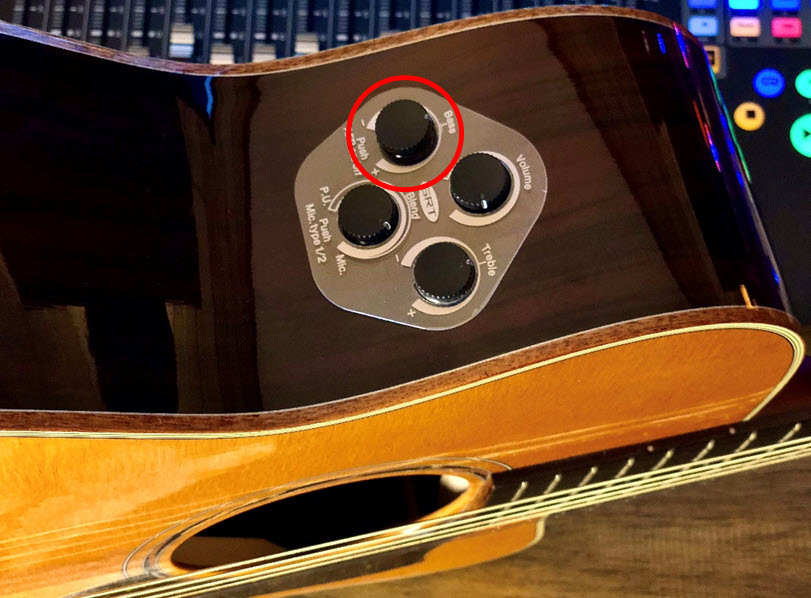

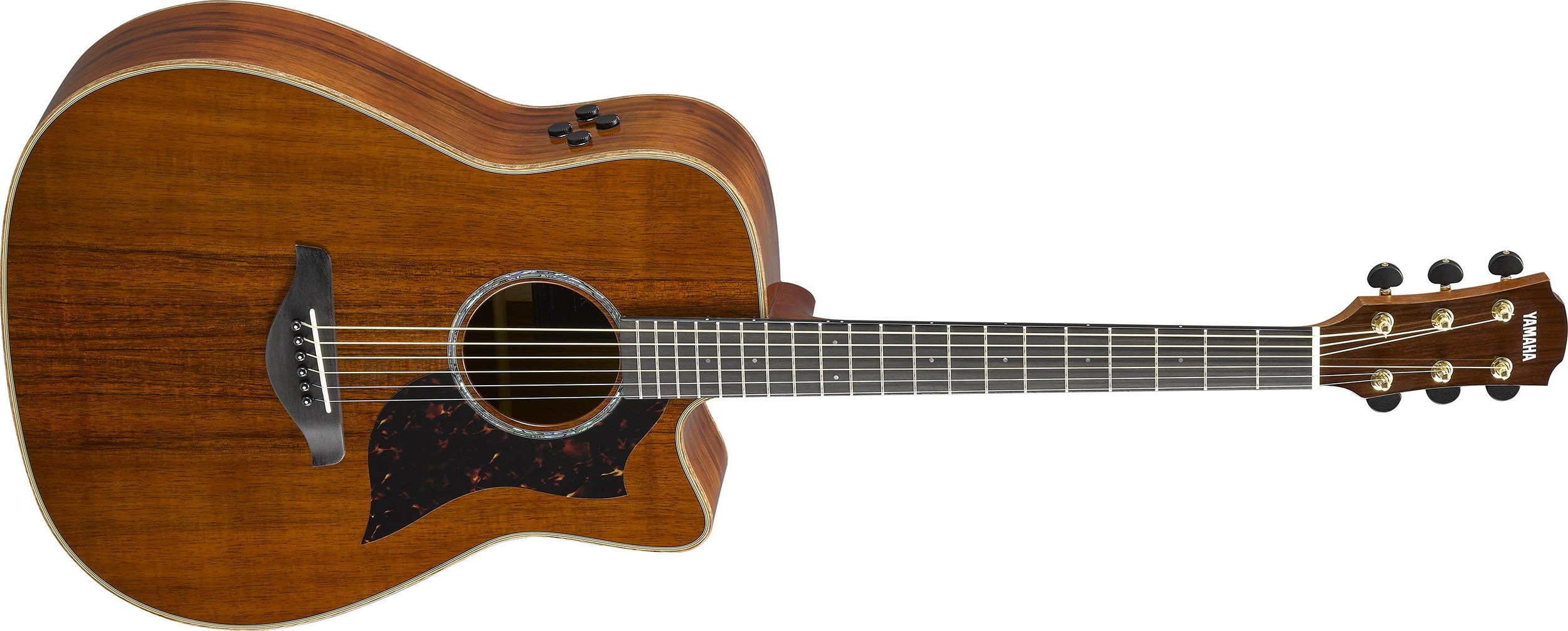




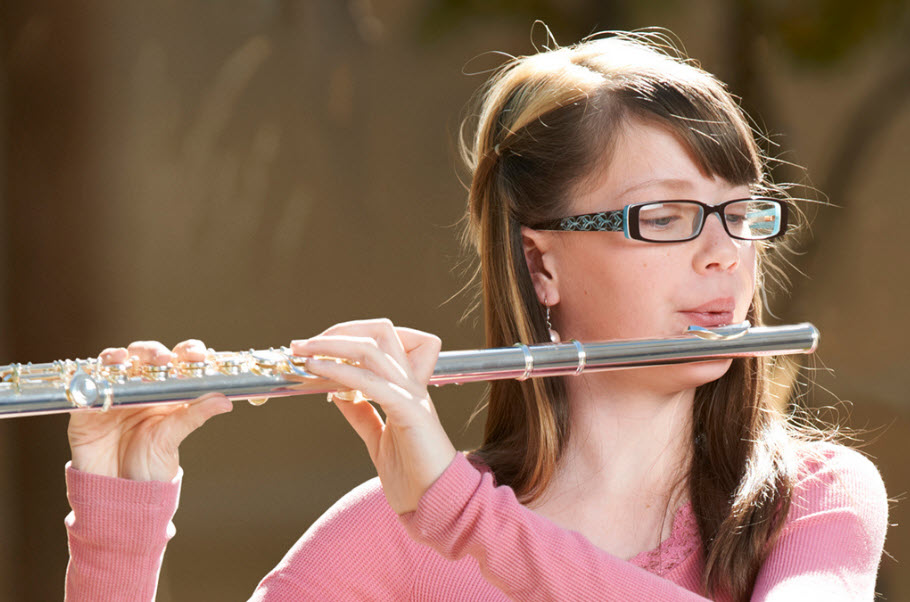
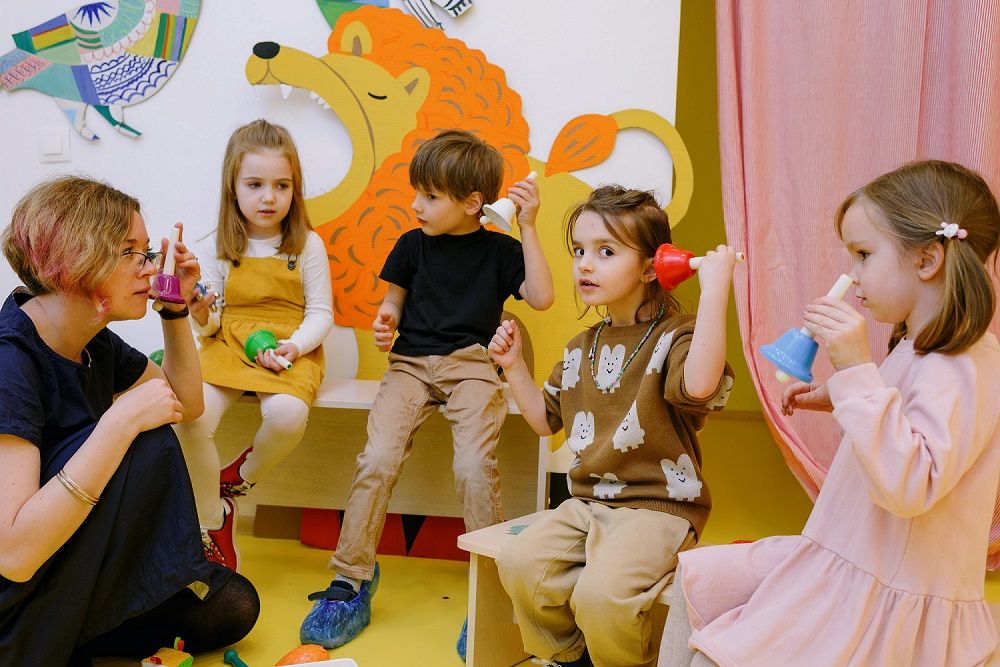
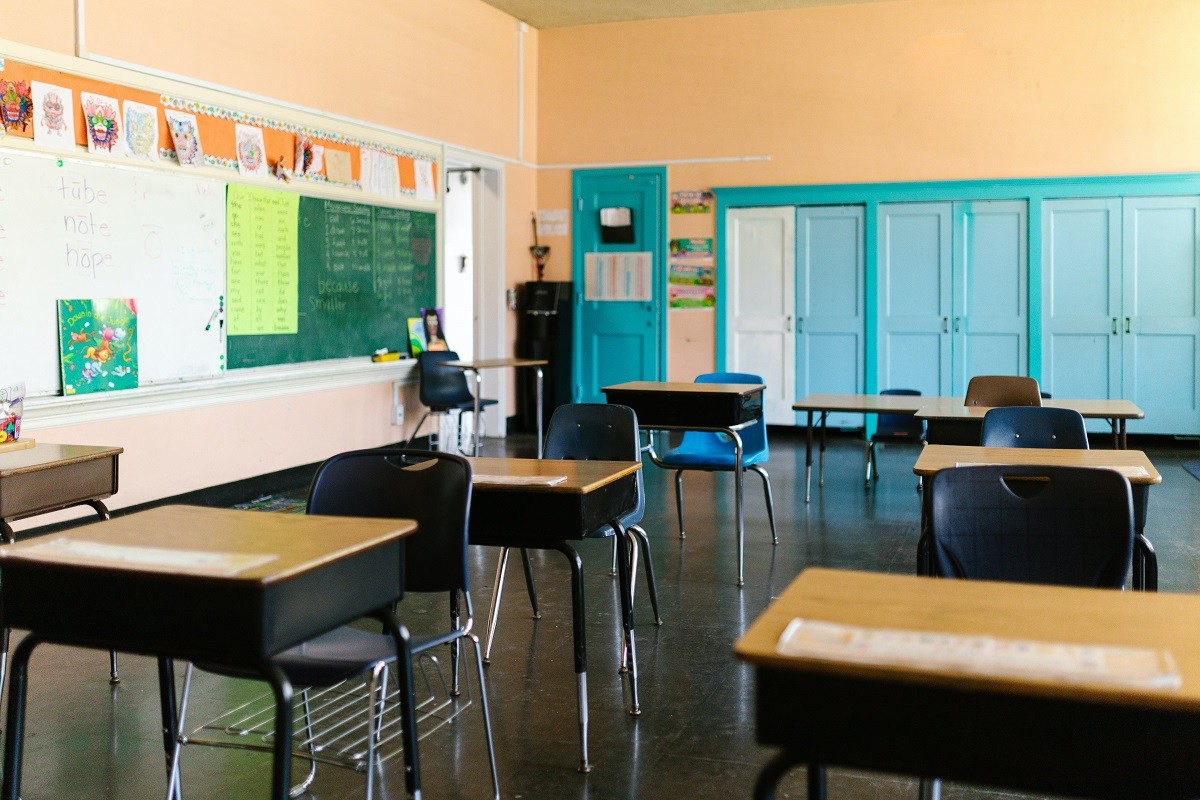
 Direct parents into your new classroom: Parents tend to bypass “Specials” classrooms like music during after-school events. At my first open house, I greeted a few parents toward the beginning, then nobody came to my classroom for the next three hours. Yikes! If you’re new, do a bit of advertising. Make a poster with your name and subject on it and add a few bells and whistles like ribbons and bright colors. Maybe even play a little bit of soft music to make your room more welcoming. You’re going to want to meet your students’ families long before the musical or (even worse) the end of the grading period.
Direct parents into your new classroom: Parents tend to bypass “Specials” classrooms like music during after-school events. At my first open house, I greeted a few parents toward the beginning, then nobody came to my classroom for the next three hours. Yikes! If you’re new, do a bit of advertising. Make a poster with your name and subject on it and add a few bells and whistles like ribbons and bright colors. Maybe even play a little bit of soft music to make your room more welcoming. You’re going to want to meet your students’ families long before the musical or (even worse) the end of the grading period. 4. Build Rapport with Students
4. Build Rapport with Students
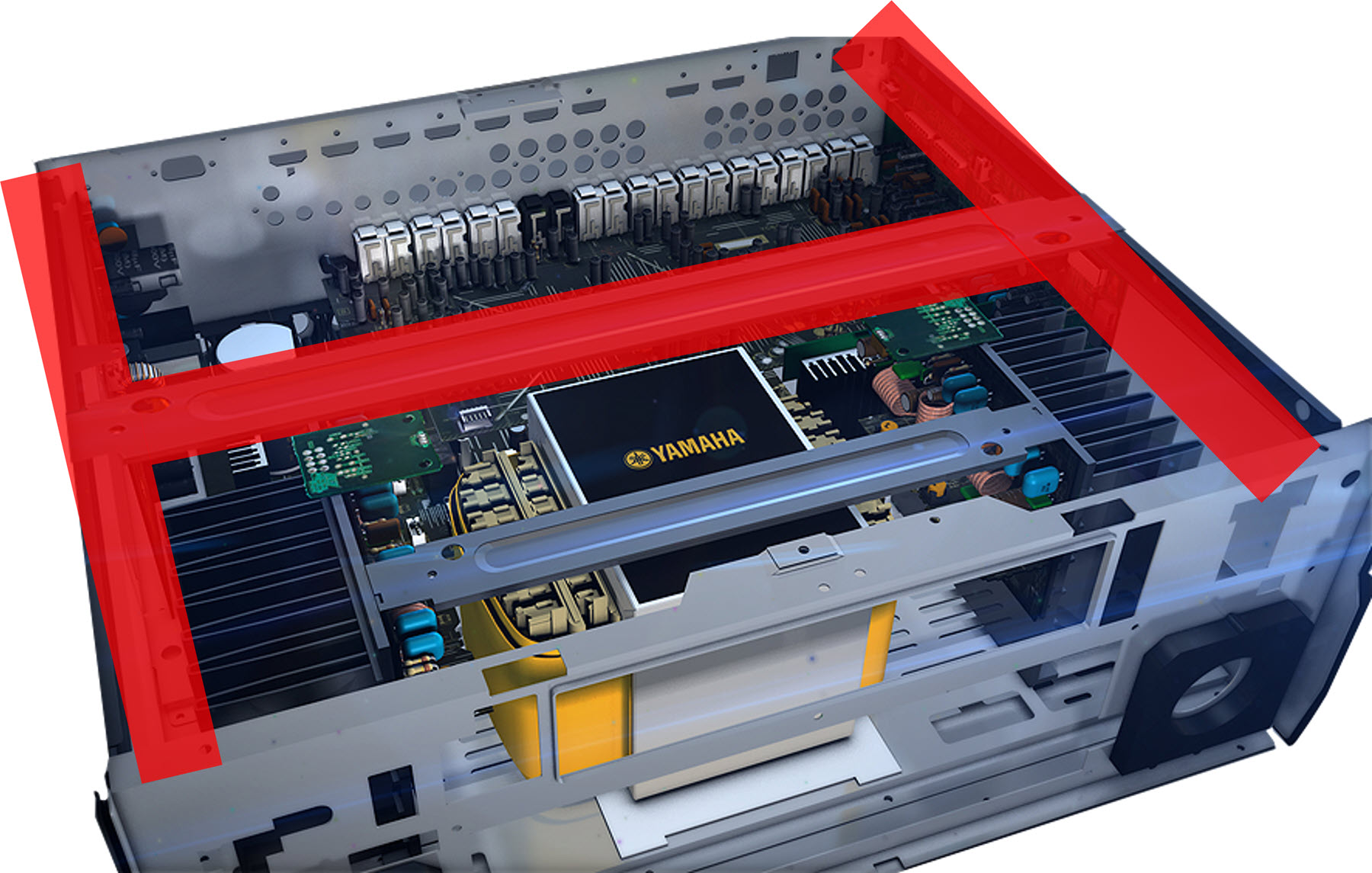

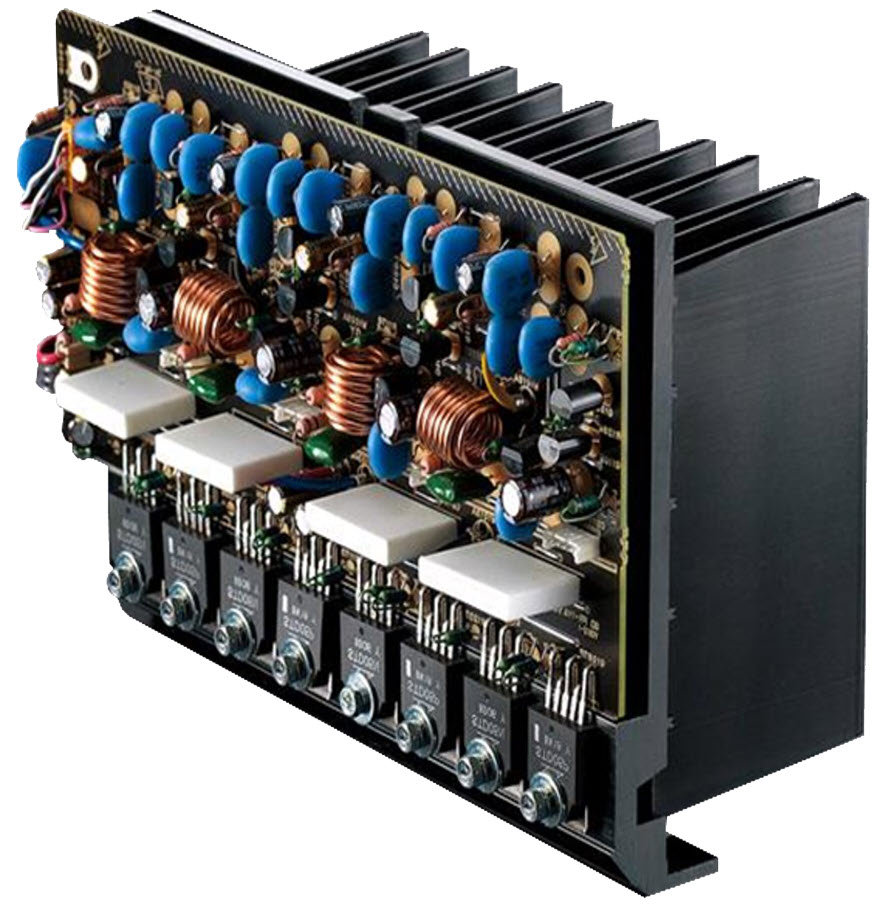
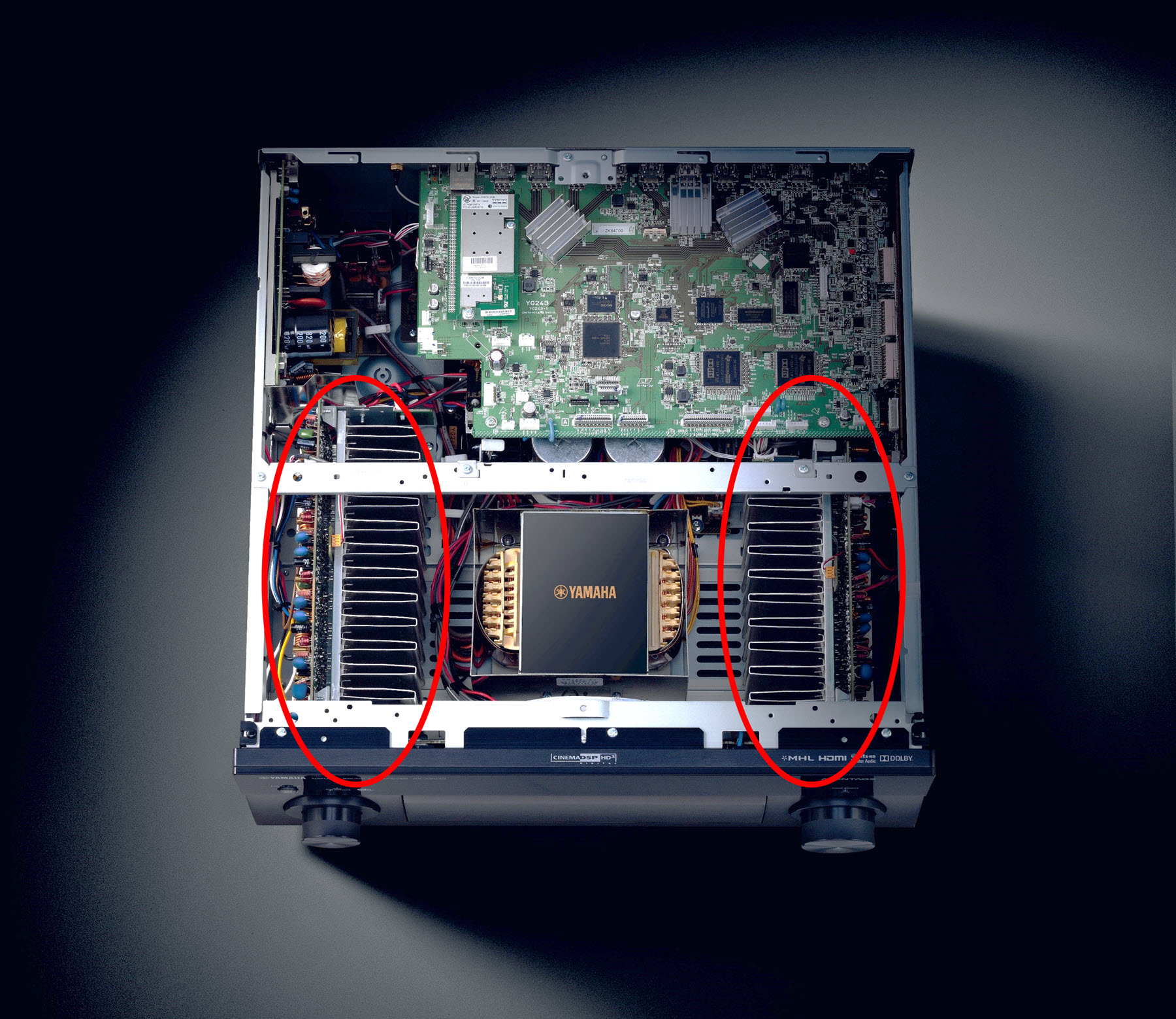
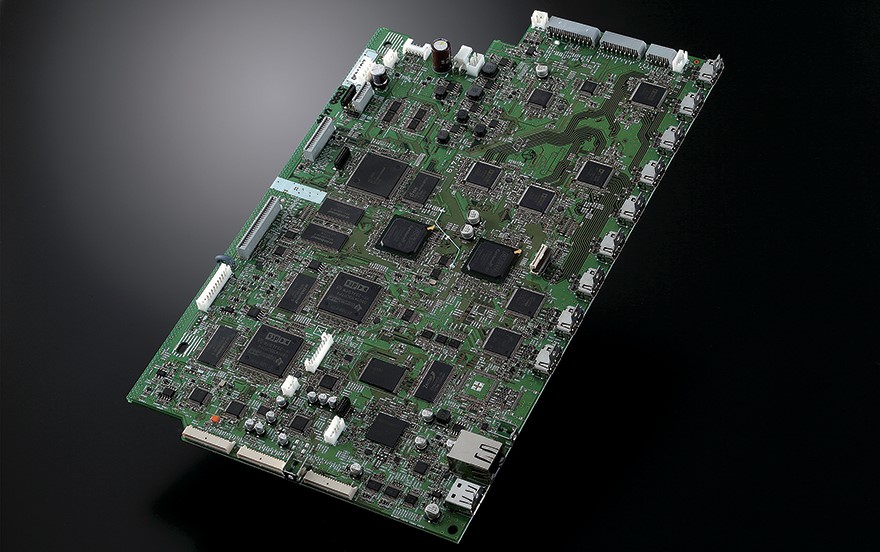
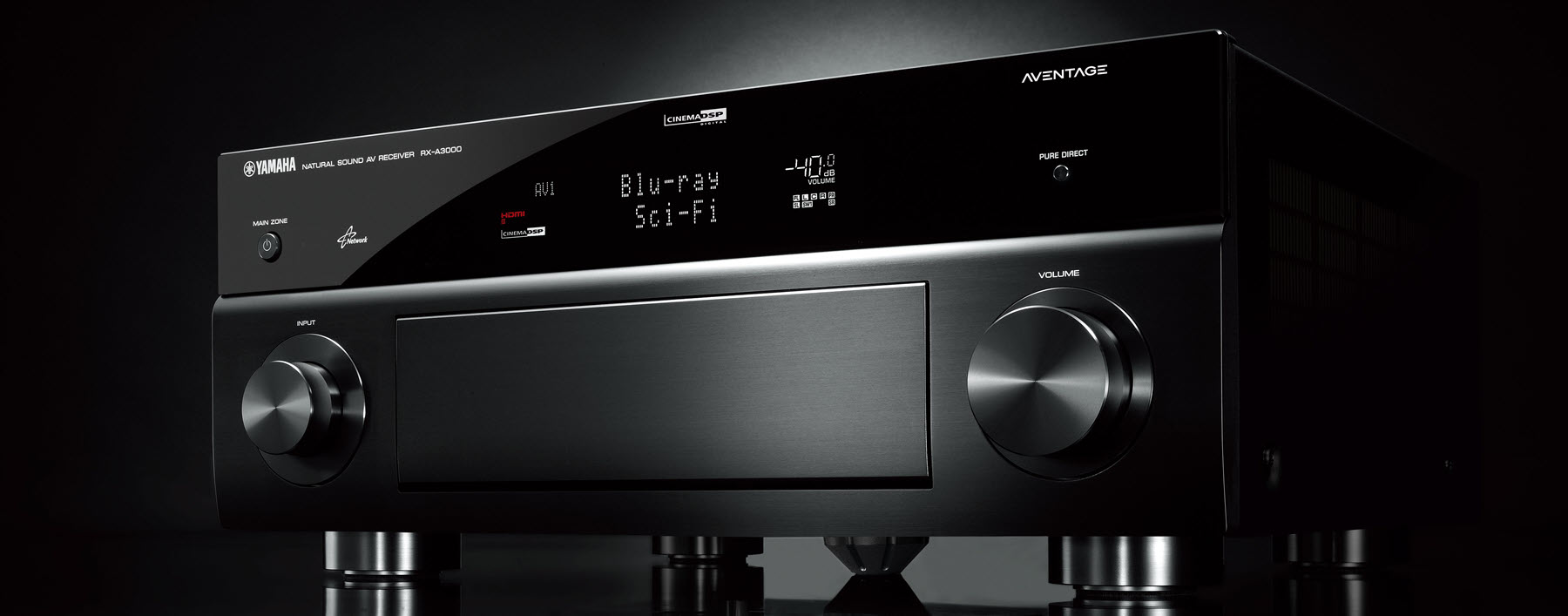

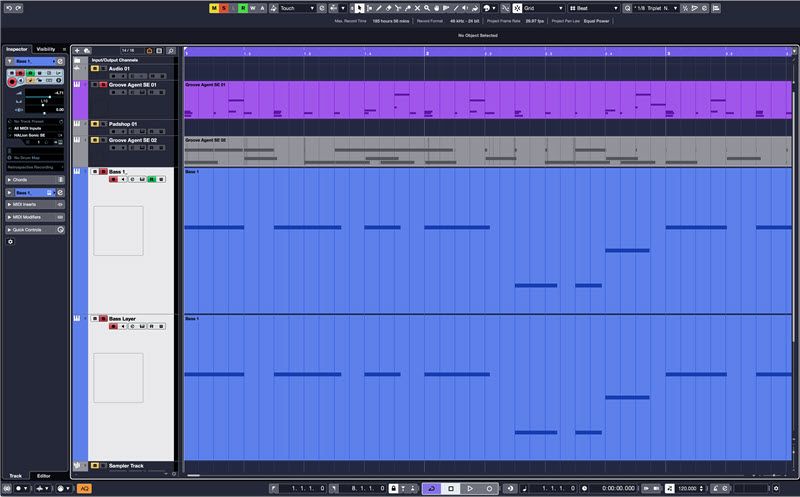



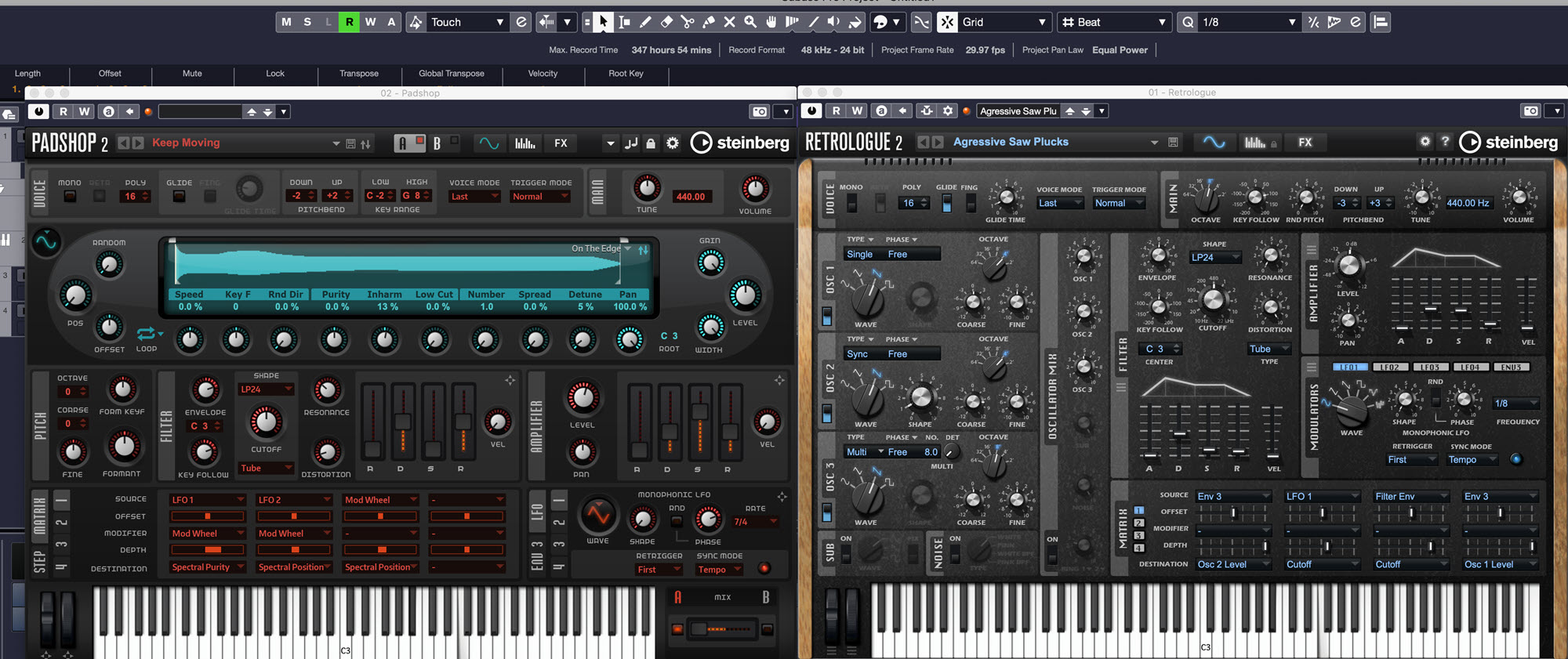
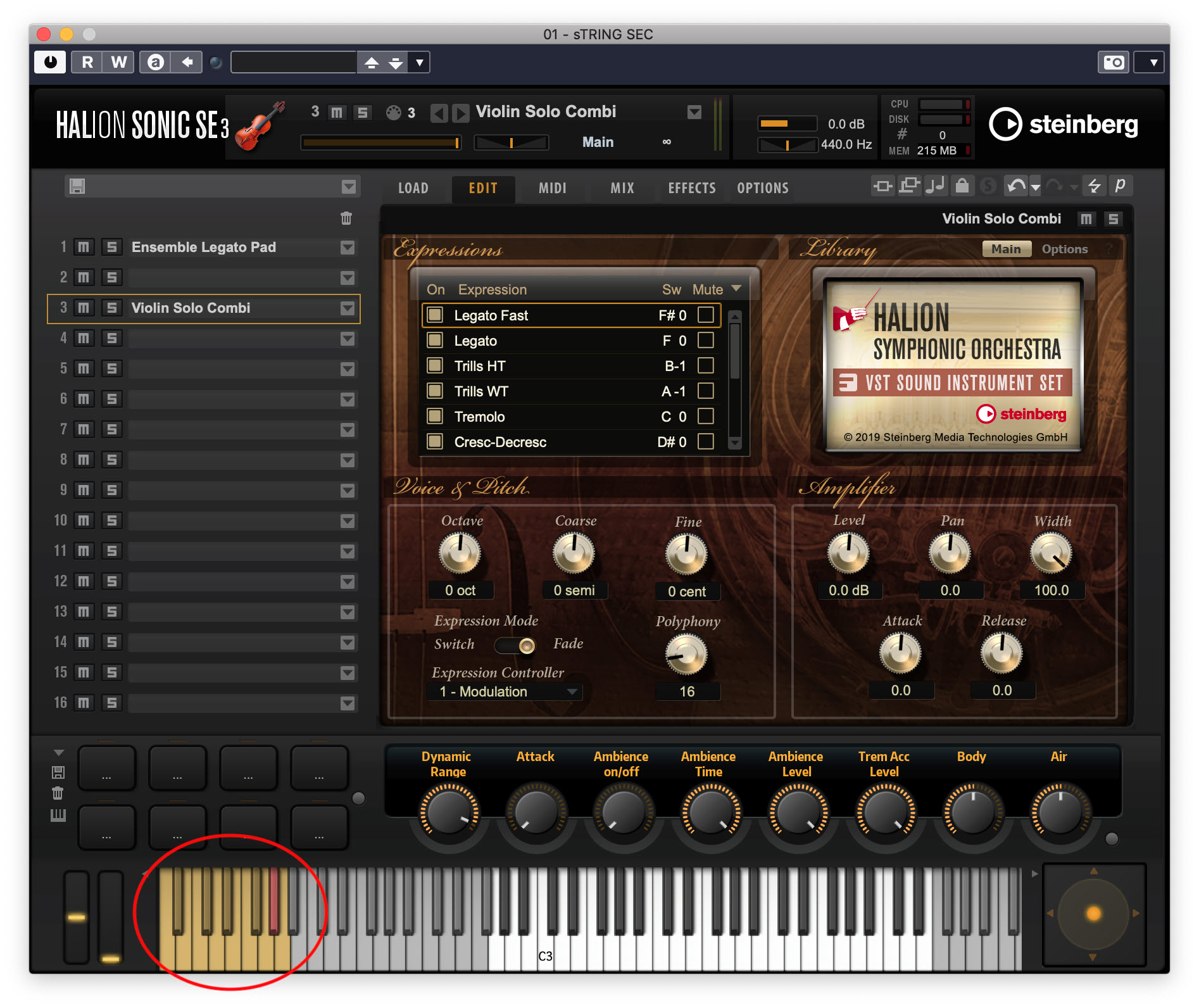


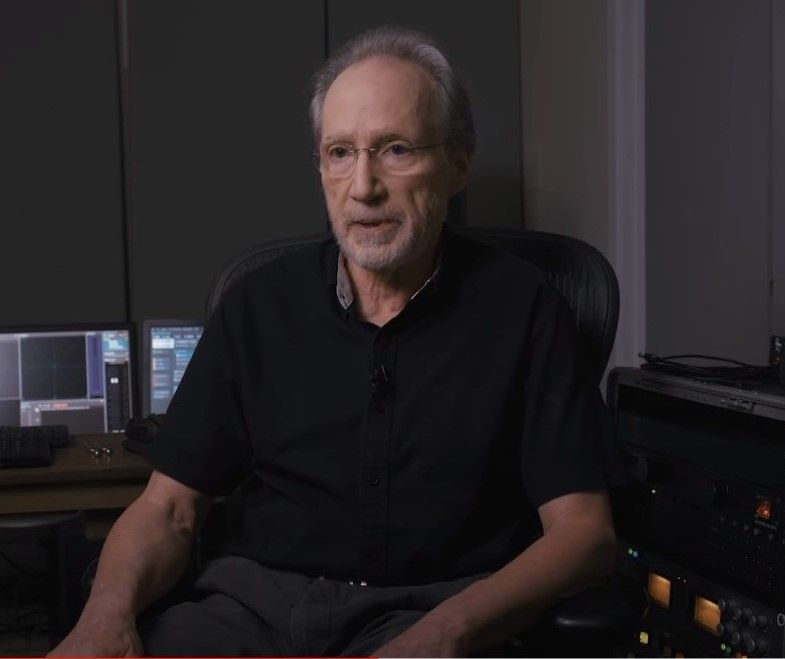
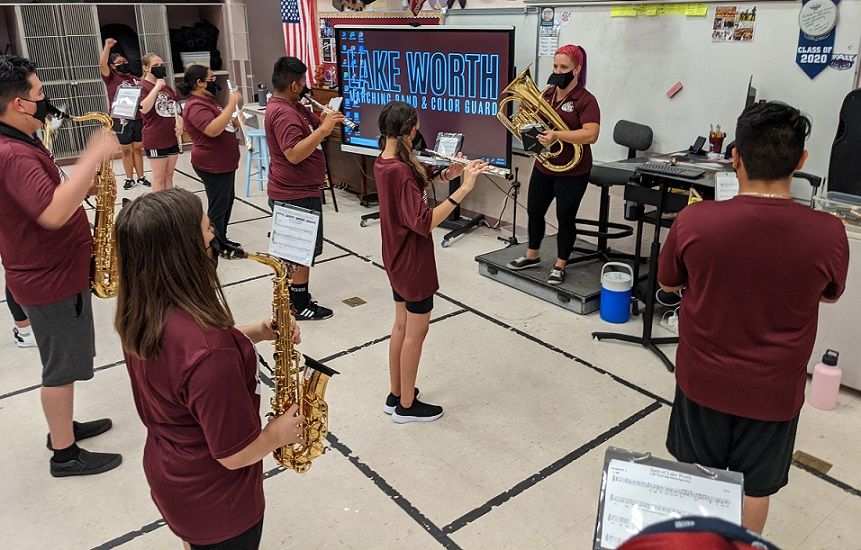
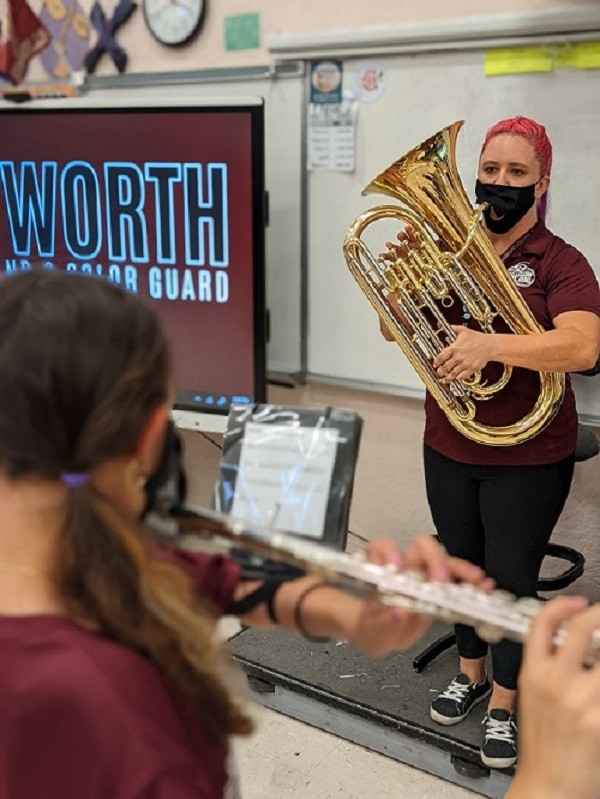
 When Cox noticed a high staff turnover, poor retention and low skill levels in the middle school band program from her five feeder schools, Cox recruited her students involved with the
When Cox noticed a high staff turnover, poor retention and low skill levels in the middle school band program from her five feeder schools, Cox recruited her students involved with the 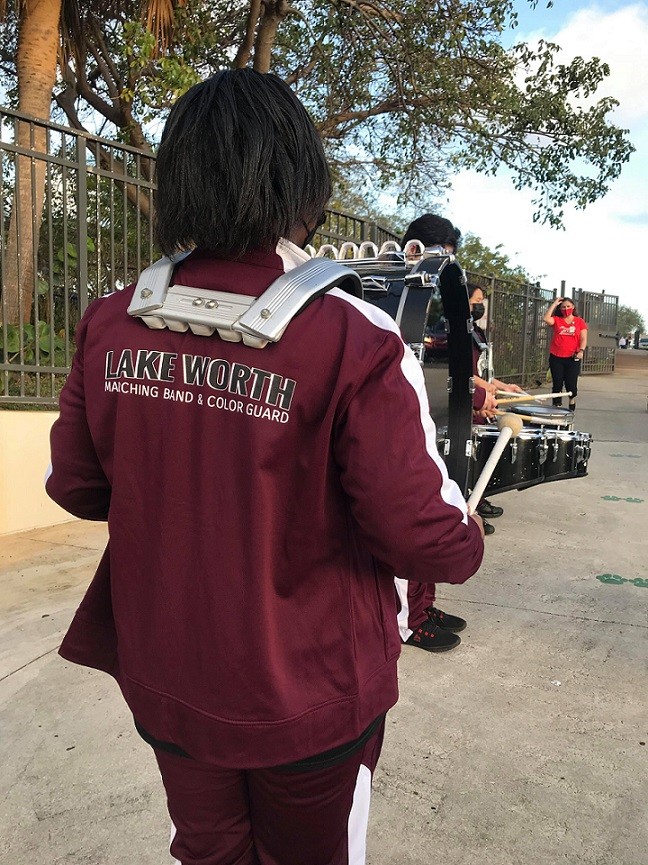 In addition, with her background teaching general elementary music prior to becoming director at Lake Worth, Cox regularly goes to the elementary schools. Because the closest elementary school is within walking distance, Cox brings her high school musicians to perform there several times a year. The drumline plays on the first day of school as buses arrive; a pep band performs during the elementary school’s Halloween parade; and band students also host a standardized testing pep rally.
In addition, with her background teaching general elementary music prior to becoming director at Lake Worth, Cox regularly goes to the elementary schools. Because the closest elementary school is within walking distance, Cox brings her high school musicians to perform there several times a year. The drumline plays on the first day of school as buses arrive; a pep band performs during the elementary school’s Halloween parade; and band students also host a standardized testing pep rally.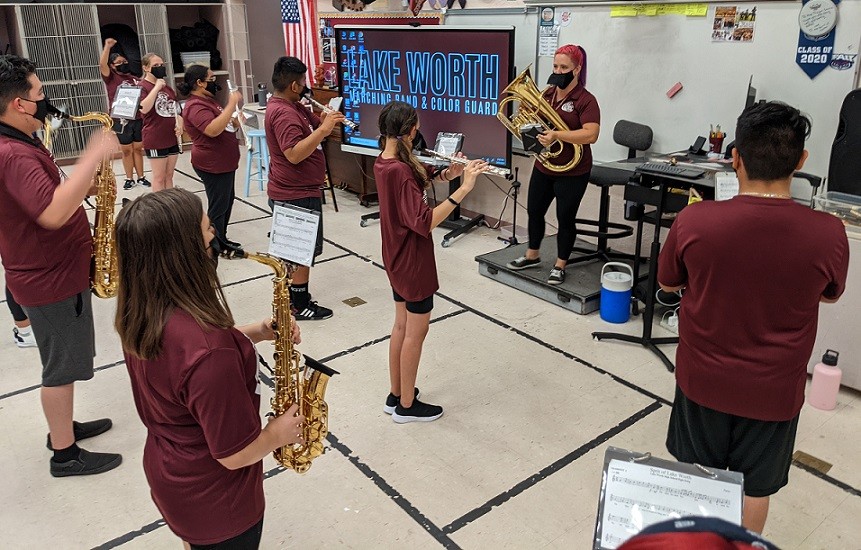 After a few years at Lake Worth, Cox had noticed that students were joining high school band as freshmen, sophomores and juniors, and then quitting. “It was a cultural norm for kids to go to work and support the family,” Cox says. “It’s been a challenge to teach the kids that band is a four-year thing.”
After a few years at Lake Worth, Cox had noticed that students were joining high school band as freshmen, sophomores and juniors, and then quitting. “It was a cultural norm for kids to go to work and support the family,” Cox says. “It’s been a challenge to teach the kids that band is a four-year thing.”

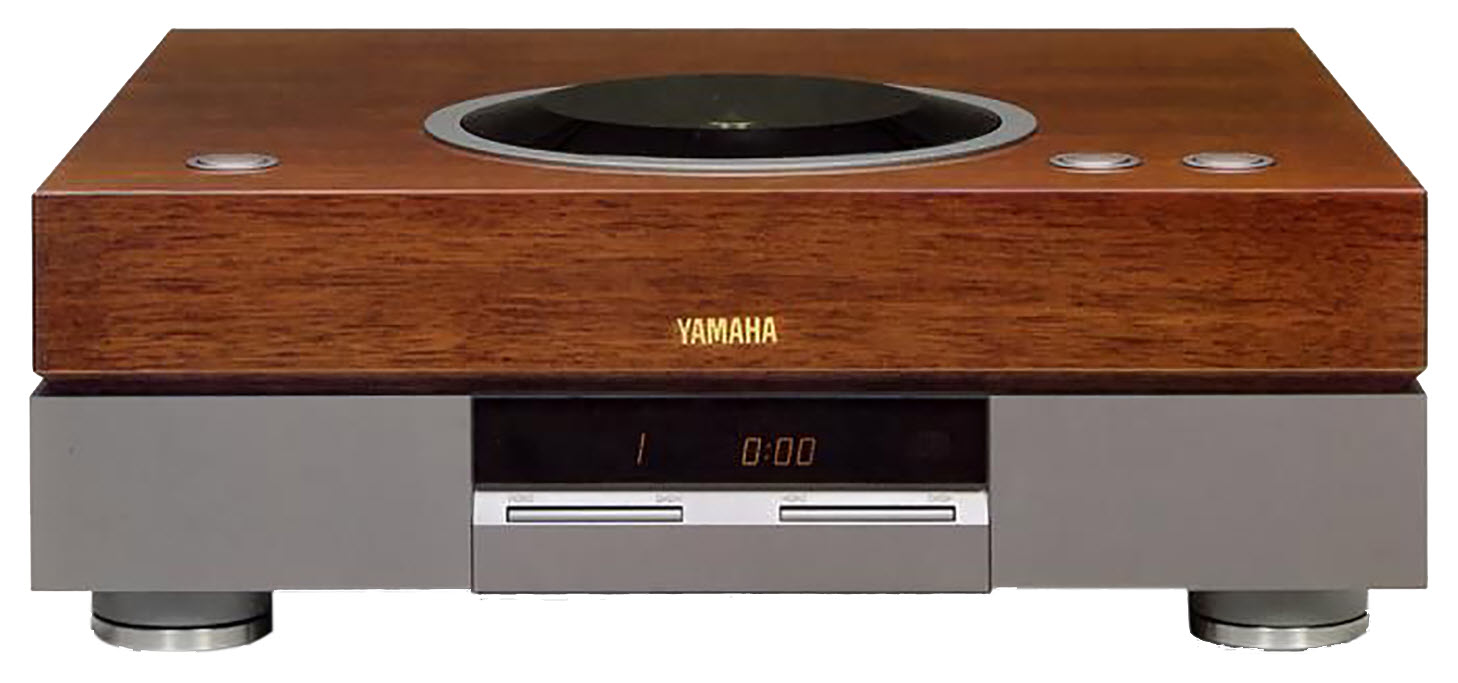
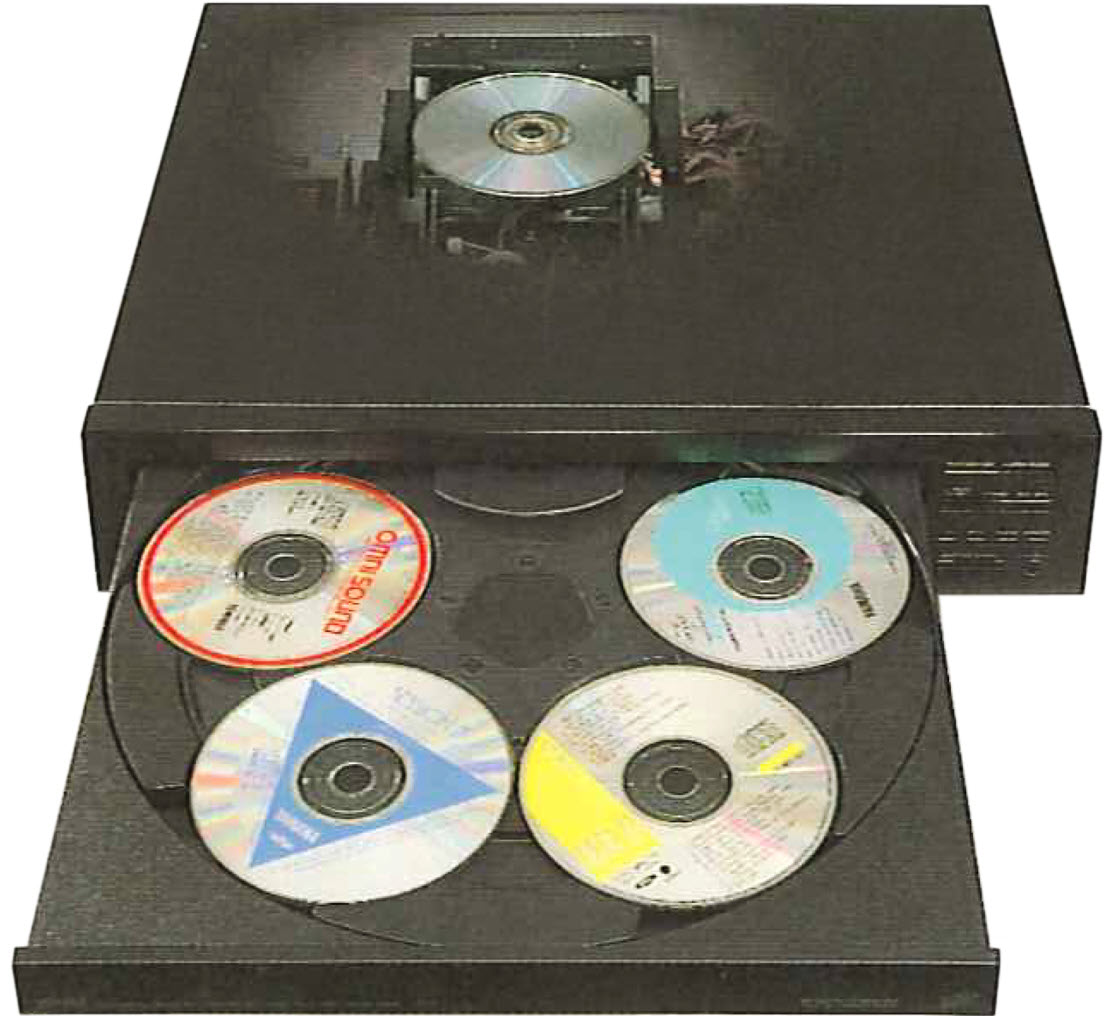
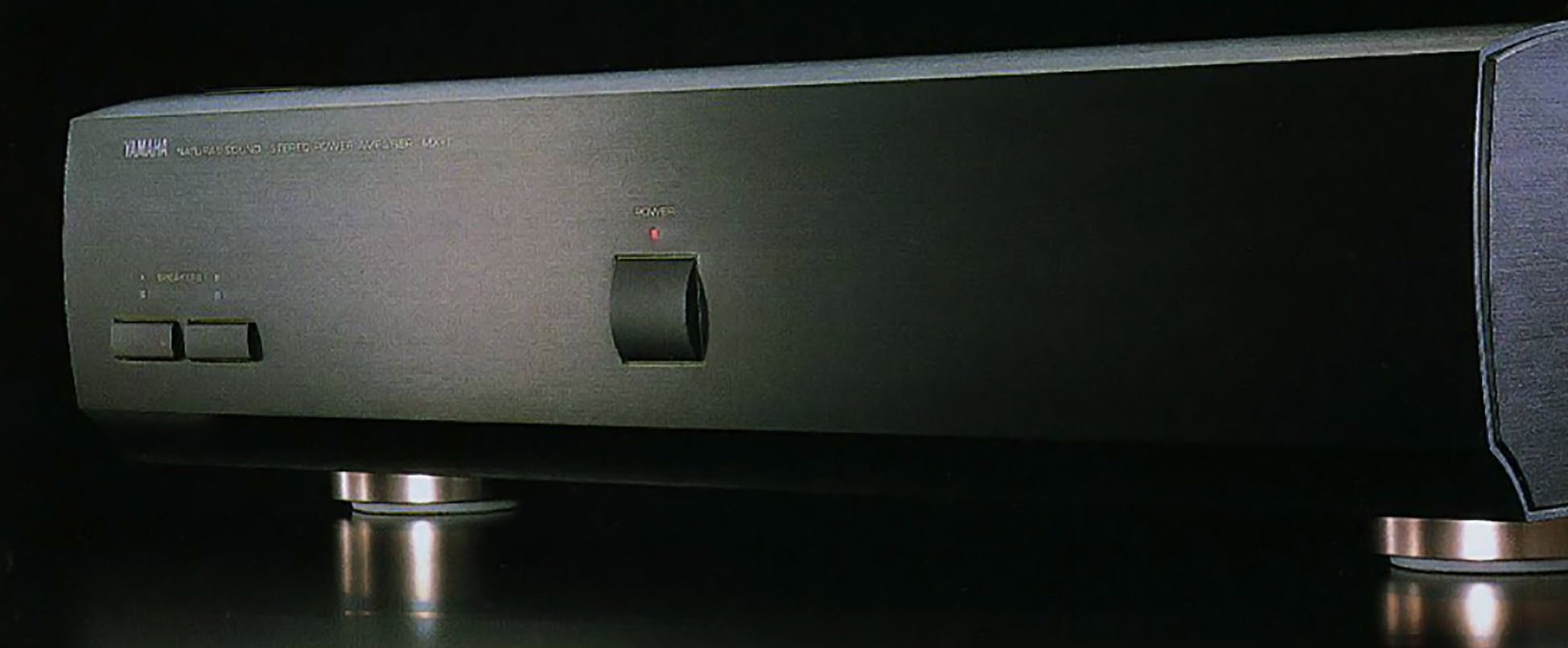





 You’ll have a much easier time reading your SARC if you understand the terms used. Some words and phrases are self-explanatory, but others can be confusing. Most SARCs have a reference guide or glossary. The
You’ll have a much easier time reading your SARC if you understand the terms used. Some words and phrases are self-explanatory, but others can be confusing. Most SARCs have a reference guide or glossary. The 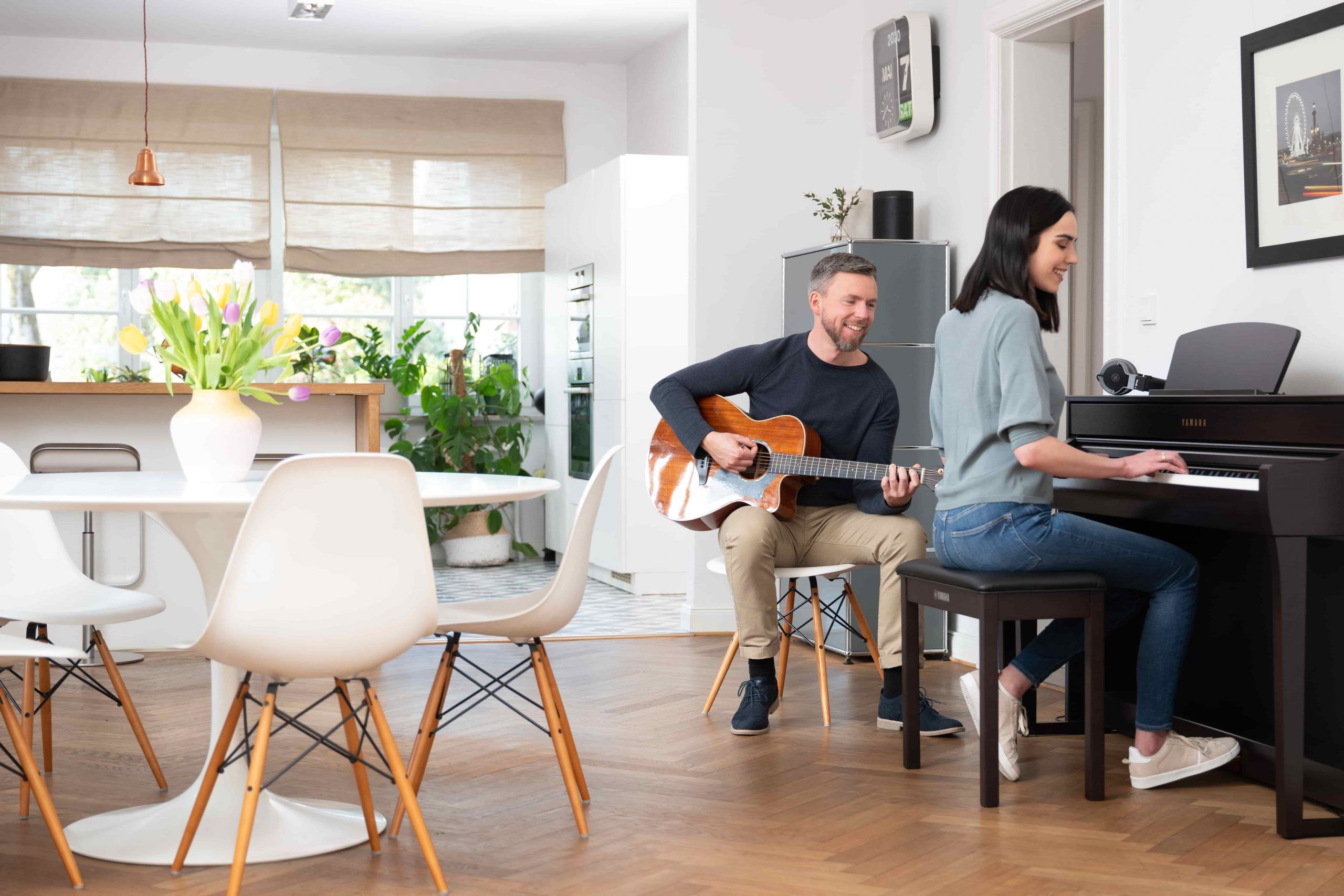



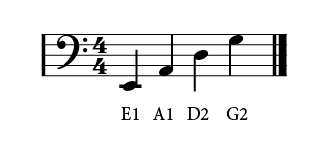

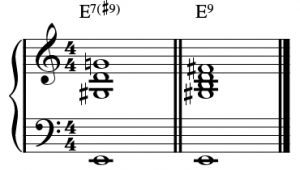


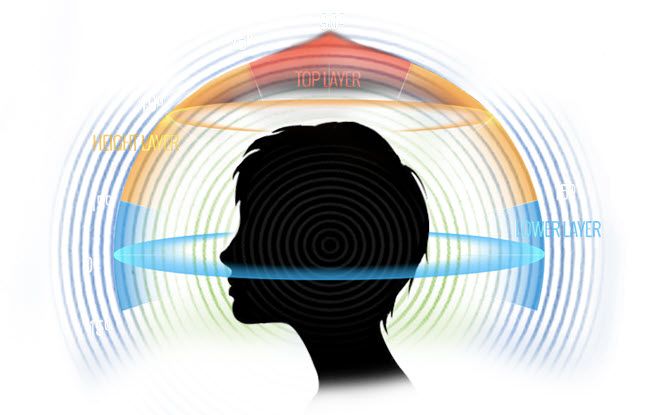
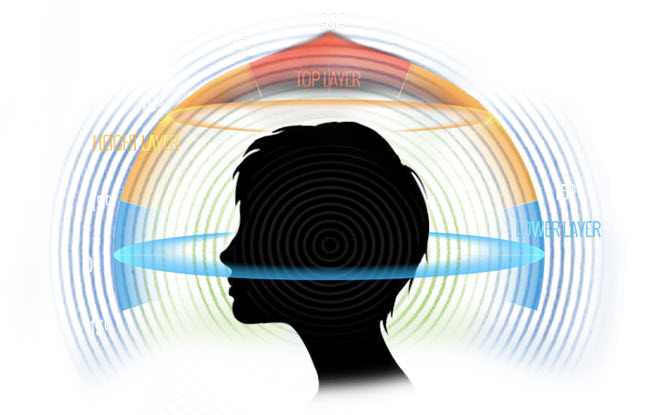

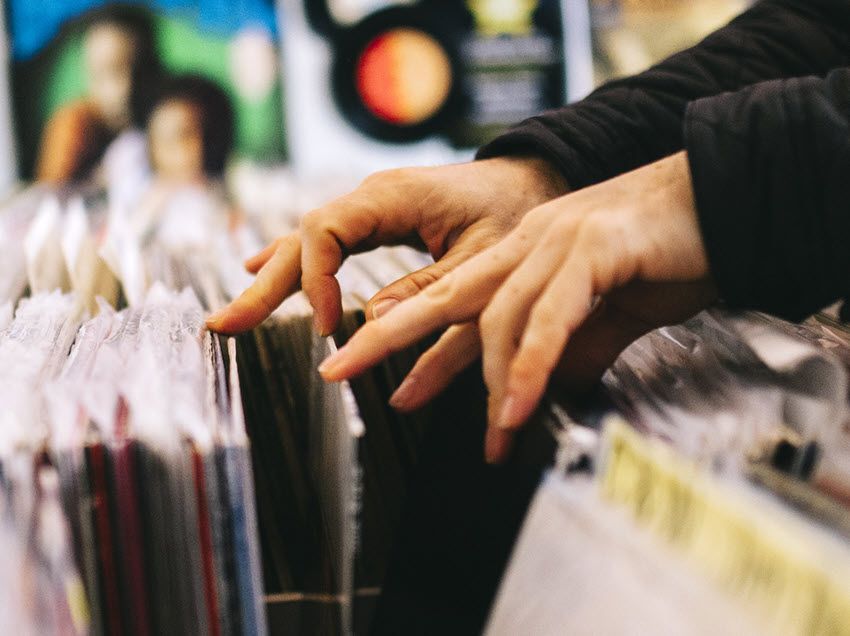

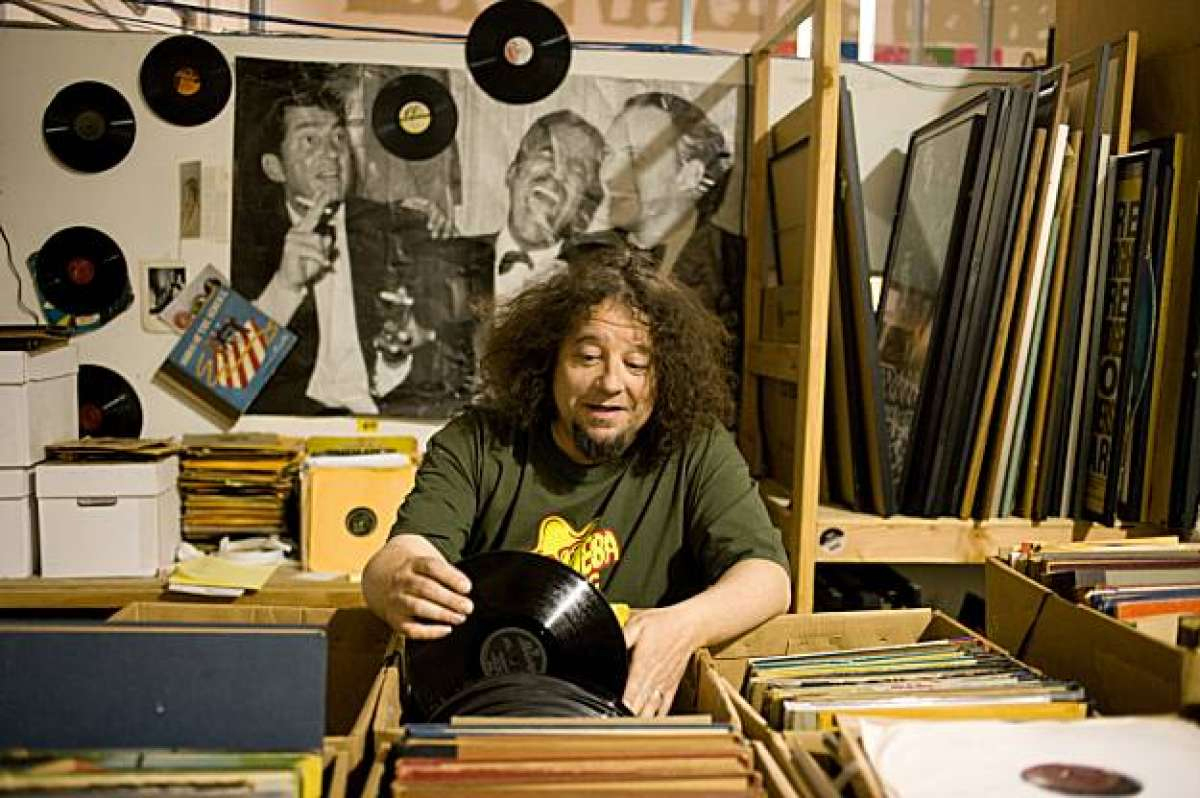


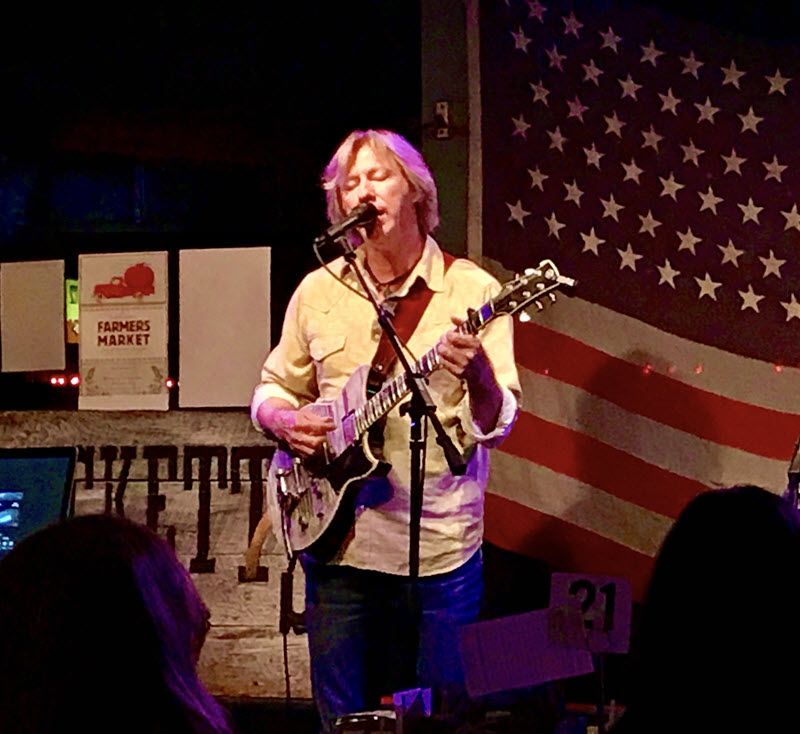
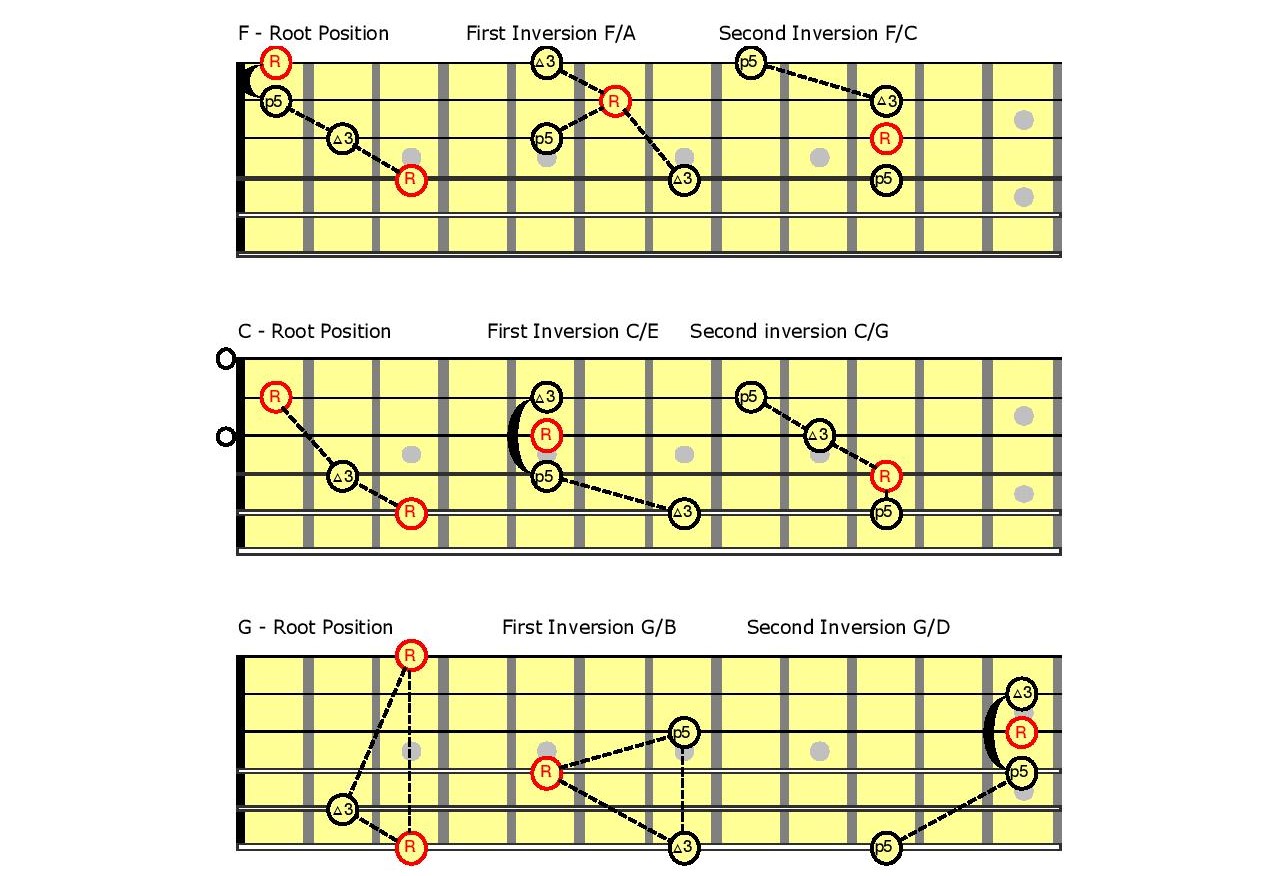
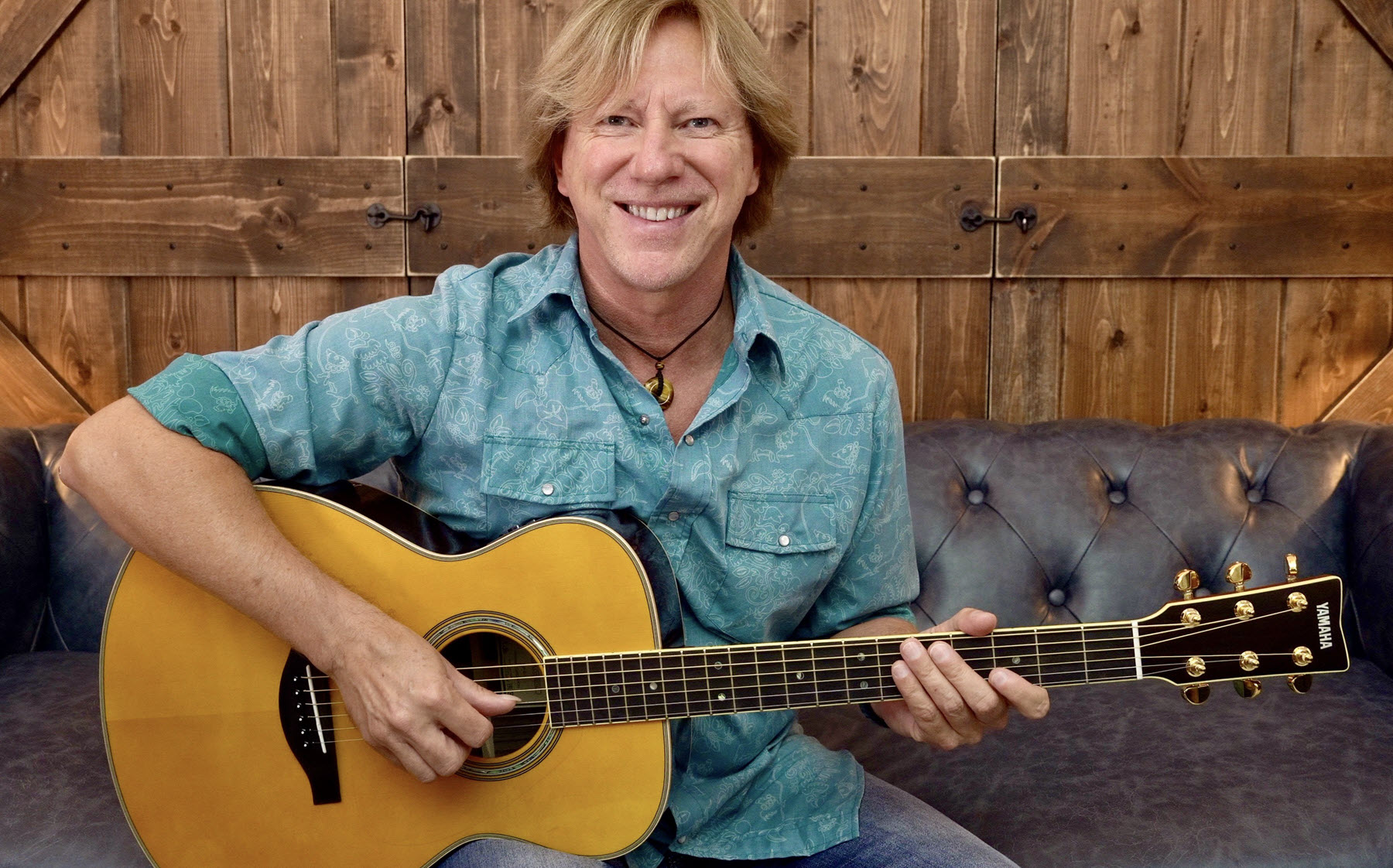

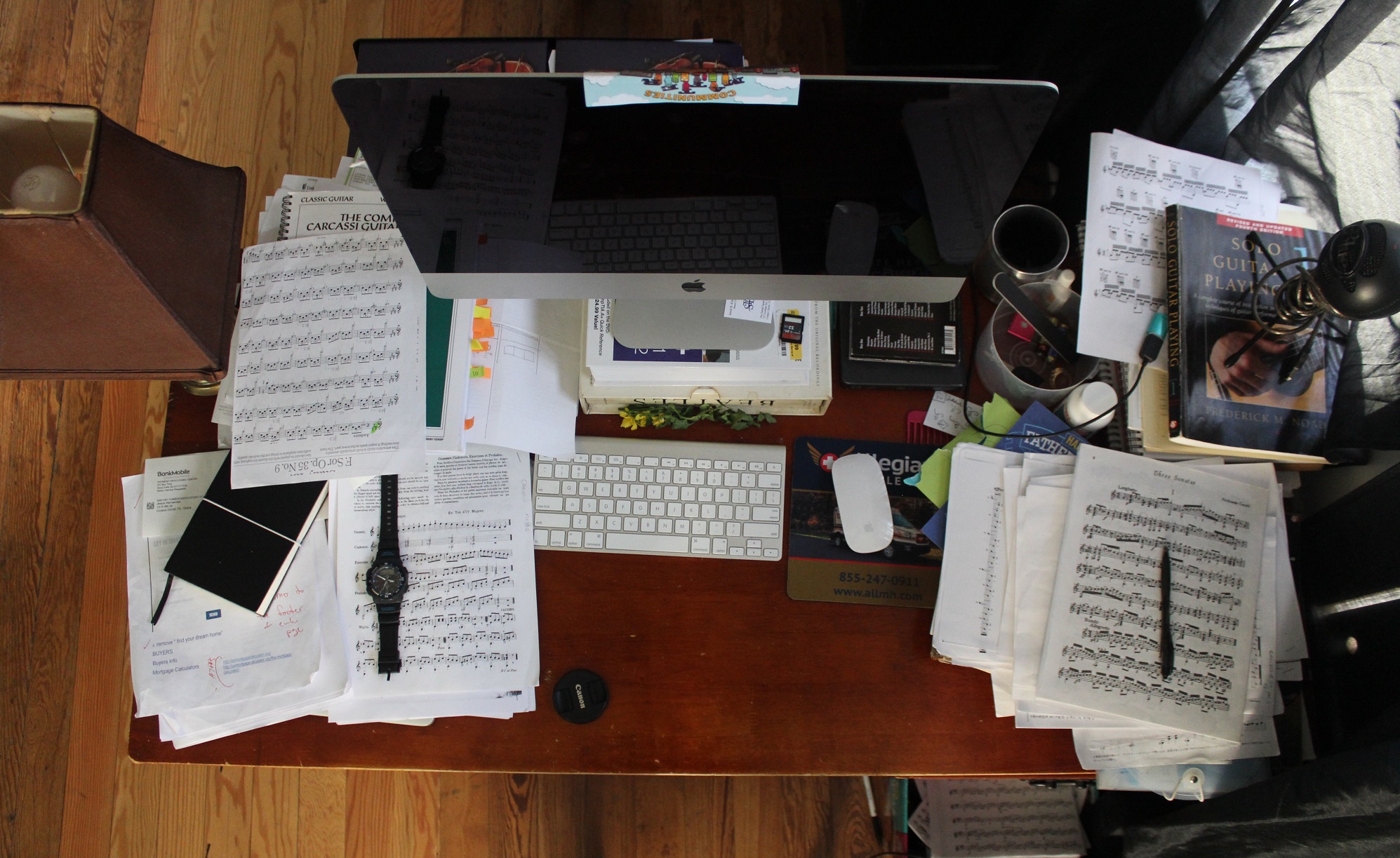 It was impossible to do the necessary legwork during the school year, so my husband, Kris Antonetti, and I worked in the buildings during the summer when the air conditioning was not turned on. At the time, we only had desktop computers — no laptops or tablets — so we started in the hot storage room, writing down instrument model numbers and serial numbers on a yellow legal pad. Then we went back to my office to input this information on my computer. We spent hours doing this.
It was impossible to do the necessary legwork during the school year, so my husband, Kris Antonetti, and I worked in the buildings during the summer when the air conditioning was not turned on. At the time, we only had desktop computers — no laptops or tablets — so we started in the hot storage room, writing down instrument model numbers and serial numbers on a yellow legal pad. Then we went back to my office to input this information on my computer. We spent hours doing this. We started with the problems I faced and then gathered ideas from other directors to see what was needed most. Many of our music education friends faced similar challenges in their classrooms. We wanted to focus on the inventory aspect of organization, so we started developing instrument and uniform management as well as the ability to check these items out to students and to organize students into ensembles.
We started with the problems I faced and then gathered ideas from other directors to see what was needed most. Many of our music education friends faced similar challenges in their classrooms. We wanted to focus on the inventory aspect of organization, so we started developing instrument and uniform management as well as the ability to check these items out to students and to organize students into ensembles. We met with Dave Gnojek, the associate design director at
We met with Dave Gnojek, the associate design director at 


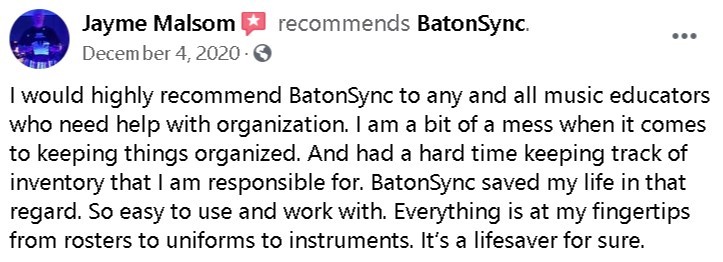
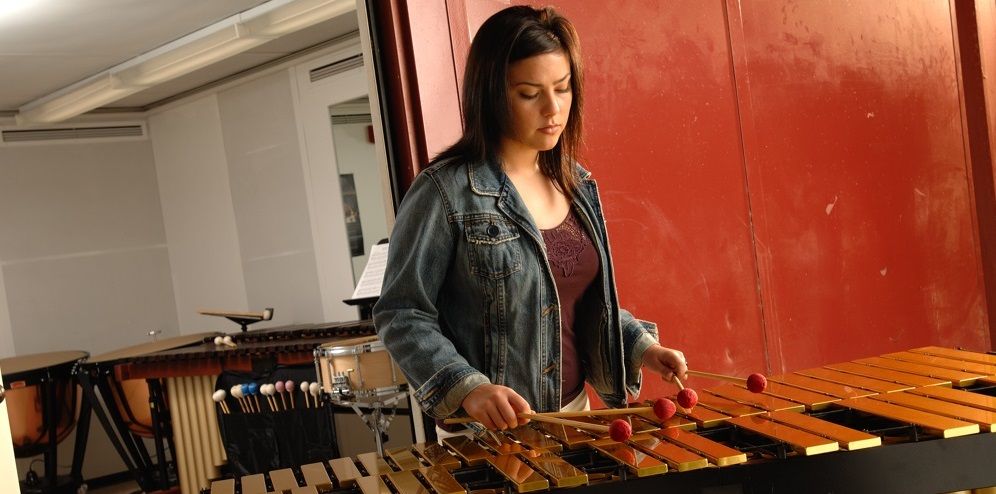
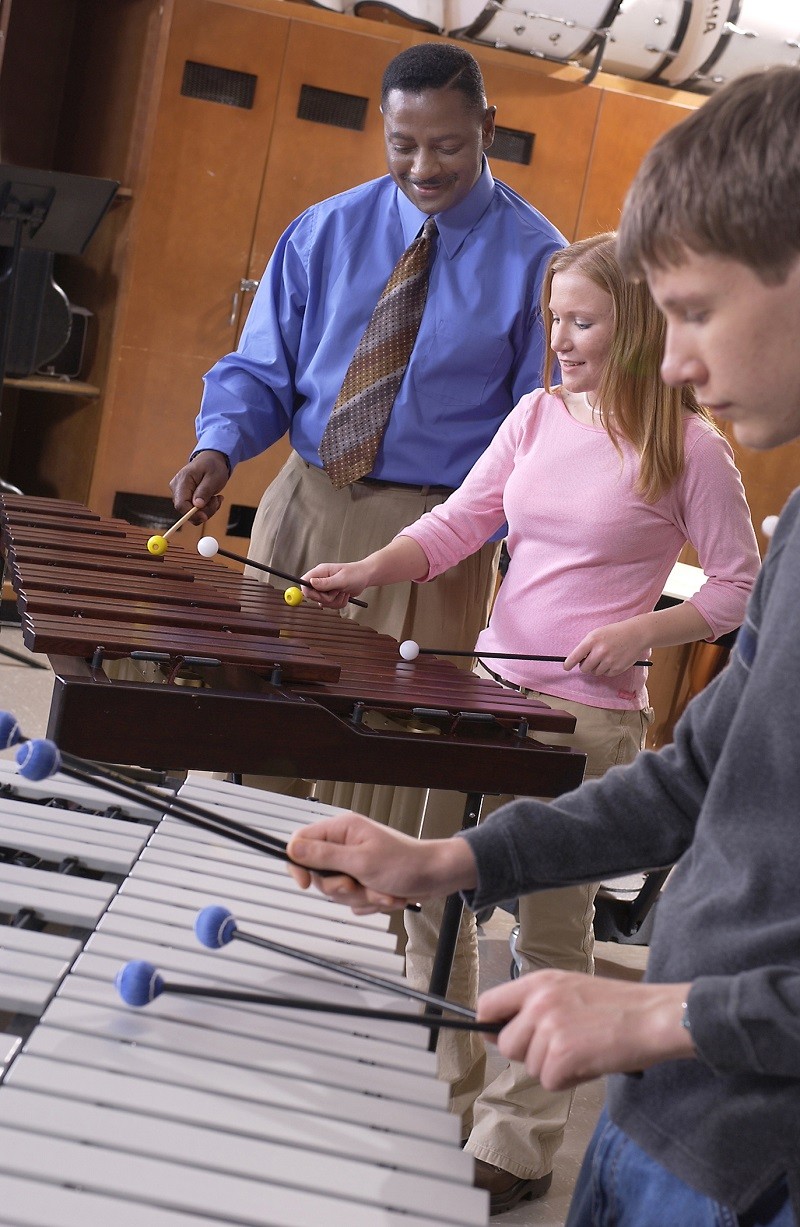 Fix It: Mallet Placement and Equal Right-to-Left-Hand Involvement
Fix It: Mallet Placement and Equal Right-to-Left-Hand Involvement

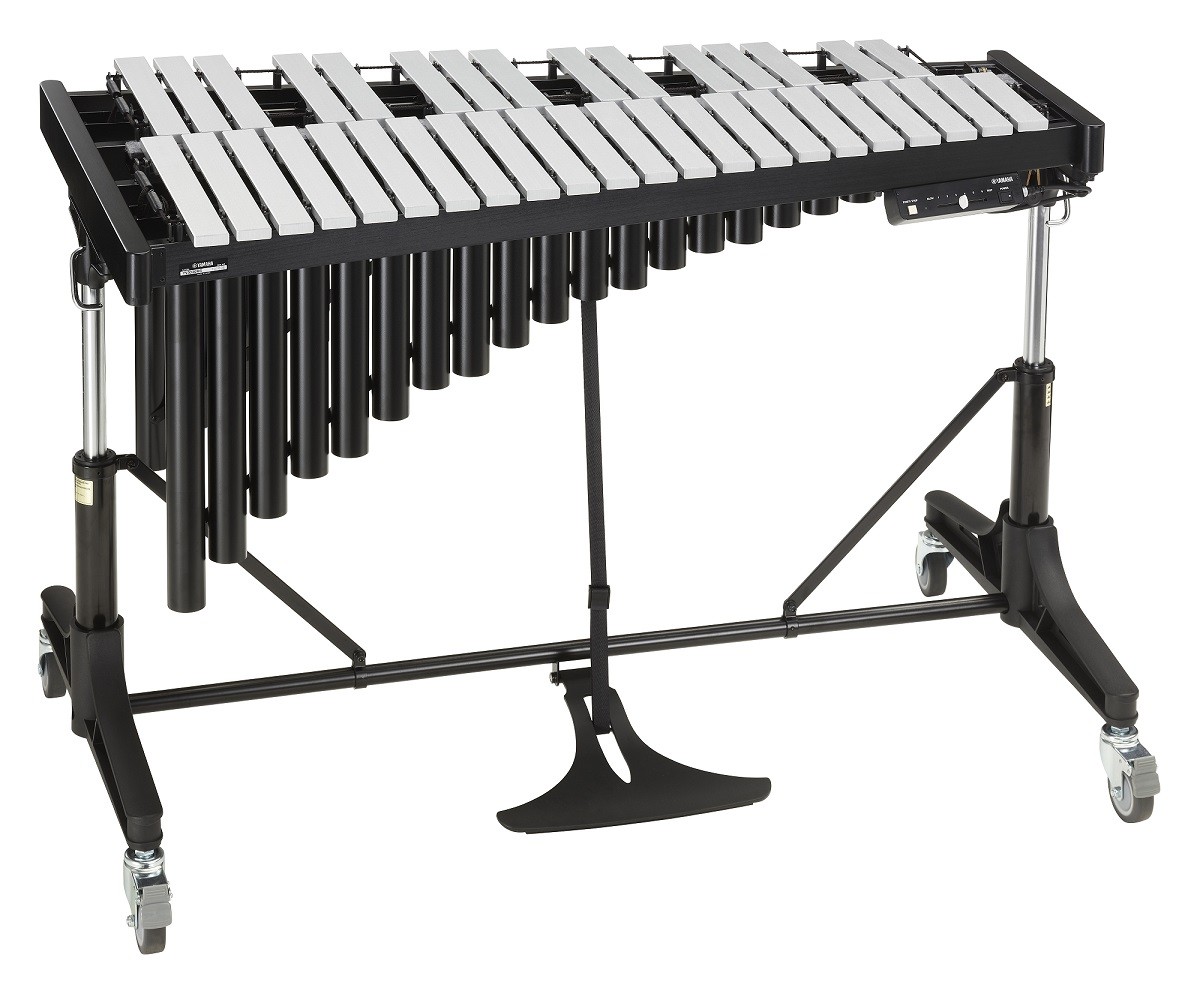
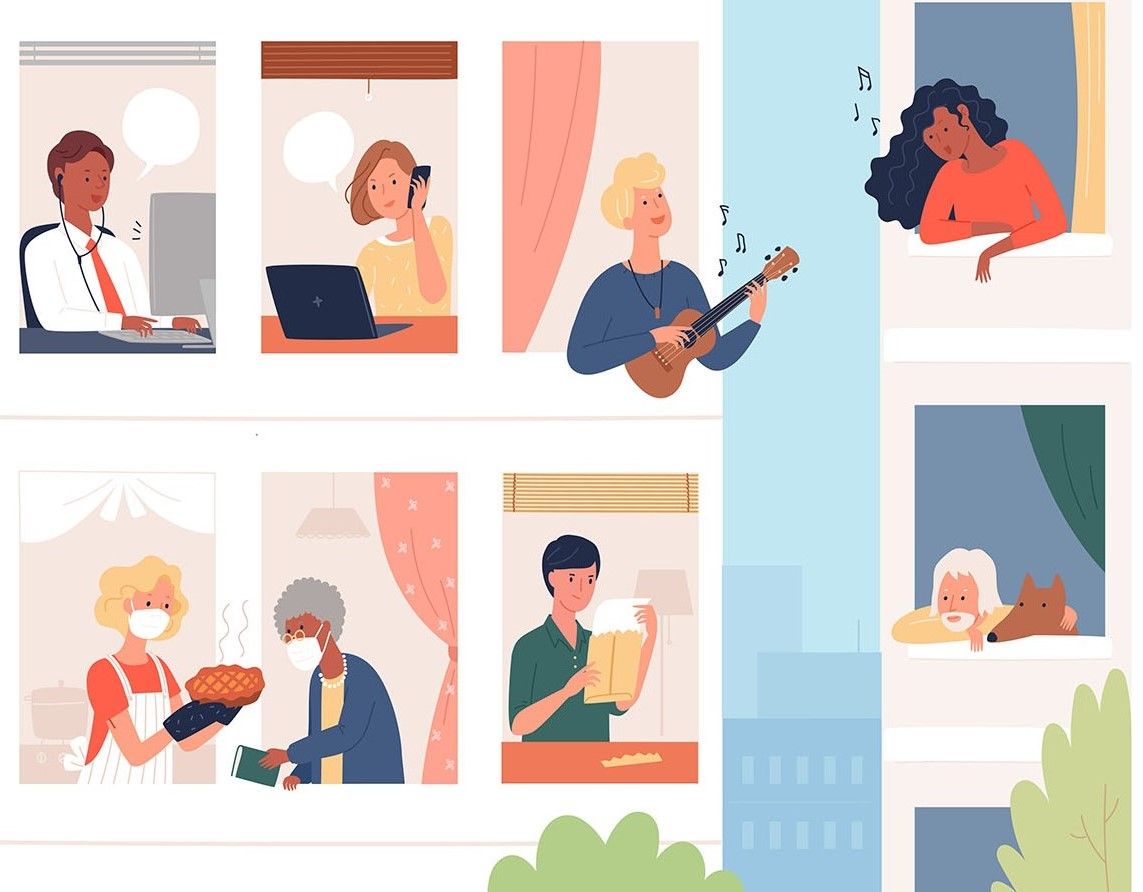

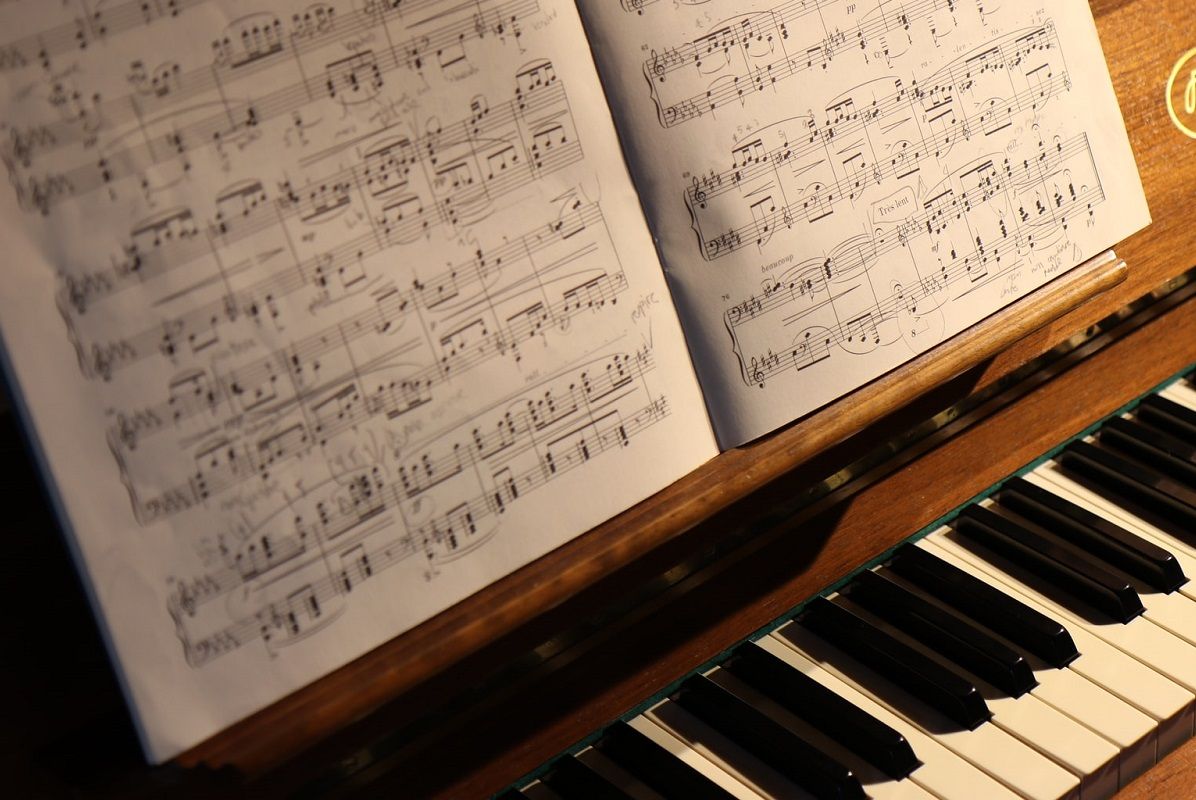


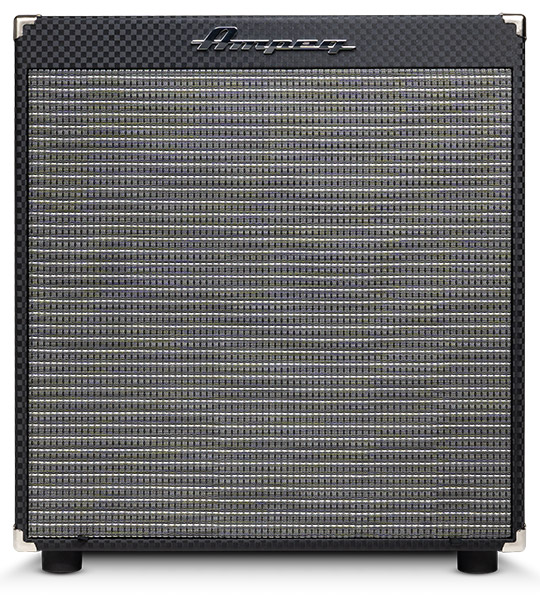



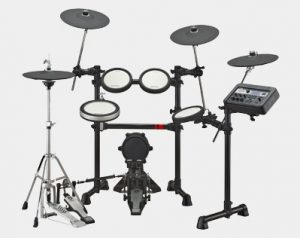

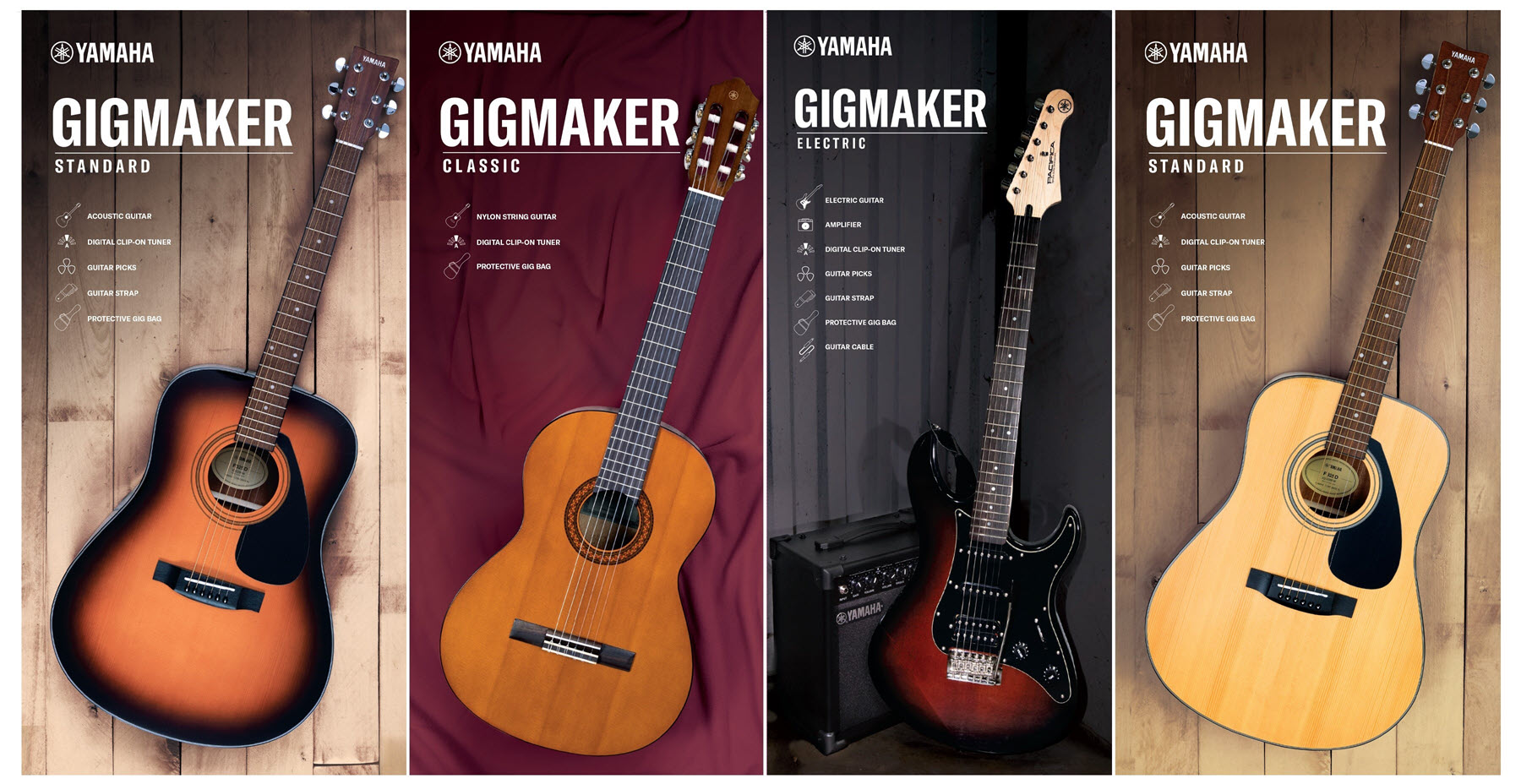

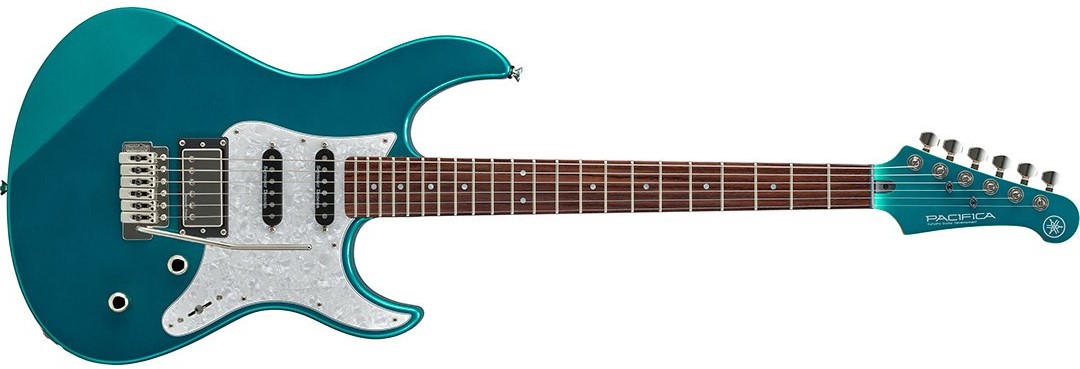
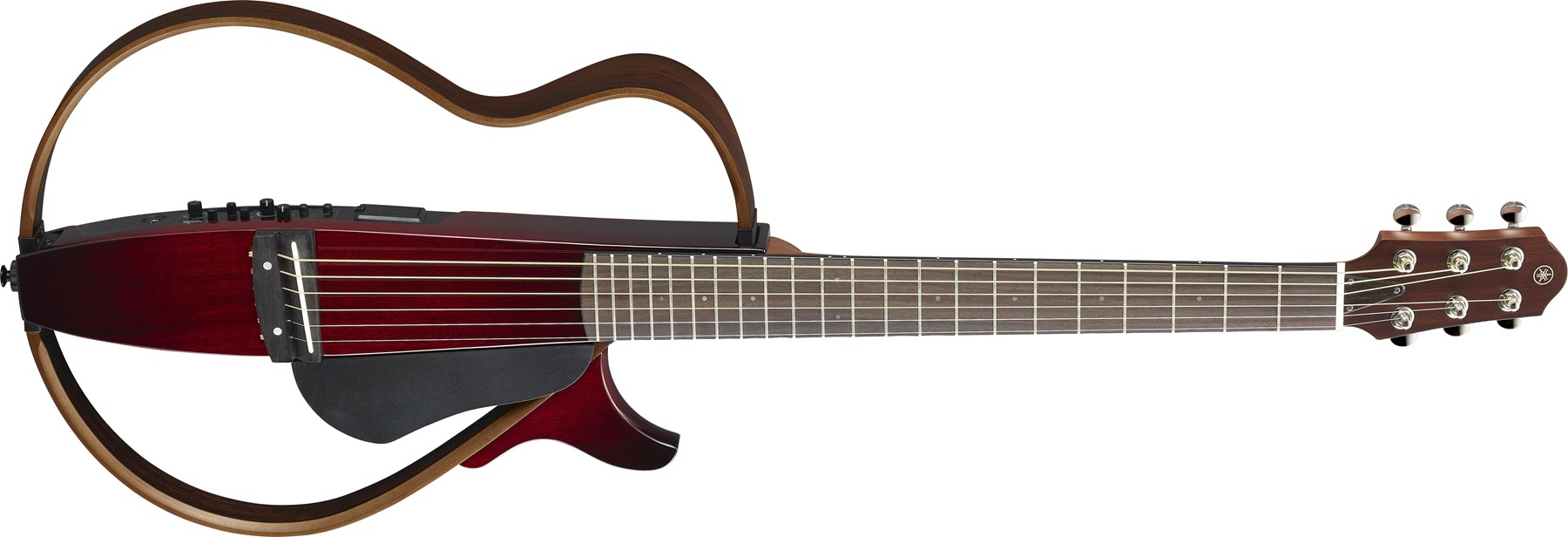
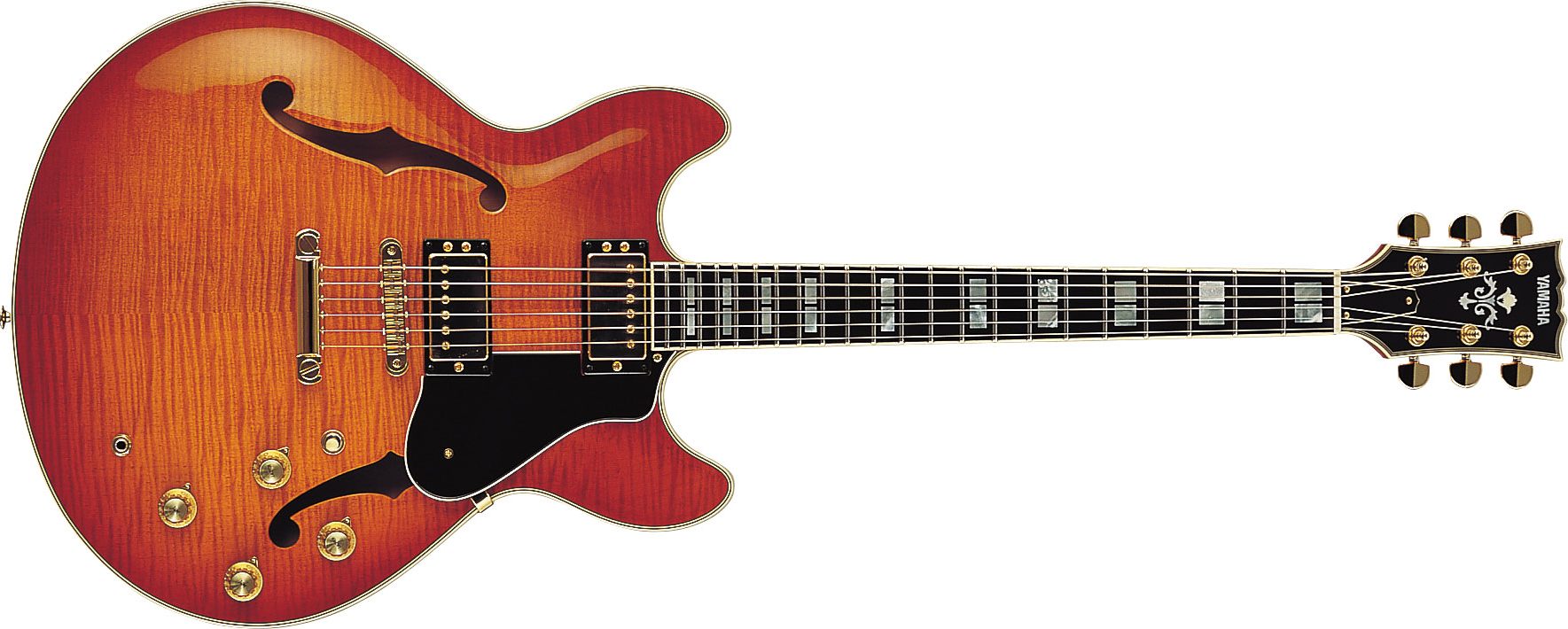

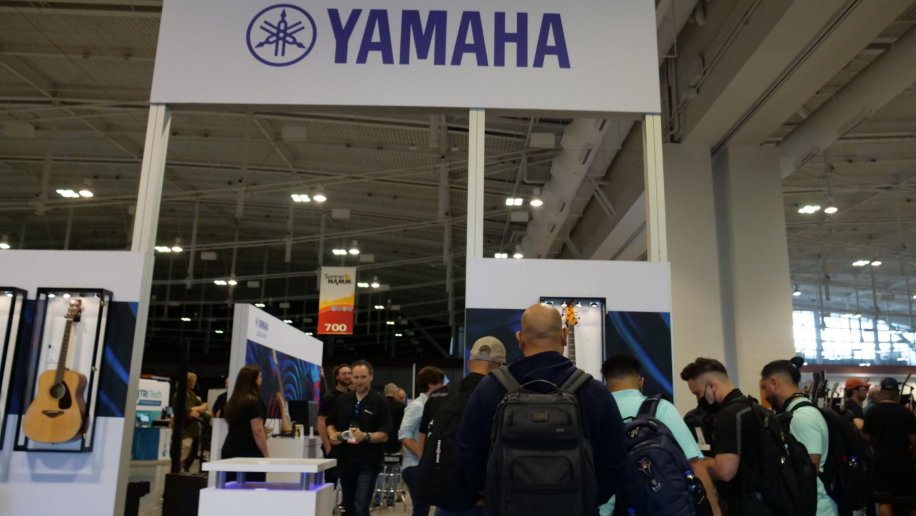
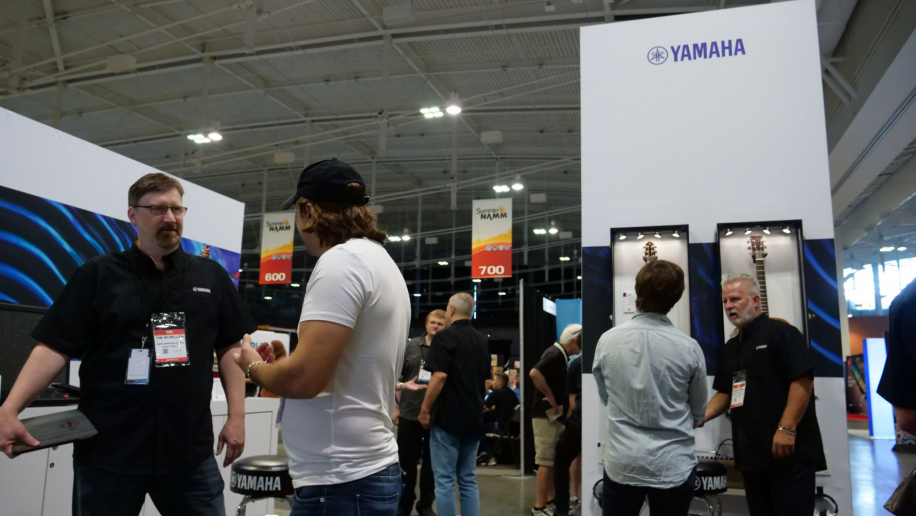
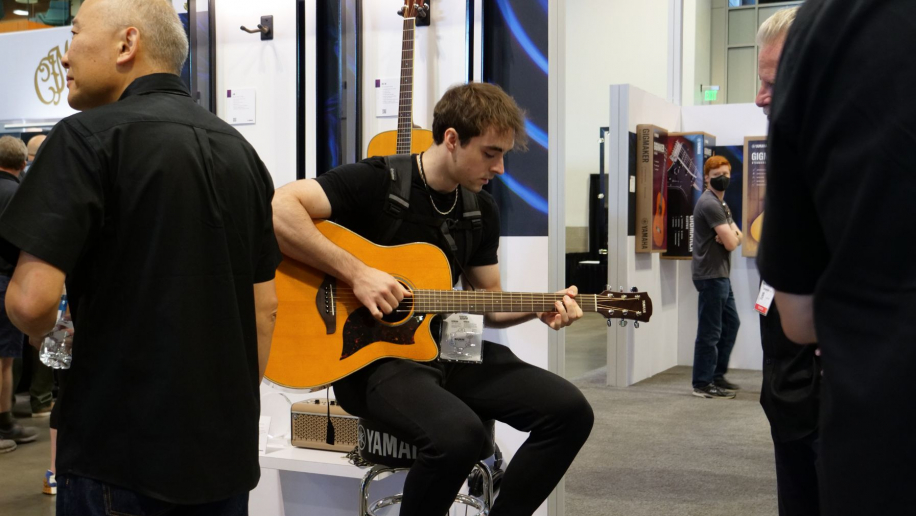

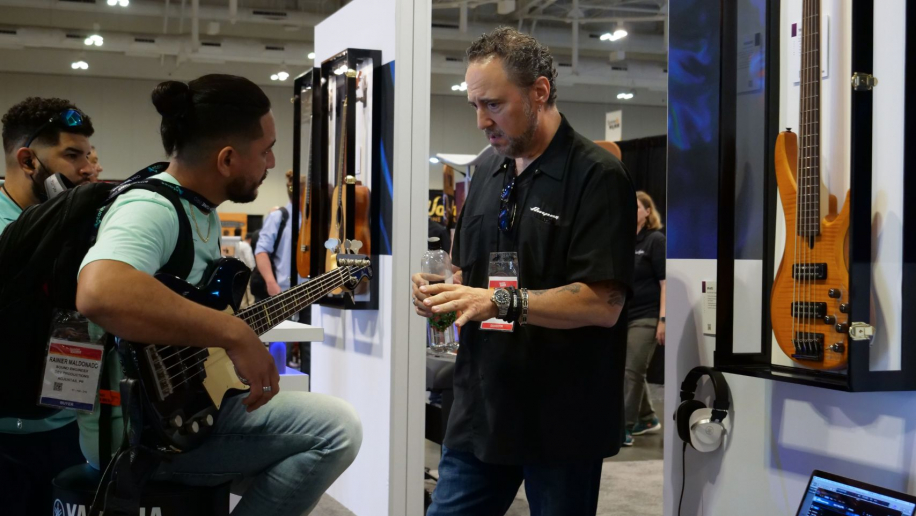

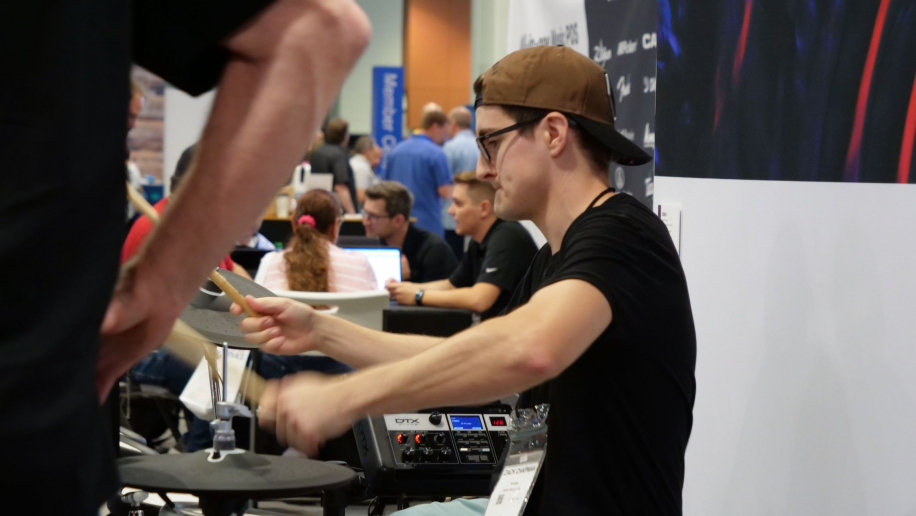
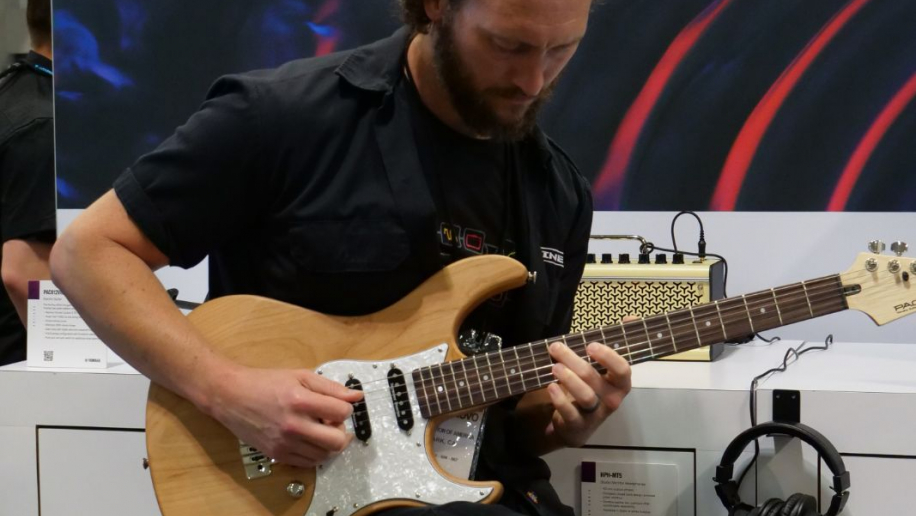
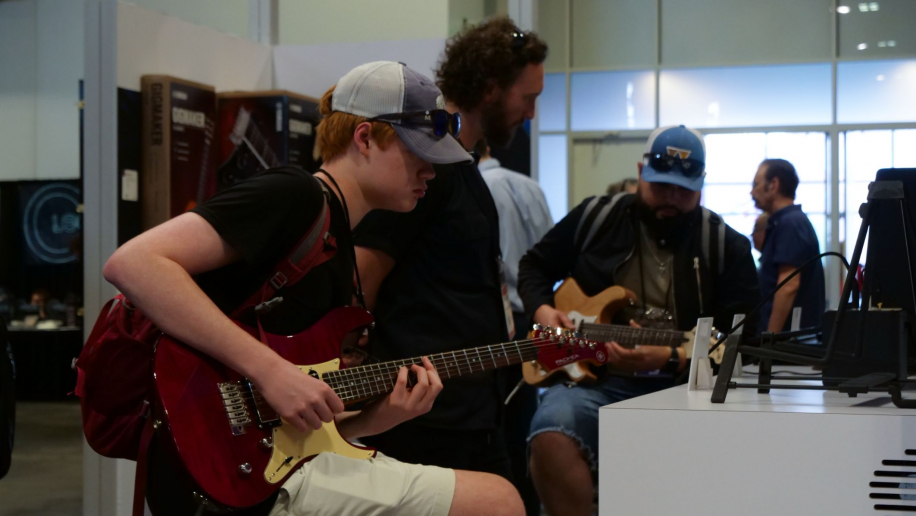











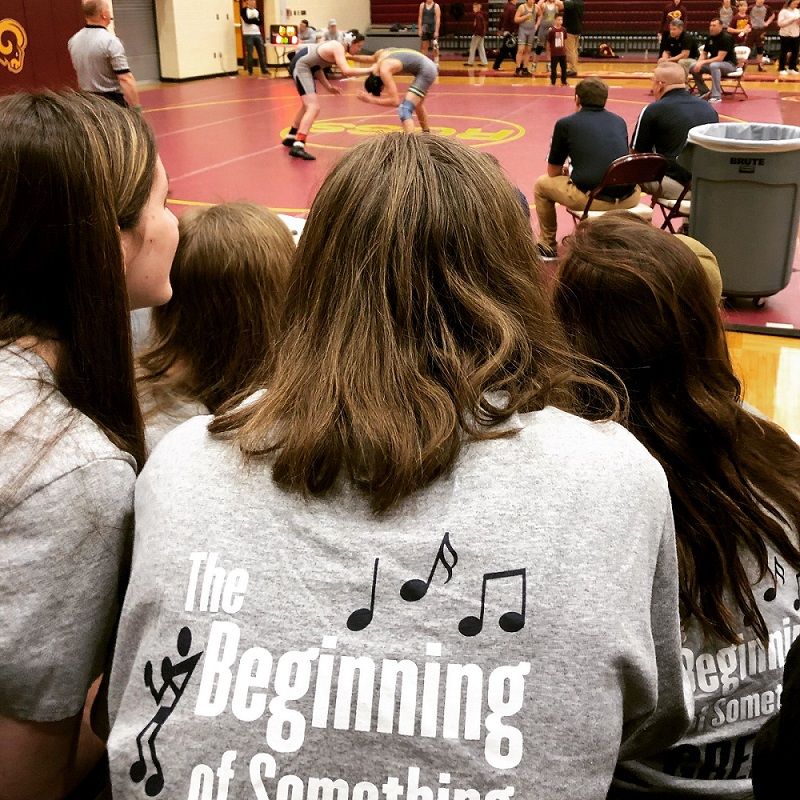
 Populations in rural communities tend to be stable. Many of your colleagues and your students have years of community and institutional knowledge. Many students have had the same educator group since kindergarten. They will be curious about you, and the more comfortable you are answering their questions, the more successful you will be. I start every year at
Populations in rural communities tend to be stable. Many of your colleagues and your students have years of community and institutional knowledge. Many students have had the same educator group since kindergarten. They will be curious about you, and the more comfortable you are answering their questions, the more successful you will be. I start every year at 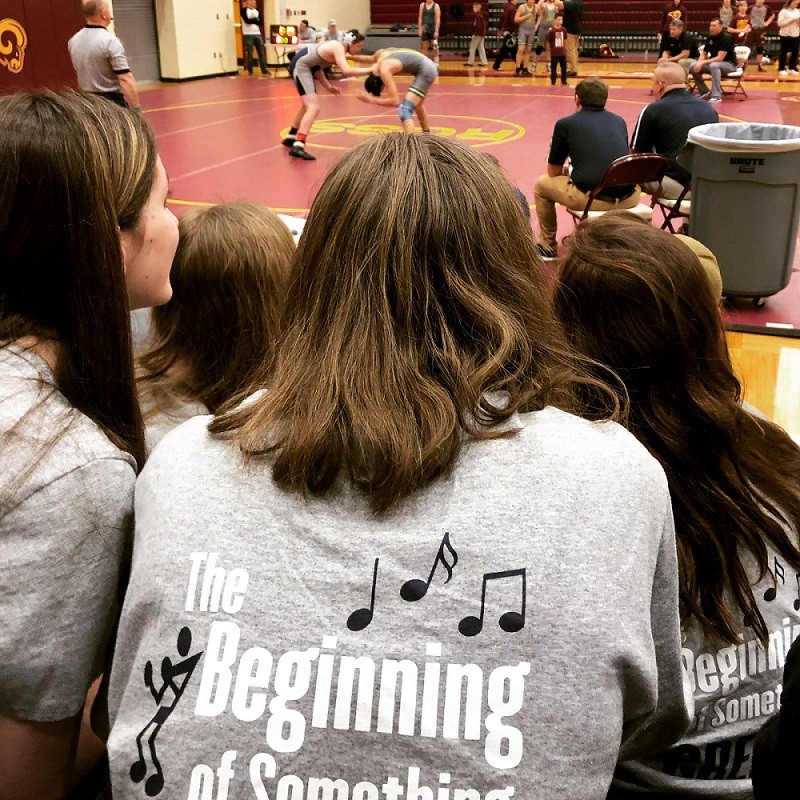

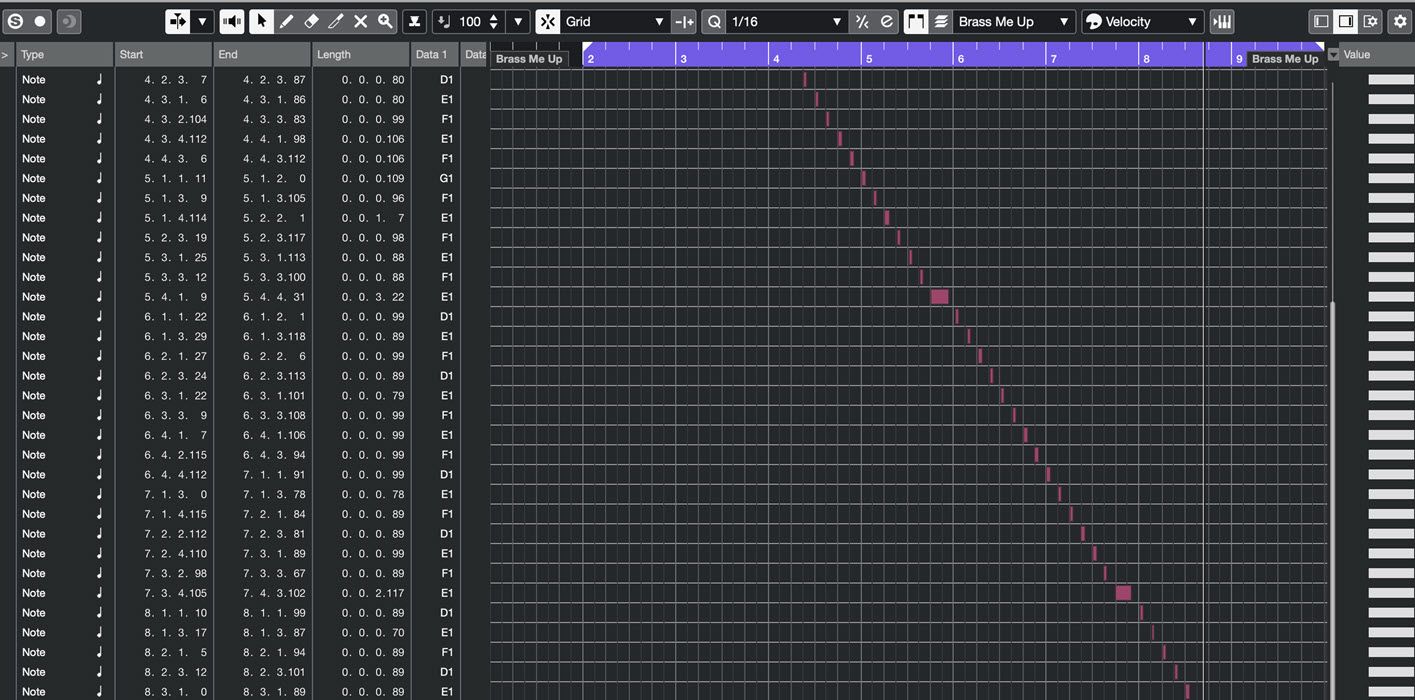
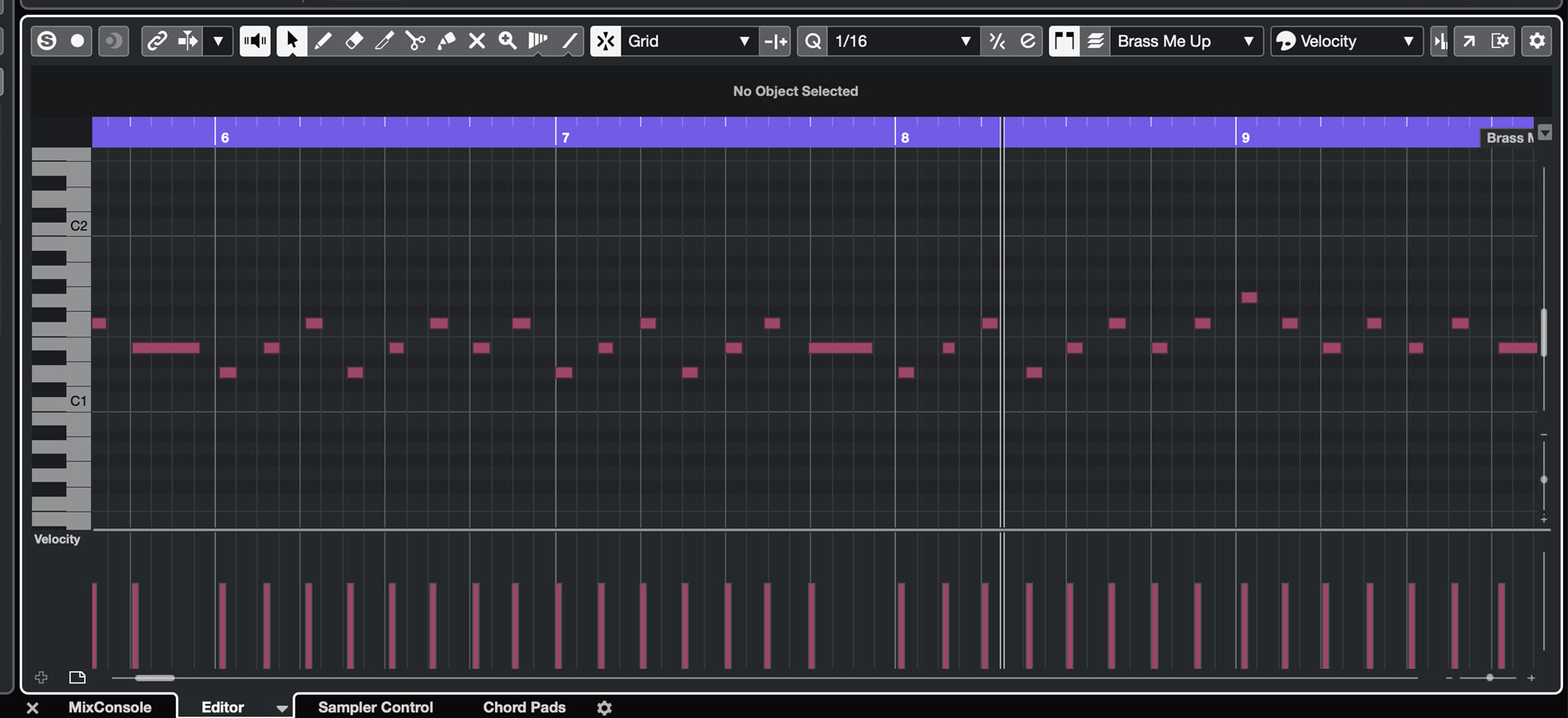
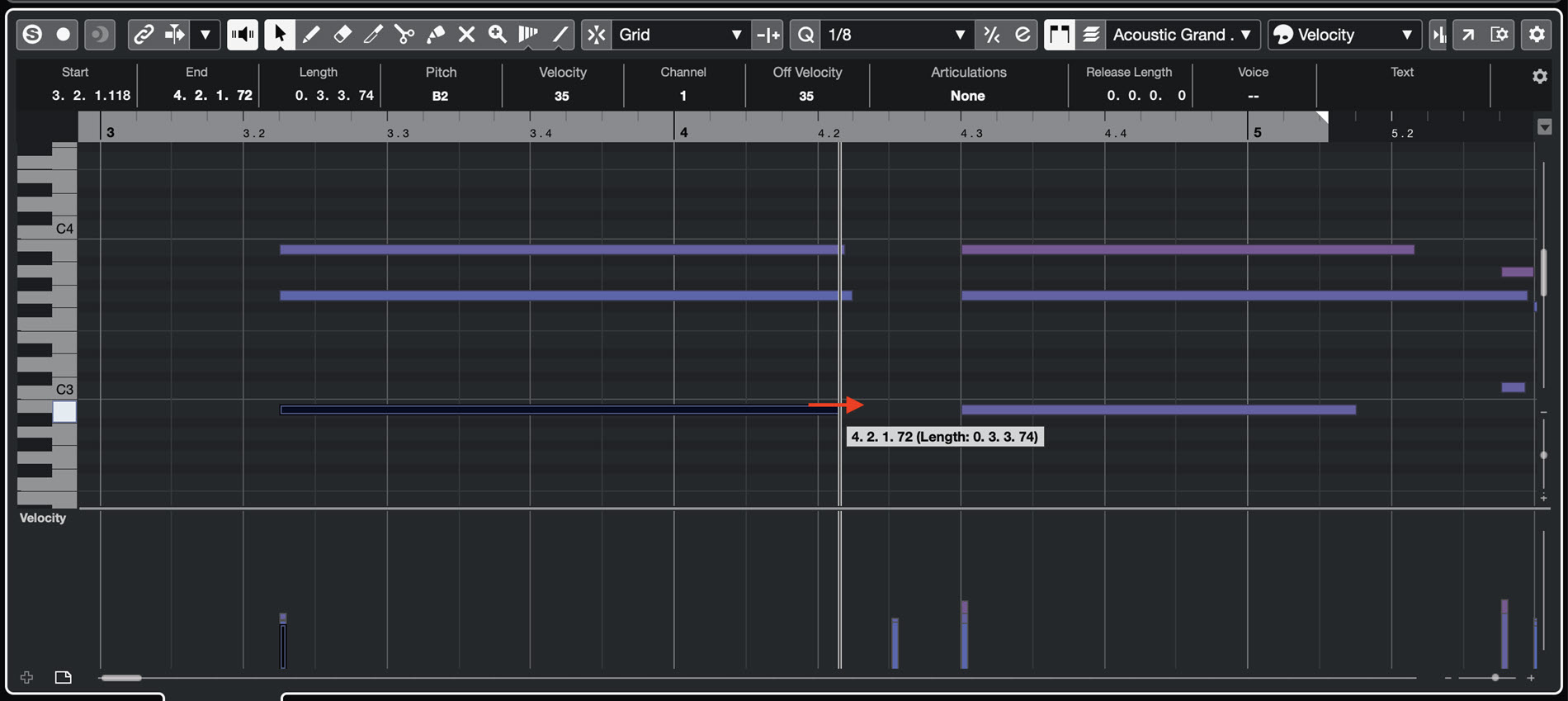


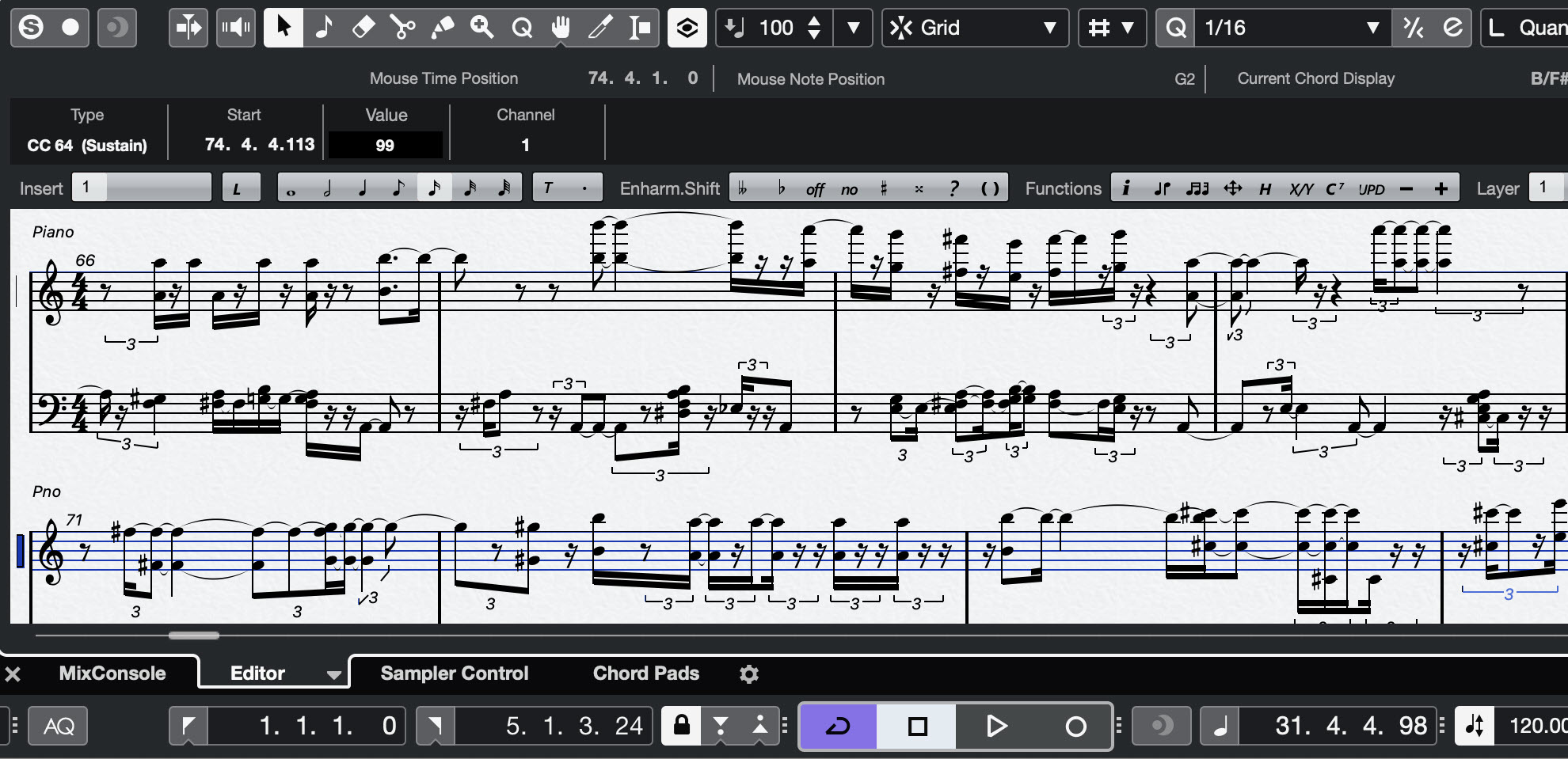

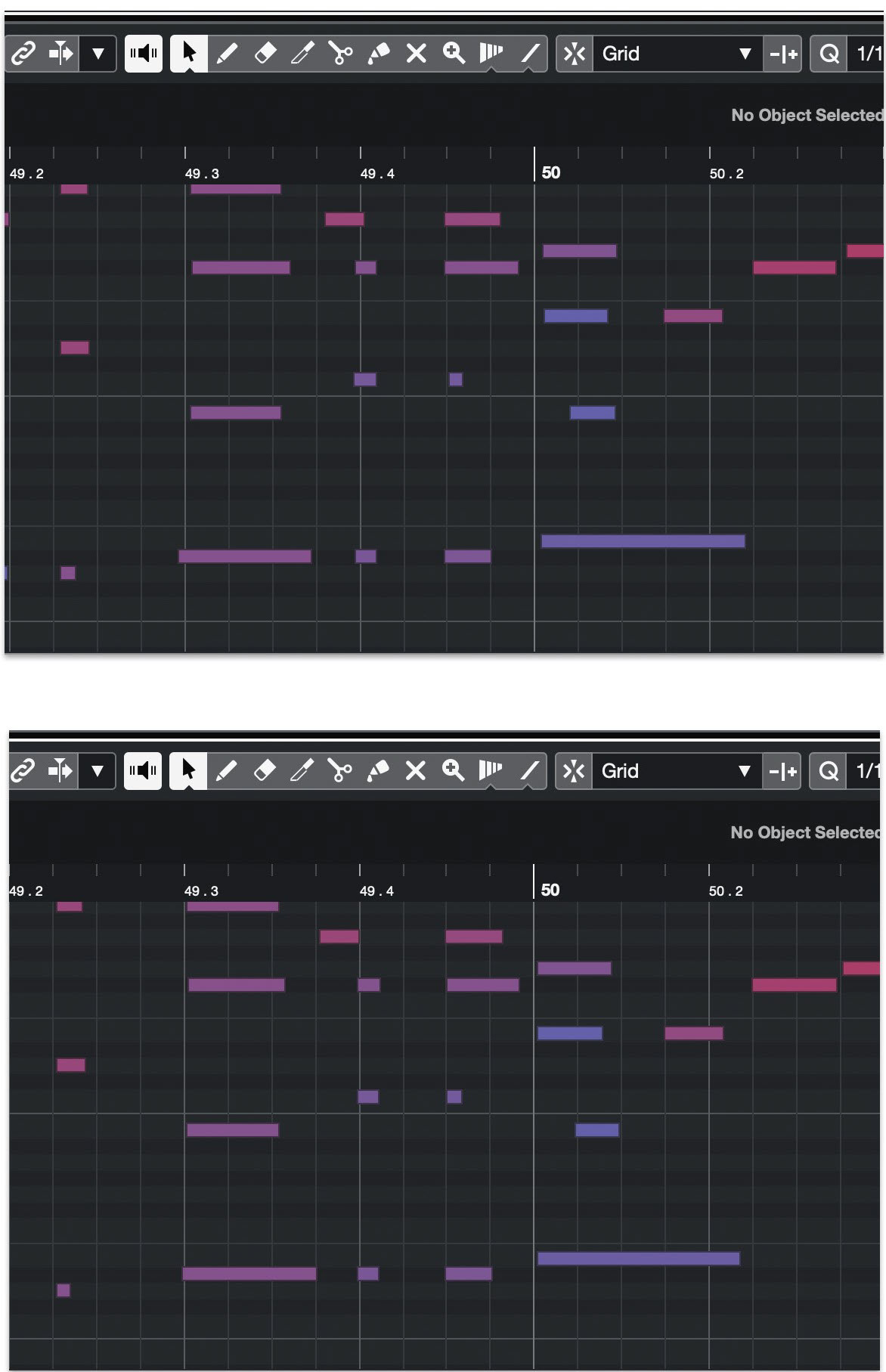

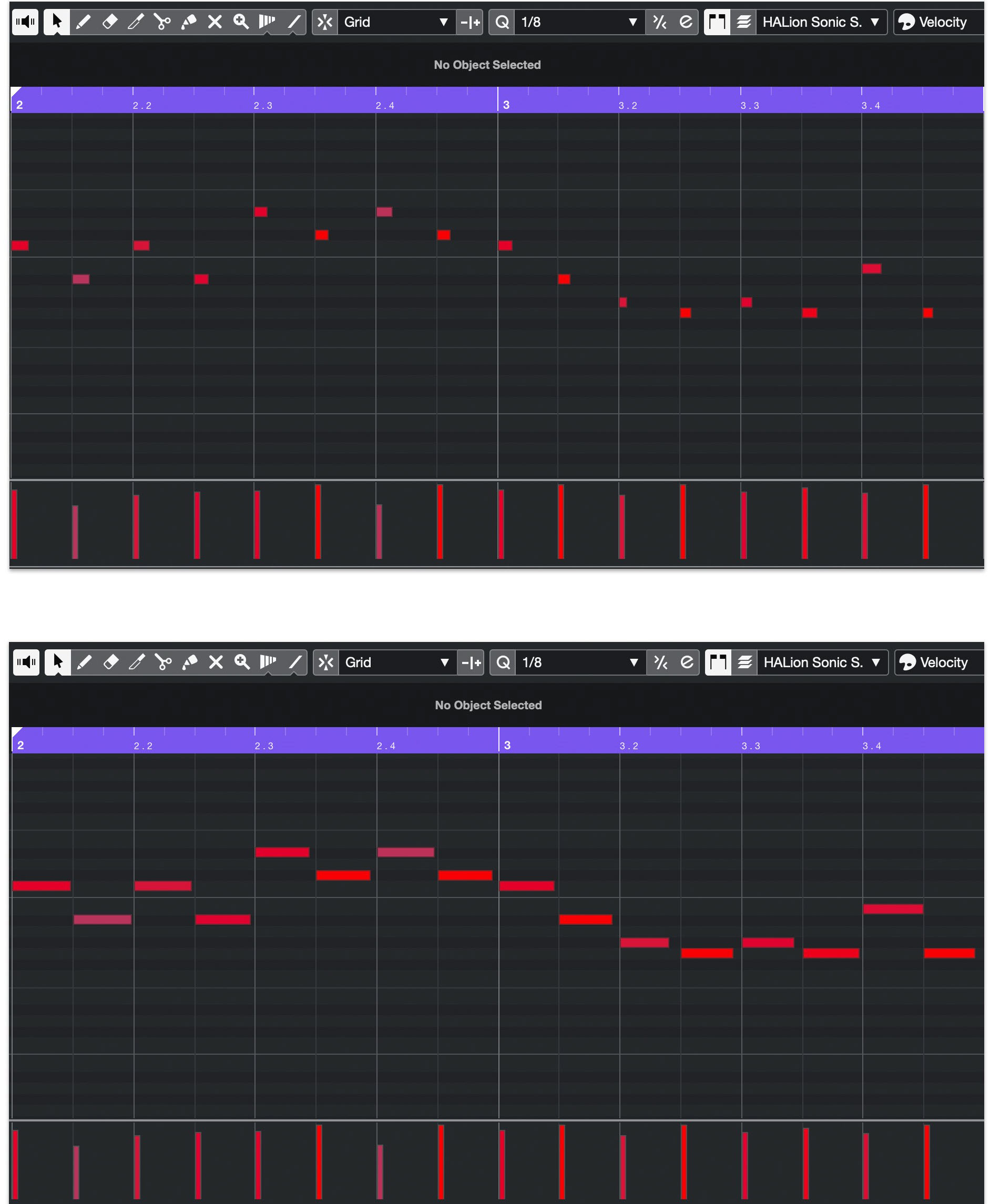
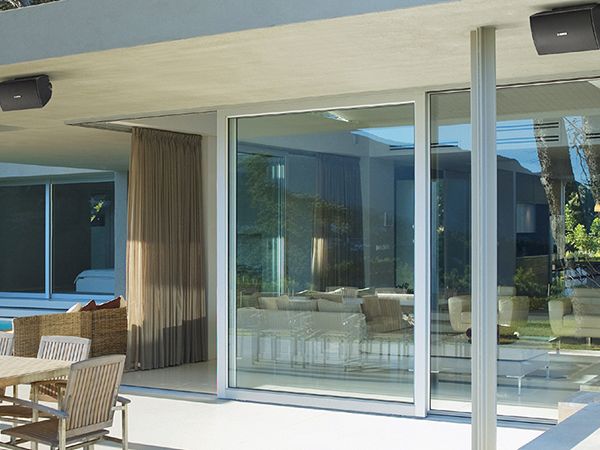
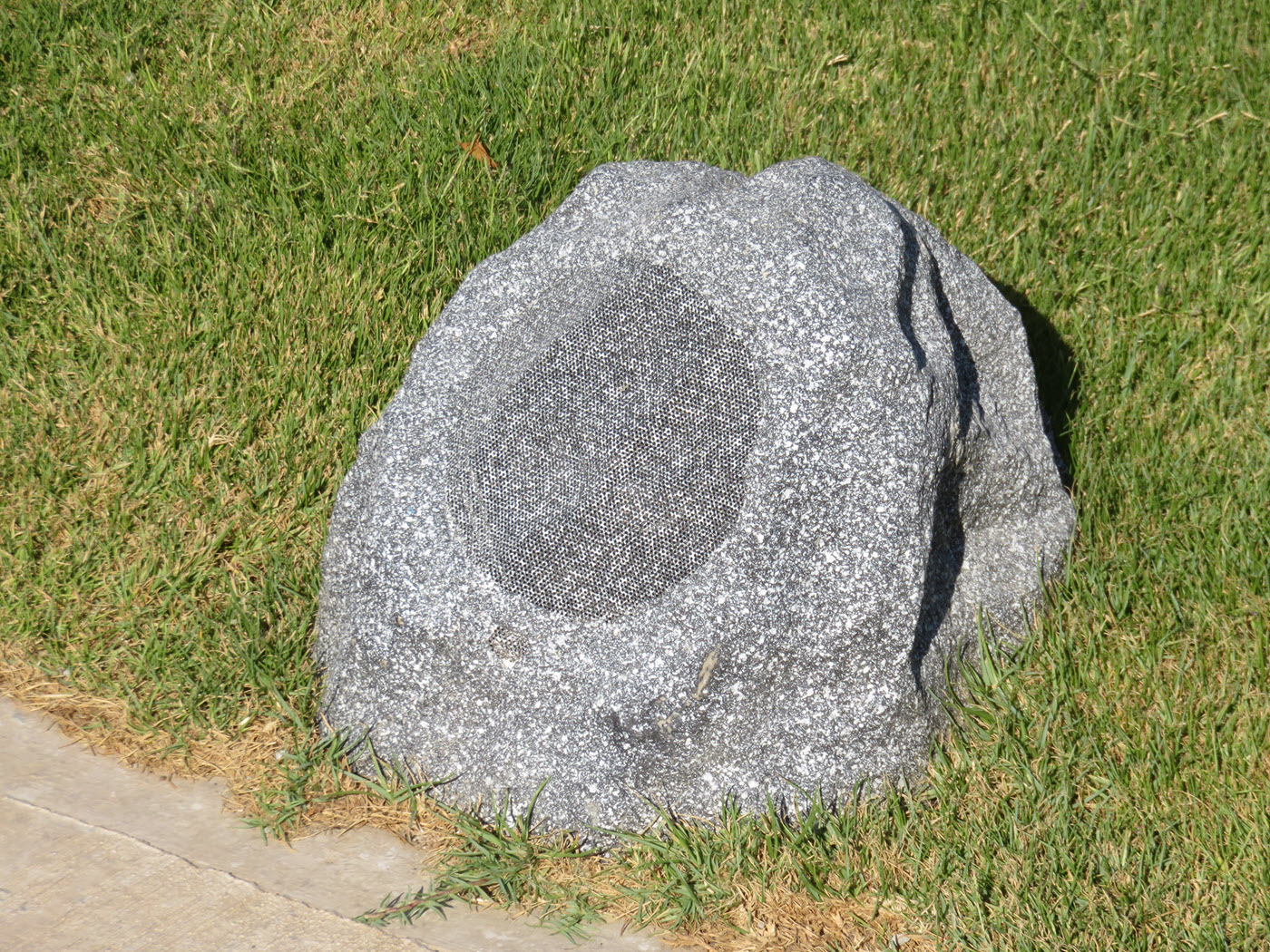


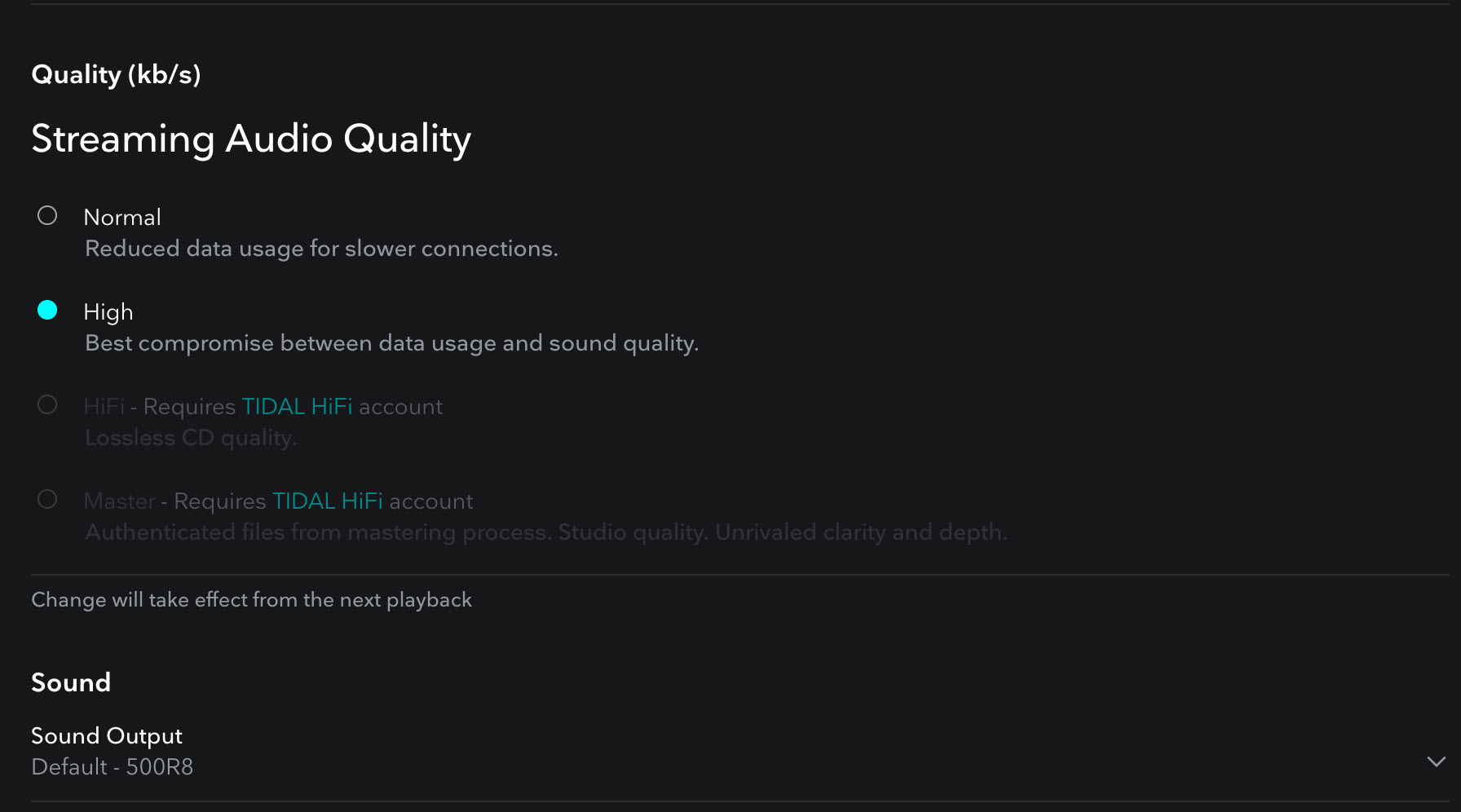



 The Happiness Mix Project
The Happiness Mix Project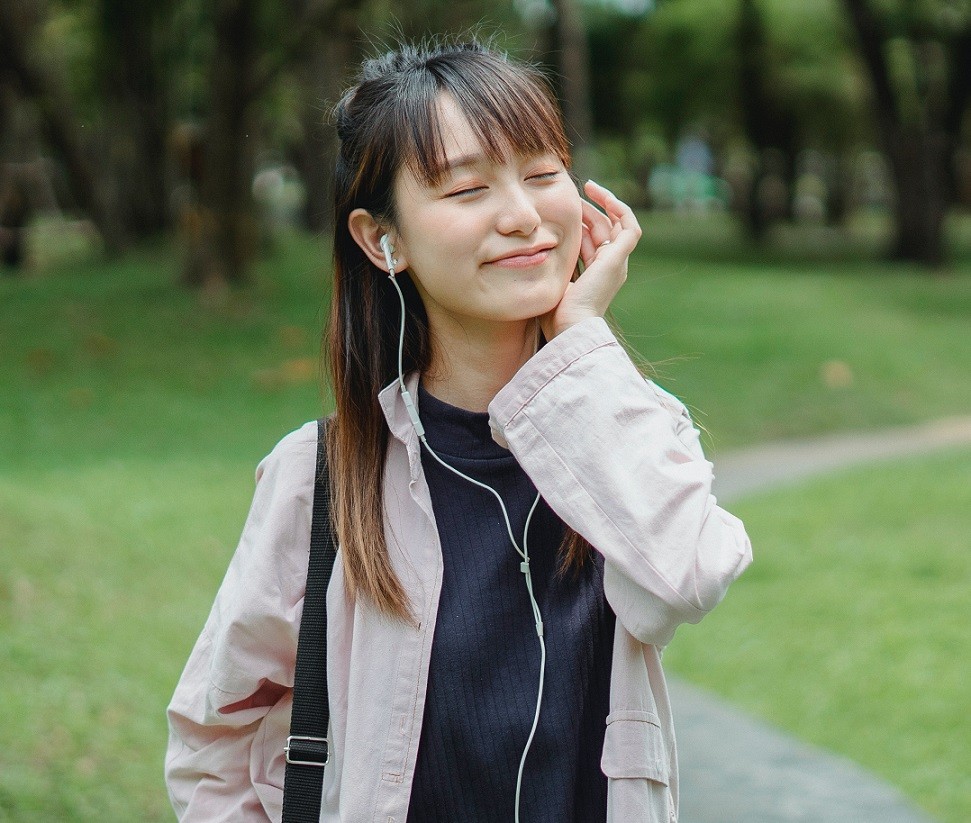 Once students can tell a sad song from a scary song from a happy song, he says, “I would say, let’s recognize we can use songs to feel better when we feel sad, and start asking the ‘why’ questions.”
Once students can tell a sad song from a scary song from a happy song, he says, “I would say, let’s recognize we can use songs to feel better when we feel sad, and start asking the ‘why’ questions.”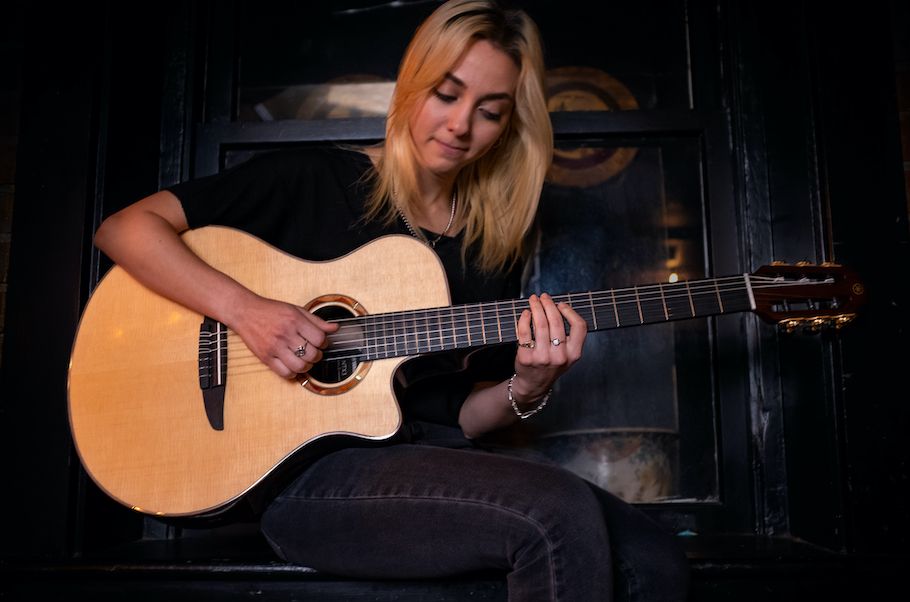


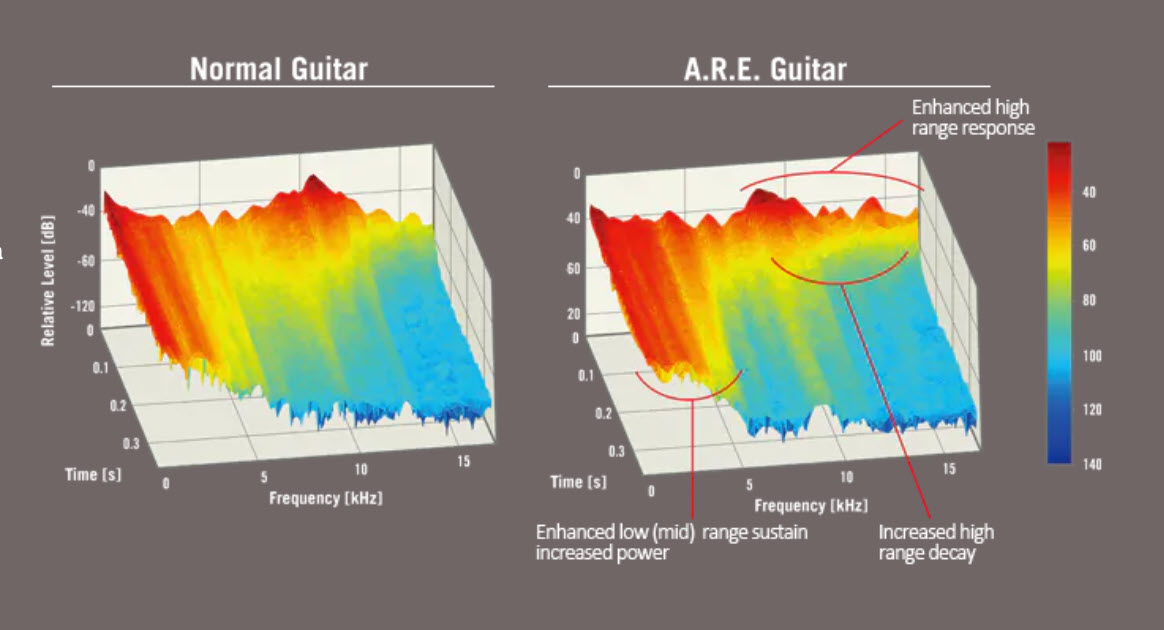
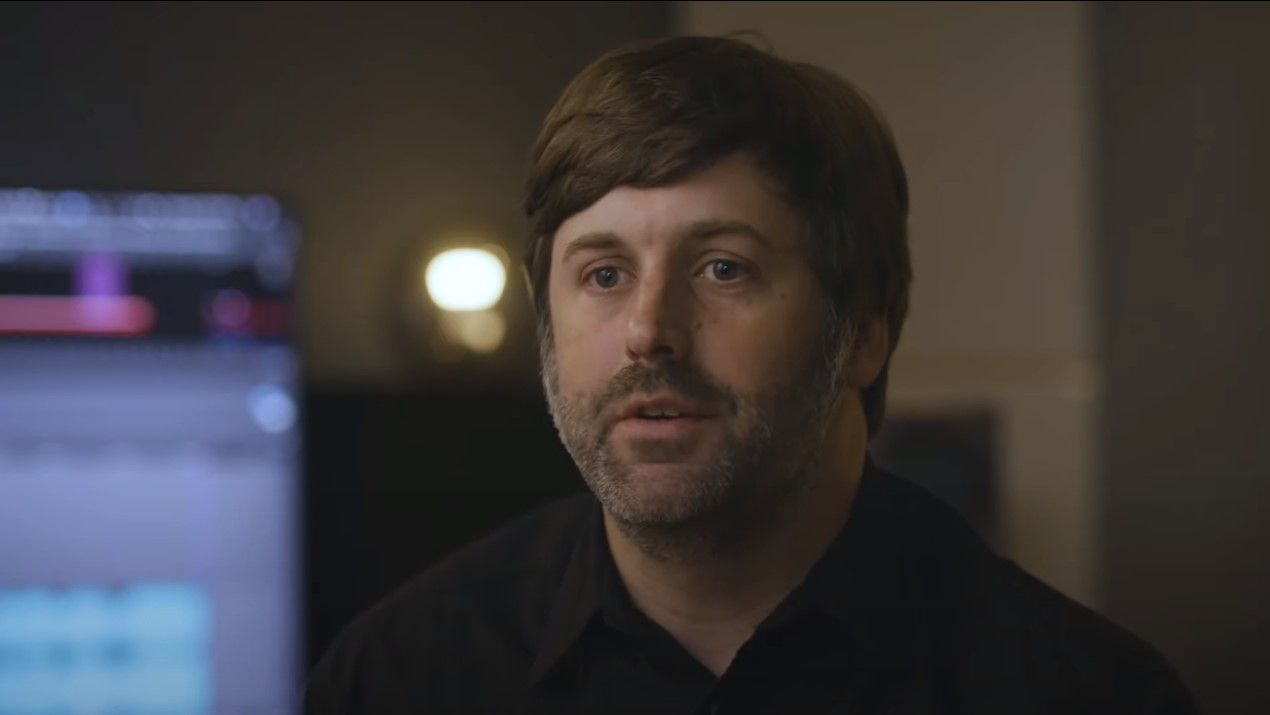














 Looking at an explosion of population on the northside of San Antonio, the NEISD 2005 bond aimed to relieve stress on Reagan, which had a capacity of 3,000 students, but enrollment was approaching 4,000. The initial plans for Johnson provided for a capacity of 3,000 students, but during construction, administrators approved an additional wing that expanded capacity to 3,200. The new campus included a 4,000-square-foot music rehearsal hall.
Looking at an explosion of population on the northside of San Antonio, the NEISD 2005 bond aimed to relieve stress on Reagan, which had a capacity of 3,000 students, but enrollment was approaching 4,000. The initial plans for Johnson provided for a capacity of 3,000 students, but during construction, administrators approved an additional wing that expanded capacity to 3,200. The new campus included a 4,000-square-foot music rehearsal hall.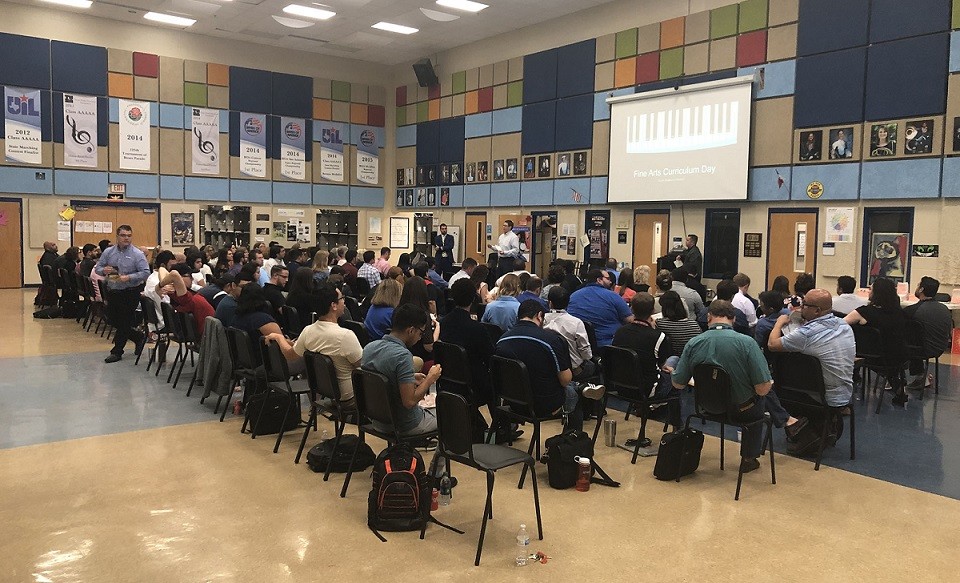
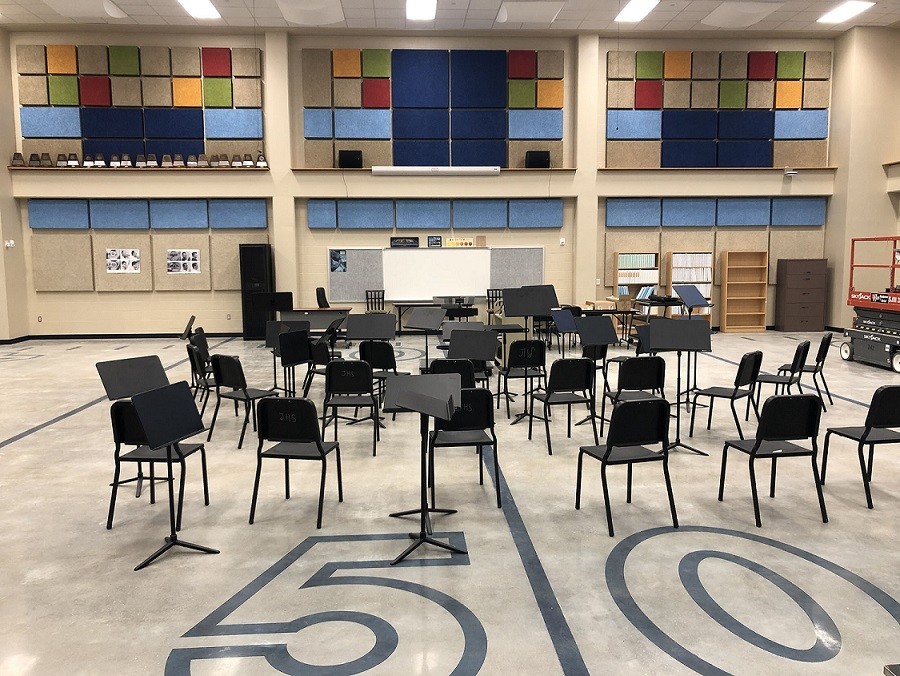 The CBAC identified Reagan, Johnson and
The CBAC identified Reagan, Johnson and 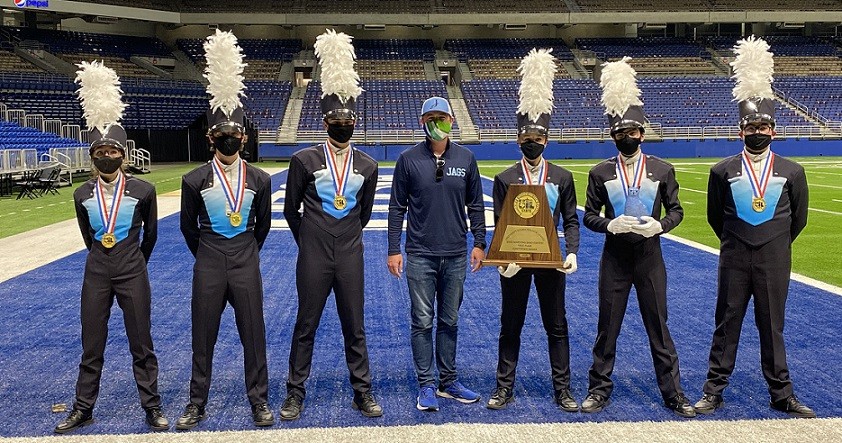

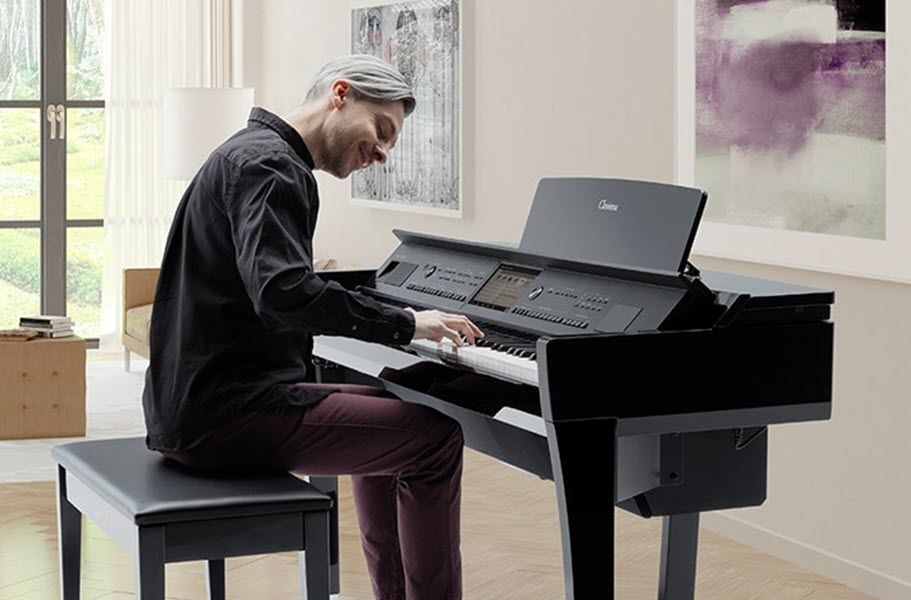
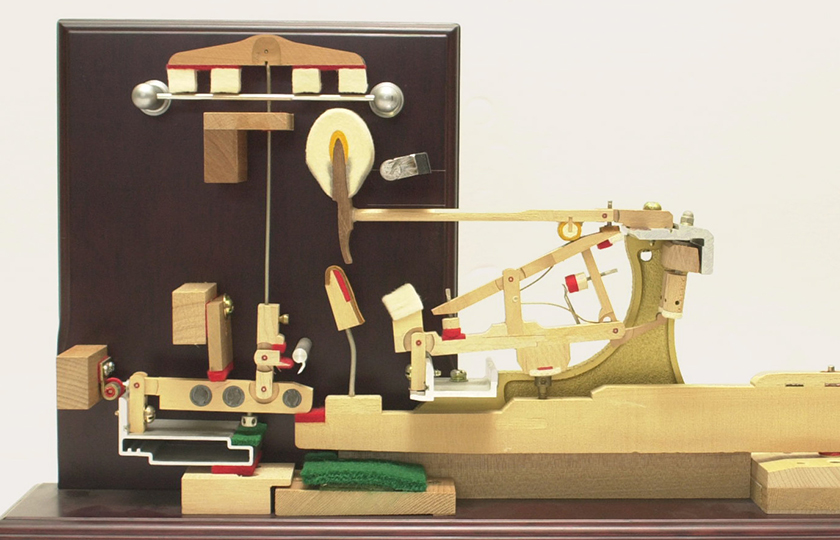
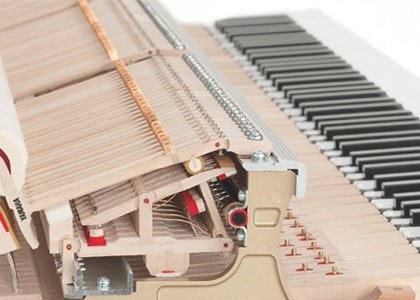
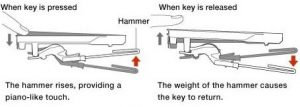
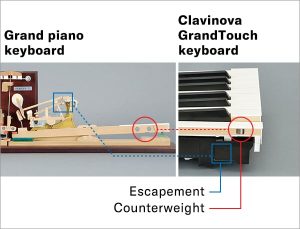
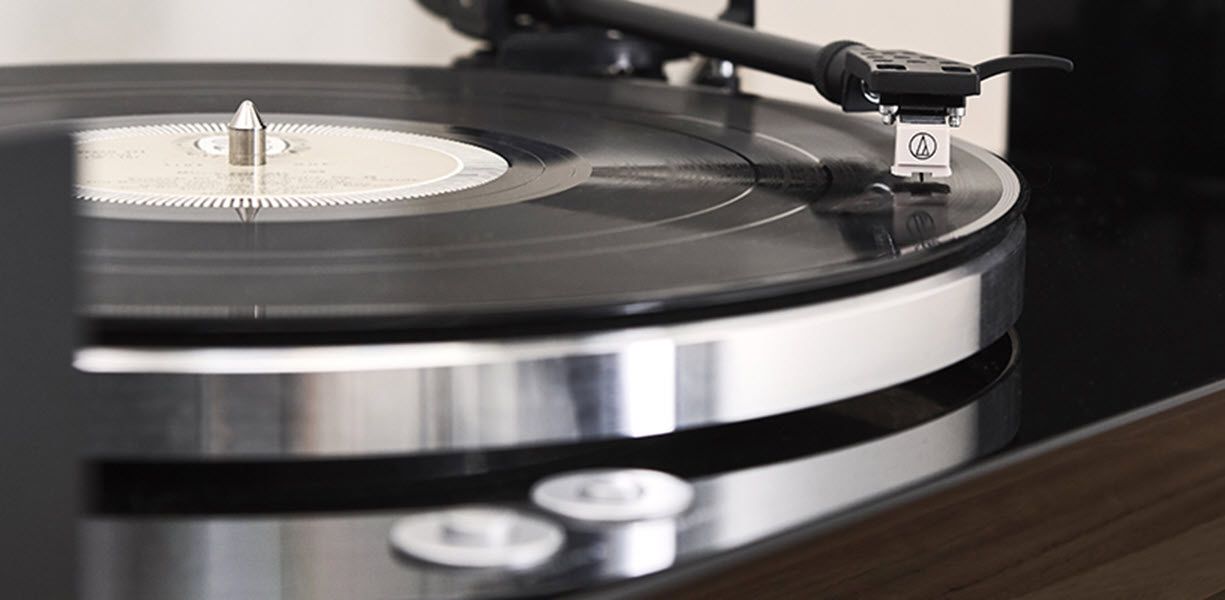
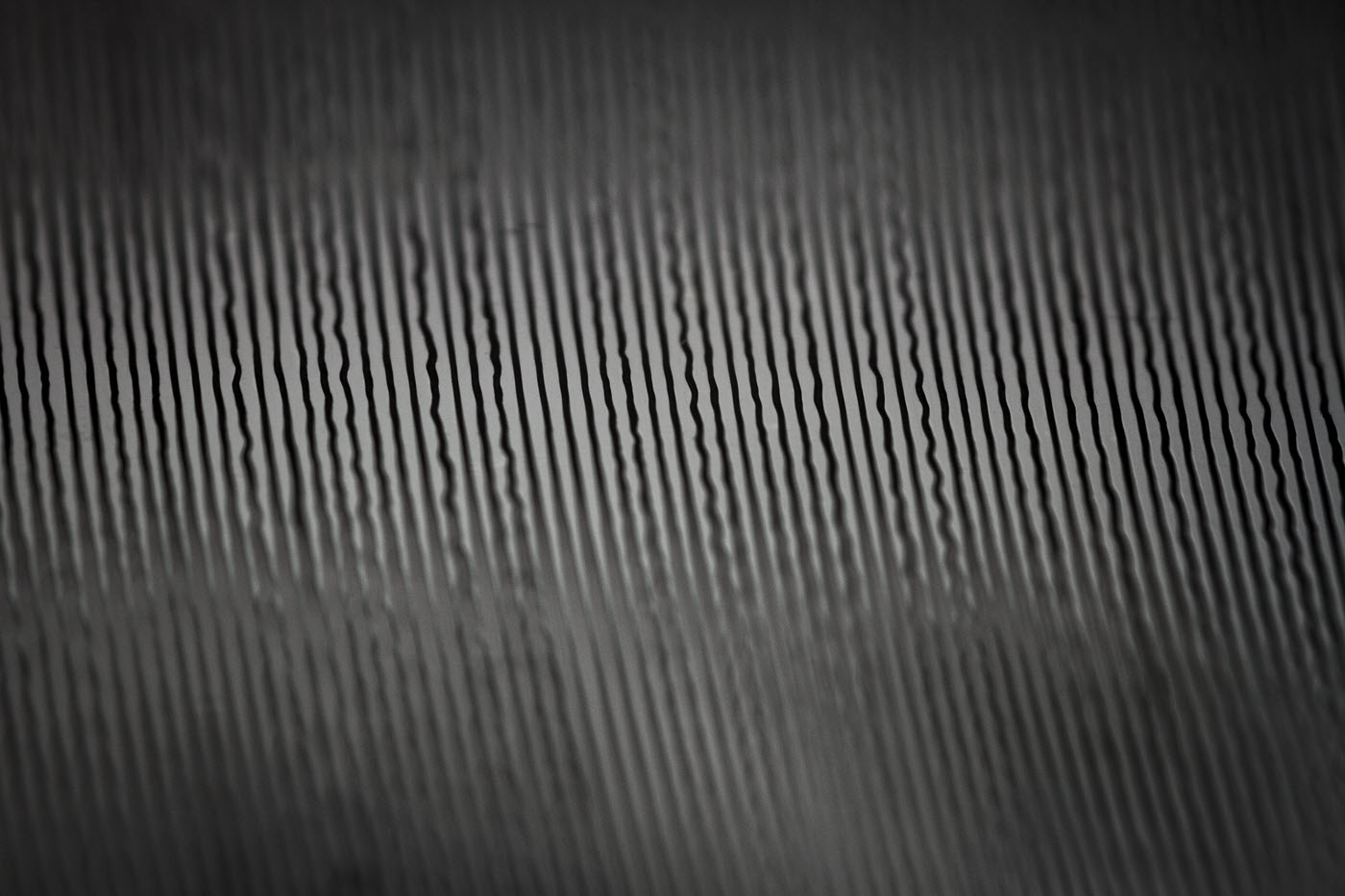






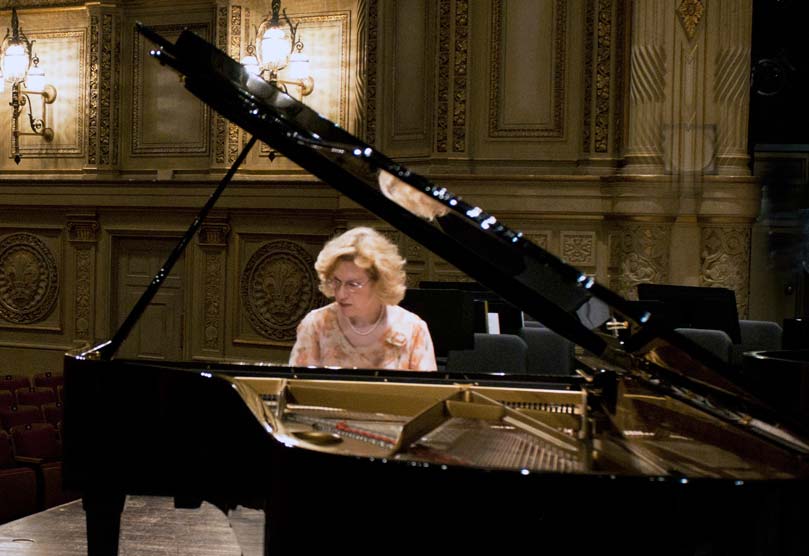
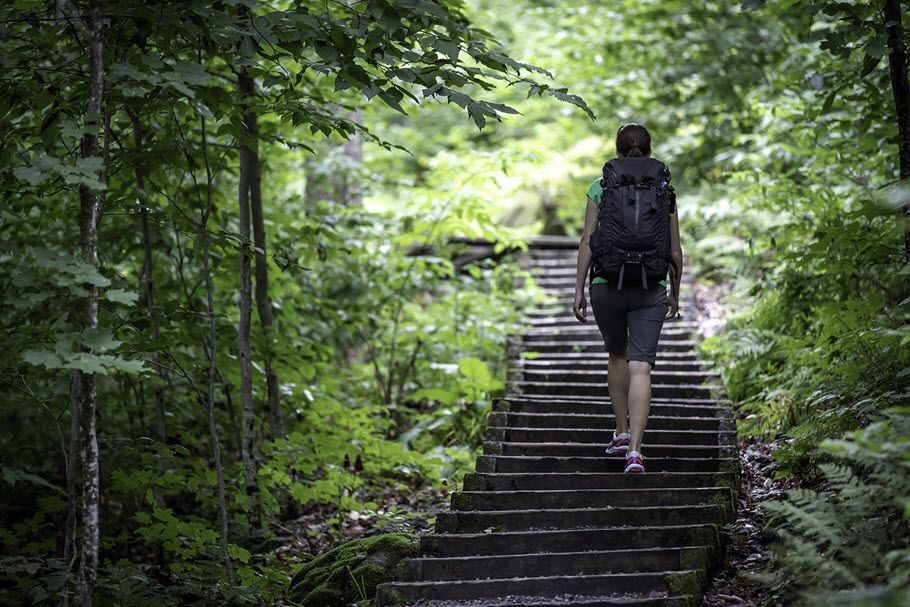
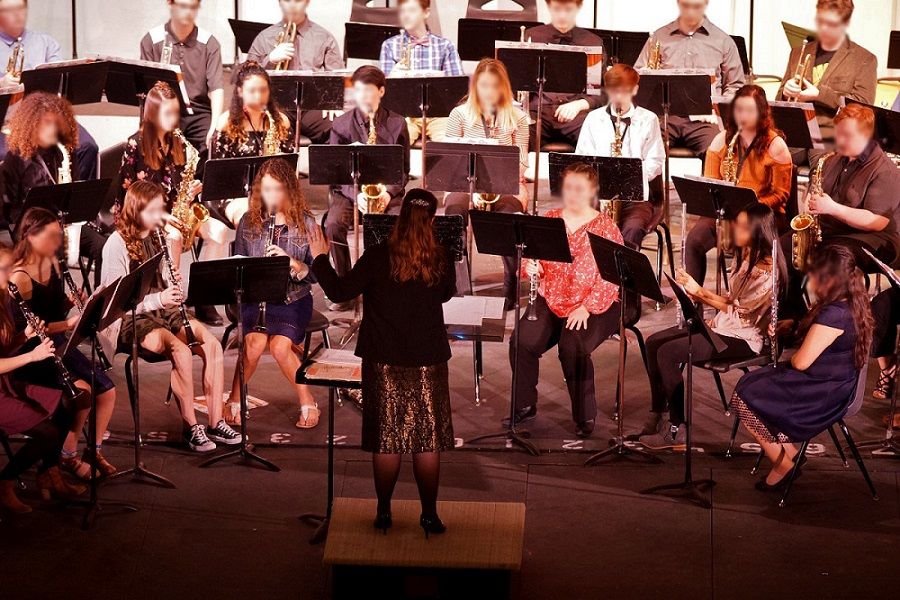
 Thankfully, our district had recently made the music librarian the de facto music coordinator for the district, so I went to him and asked for his help and support. Additionally, I came up with several plans of my own. I was not allowed to charge band participation fees, but I could charge instrument rental fees. We have some instruments in the district rental pool, and some instruments at the schools. For the school instruments, I could charge the same rental fees as the district, and I used that money to fund a repair and supply budget. This went into effect almost immediately.
Thankfully, our district had recently made the music librarian the de facto music coordinator for the district, so I went to him and asked for his help and support. Additionally, I came up with several plans of my own. I was not allowed to charge band participation fees, but I could charge instrument rental fees. We have some instruments in the district rental pool, and some instruments at the schools. For the school instruments, I could charge the same rental fees as the district, and I used that money to fund a repair and supply budget. This went into effect almost immediately.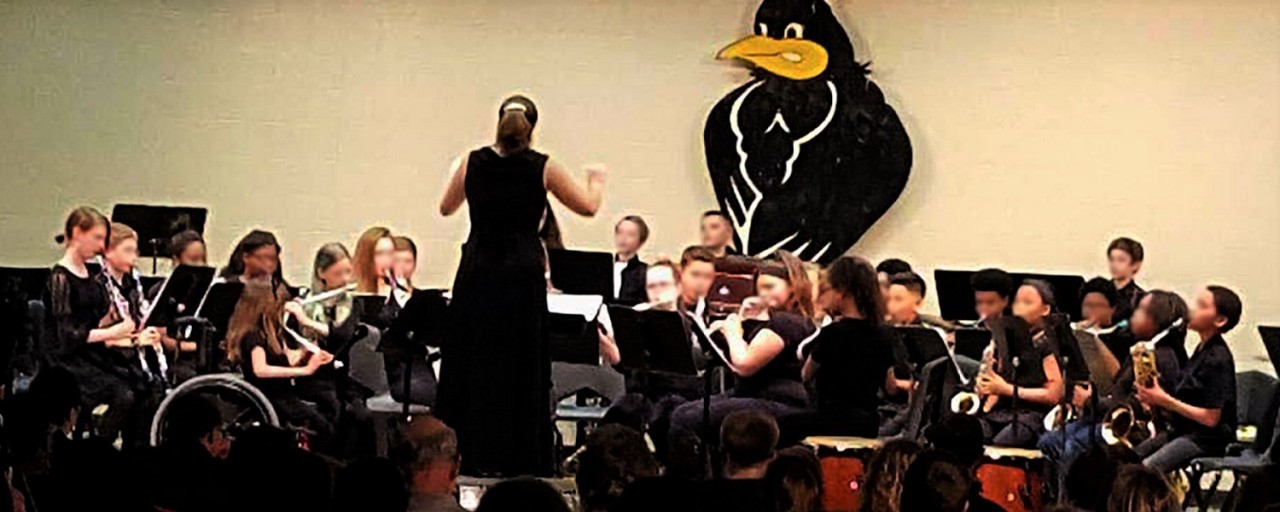 To recruit students for the beginning band at Meadows Elementary, I made sure to talk to all 5th graders on the third day of school along with the elementary strings teacher. She played her instruments, and I played several winds instruments including clarinet, trombone and trumpet. We answered questions and handed out interest forms, which also helped with instrumentation as we could assign students to their first or second instrument choices.
To recruit students for the beginning band at Meadows Elementary, I made sure to talk to all 5th graders on the third day of school along with the elementary strings teacher. She played her instruments, and I played several winds instruments including clarinet, trombone and trumpet. We answered questions and handed out interest forms, which also helped with instrumentation as we could assign students to their first or second instrument choices.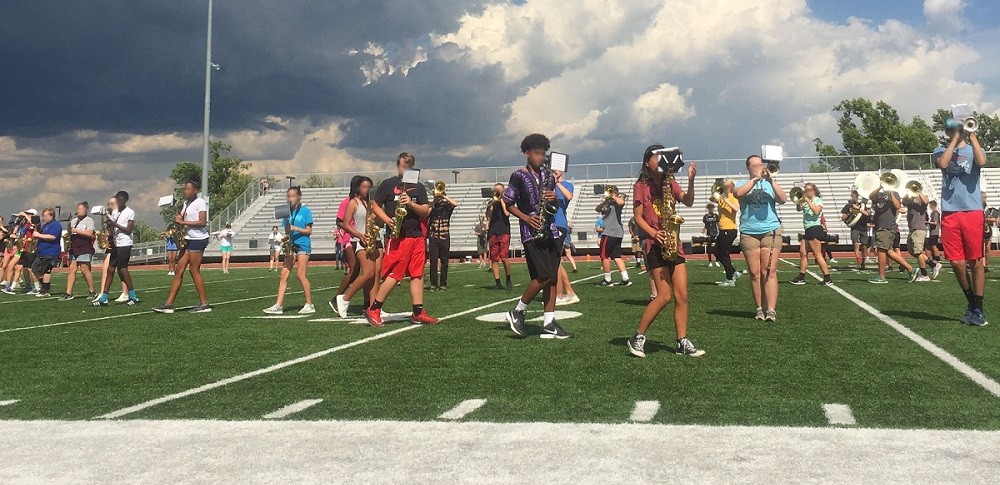 With each year of experience, I have gained more confidence as a music educator and have found better ways to be effective, efficient, and to challenge and support my students in the classroom. I have brought in guests from universities and local businesses to talk to my students and broaden their understanding of music. I have commissioned new works for my band as part of a consortium. I have taken my groups to festivals, tours and on trips to enrich their band experience. I just want to continue to challenge my students and let them experience life through the power of music.
With each year of experience, I have gained more confidence as a music educator and have found better ways to be effective, efficient, and to challenge and support my students in the classroom. I have brought in guests from universities and local businesses to talk to my students and broaden their understanding of music. I have commissioned new works for my band as part of a consortium. I have taken my groups to festivals, tours and on trips to enrich their band experience. I just want to continue to challenge my students and let them experience life through the power of music.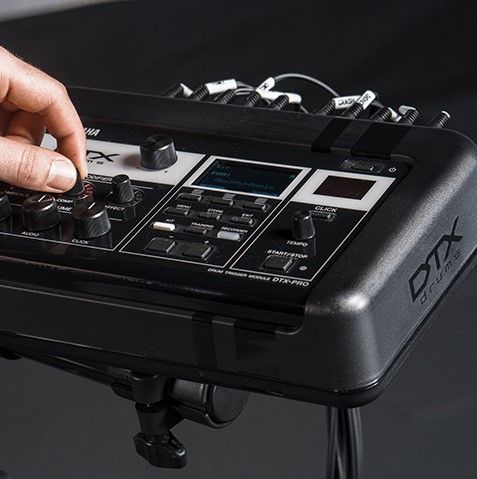
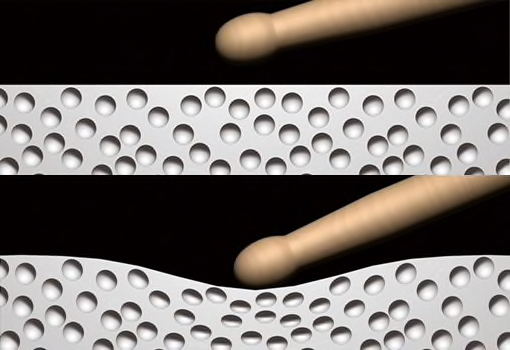
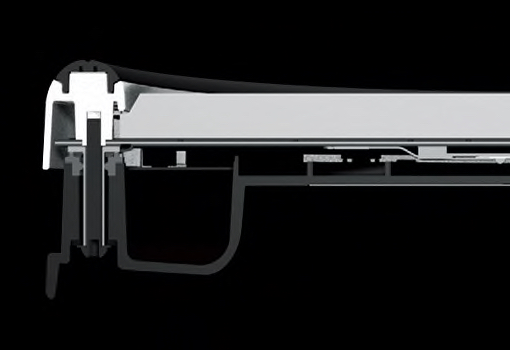
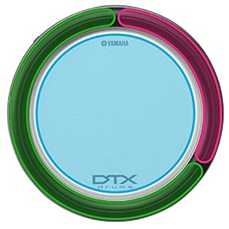
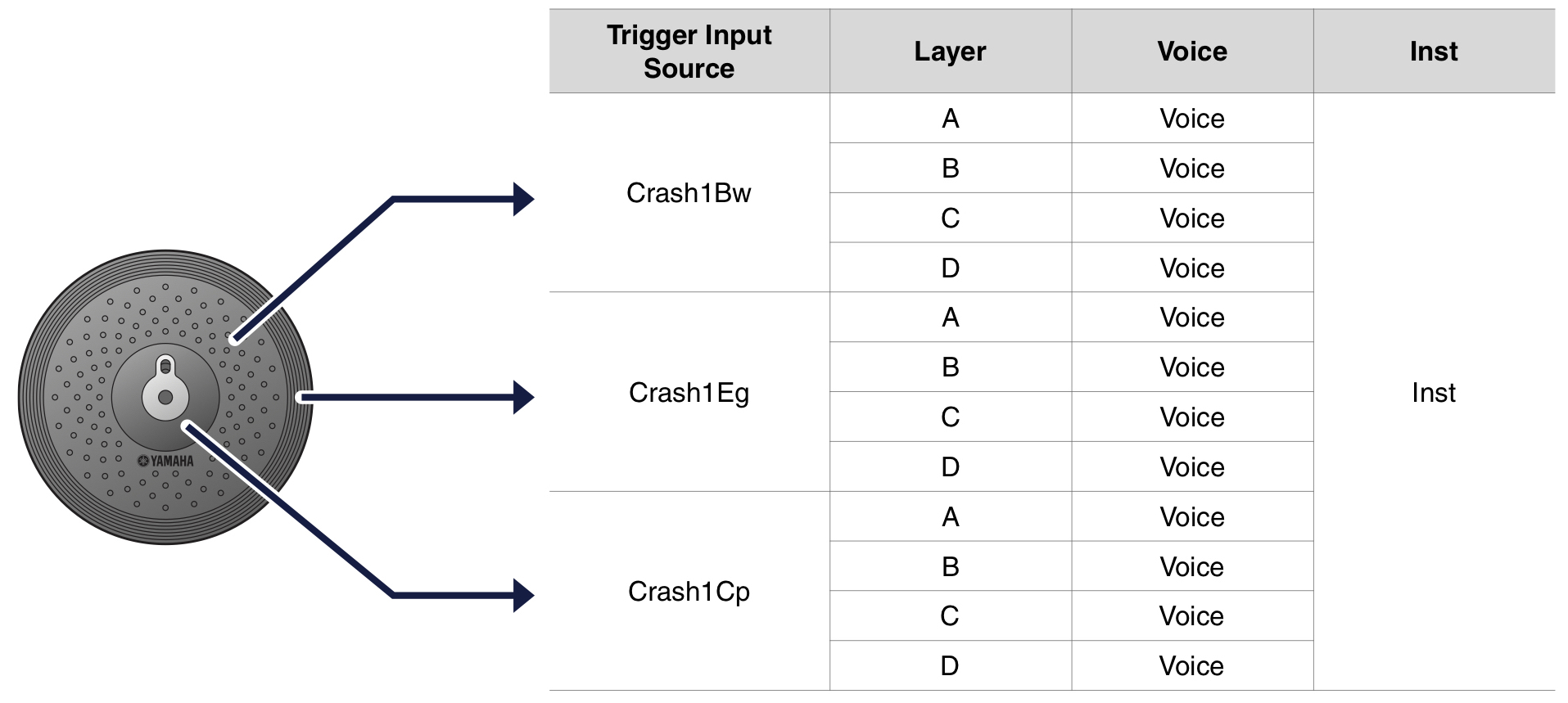
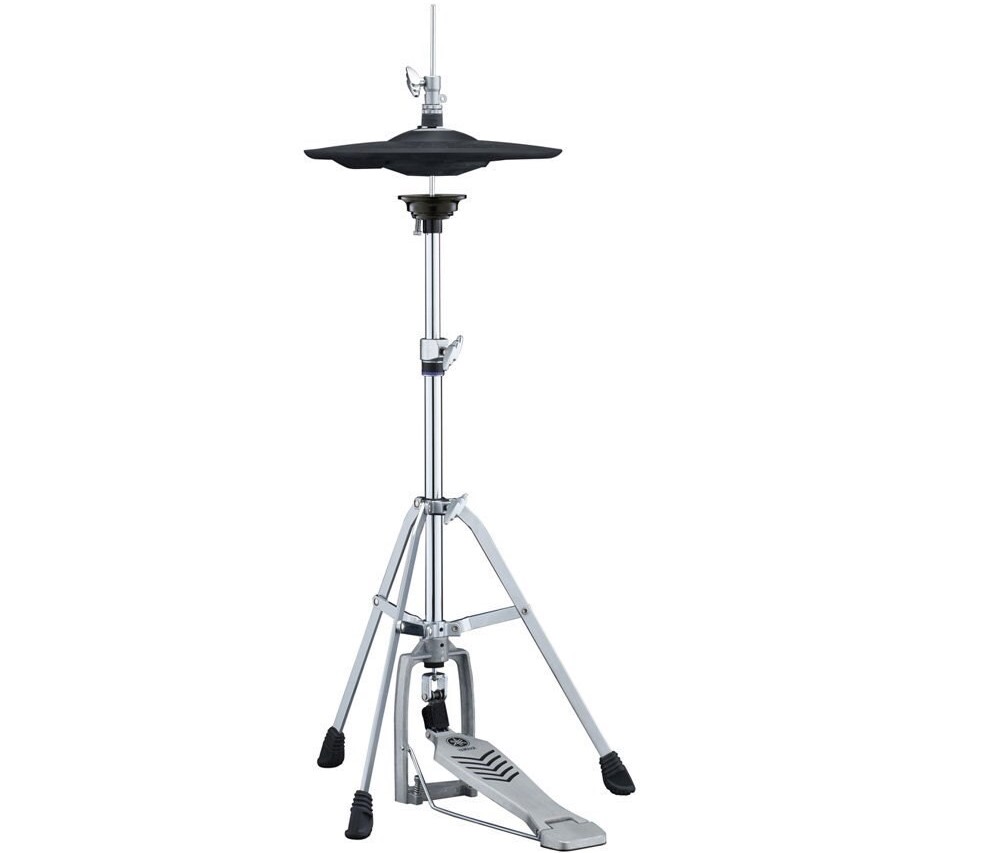
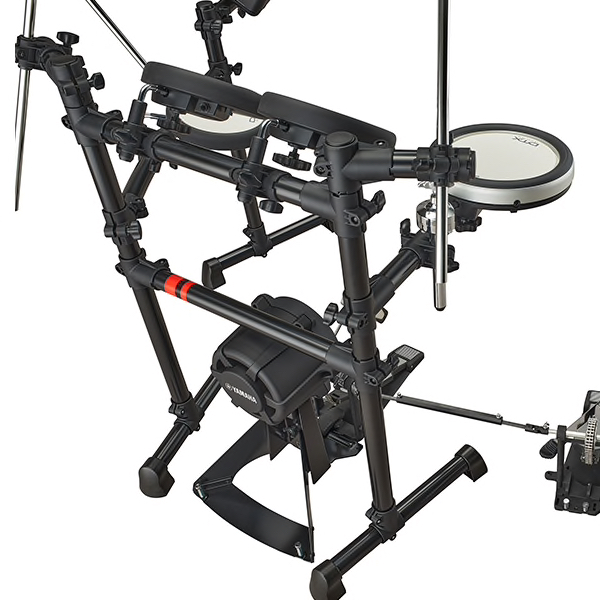

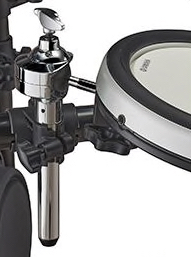
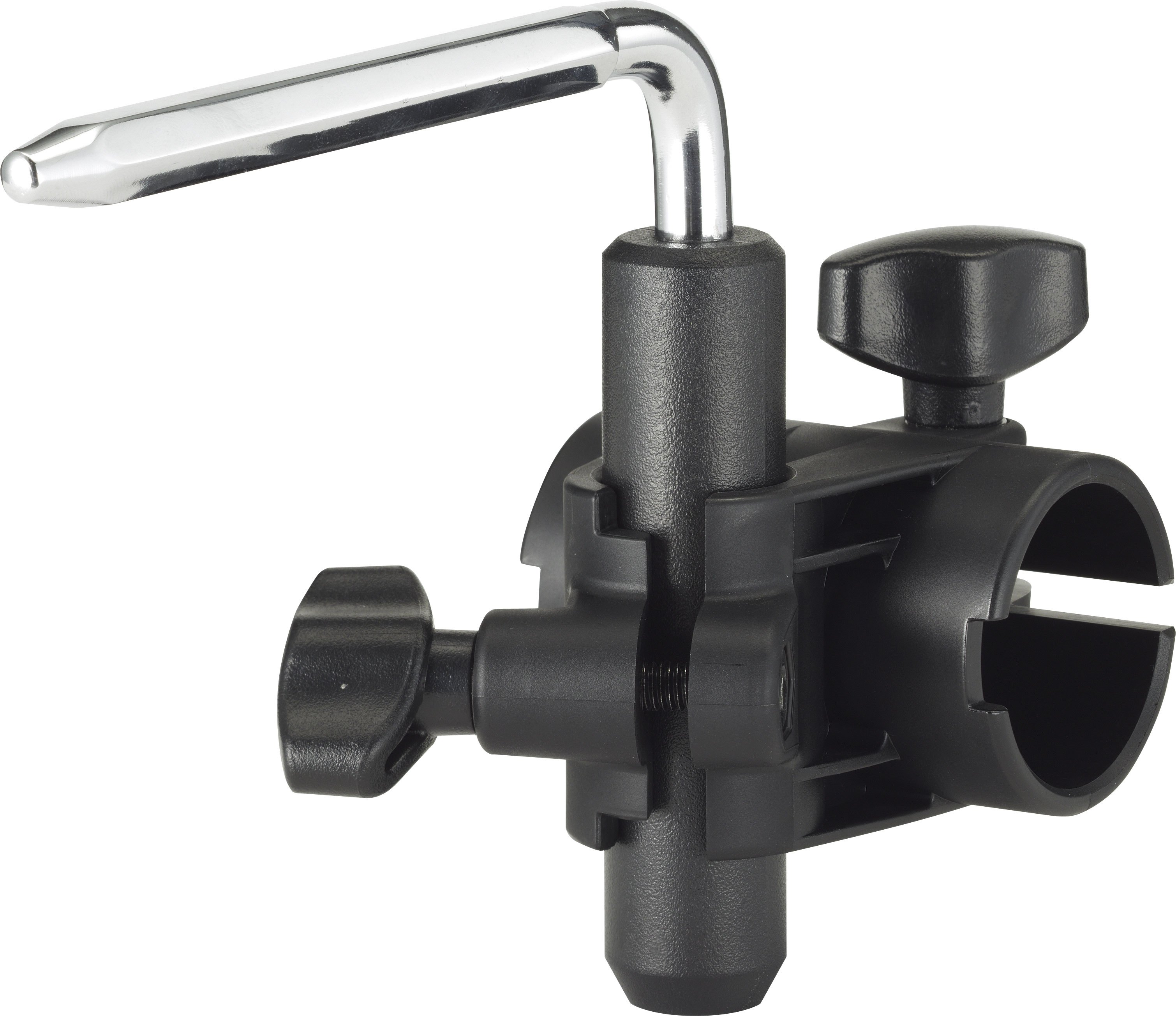
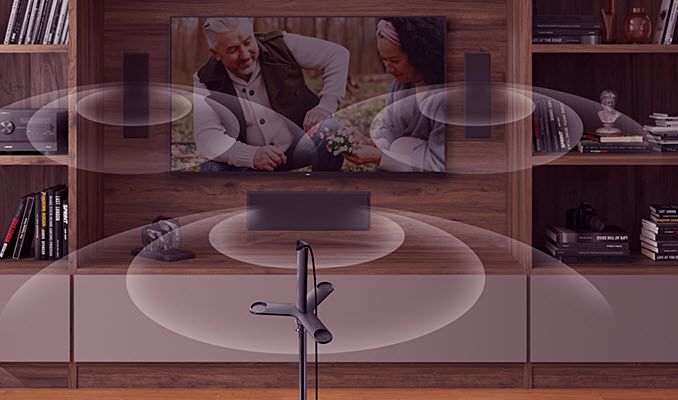



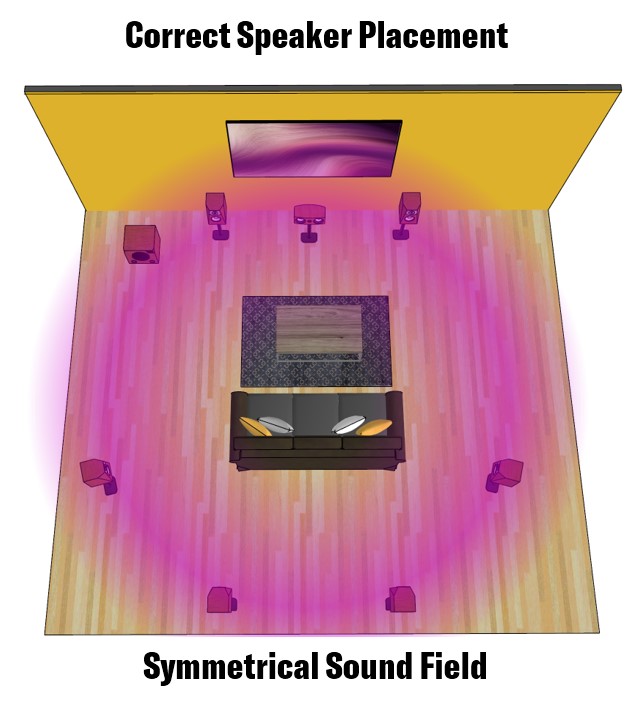
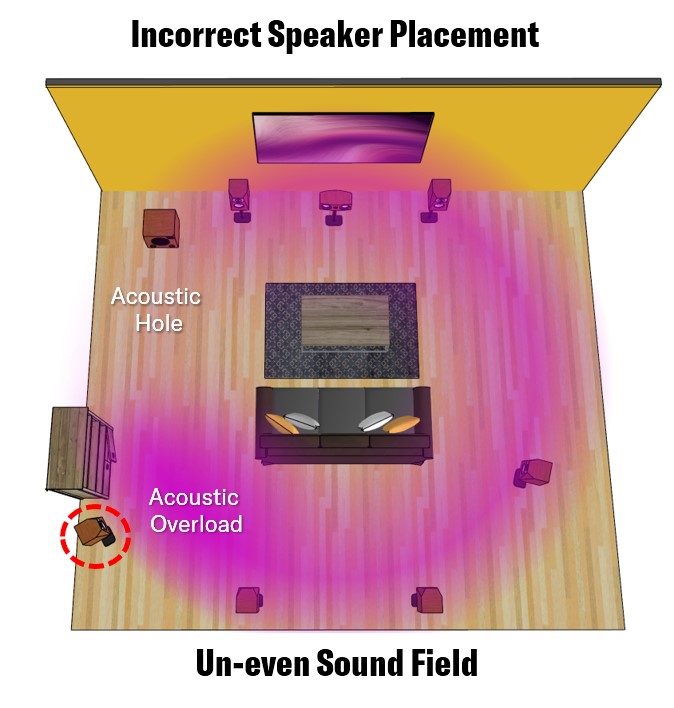
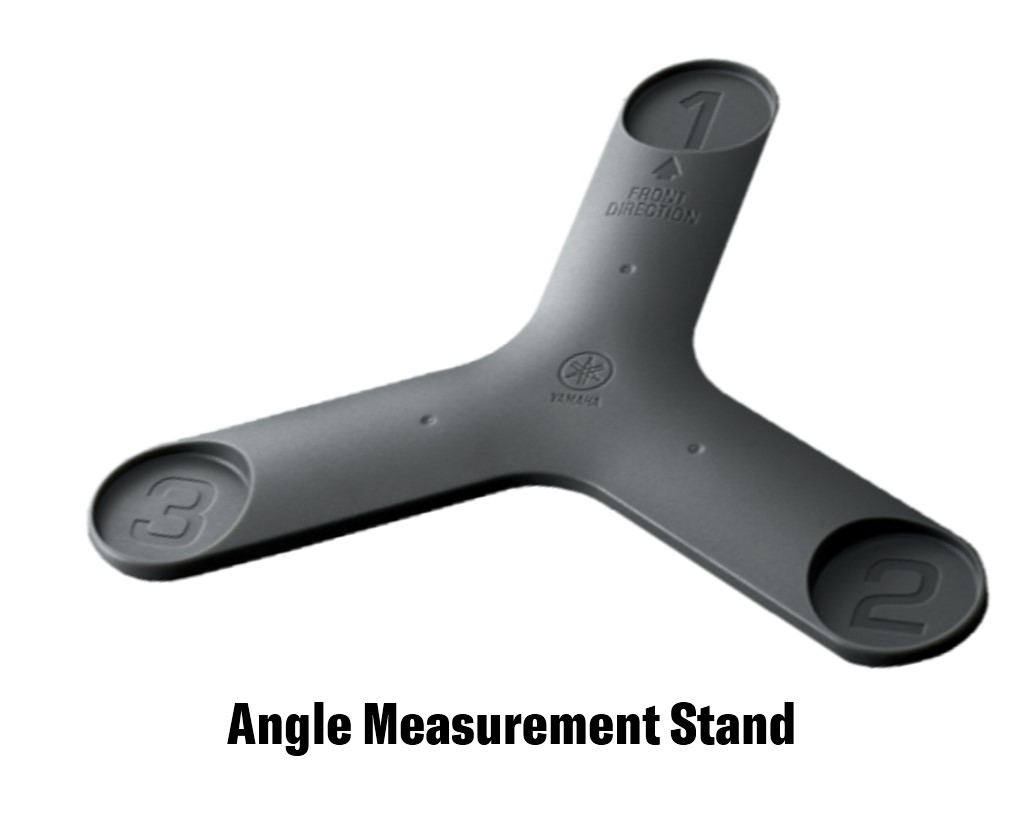
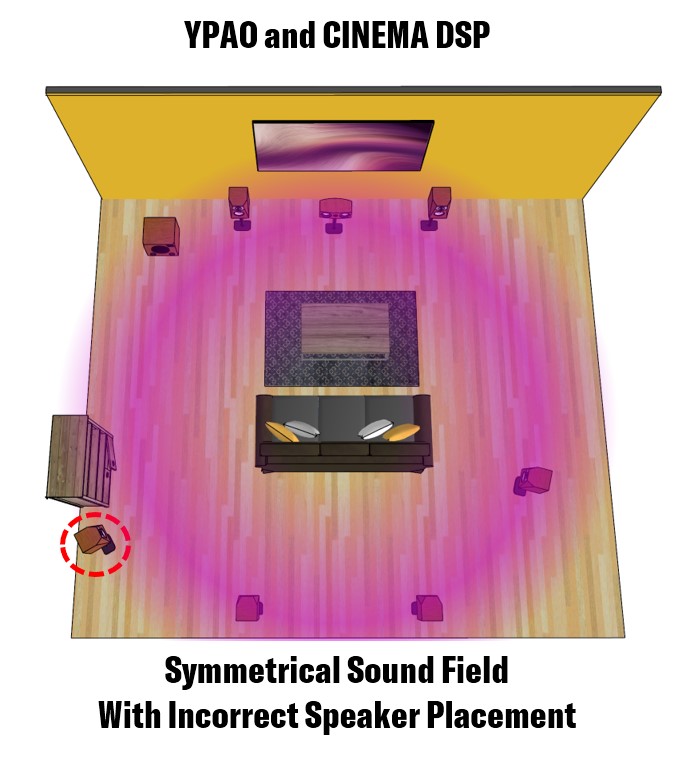
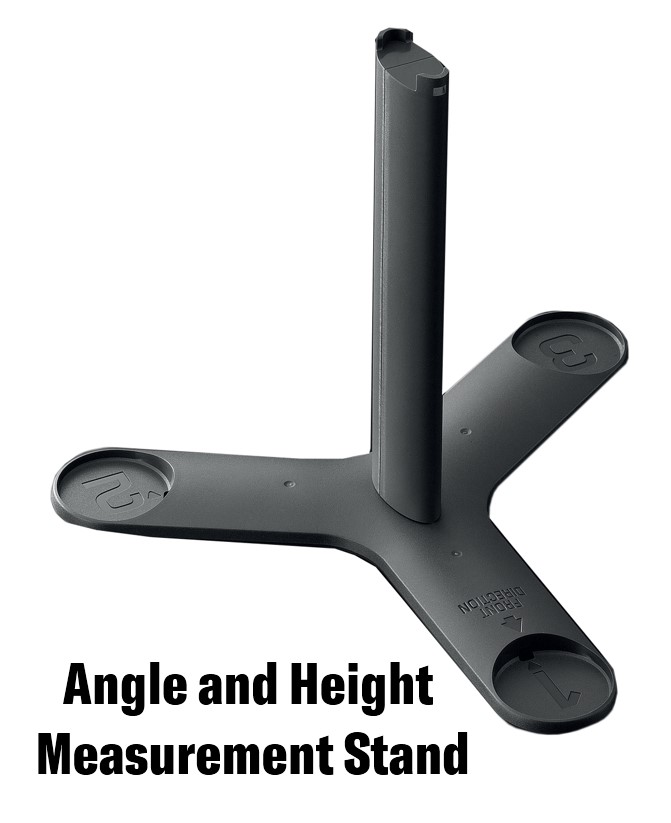
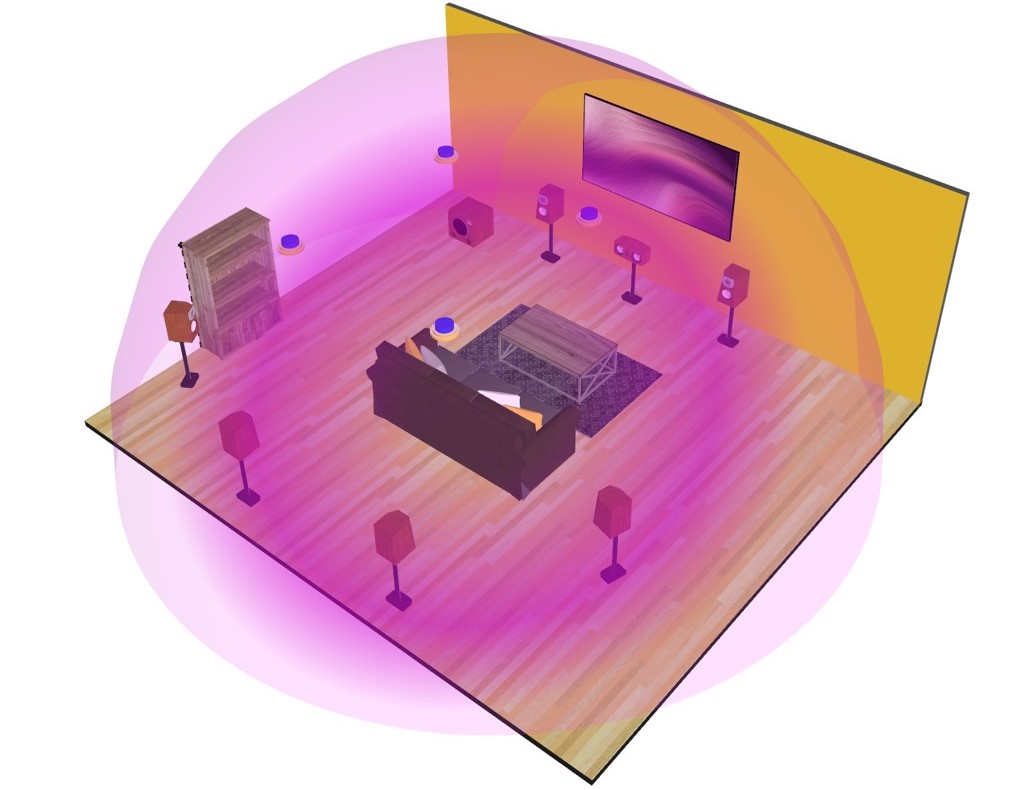
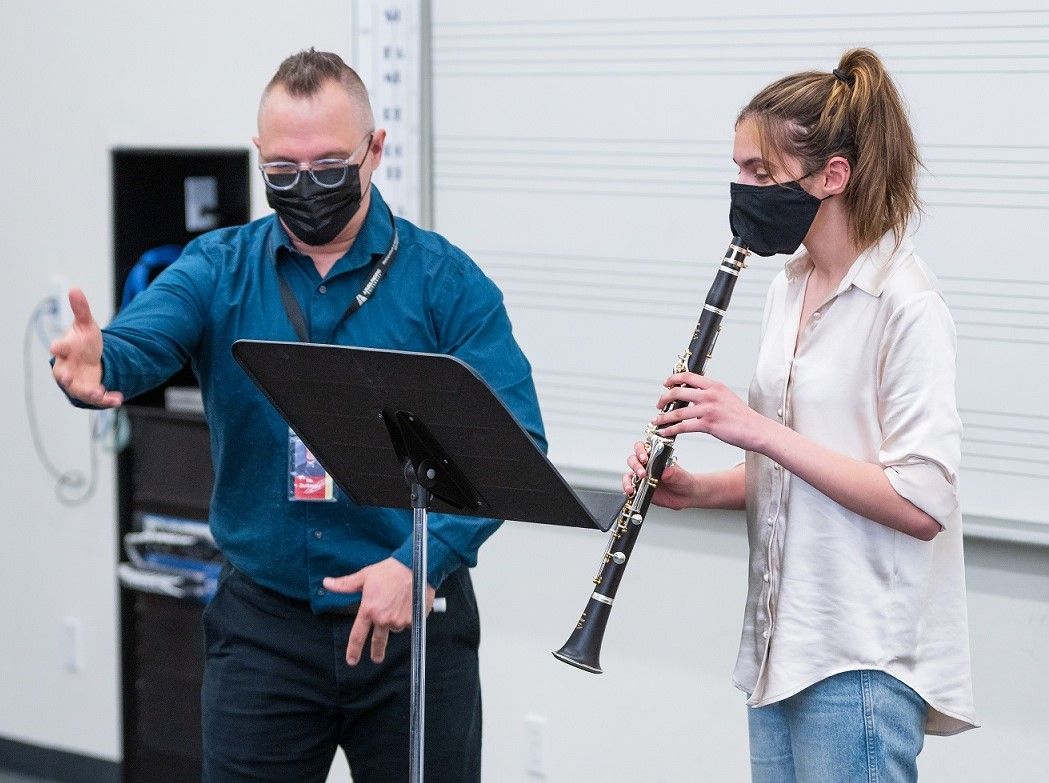
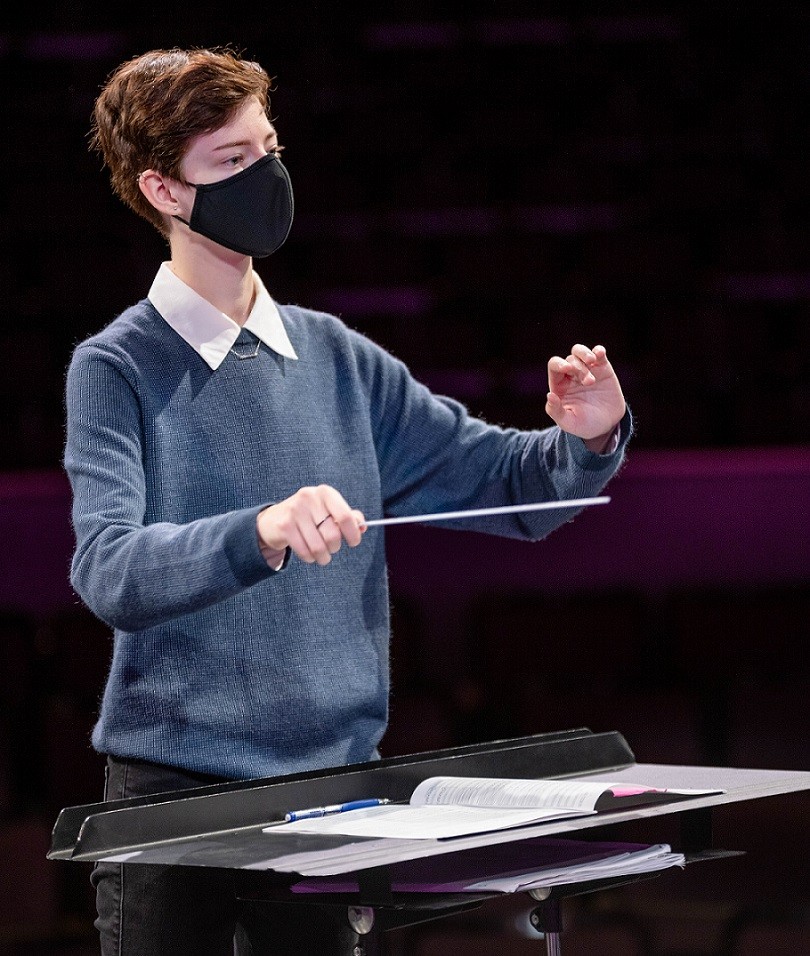
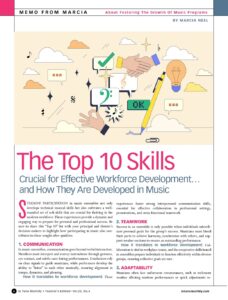
 In past years, Zeilinger has even taught hand bell and steel drums when students express the desire. “When I see the interest, I’m going to go down that path because I want my students’ high school experiences to be memorable. … My program is really focused on developing the desire among students to pursue something they’re passionate about.”
In past years, Zeilinger has even taught hand bell and steel drums when students express the desire. “When I see the interest, I’m going to go down that path because I want my students’ high school experiences to be memorable. … My program is really focused on developing the desire among students to pursue something they’re passionate about.” Starting in the 2021-2022 school year, students will have the option to participate in the academy and benefit from a field trip to the
Starting in the 2021-2022 school year, students will have the option to participate in the academy and benefit from a field trip to the 

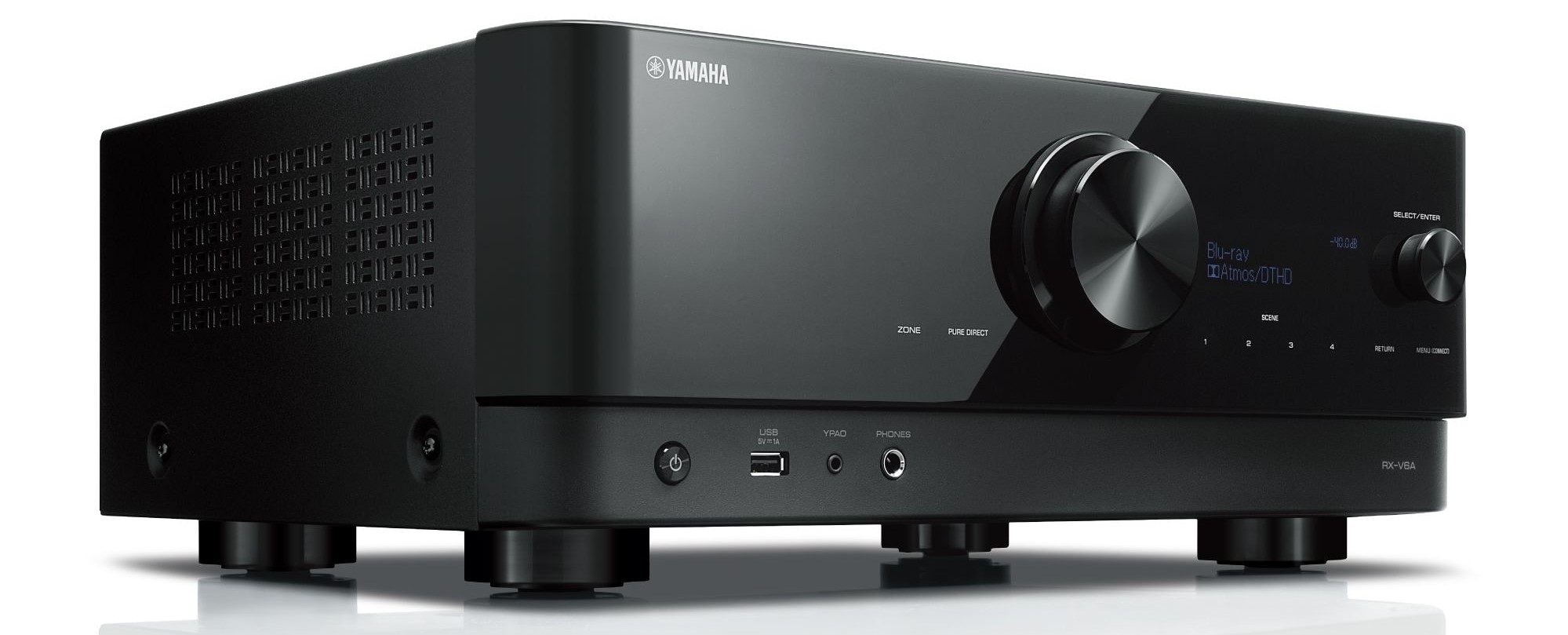


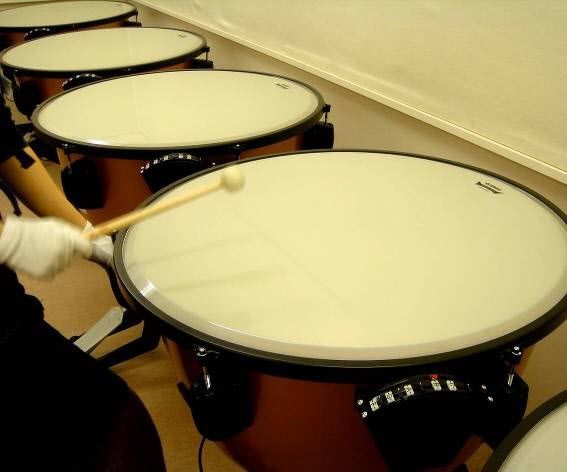
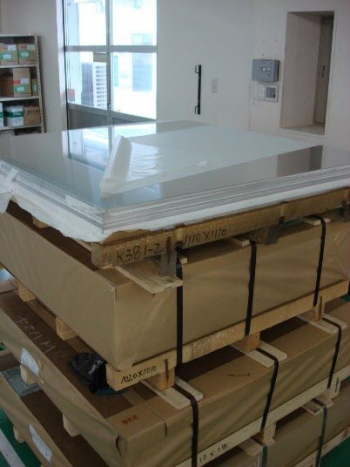

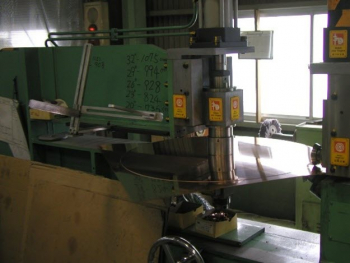
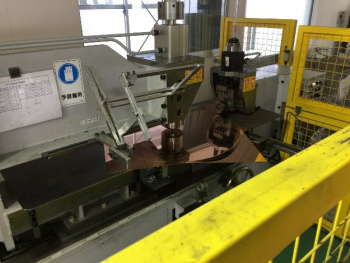







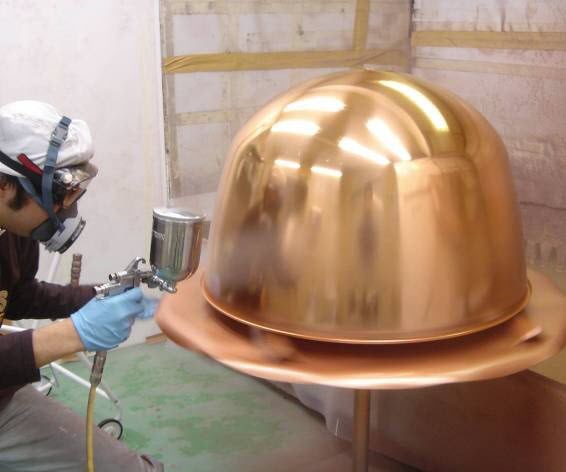


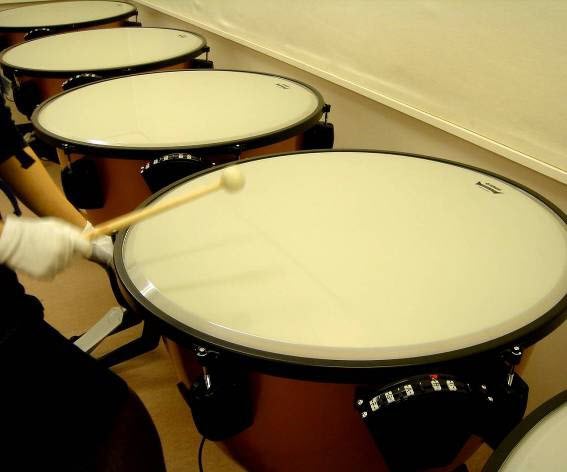


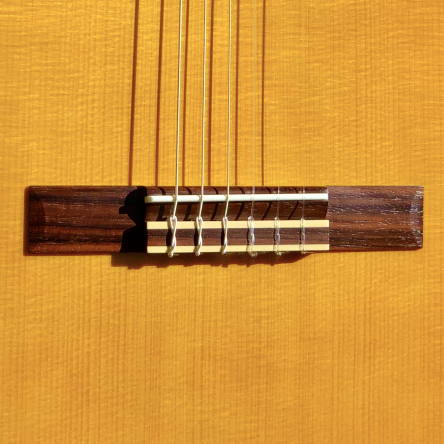
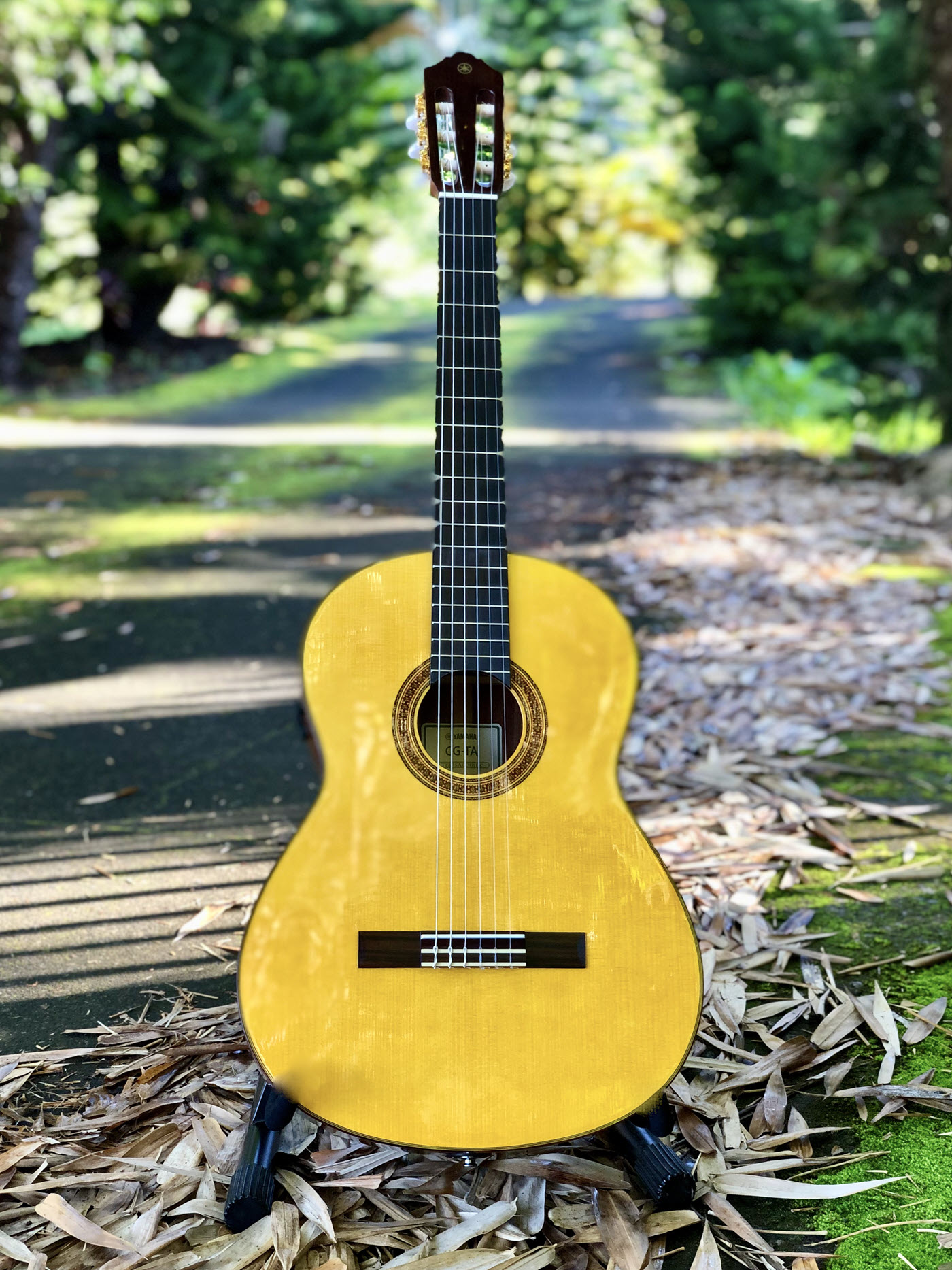

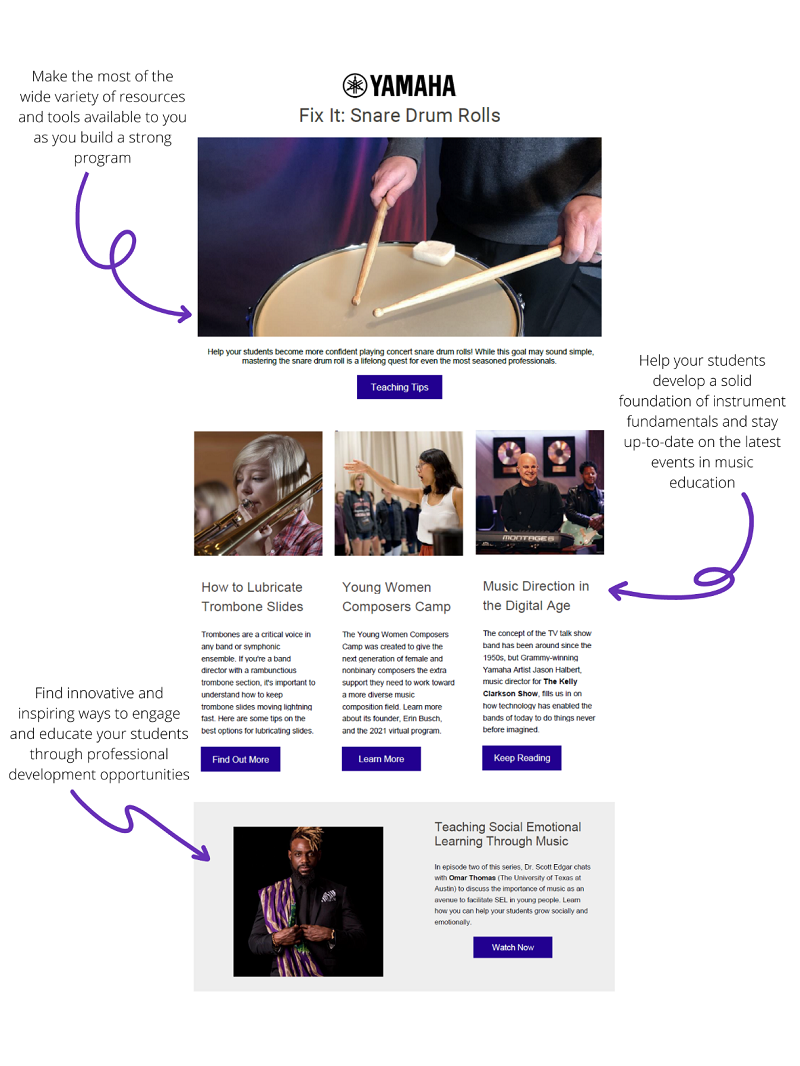
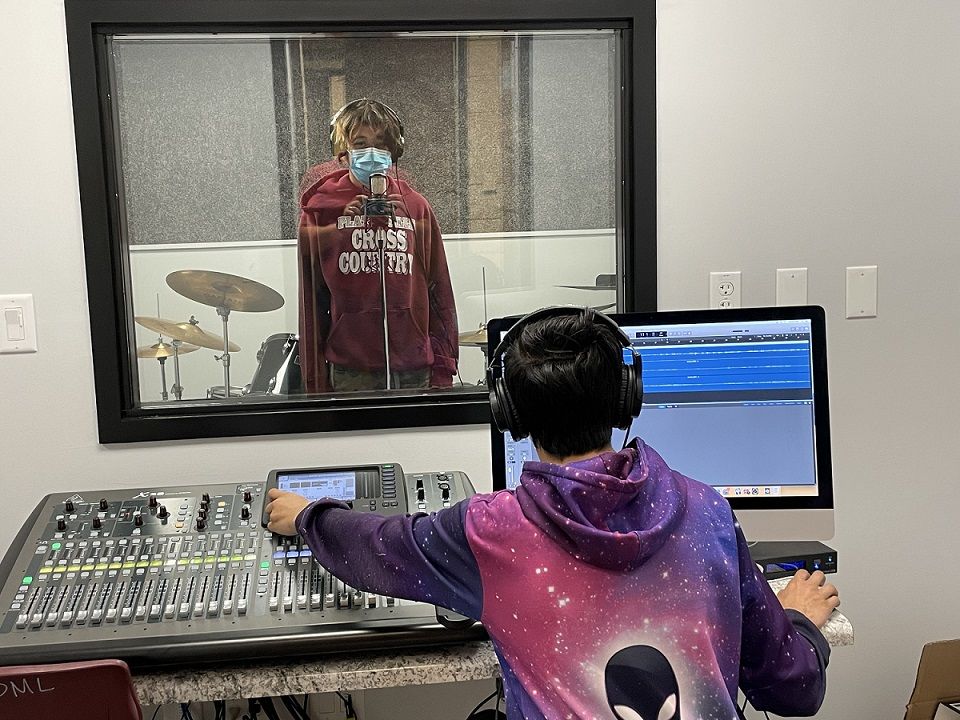
 Often, teachers are intrinsically driven to make the favored ensemble from their past the highest quality possible because they have such a clear picture of what they want, they know what success looks like, and they have a strong connection to that particular ensemble.
Often, teachers are intrinsically driven to make the favored ensemble from their past the highest quality possible because they have such a clear picture of what they want, they know what success looks like, and they have a strong connection to that particular ensemble.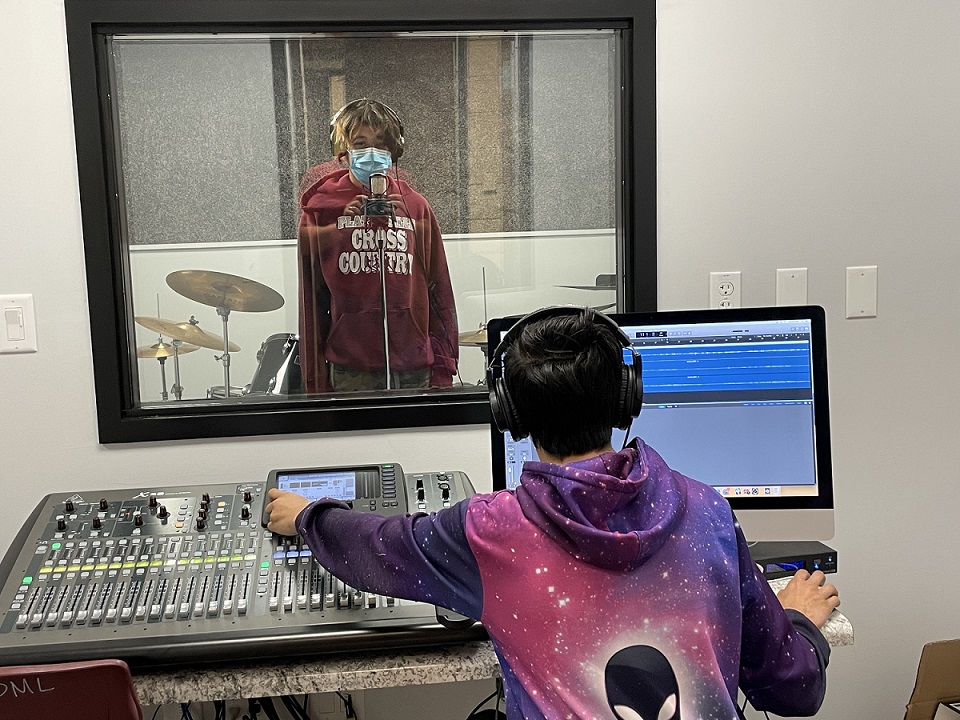 In the fall of 2019, after two years of learning, consulting and writing grants, we had a recording studio in our school! I remember feeling confident that I knew what I didn’t know on the first day of my Digital Audio Production class. Little did I know that I was peering into a doorway of doorways!
In the fall of 2019, after two years of learning, consulting and writing grants, we had a recording studio in our school! I remember feeling confident that I knew what I didn’t know on the first day of my Digital Audio Production class. Little did I know that I was peering into a doorway of doorways!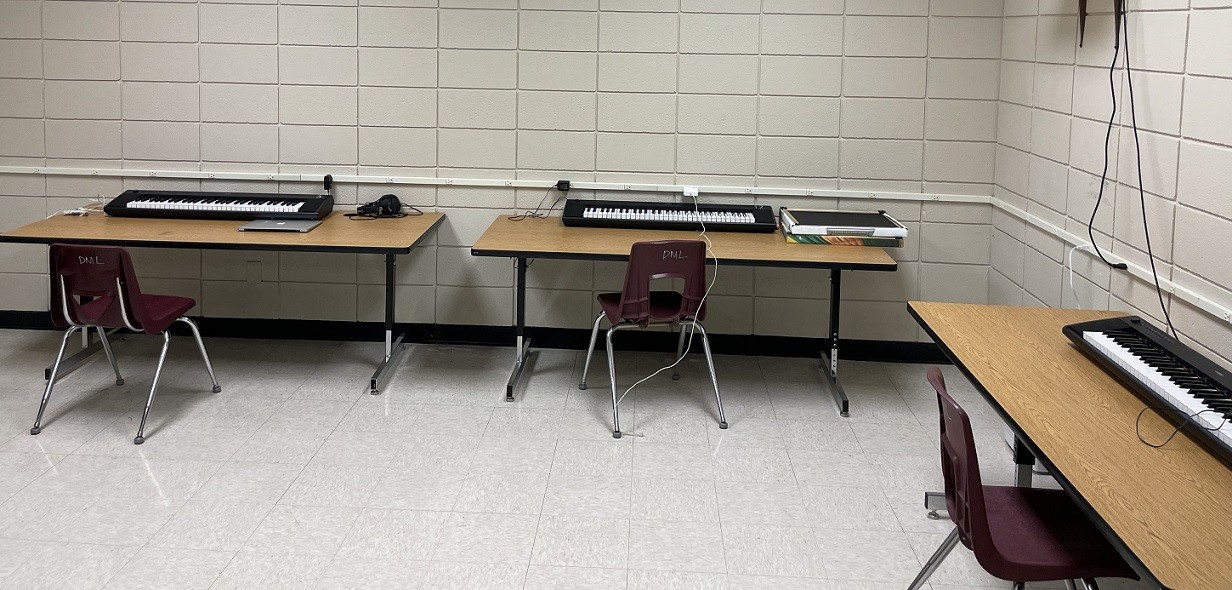 For instance, our marching band went from a three-set to a 60-set show and started participating in the
For instance, our marching band went from a three-set to a 60-set show and started participating in the 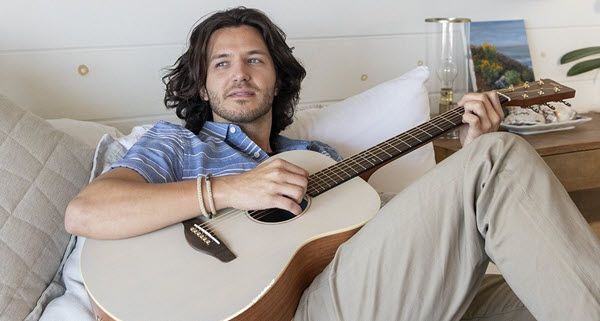

 An LEA might also address the needs of students arising from the COVID-19 pandemic by using ESSER and GEER funds to implement or expand arts programs,
An LEA might also address the needs of students arising from the COVID-19 pandemic by using ESSER and GEER funds to implement or expand arts programs,  Developing and implementing procedures and systems to improve the preparedness and response efforts of LEAs.
Developing and implementing procedures and systems to improve the preparedness and response efforts of LEAs.


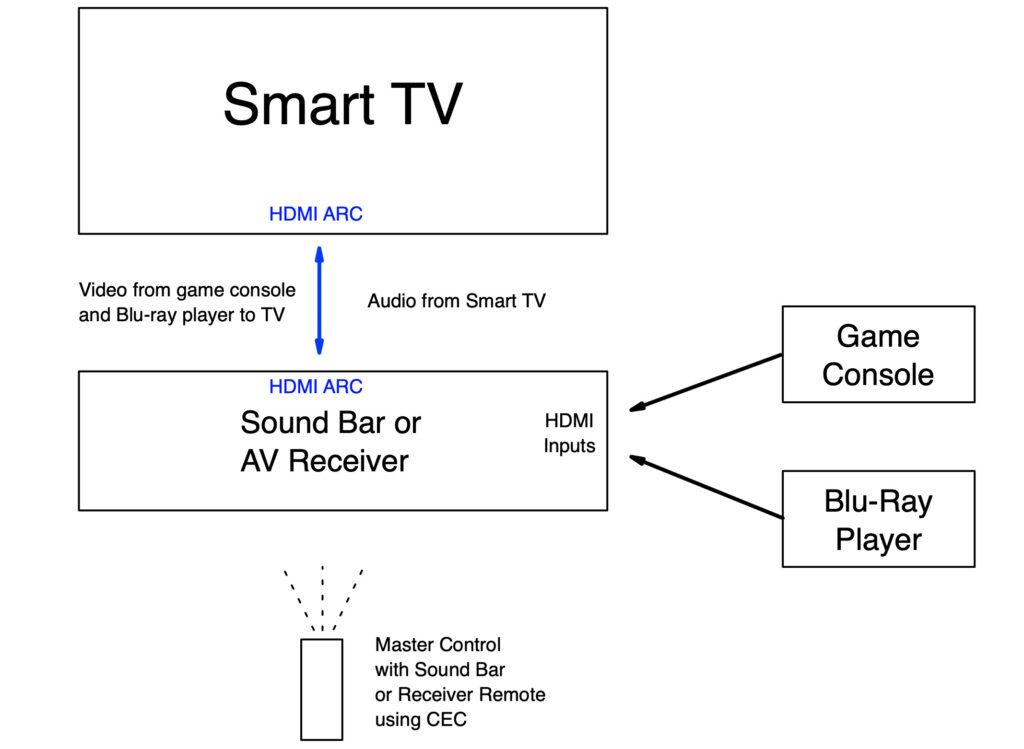
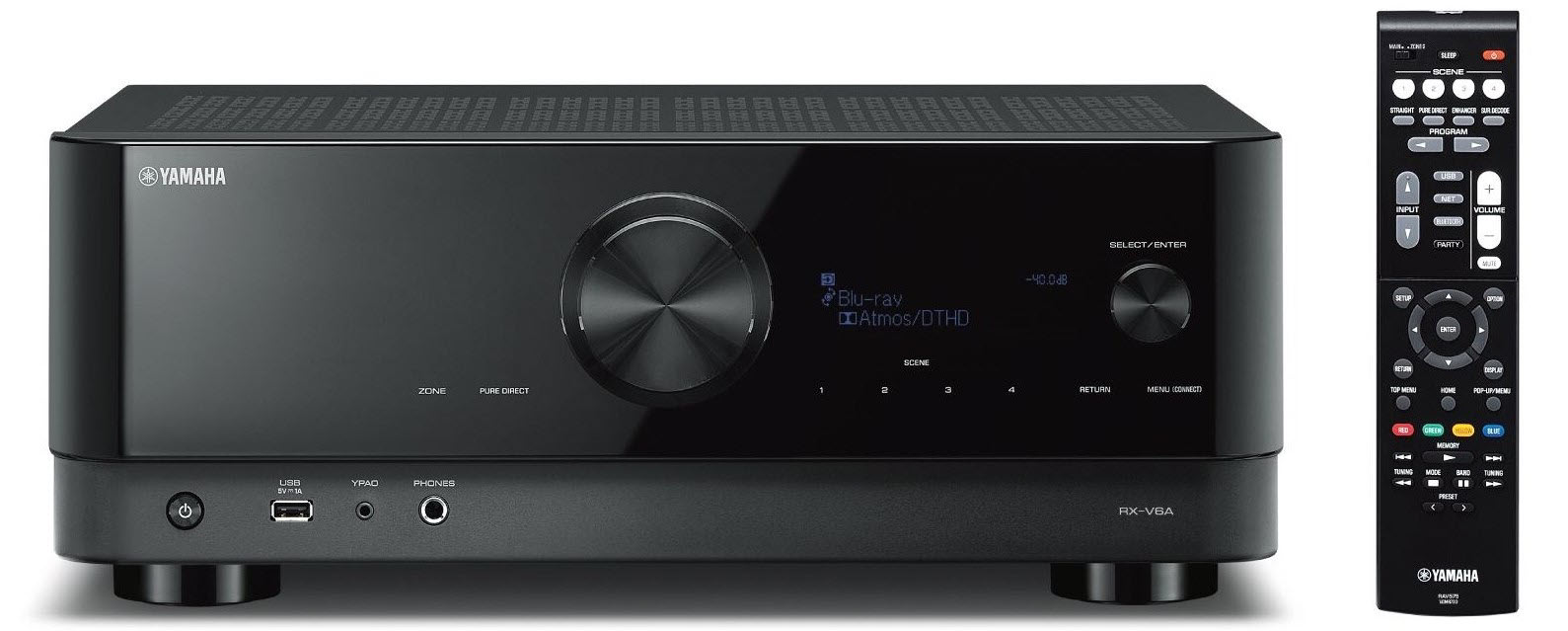
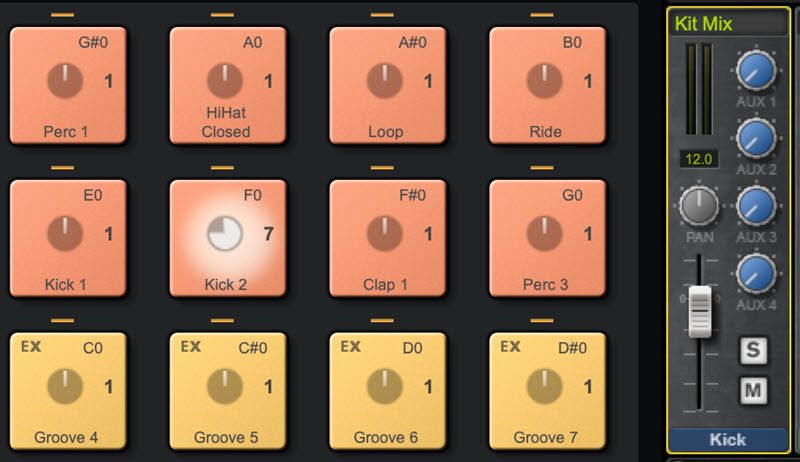
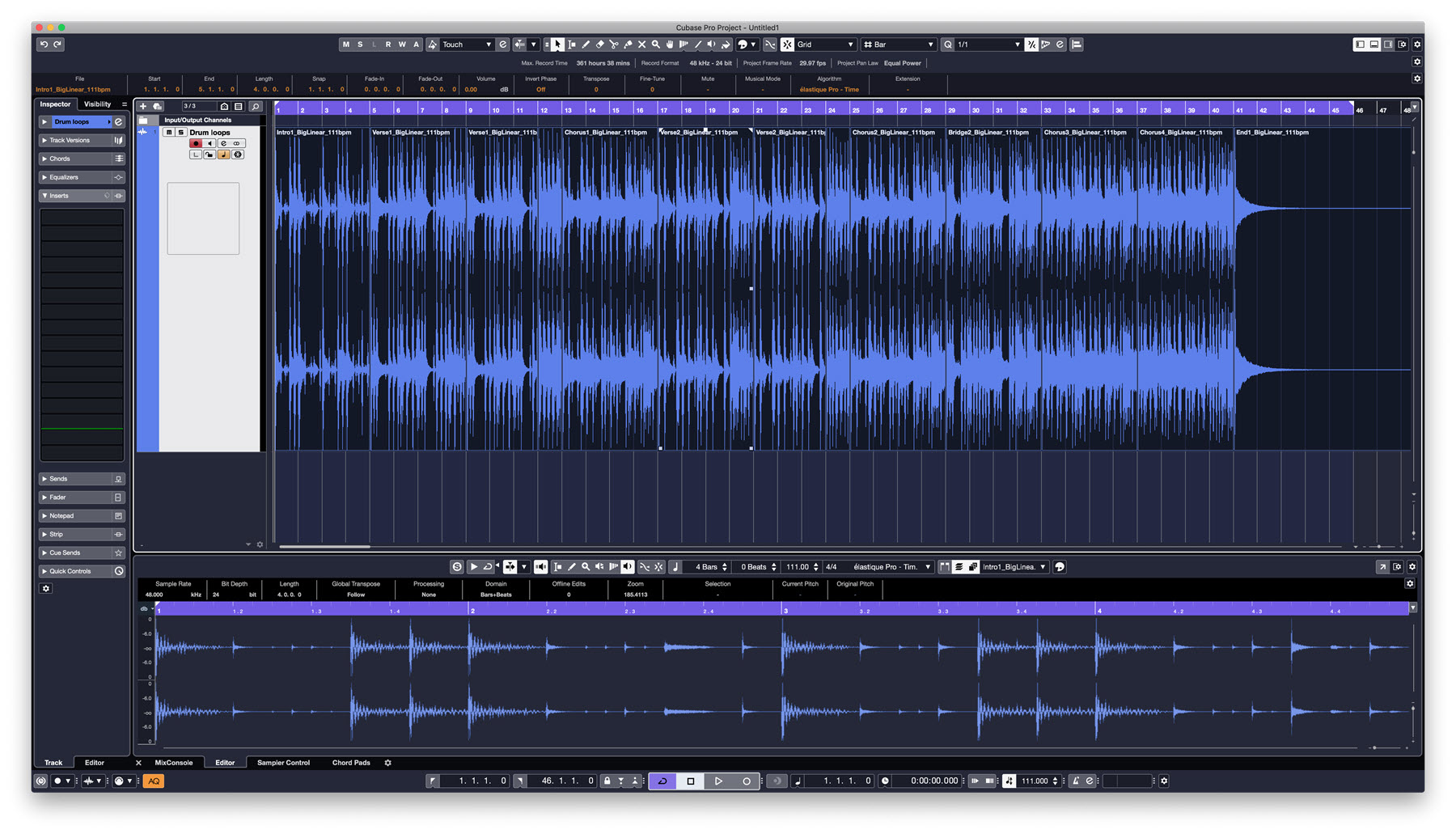
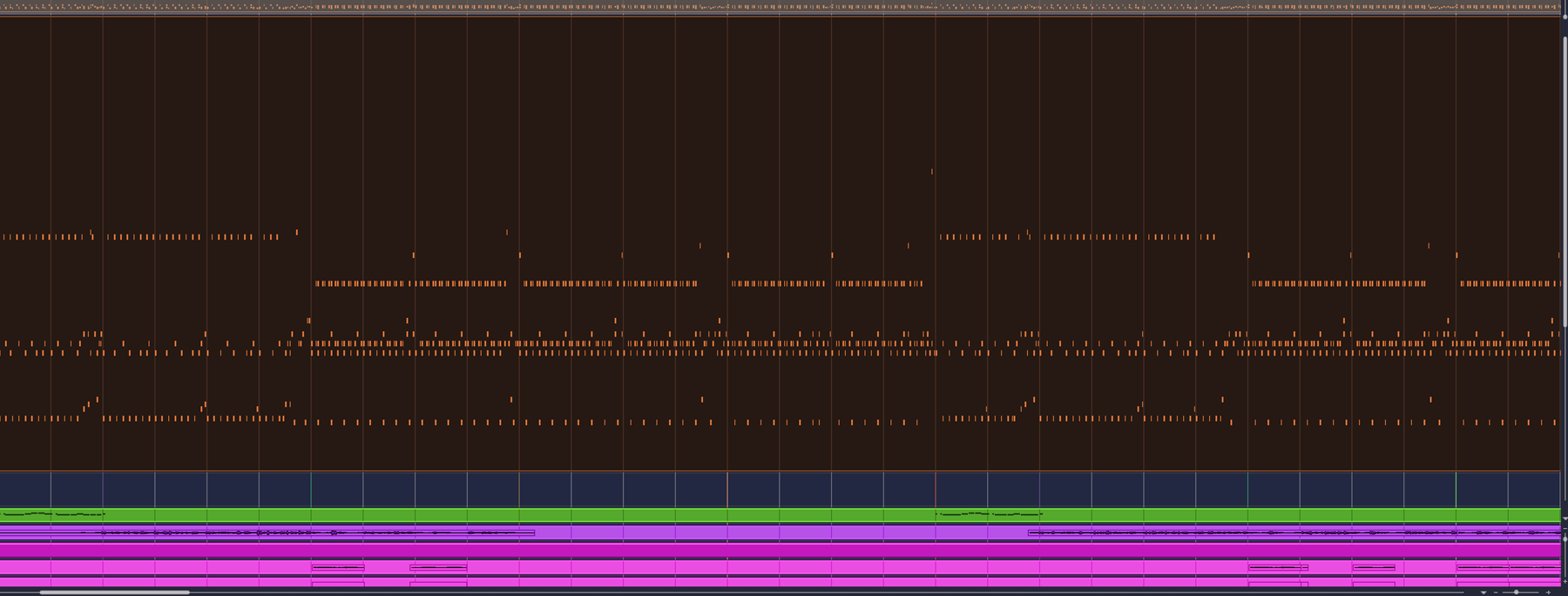



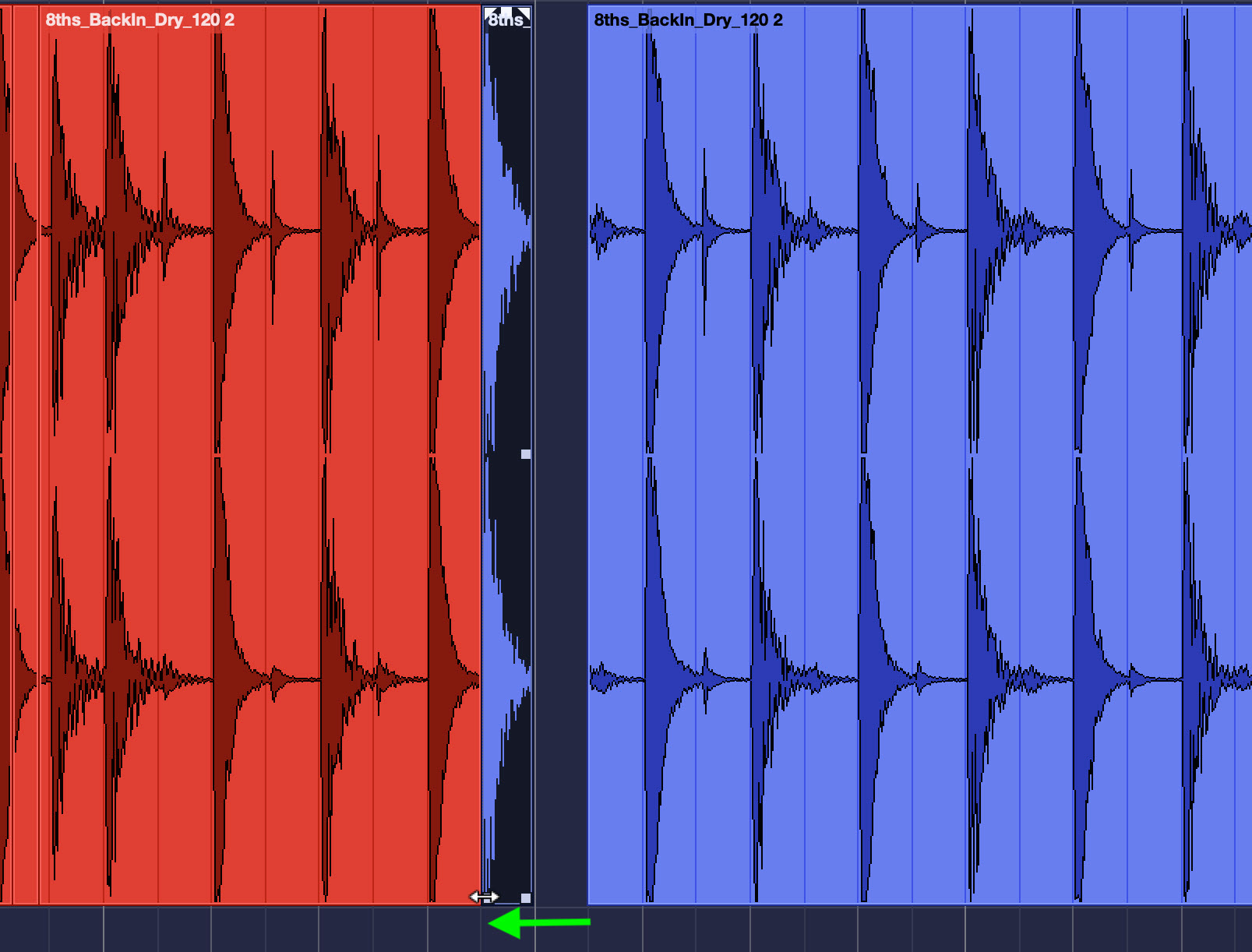

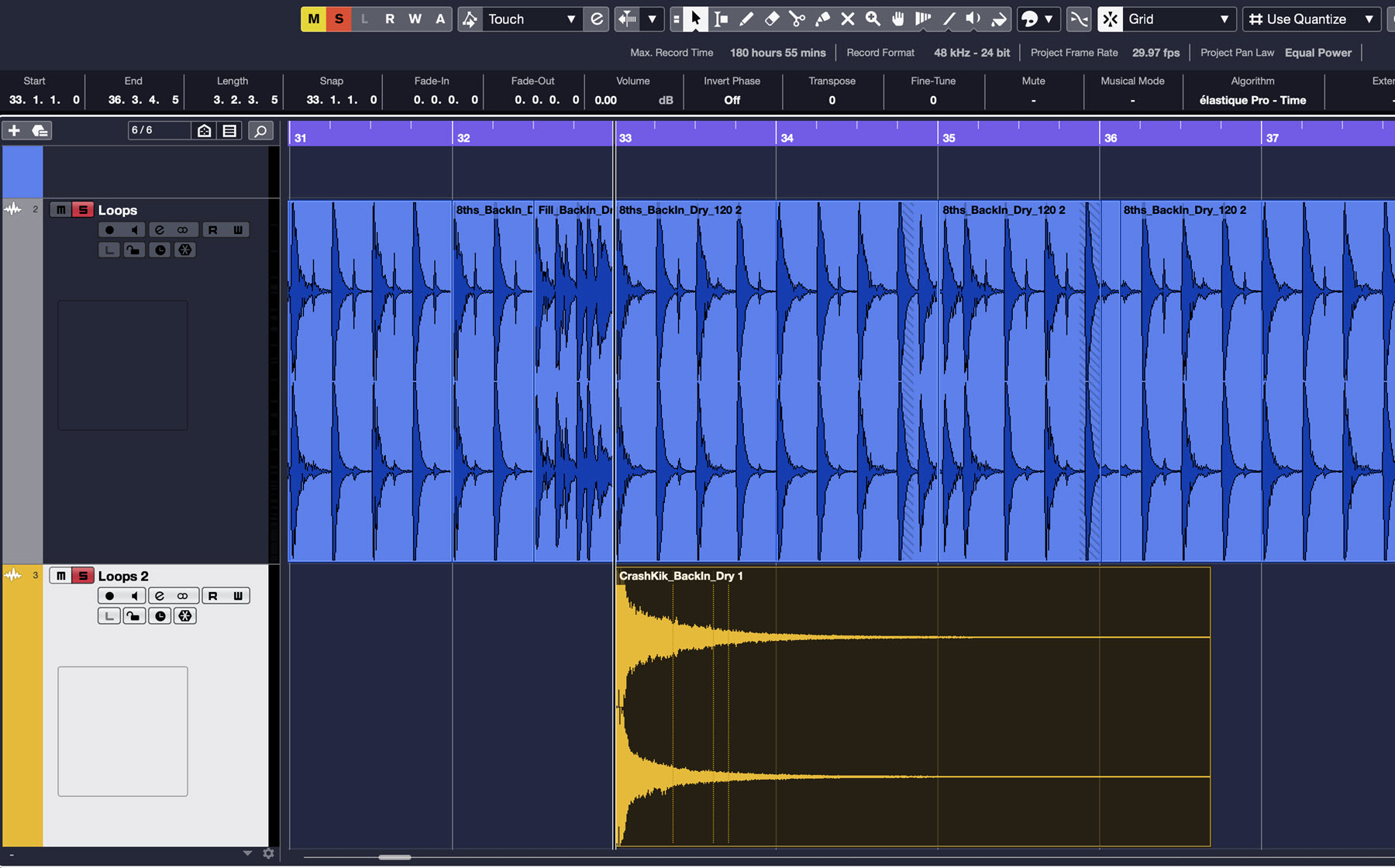


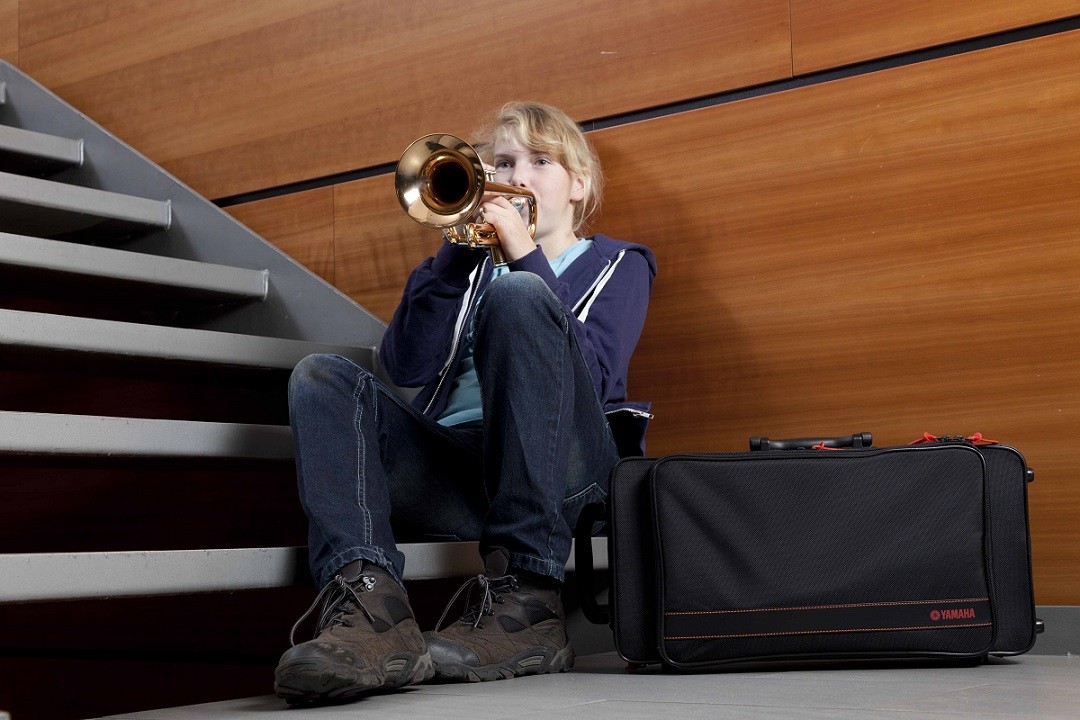 Schaffer and the art teacher now start the recruiting process by visiting 5th grade classes together. “[The art teacher] takes a couple examples of artwork, and I do a quick breakdown on [the process of band].”
Schaffer and the art teacher now start the recruiting process by visiting 5th grade classes together. “[The art teacher] takes a couple examples of artwork, and I do a quick breakdown on [the process of band].”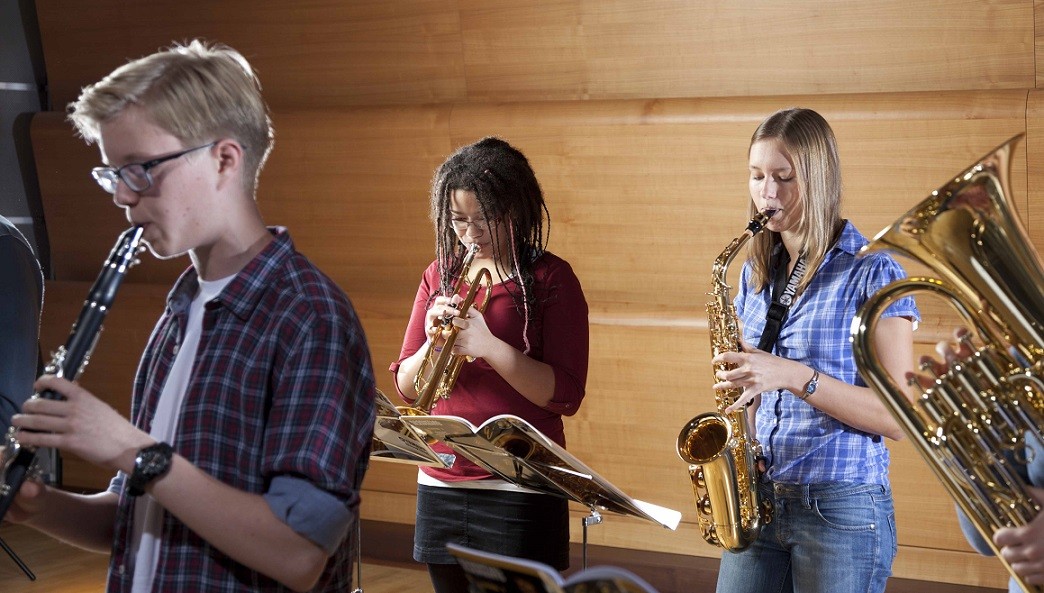 In his first couple of years at his previous position at
In his first couple of years at his previous position at 
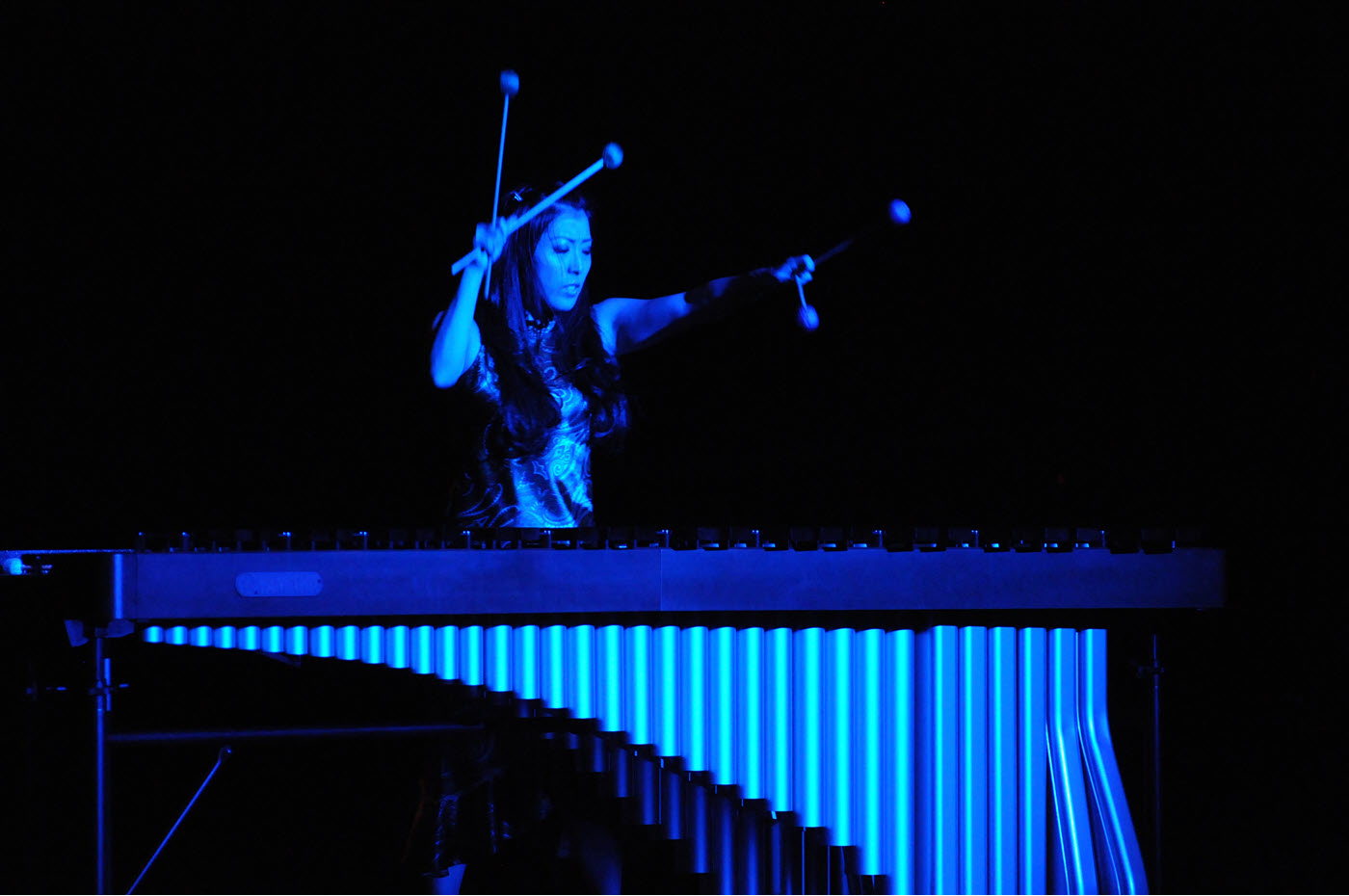
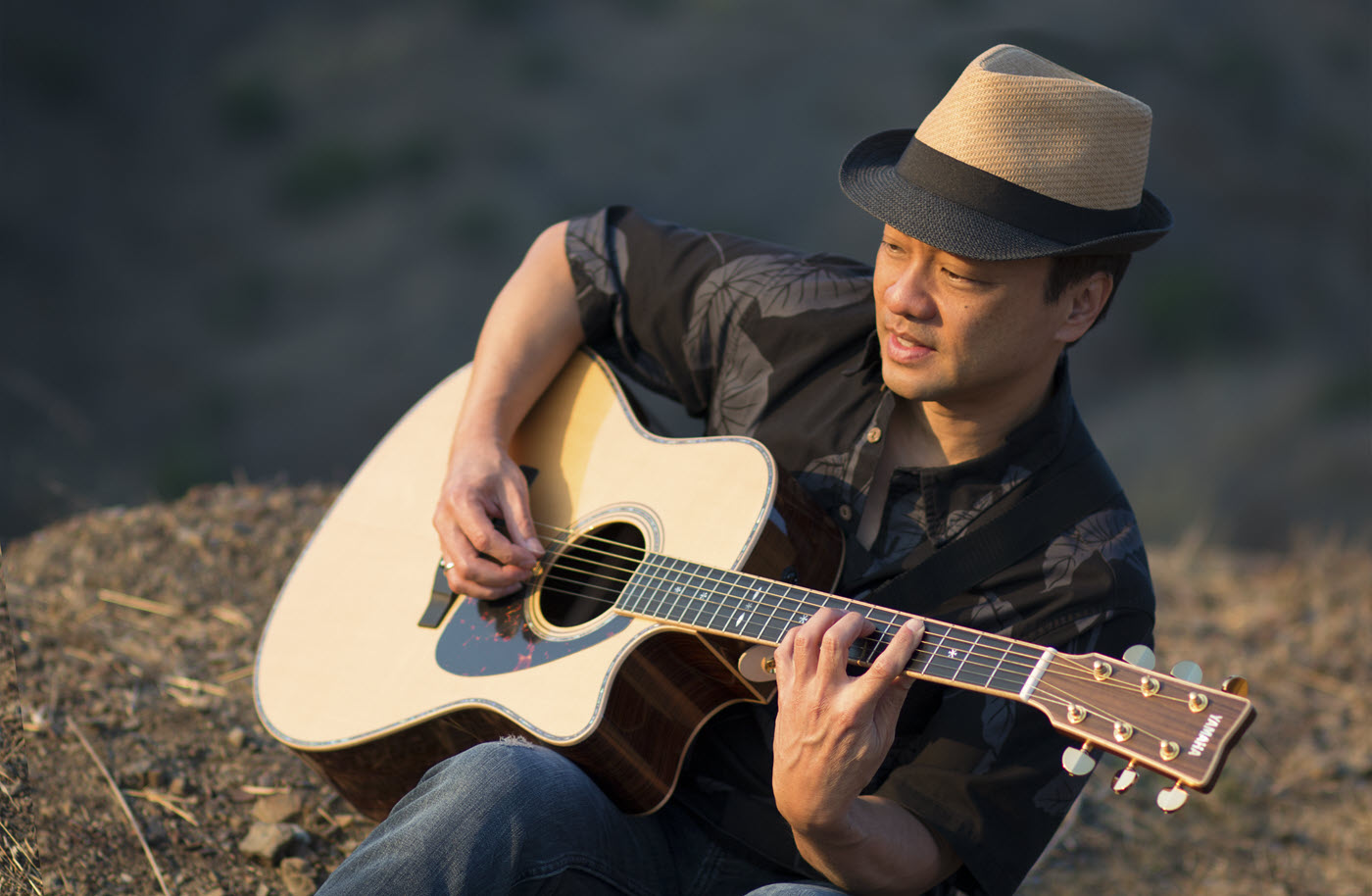



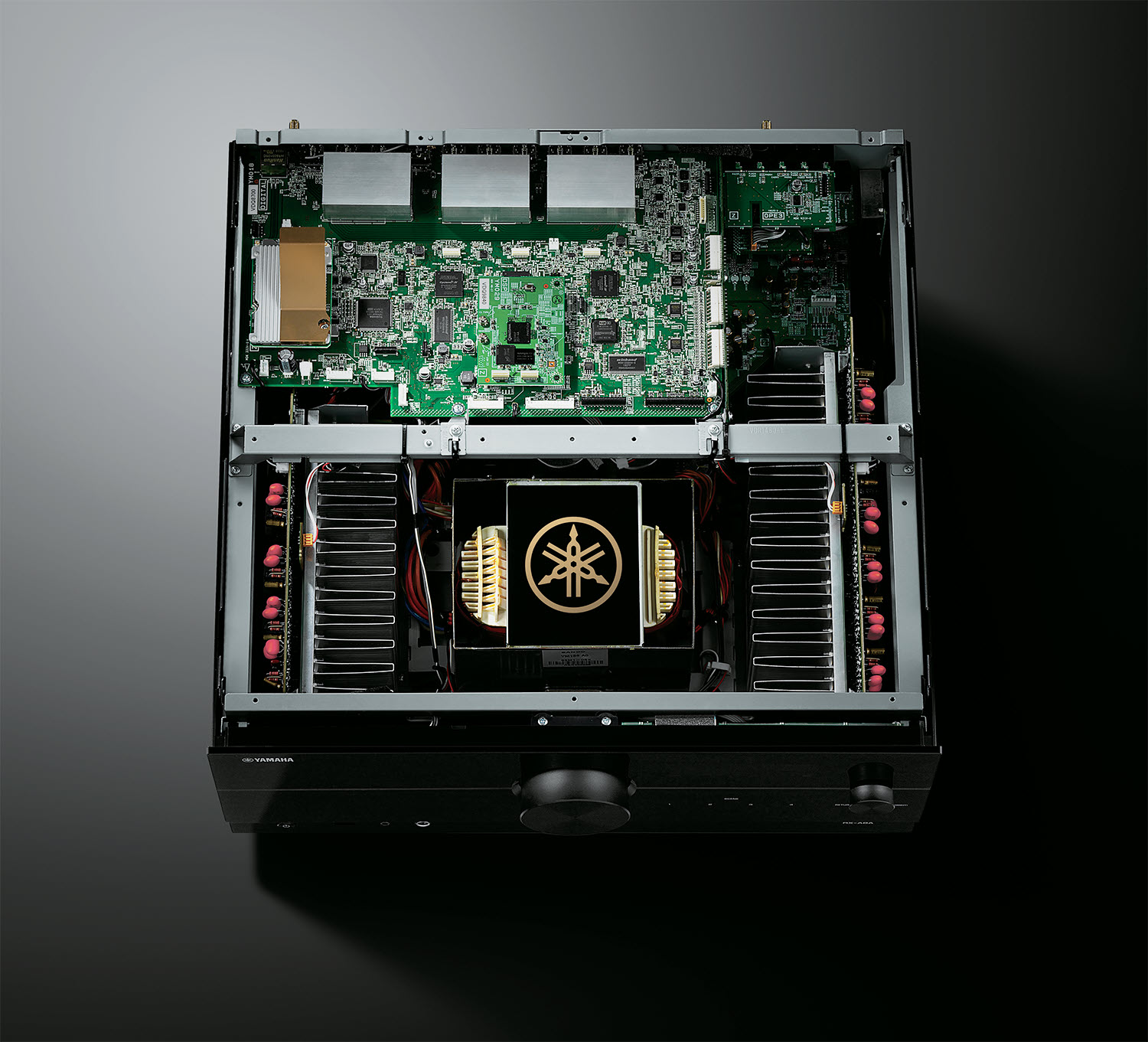
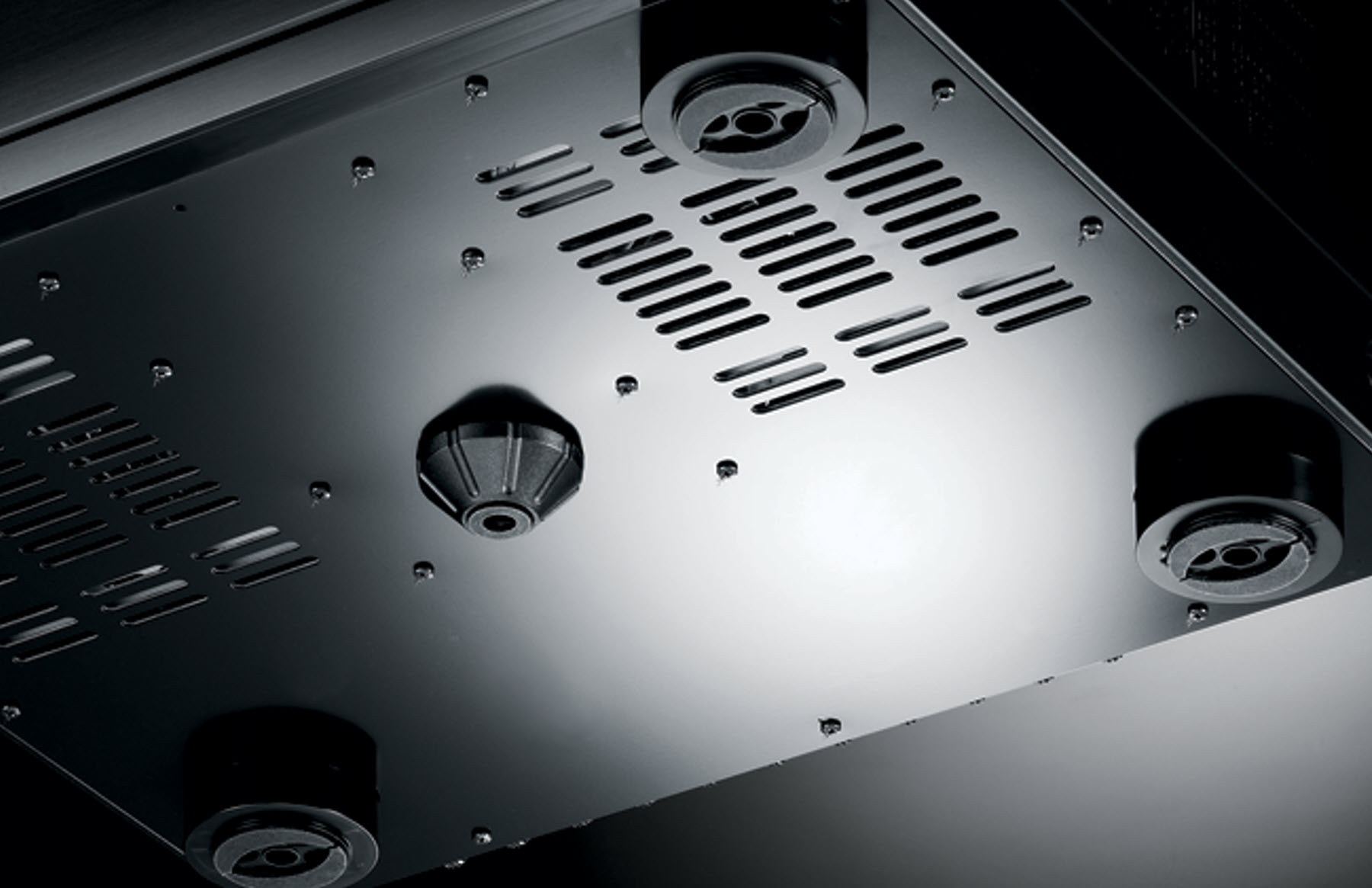

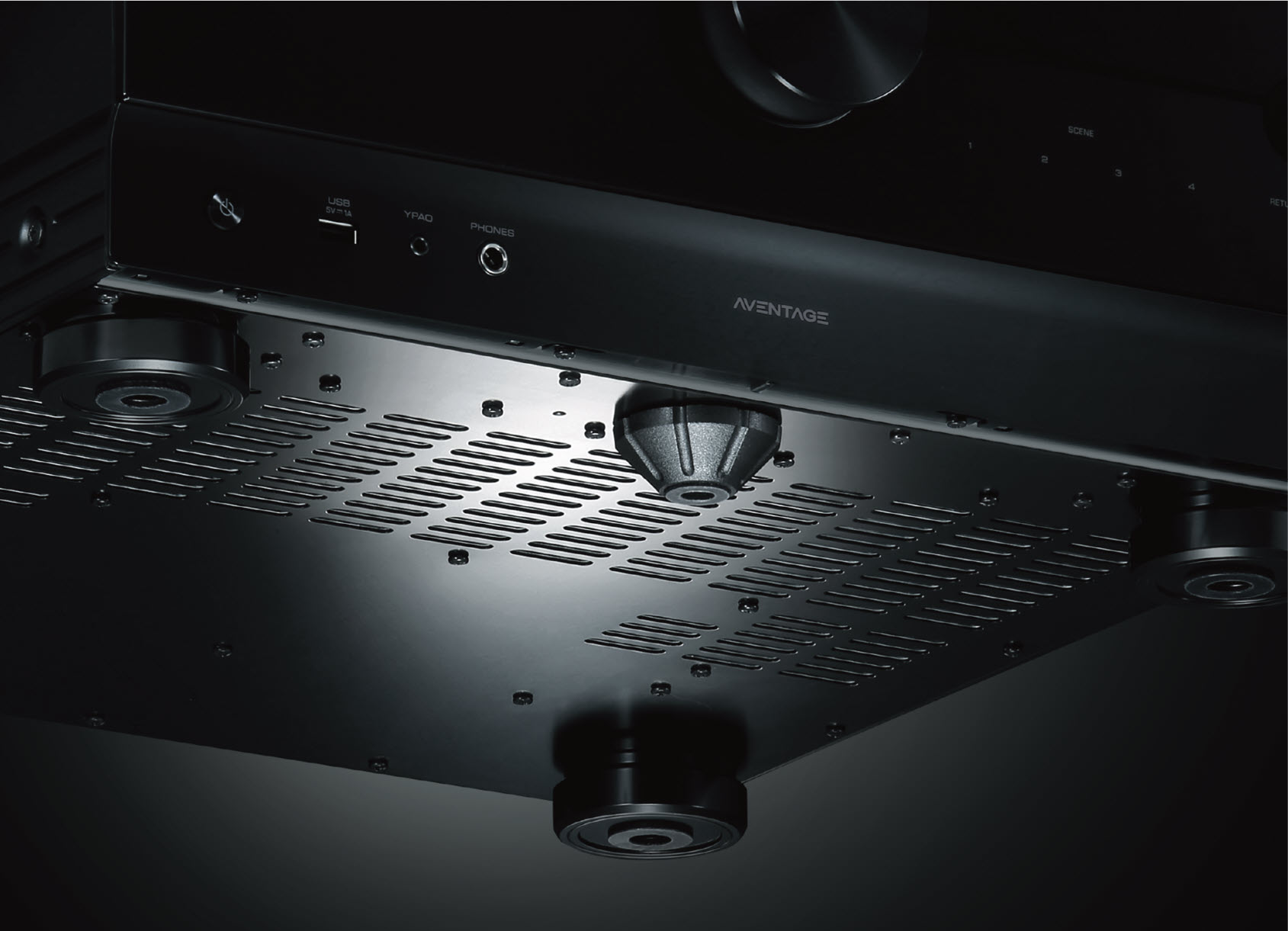
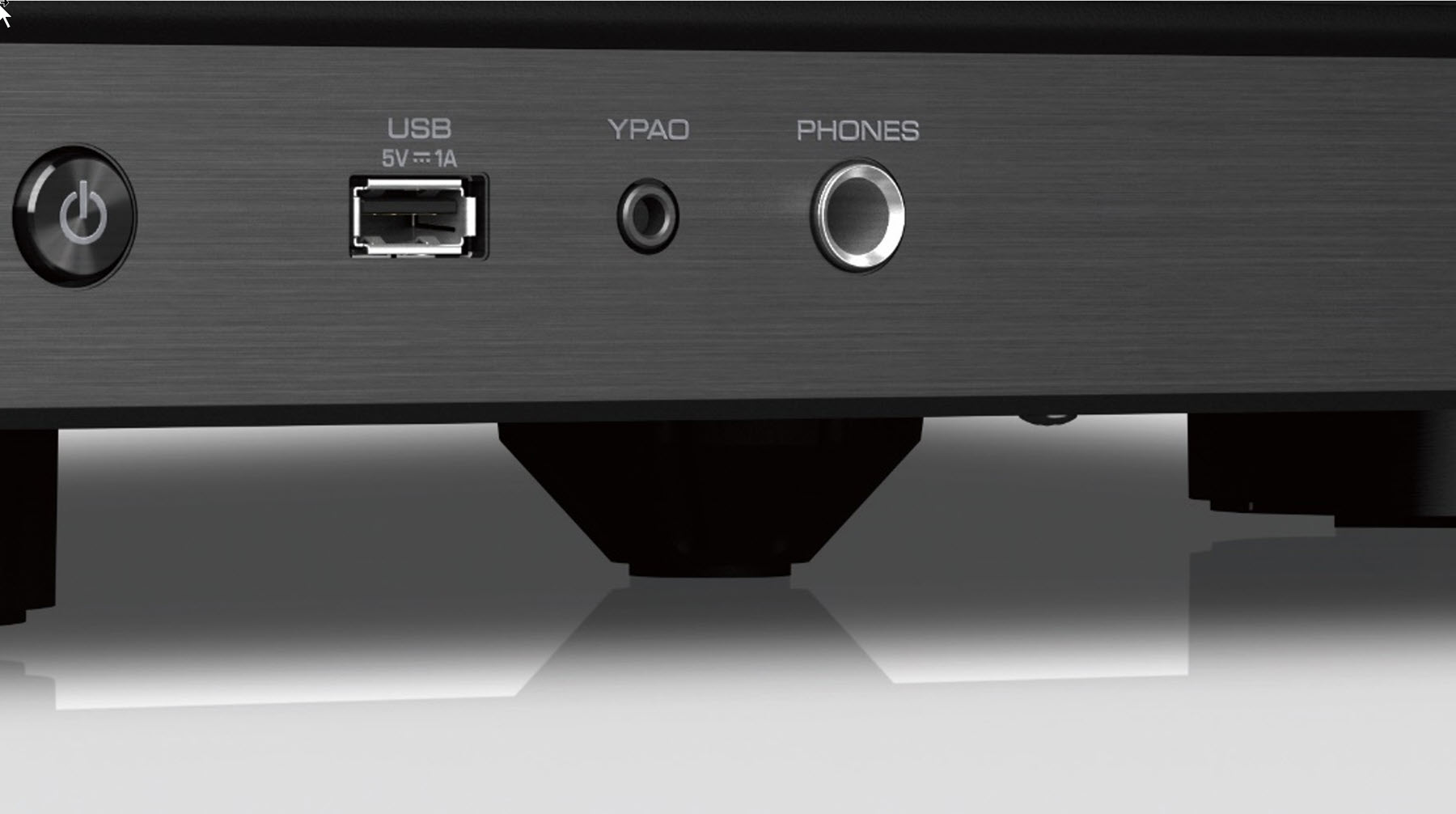
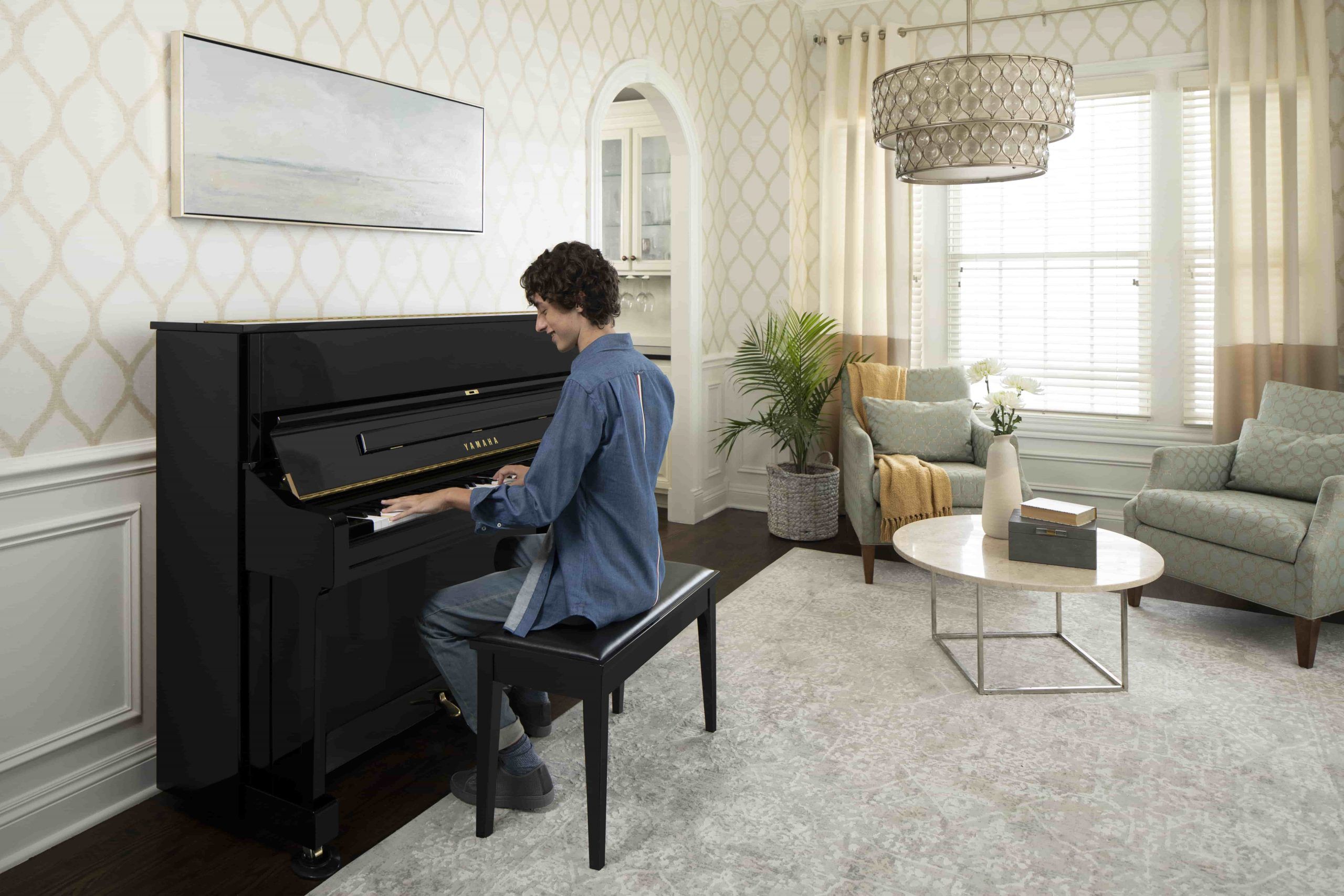
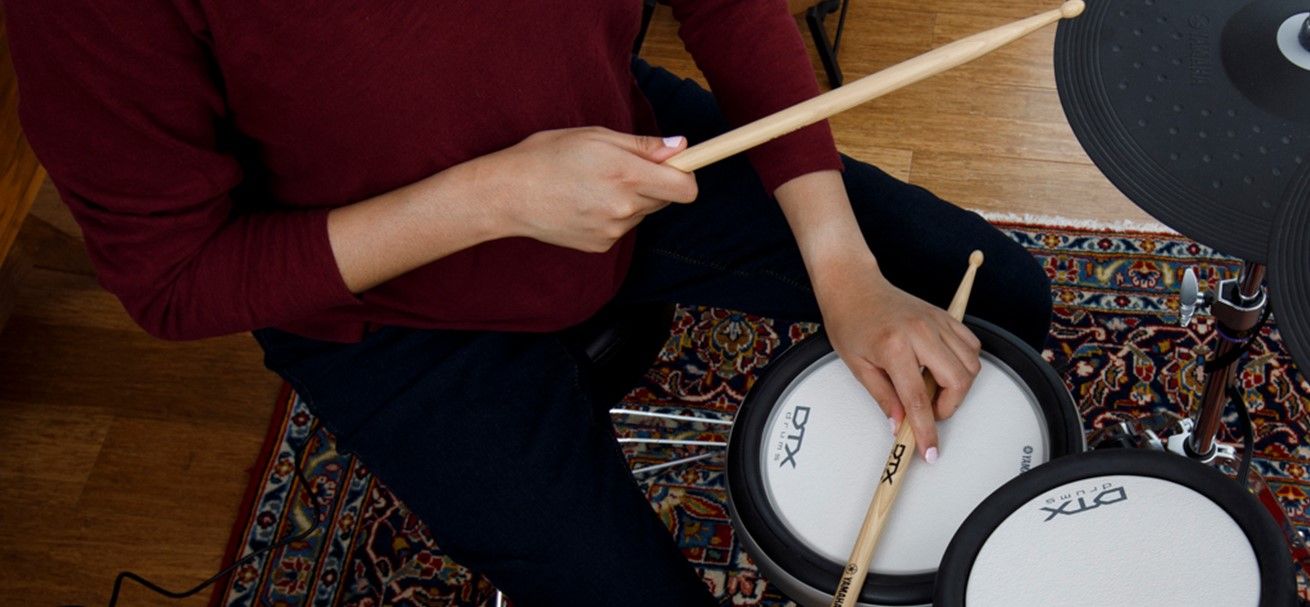



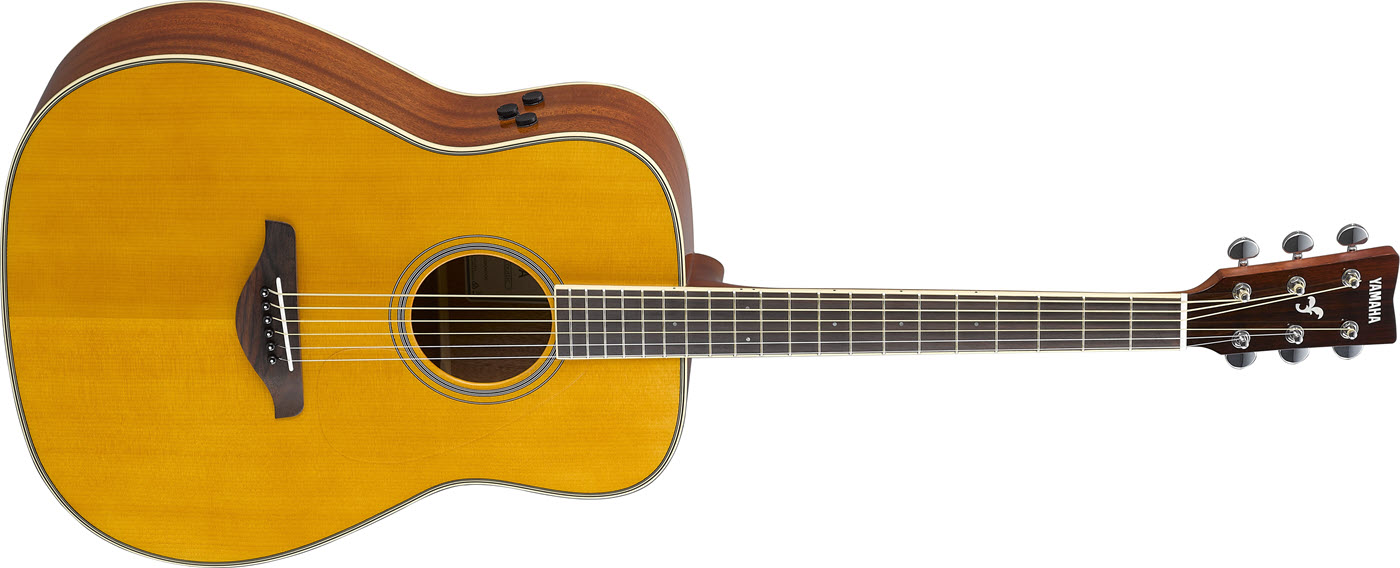
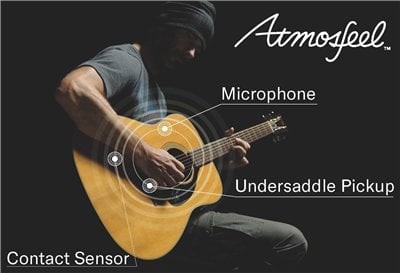
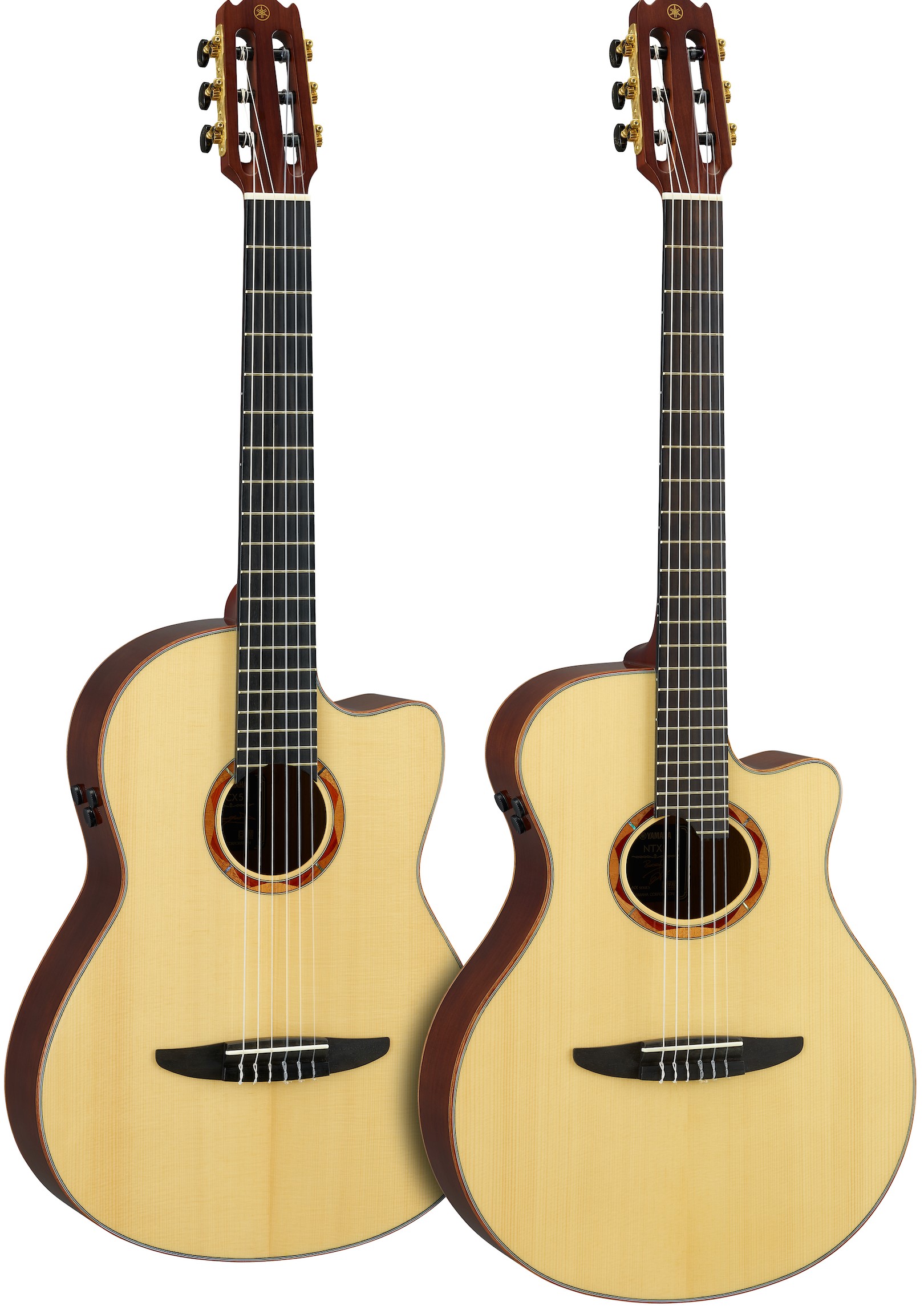
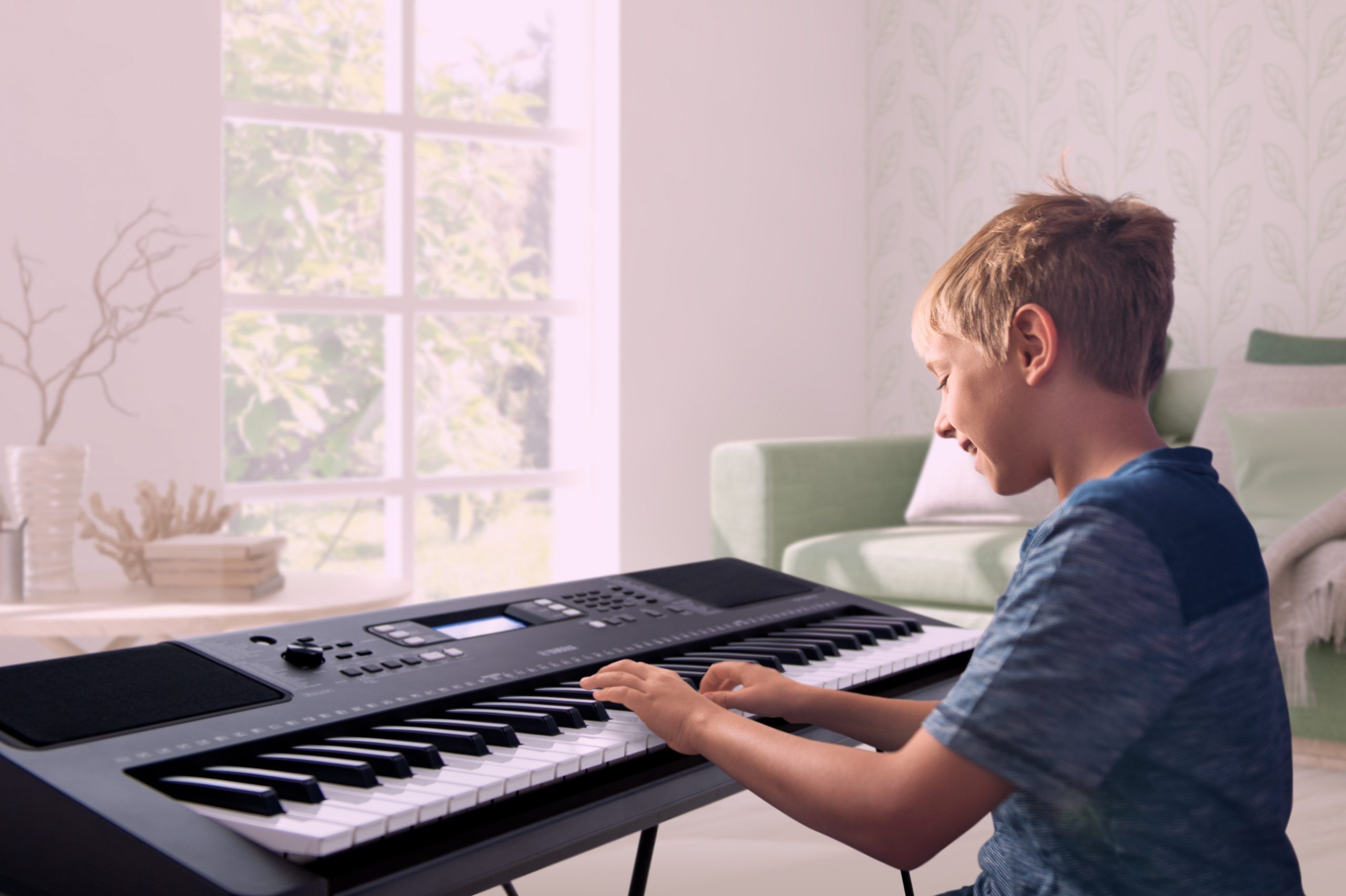
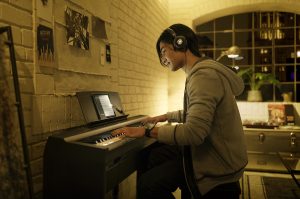

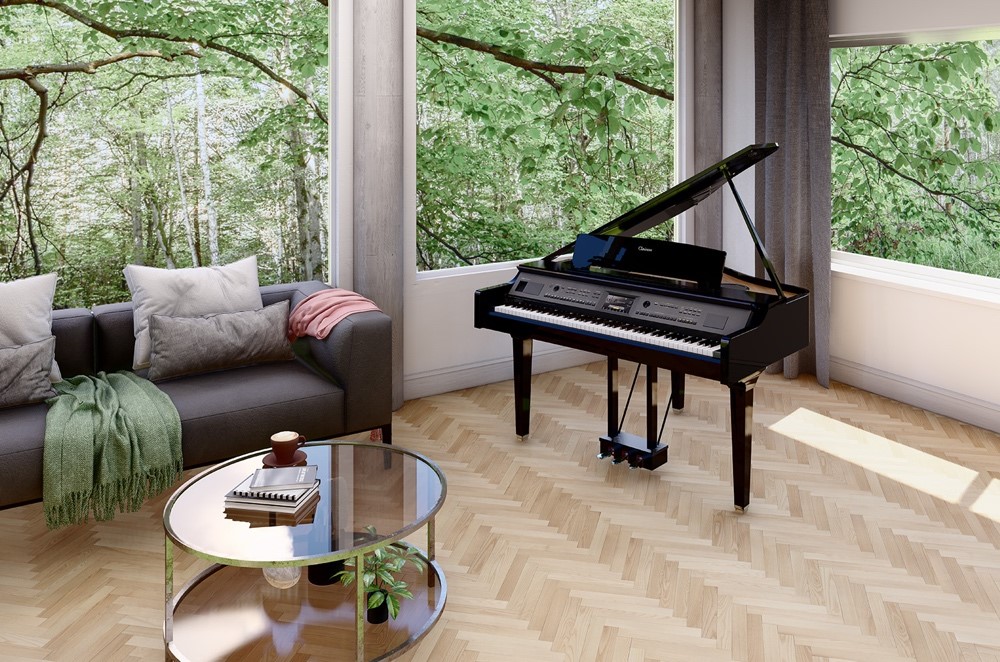
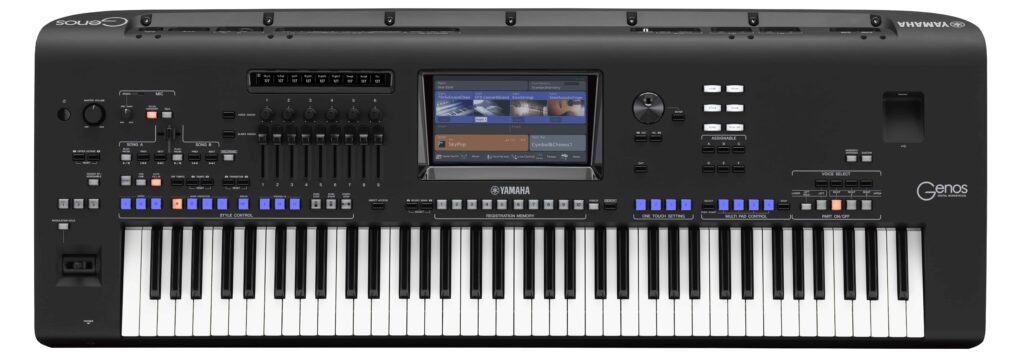
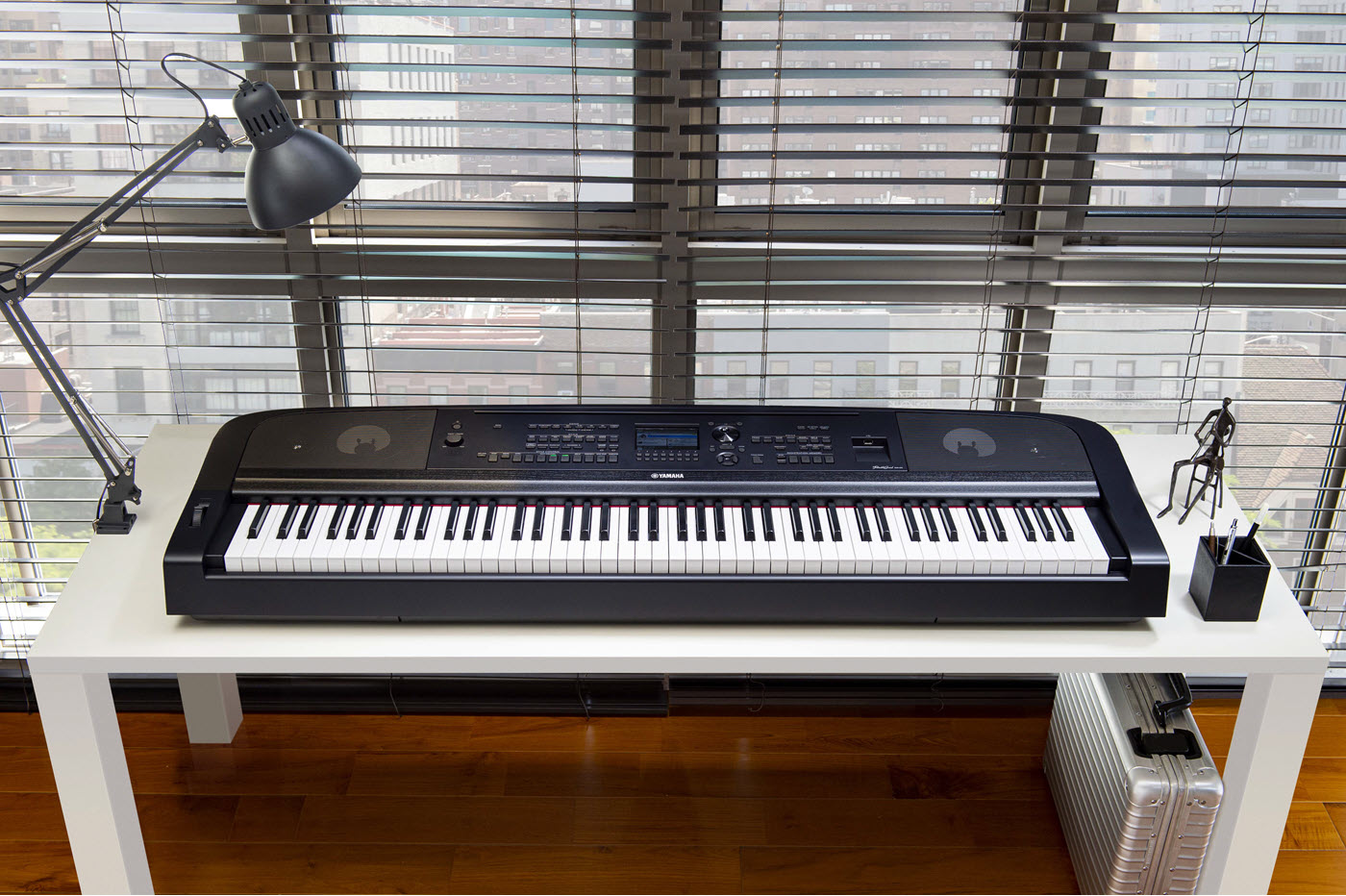




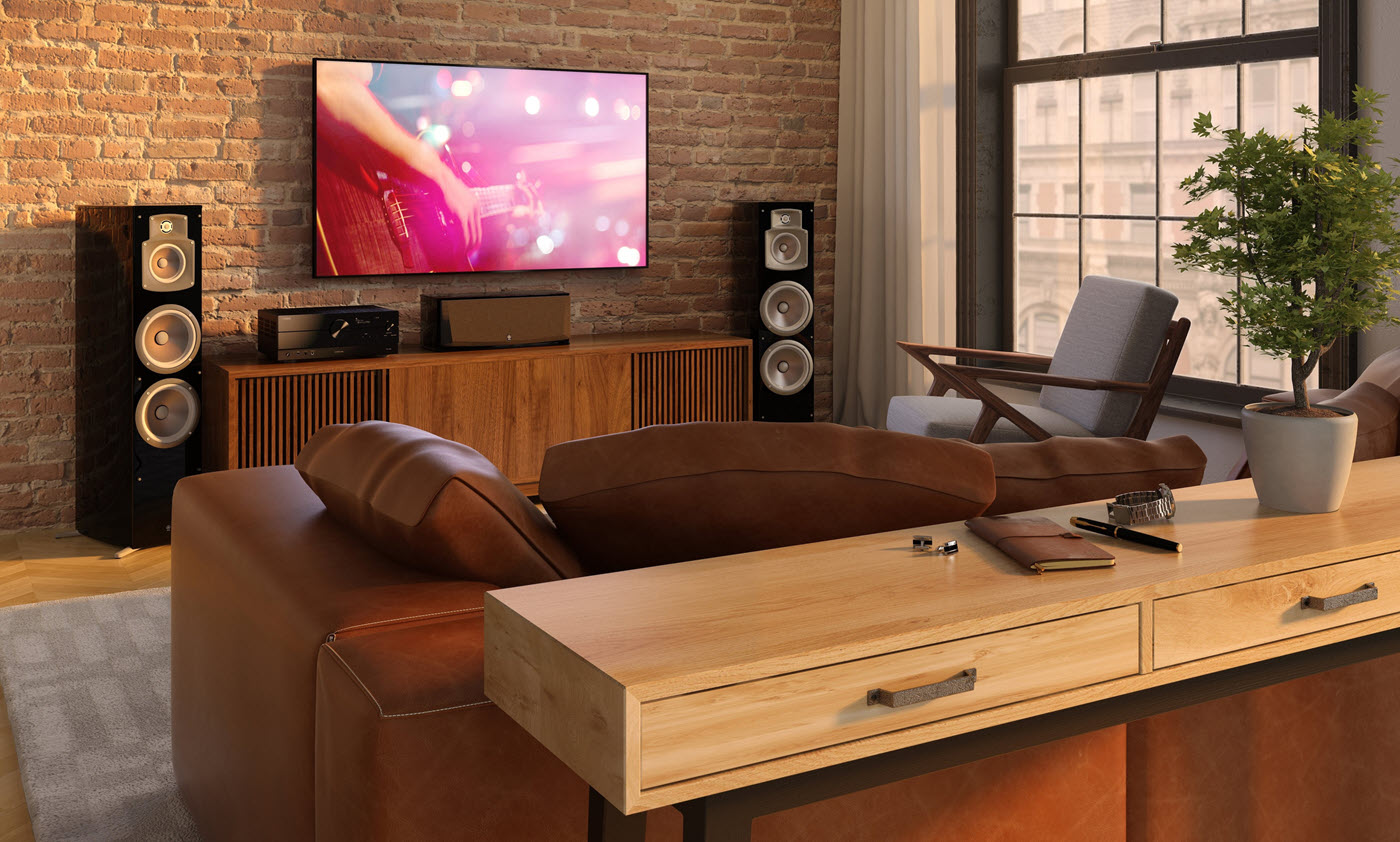

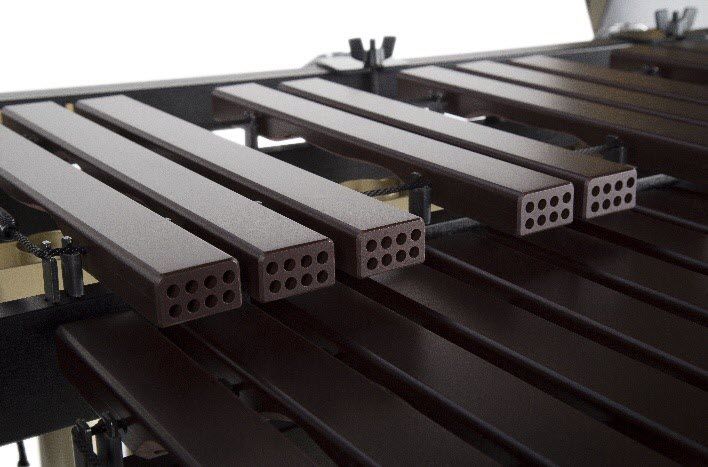


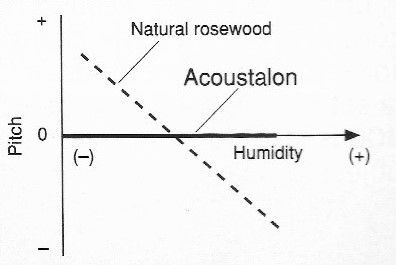
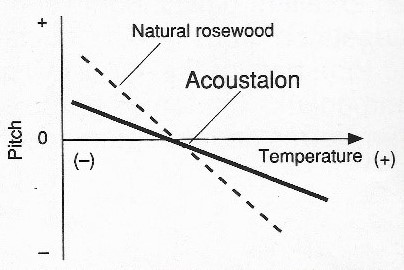

 As they return to “normal,” students may be dealing with grief over lost loved ones and worries about feeling safe. On top of that, they have the evergreen stressors, such as going through puberty, concerns over their appearance or being bullied. Parents are likely feeling anxious, too, with their own worries about employment, physical safety and learning losses for their children.
As they return to “normal,” students may be dealing with grief over lost loved ones and worries about feeling safe. On top of that, they have the evergreen stressors, such as going through puberty, concerns over their appearance or being bullied. Parents are likely feeling anxious, too, with their own worries about employment, physical safety and learning losses for their children. Road Trip!
Road Trip!




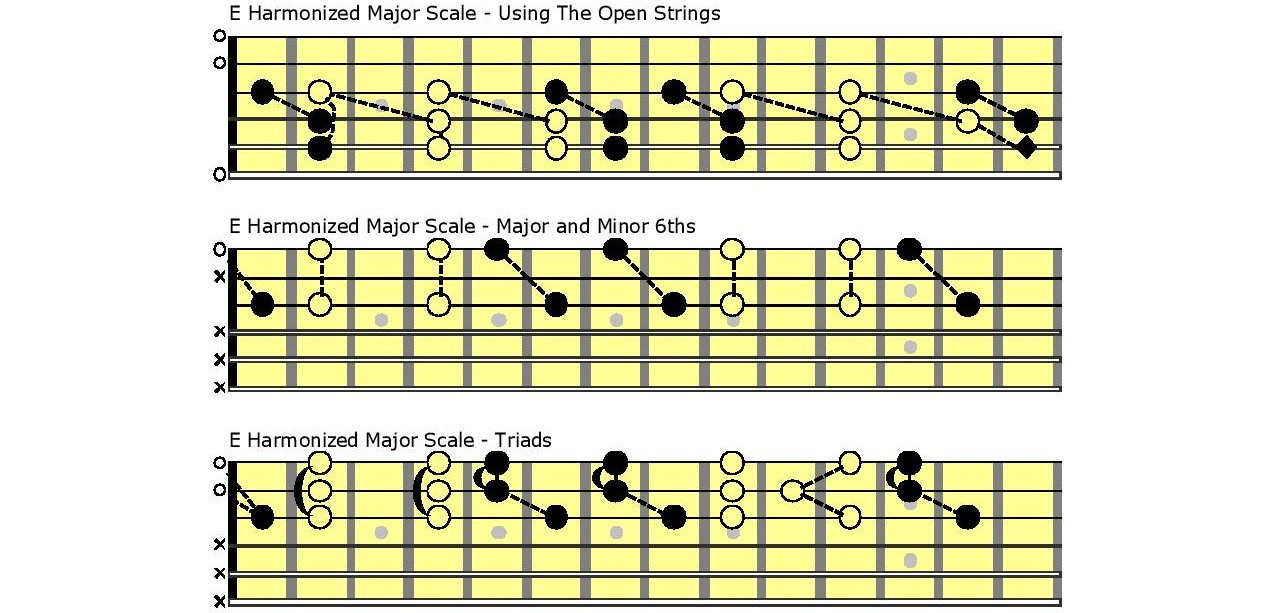

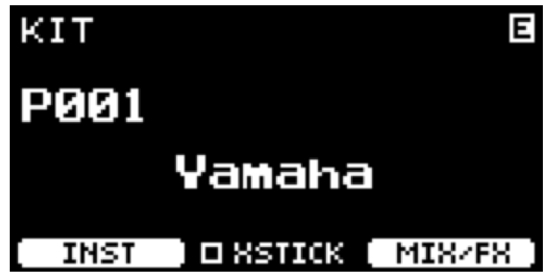

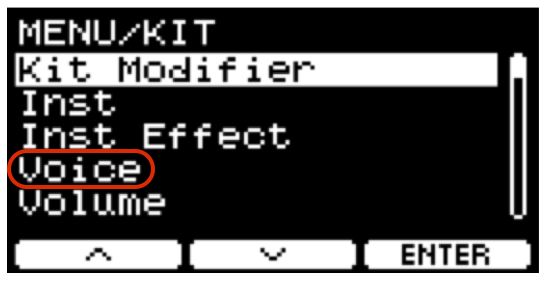
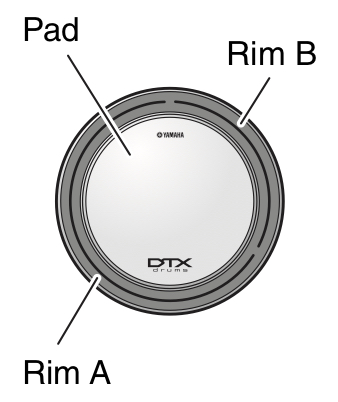

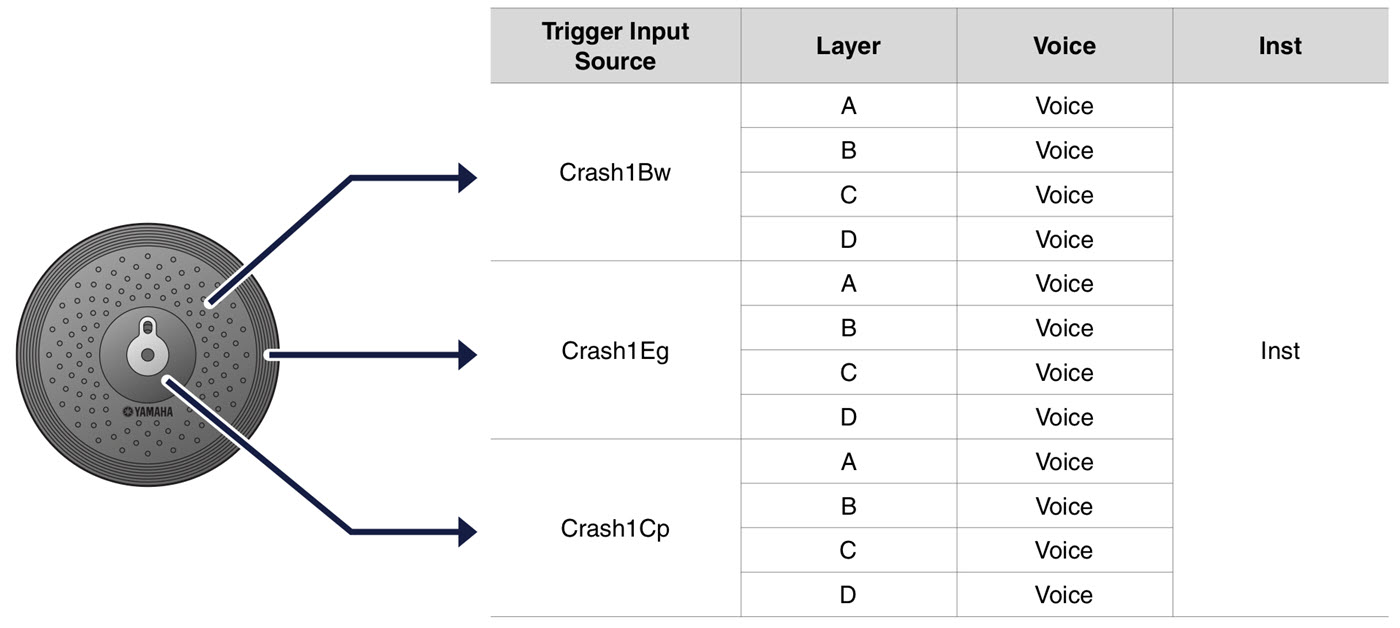
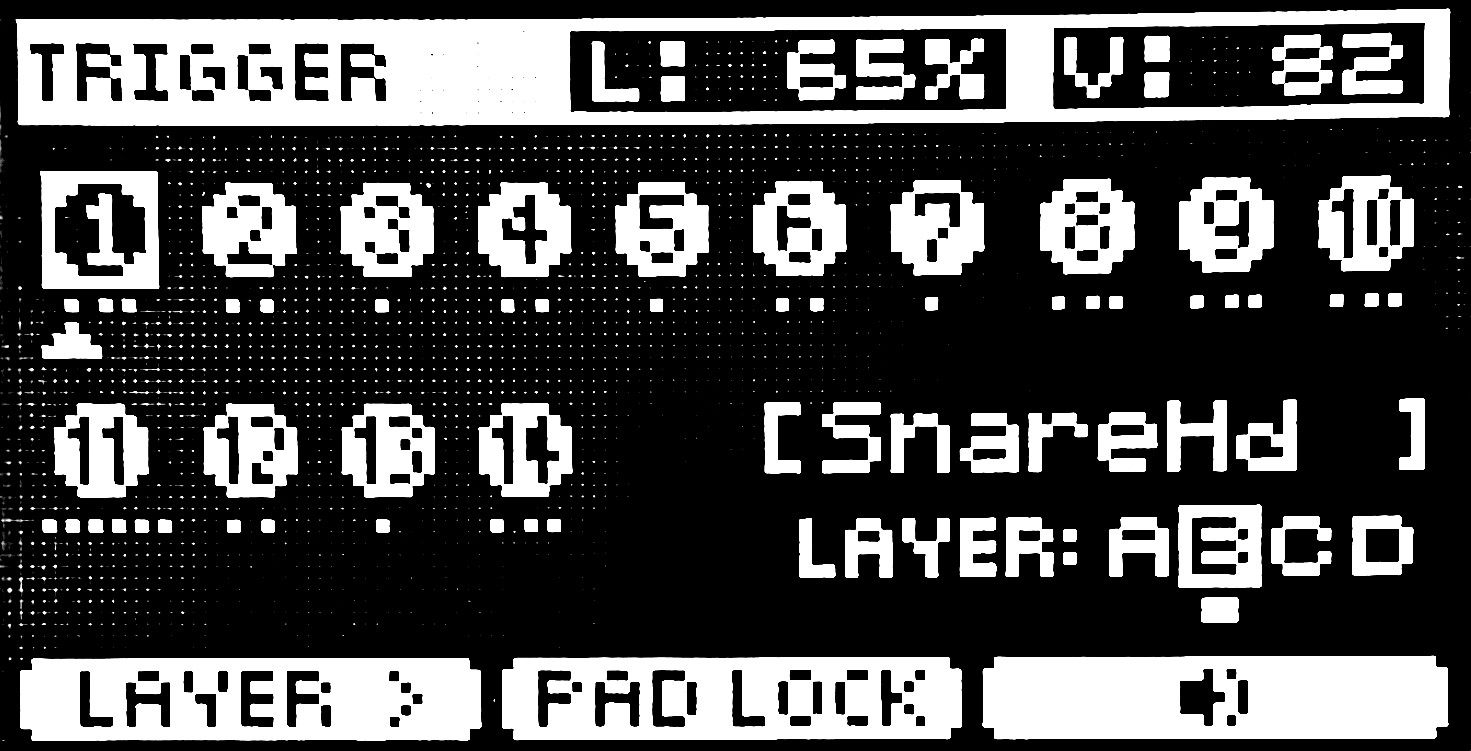
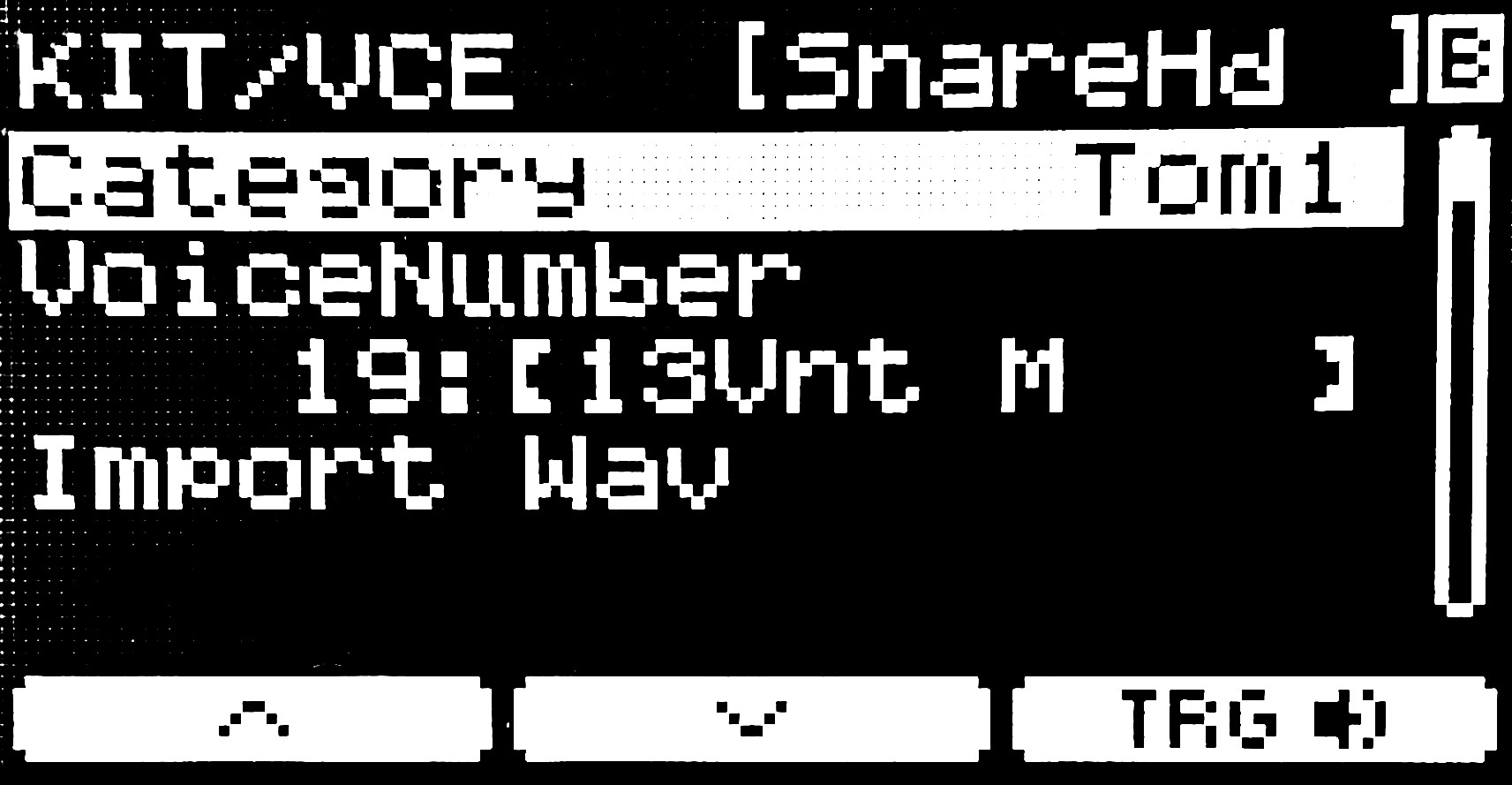
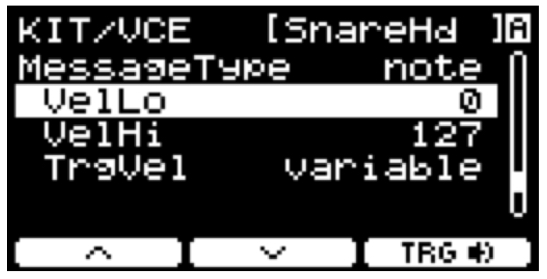
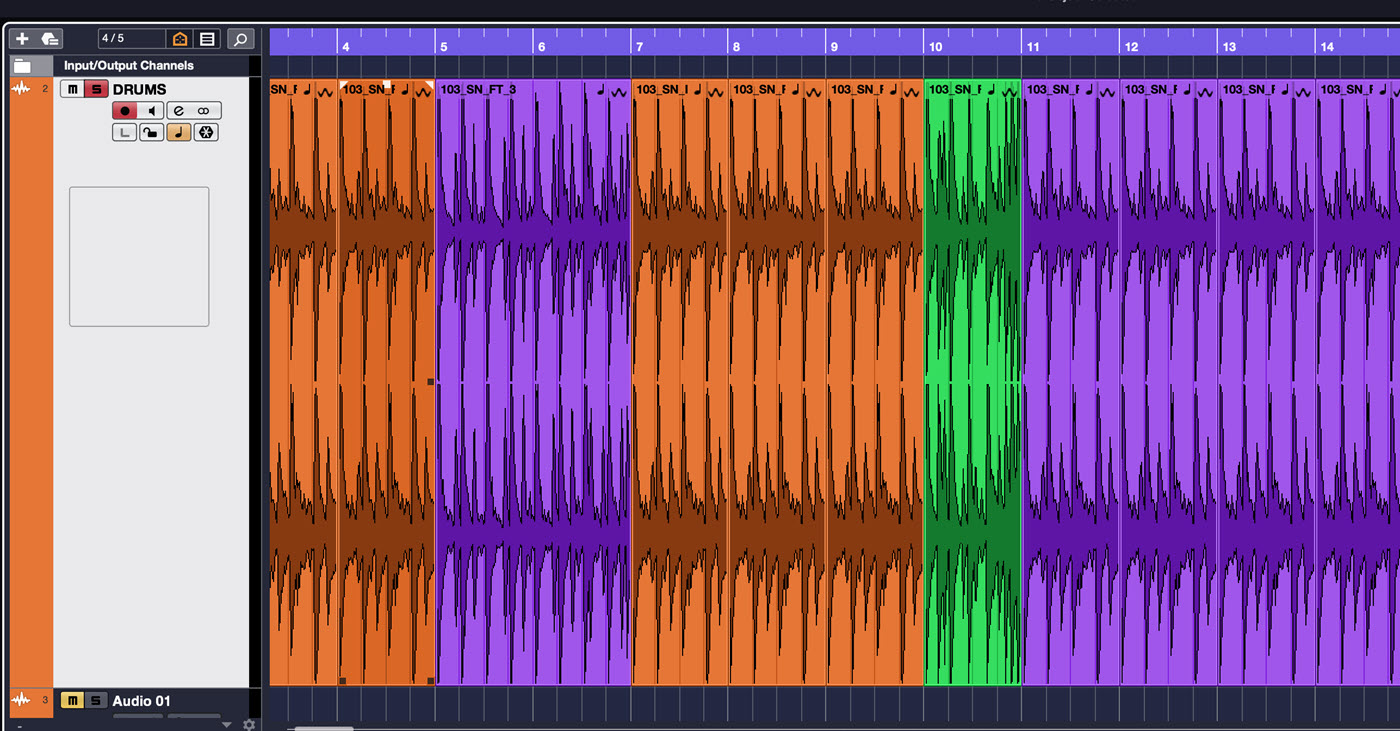
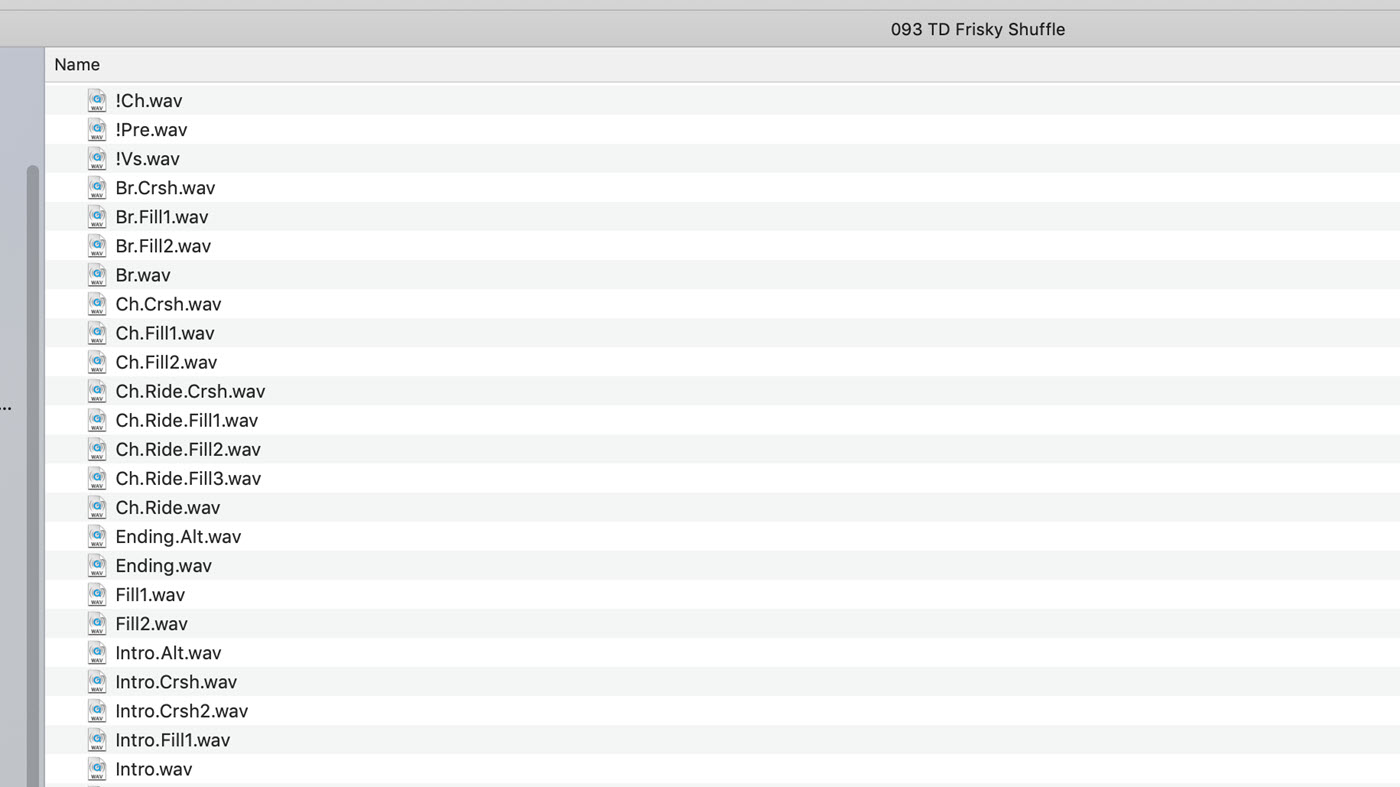
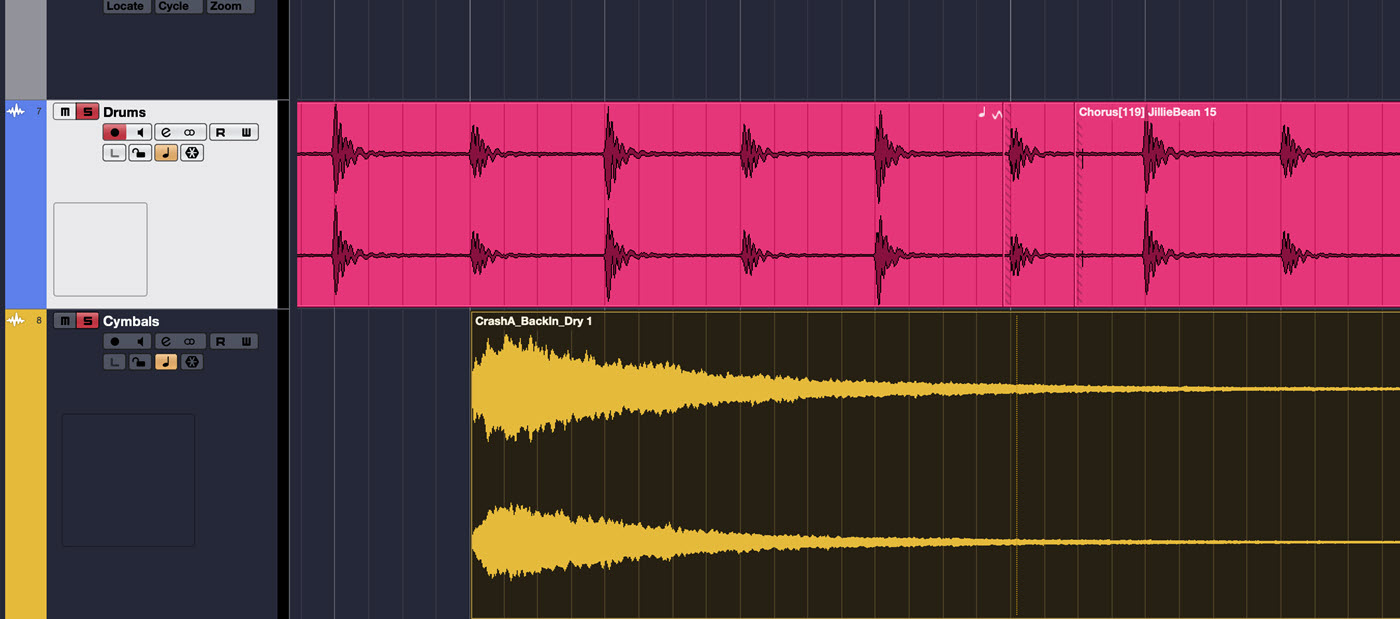
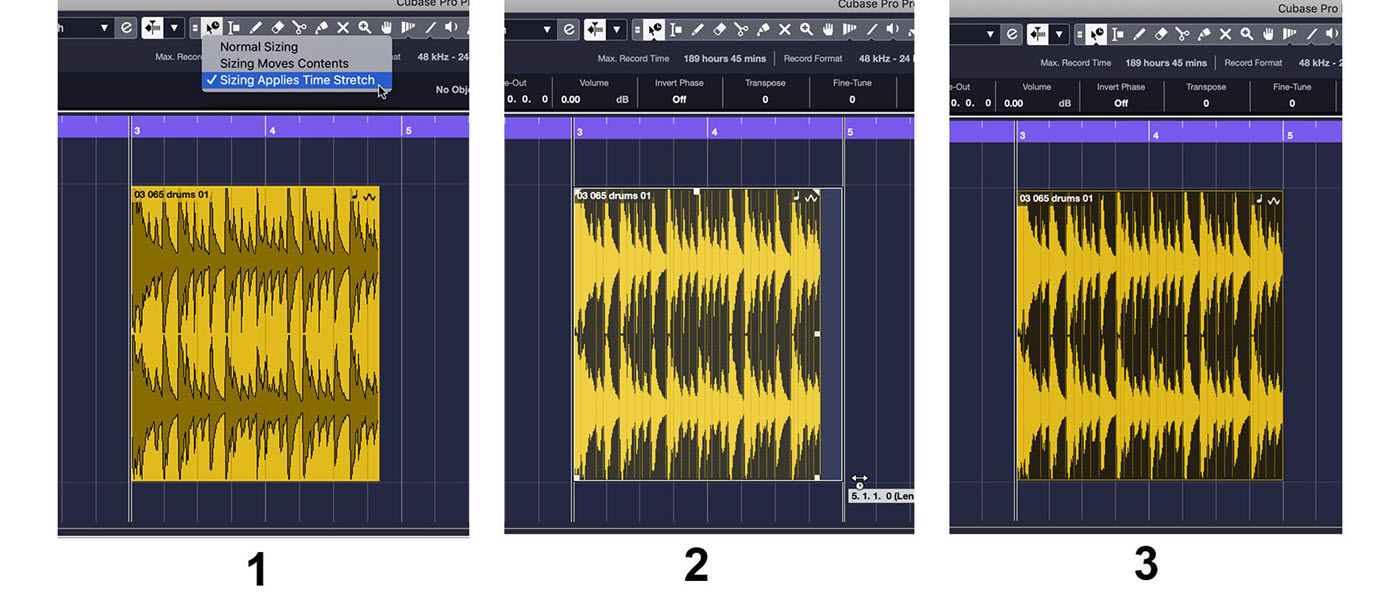
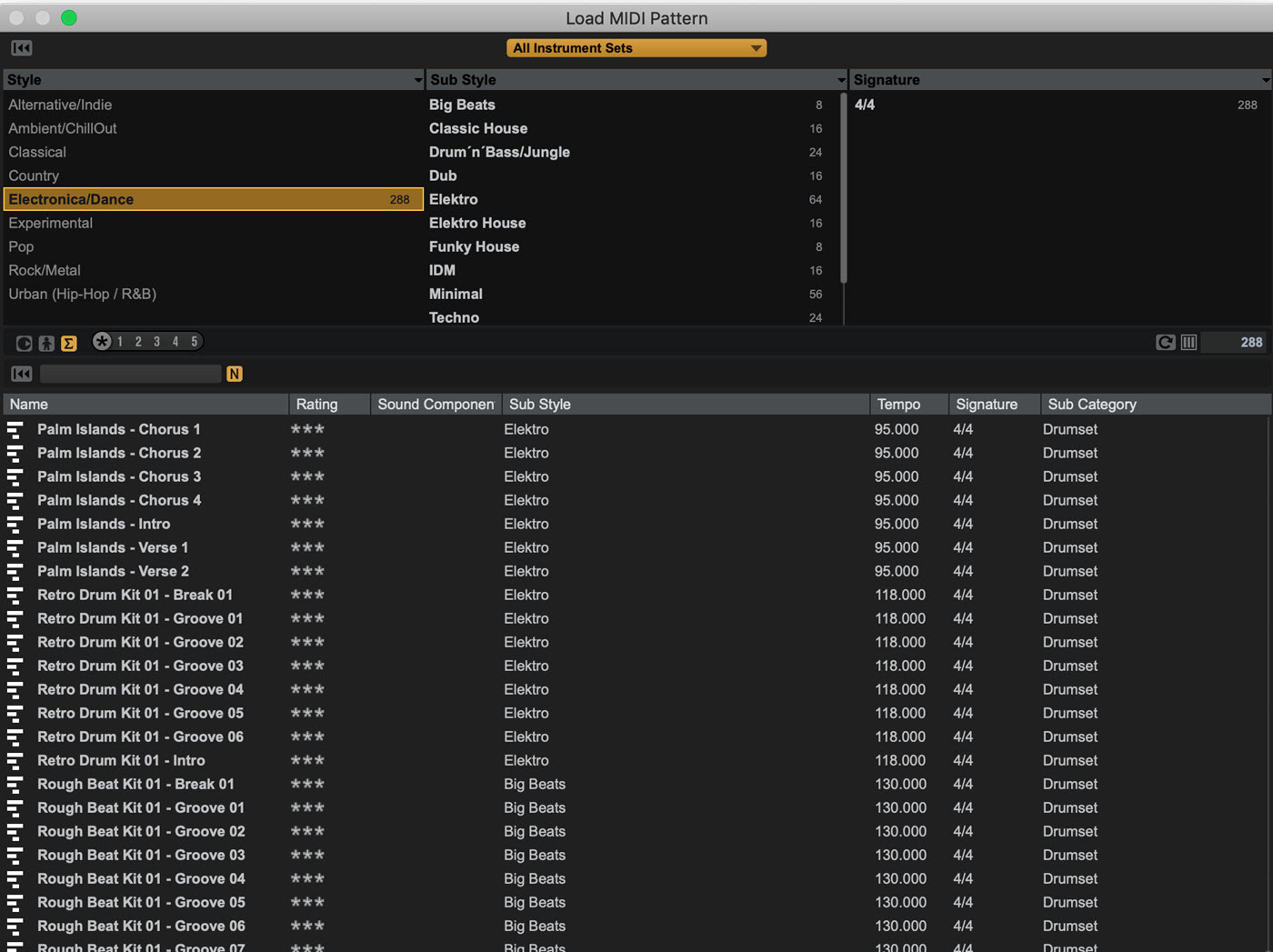

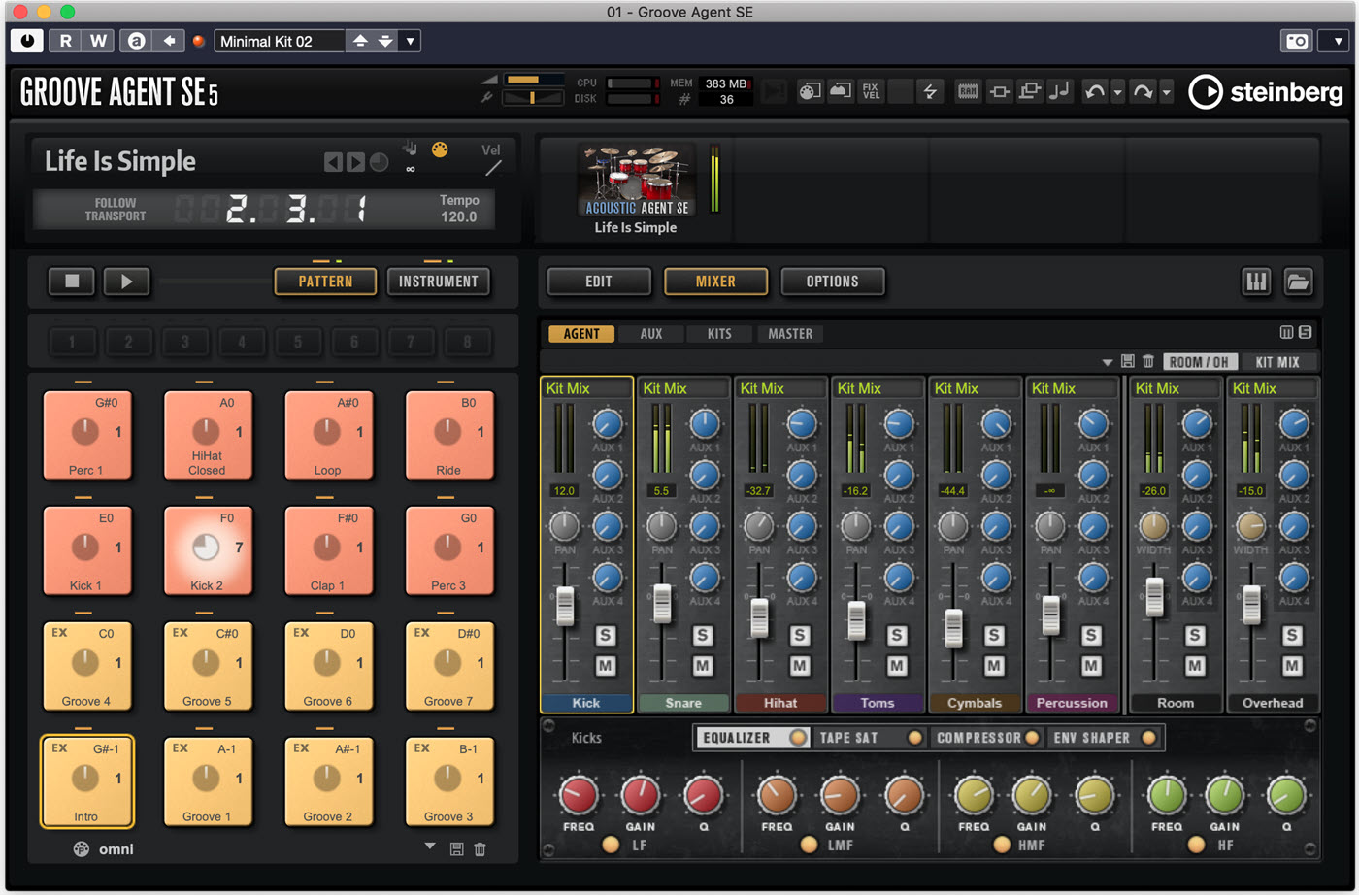


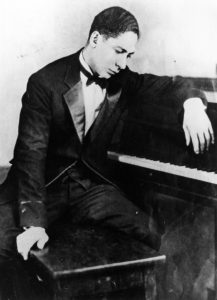
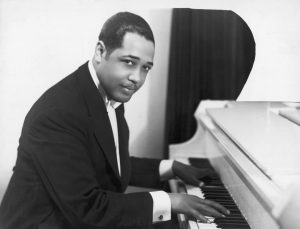


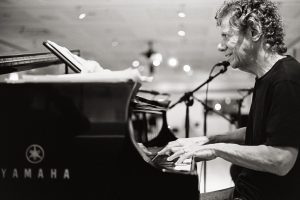
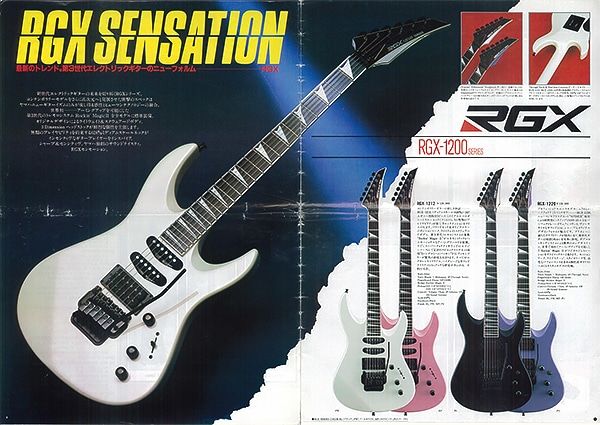

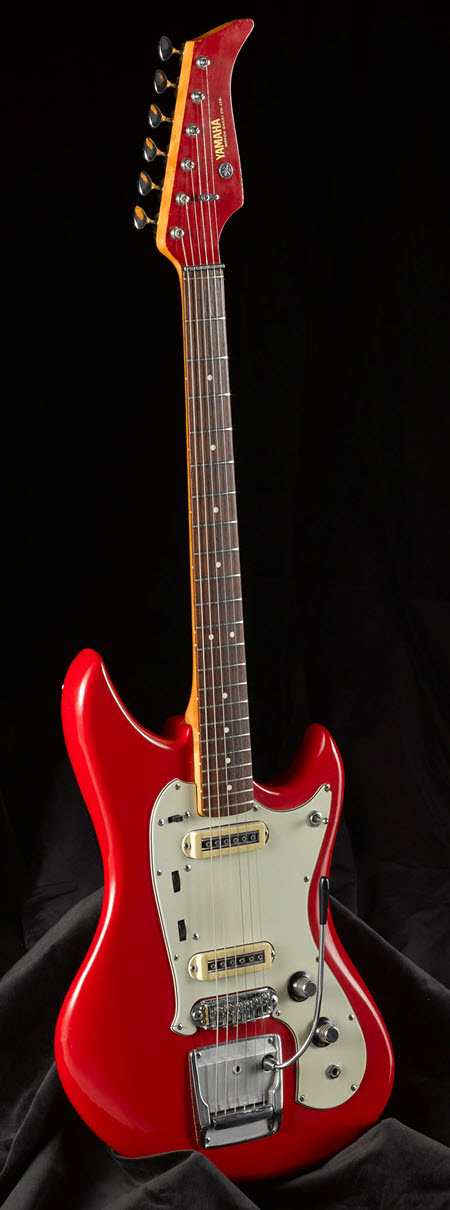
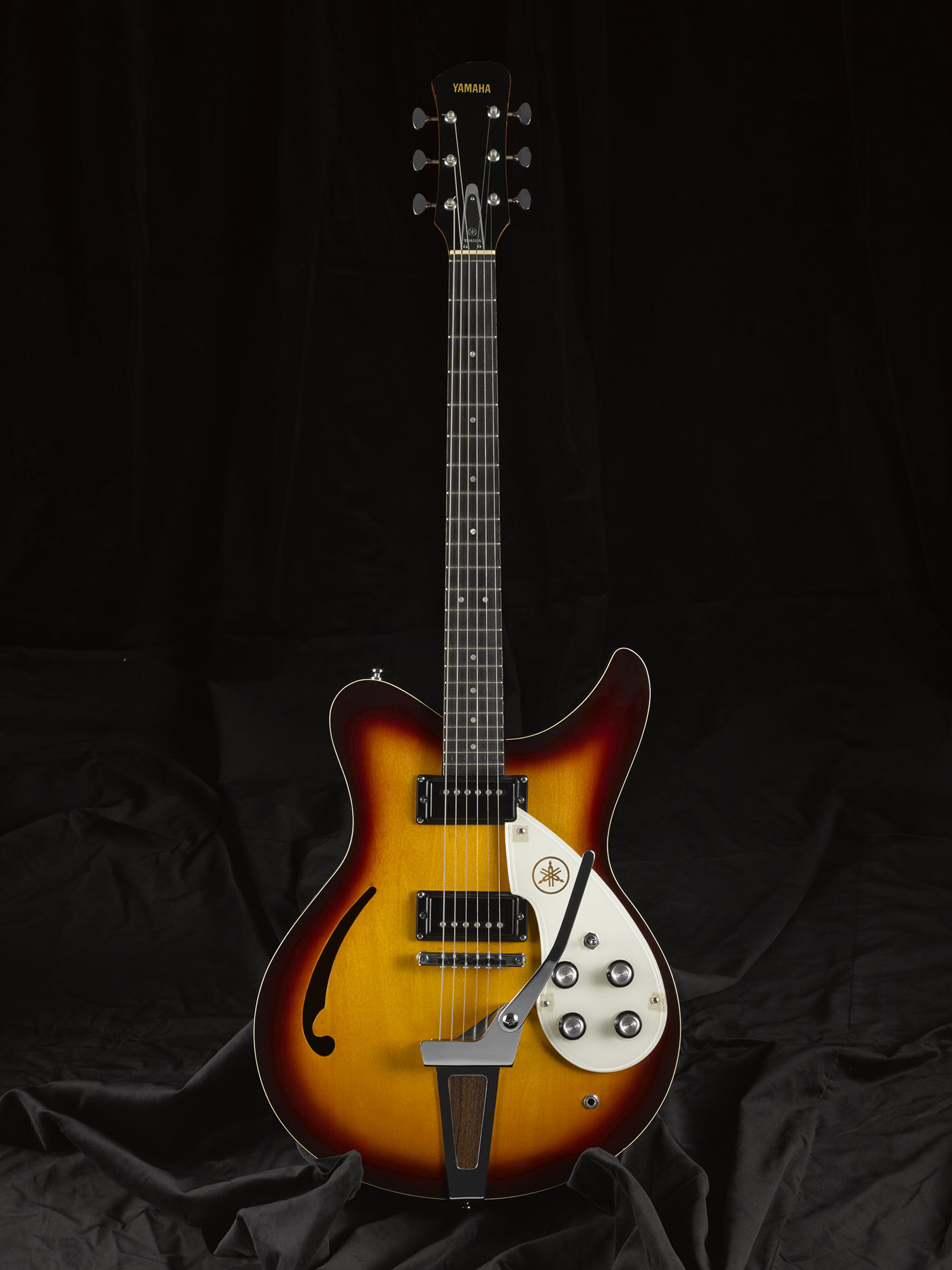
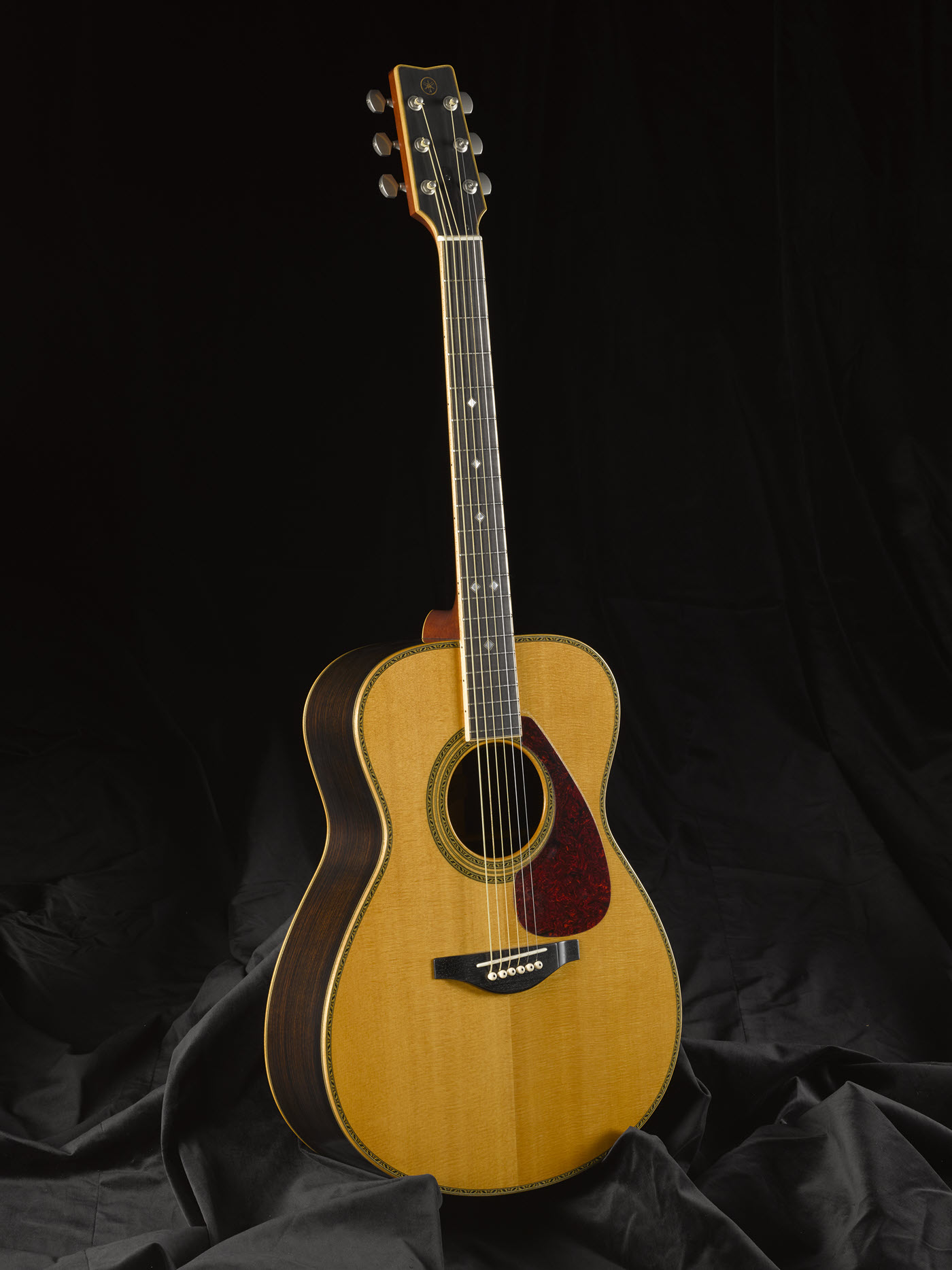

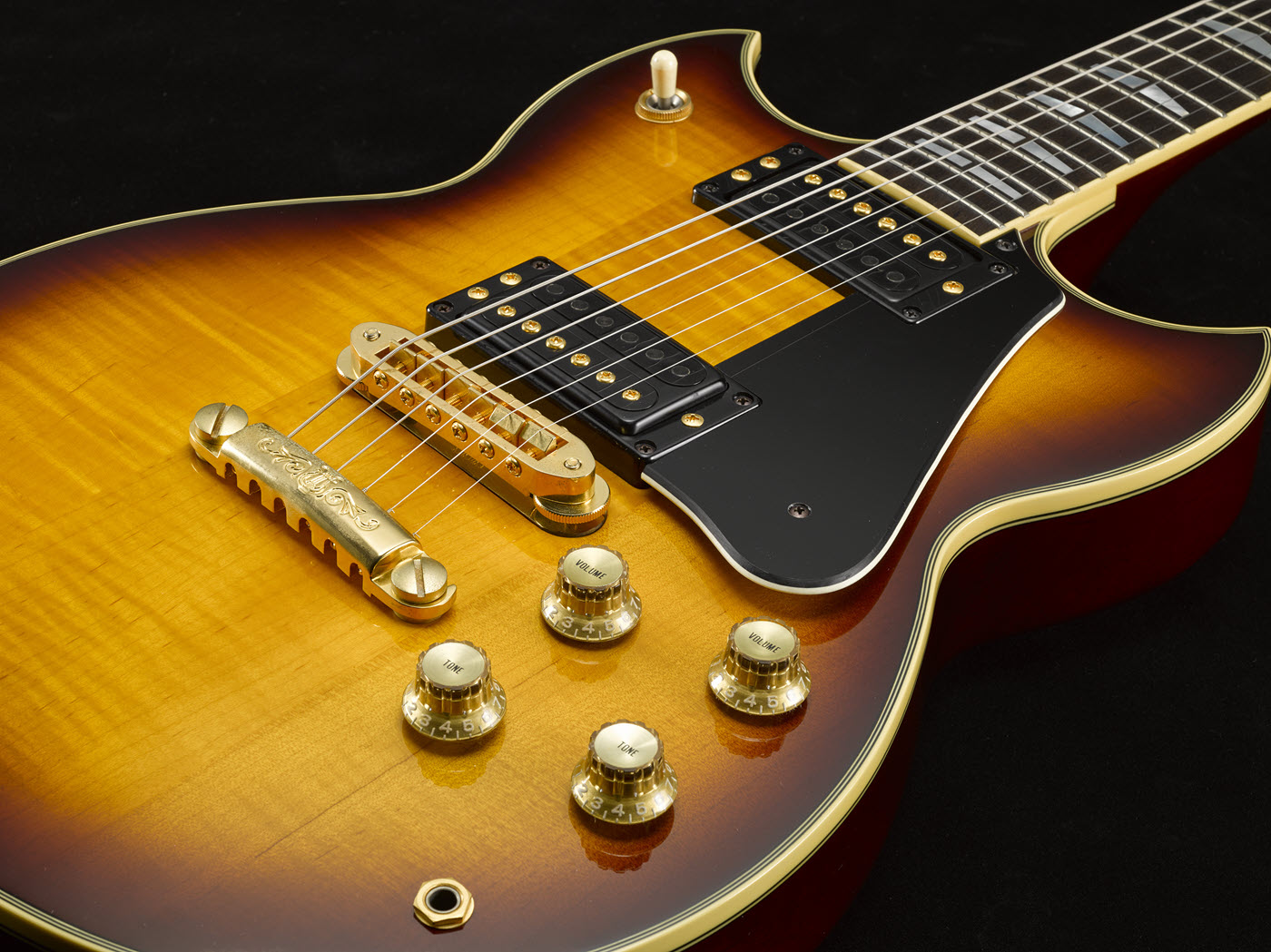
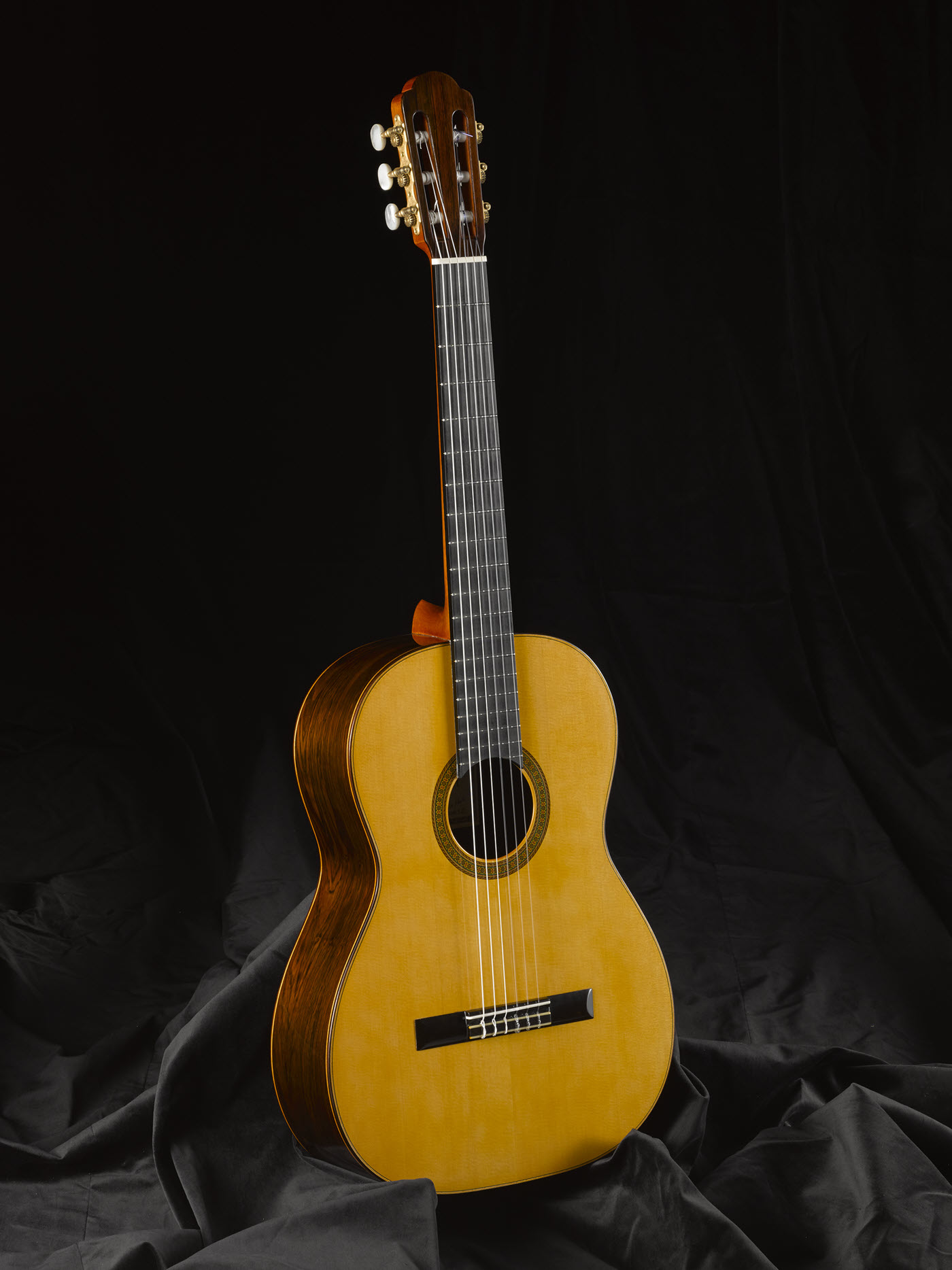
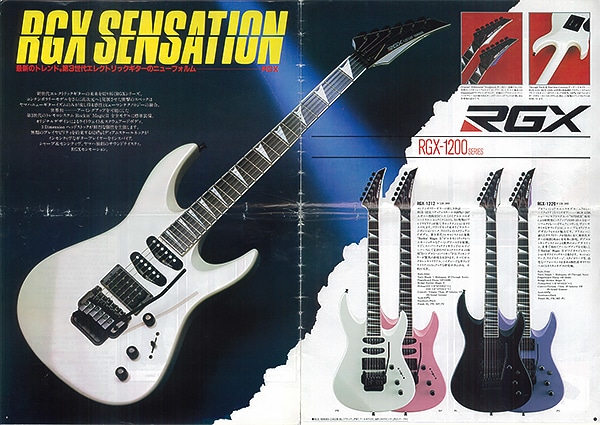

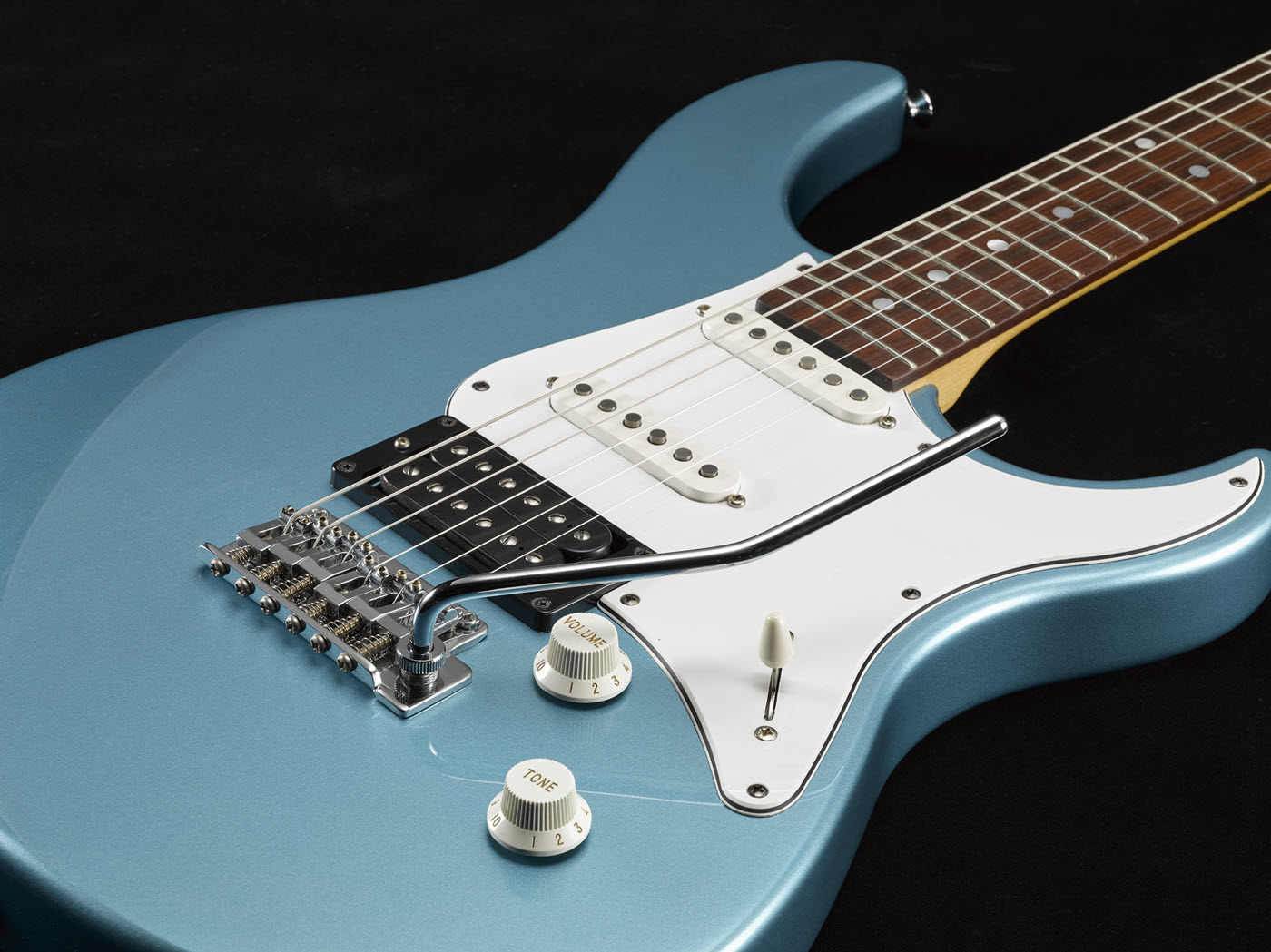
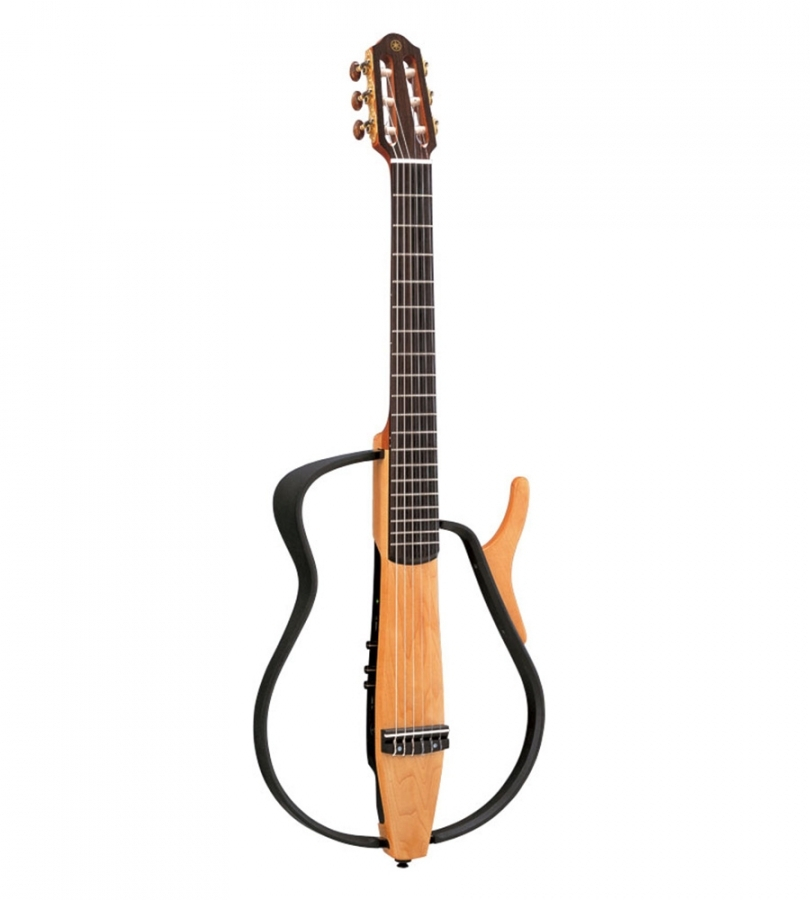
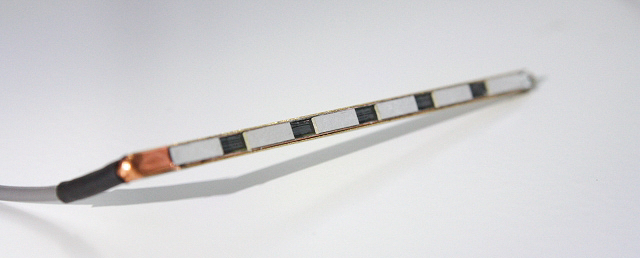
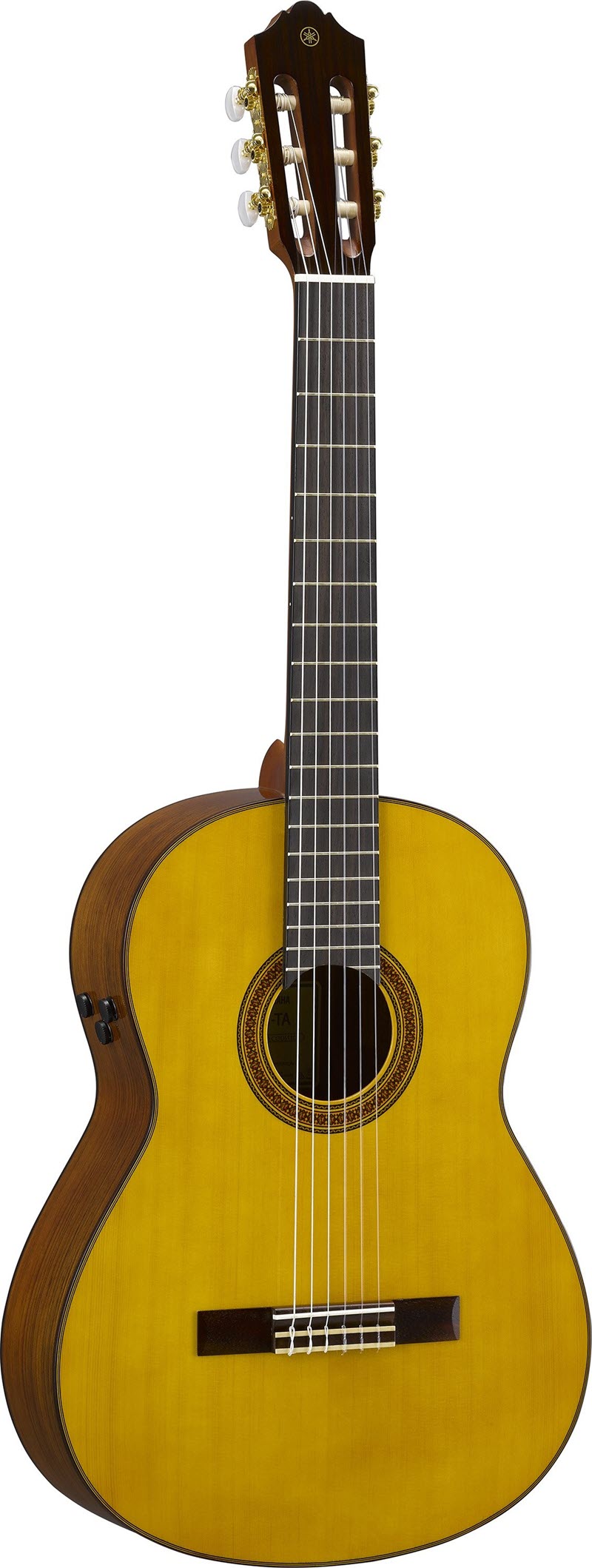
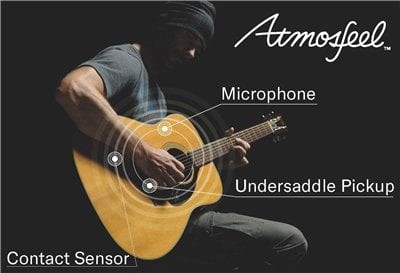

 After the initial draft was completed, it was clear that one week was not going to be enough time, so I expanded the summer program to two weeks. To help with the next phase of planning, I hired Temple’s music studies coordinator
After the initial draft was completed, it was clear that one week was not going to be enough time, so I expanded the summer program to two weeks. To help with the next phase of planning, I hired Temple’s music studies coordinator  July 2018: After about a year and a half of planning, we arrived at our first program in July 2018. We had 18 students in attendance. About half were from out of town and lived in the Temple dorms, and the rest of the students commuted to and from campus each day. Within the first day, our students formed a strong bond, and the mutual support that they provided one another was beautiful to witness.
July 2018: After about a year and a half of planning, we arrived at our first program in July 2018. We had 18 students in attendance. About half were from out of town and lived in the Temple dorms, and the rest of the students commuted to and from campus each day. Within the first day, our students formed a strong bond, and the mutual support that they provided one another was beautiful to witness. We had no idea how many applications we would get, so we changed our financial model to pay our instructors a variable rate per student rather than provide them with a base stipend. This made it simple for us to scale the program as needed. By the time July rolled around, we were surprised and thrilled to welcome 50 students (a three-fold increase from previous years) tuning in from all across the United States, Canada, Asia and Australia.
We had no idea how many applications we would get, so we changed our financial model to pay our instructors a variable rate per student rather than provide them with a base stipend. This made it simple for us to scale the program as needed. By the time July rolled around, we were surprised and thrilled to welcome 50 students (a three-fold increase from previous years) tuning in from all across the United States, Canada, Asia and Australia.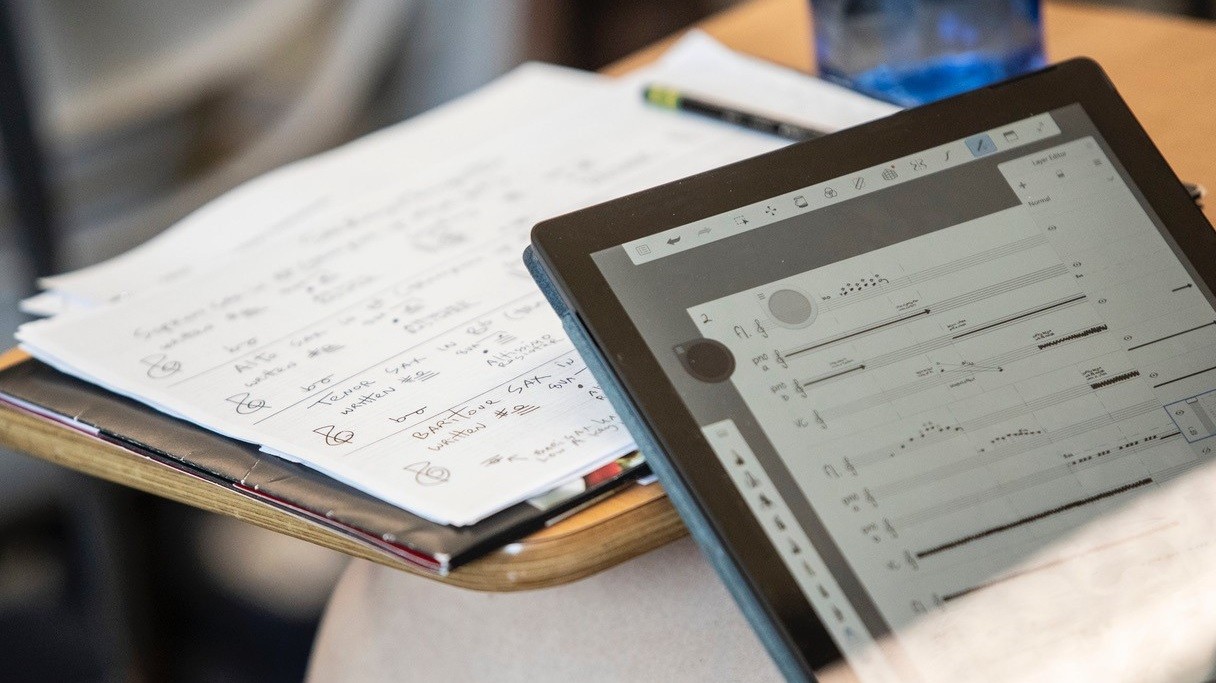 Our 2021 program, which will take place virtually in July, will feature returning instructors
Our 2021 program, which will take place virtually in July, will feature returning instructors 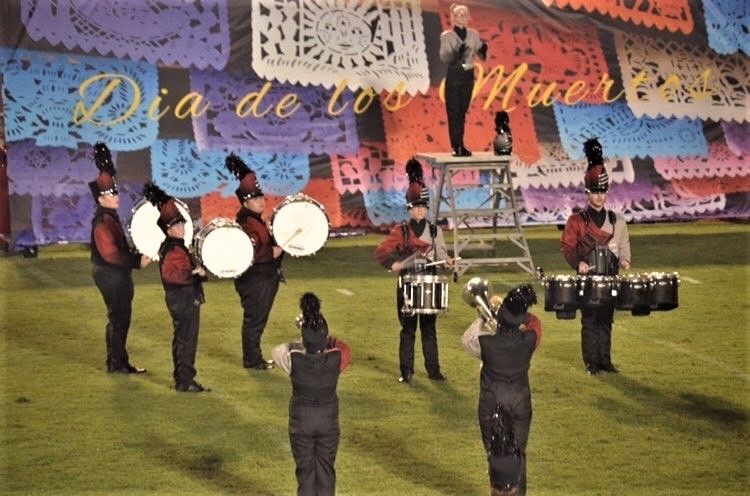
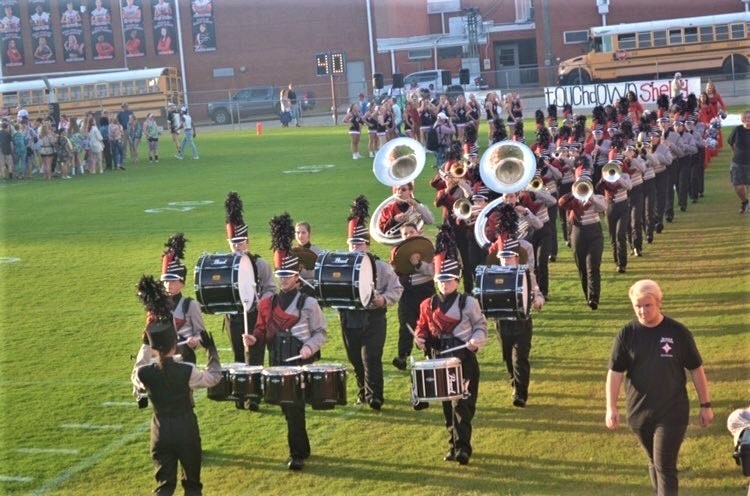 The school year began with band camp, and I hit the ground running by getting to know the students and community members. At the conclusion of the fall semester, the boosters had raised their concession stand money for the year, but we still needed more money. Going around our small town, I met many people who wanted to support the band. I spoke with my administration about launching a fundraising capital campaign to donate for new uniforms. I decided to send
The school year began with band camp, and I hit the ground running by getting to know the students and community members. At the conclusion of the fall semester, the boosters had raised their concession stand money for the year, but we still needed more money. Going around our small town, I met many people who wanted to support the band. I spoke with my administration about launching a fundraising capital campaign to donate for new uniforms. I decided to send  The first year of the grant offered $16,000, 20% of which had to go to professional development. With these funds, I planned to repair all school instruments, so they could be used, and purchase some new instruments to start a supply to offer students. With grand funds in the subsequent years, I would add to the collection of instruments.
The first year of the grant offered $16,000, 20% of which had to go to professional development. With these funds, I planned to repair all school instruments, so they could be used, and purchase some new instruments to start a supply to offer students. With grand funds in the subsequent years, I would add to the collection of instruments.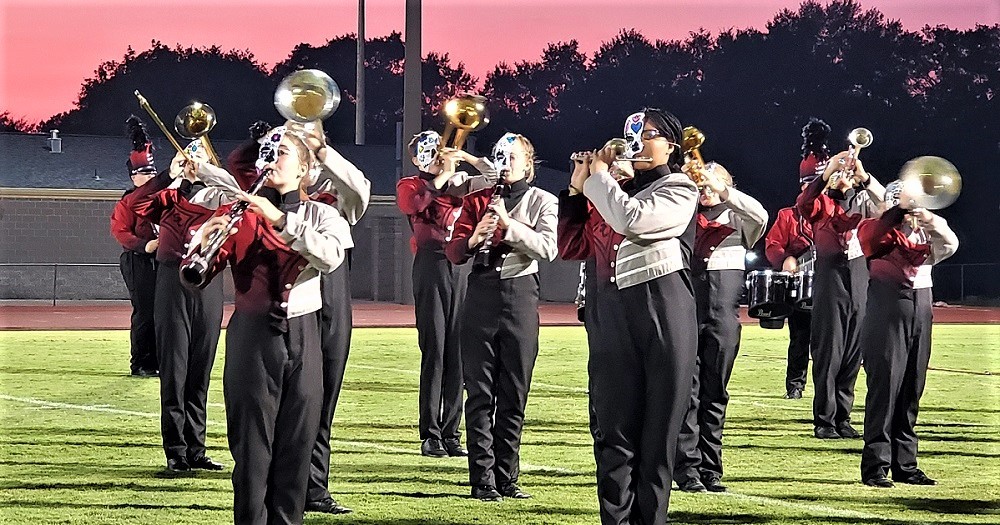 Next school year, the marching band will be back up and running at full capacity with a new show called “Royals of Rock.” We will chronicle a performer’s journey to become a rock legend by learning from the masters like
Next school year, the marching band will be back up and running at full capacity with a new show called “Royals of Rock.” We will chronicle a performer’s journey to become a rock legend by learning from the masters like 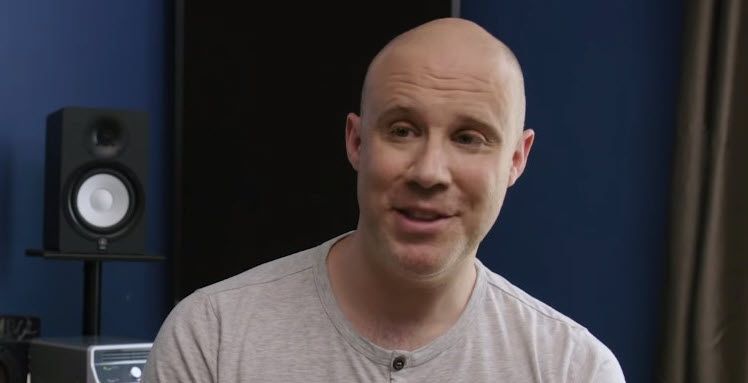

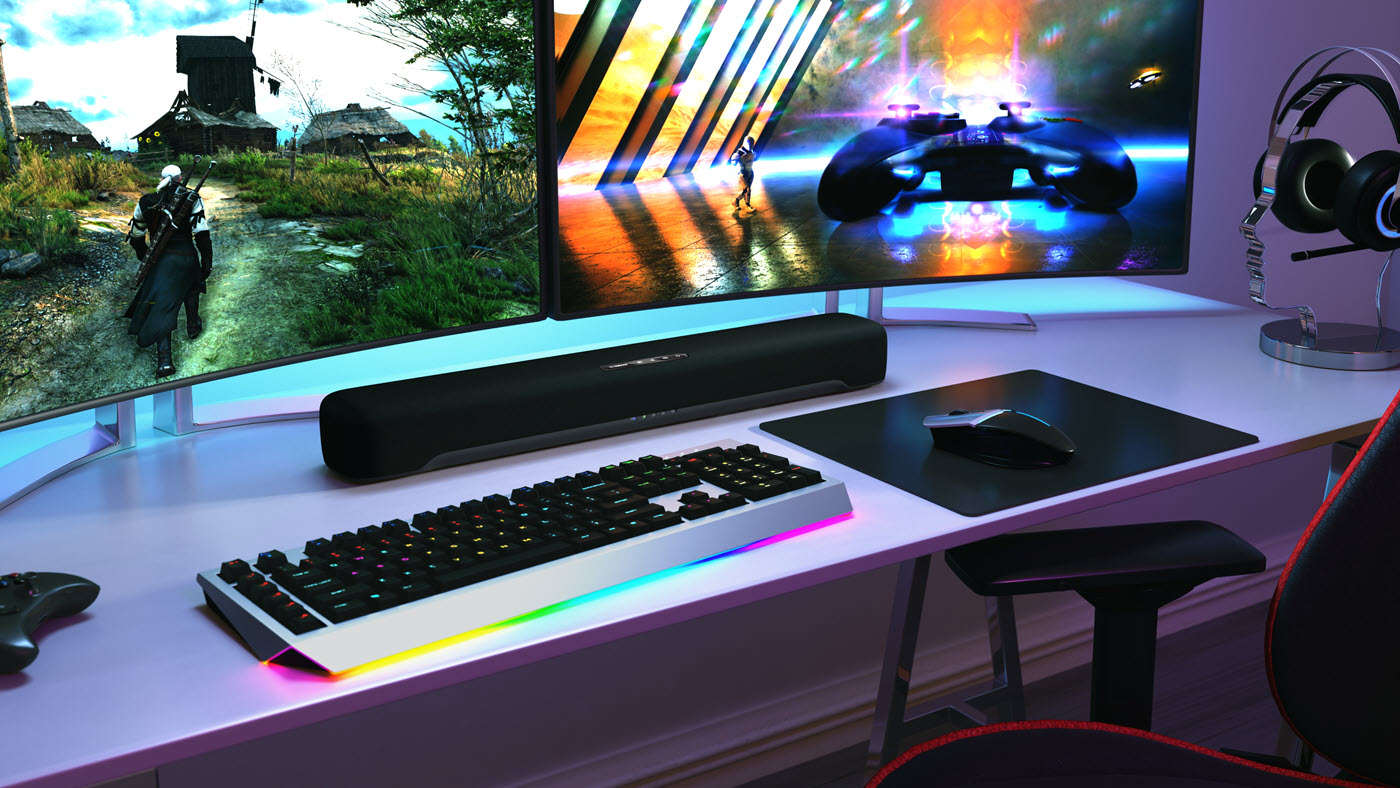
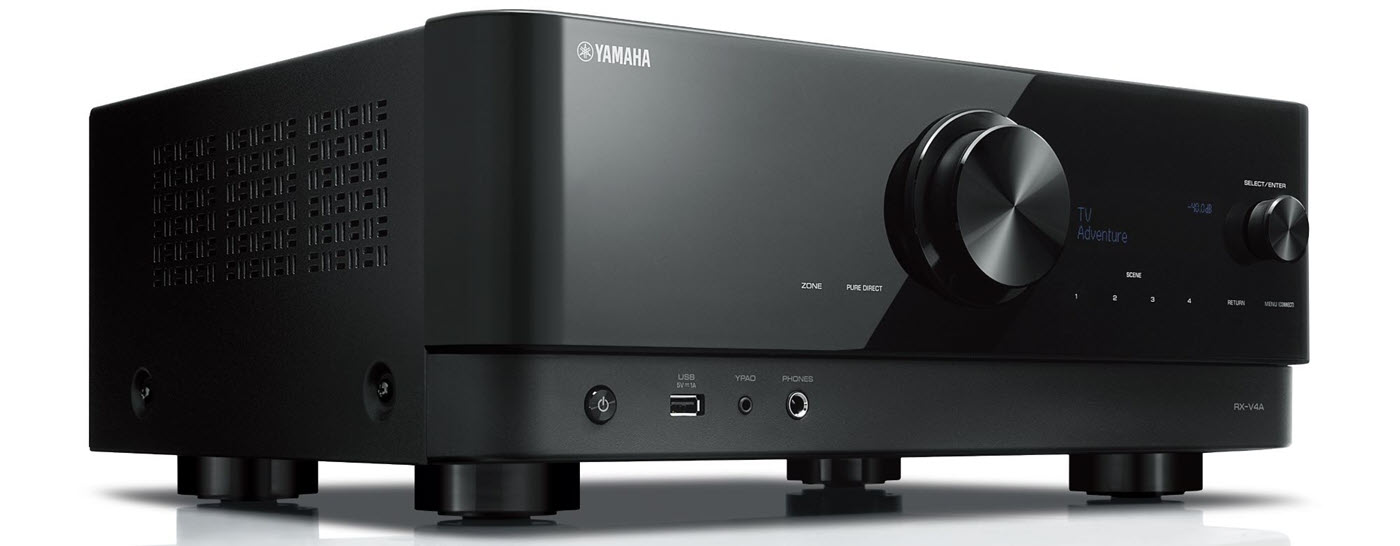
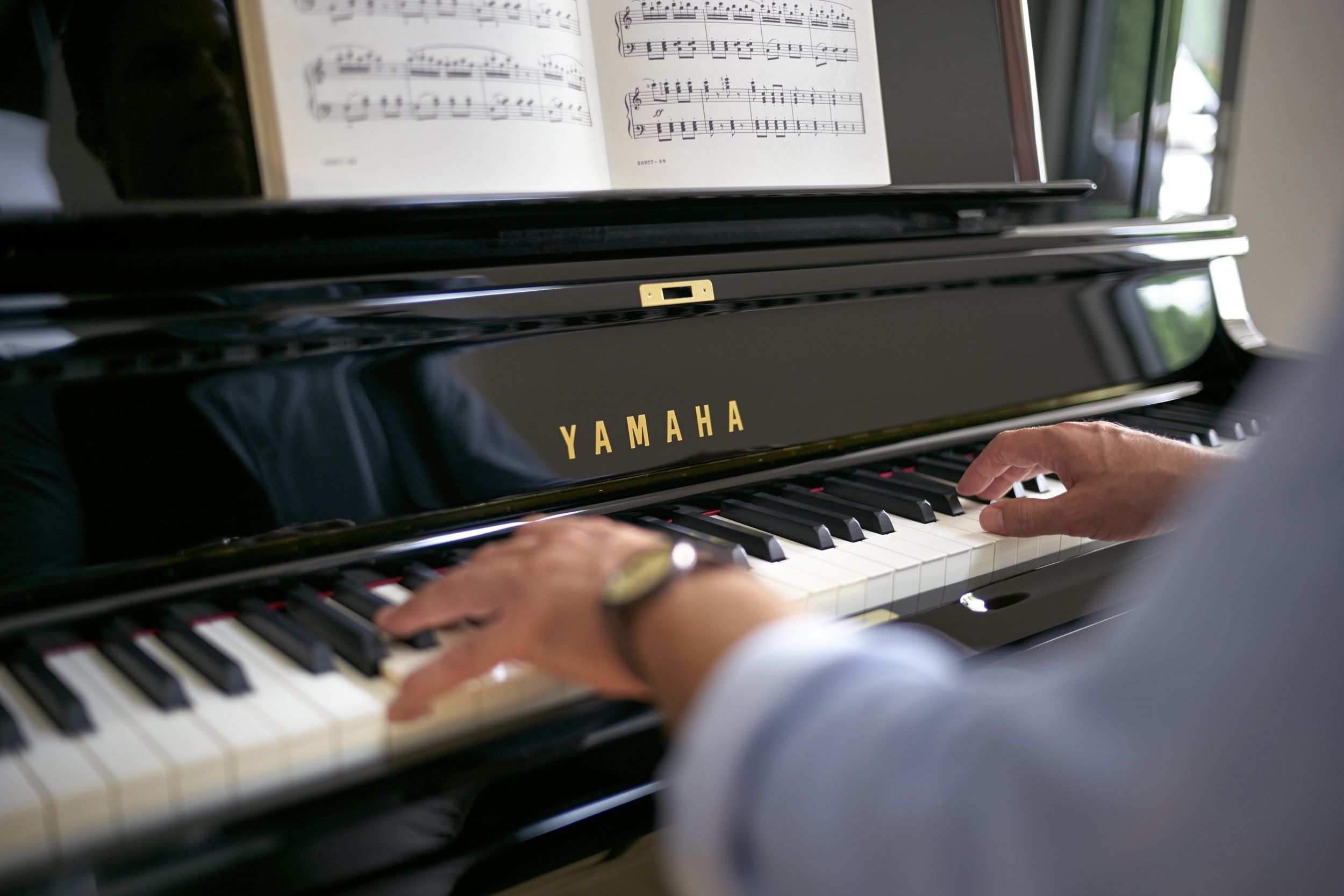













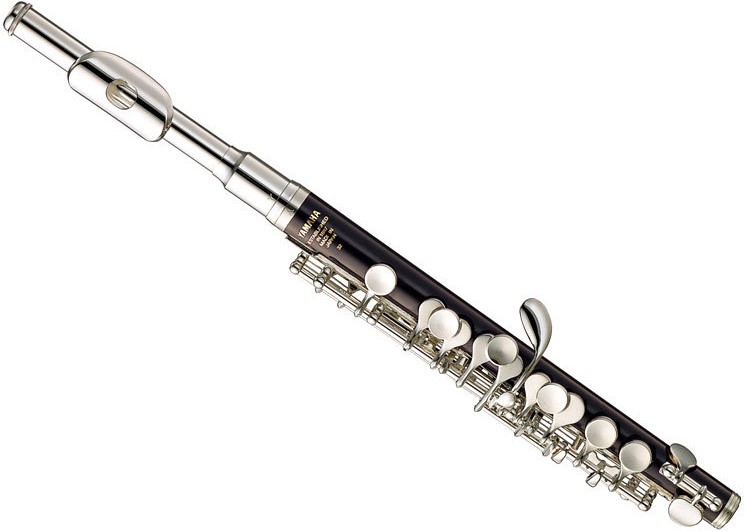
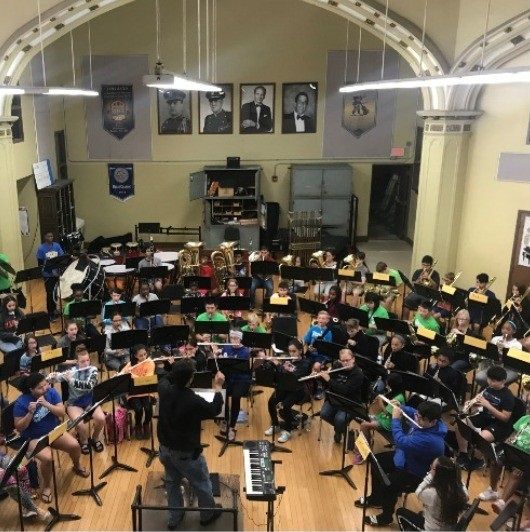
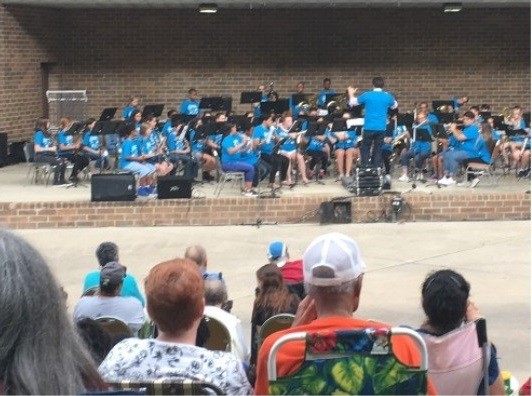 Anecdotally, I don’t think they are. In my experience and discussions with teachers in these areas, I think a few other elements are in place. Suburban schools may have lower instances of mobility and chronic absenteeism than a low-income area school. Less movement means that more suburban students go through an entire school system from kindergarten through high school compared to their low-income area counterparts. Wealthier students are also in the classroom more.
Anecdotally, I don’t think they are. In my experience and discussions with teachers in these areas, I think a few other elements are in place. Suburban schools may have lower instances of mobility and chronic absenteeism than a low-income area school. Less movement means that more suburban students go through an entire school system from kindergarten through high school compared to their low-income area counterparts. Wealthier students are also in the classroom more.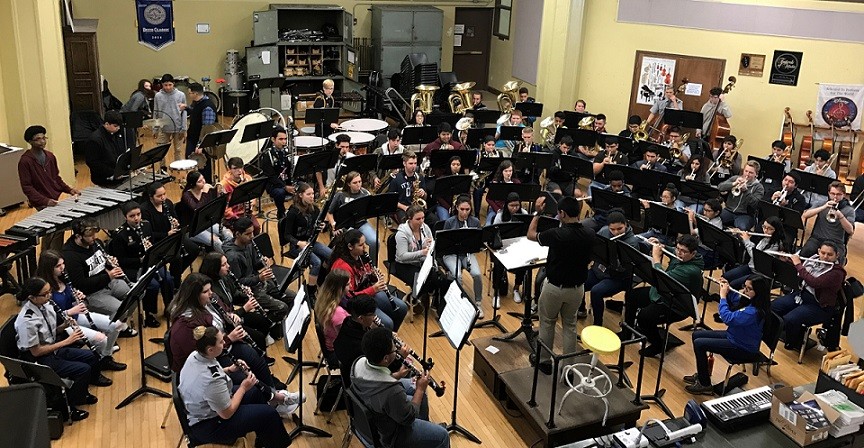 We can give students the skills to practice if they want to or have the time to practice. Explain your practice techniques and goals during a class. If your students haven’t heard you play, perform for them. I’m happy to say that I’ve had a resurgence in playing my instrument in recent years. I use it almost daily in class for a demonstration or to sit in the band when a student conducts.
We can give students the skills to practice if they want to or have the time to practice. Explain your practice techniques and goals during a class. If your students haven’t heard you play, perform for them. I’m happy to say that I’ve had a resurgence in playing my instrument in recent years. I use it almost daily in class for a demonstration or to sit in the band when a student conducts. When I first started this approach, I noticed a decline in participation in solo and ensemble contests. Participation in our district and state music education conferences remained the same, but we also had few students qualify for this over the past 20 years. However, our group performances increased in both quality and quantity. State festival invitations started coming in. College bands began inviting us to perform on stage with them, and we were even accepted into two national-level performances.
When I first started this approach, I noticed a decline in participation in solo and ensemble contests. Participation in our district and state music education conferences remained the same, but we also had few students qualify for this over the past 20 years. However, our group performances increased in both quality and quantity. State festival invitations started coming in. College bands began inviting us to perform on stage with them, and we were even accepted into two national-level performances.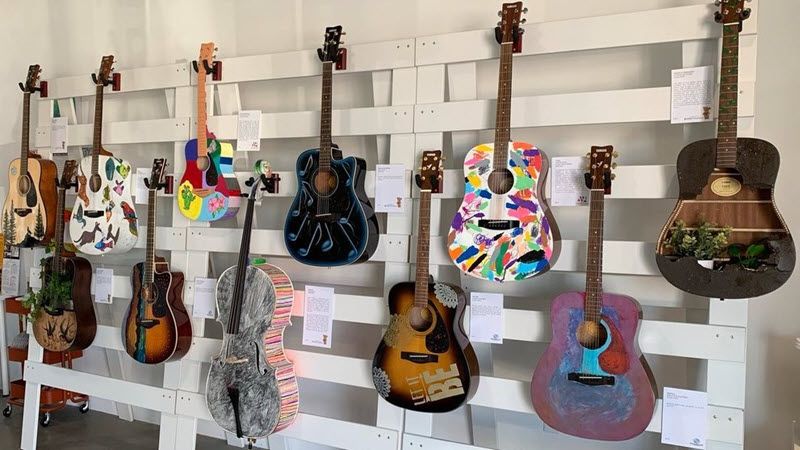
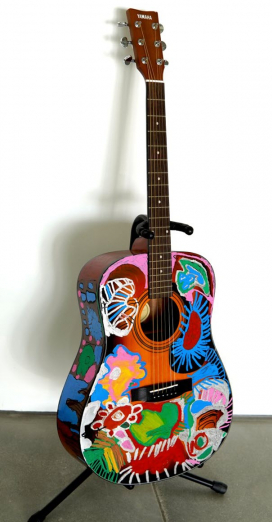
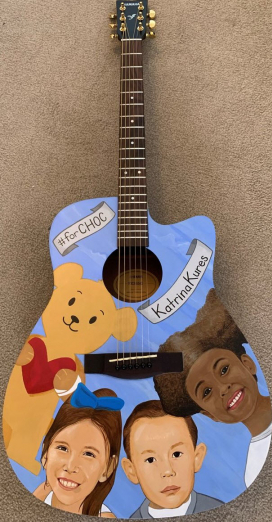
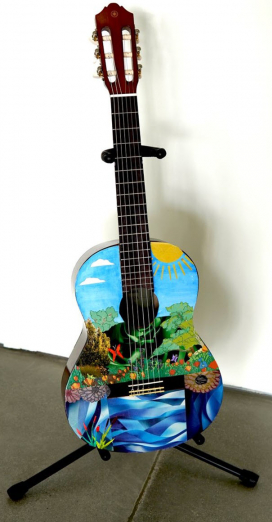
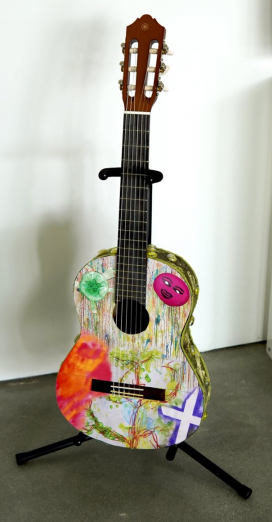
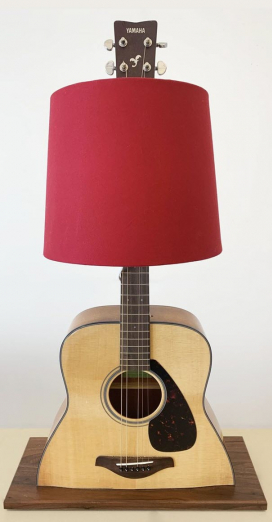
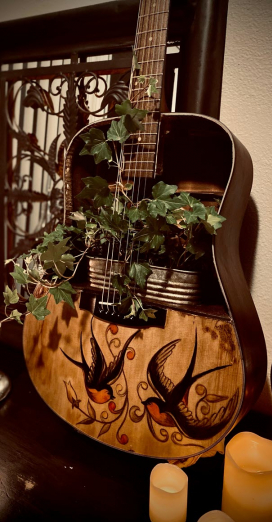

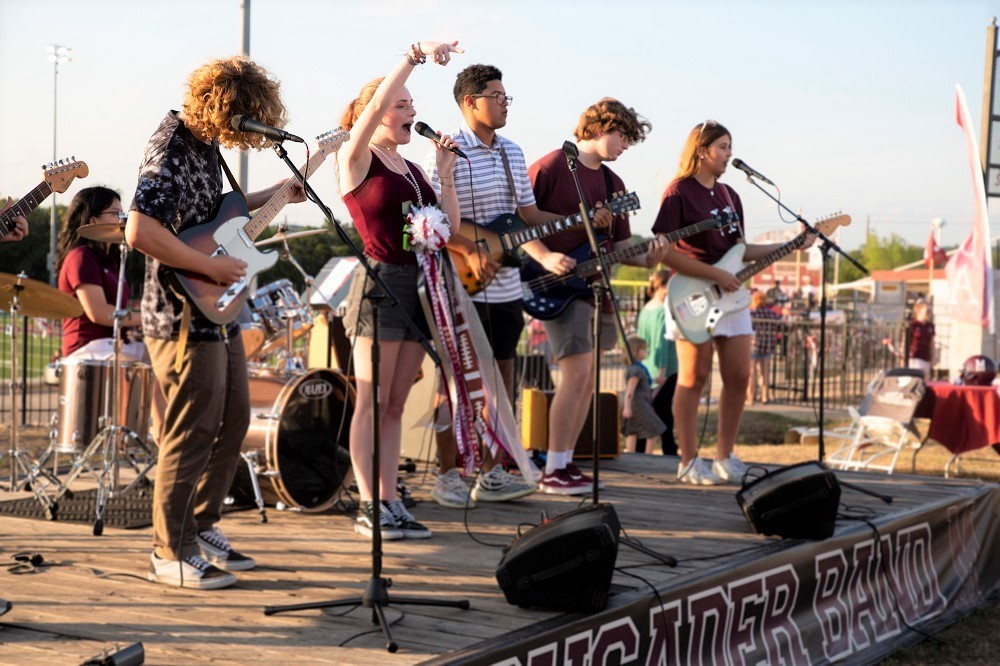 To address the halftime entertainment dilemma, I went with a Super Bowl™-style halftime show that featured our rock bands. This effort entailed procuring custom-made equipment carts to mobilize all the gear. The following year, we started performing at halftime with our rock/country/pop bands. Because the program was steadily growing, and the students were so excited to perform, we also built a wooden stage outside the stadium for tailgate concerts before the games. Today our football game atmosphere reflects a school-wide festival with pregame concerts, barbecues as well as cheerleader and dance team performances.
To address the halftime entertainment dilemma, I went with a Super Bowl™-style halftime show that featured our rock bands. This effort entailed procuring custom-made equipment carts to mobilize all the gear. The following year, we started performing at halftime with our rock/country/pop bands. Because the program was steadily growing, and the students were so excited to perform, we also built a wooden stage outside the stadium for tailgate concerts before the games. Today our football game atmosphere reflects a school-wide festival with pregame concerts, barbecues as well as cheerleader and dance team performances.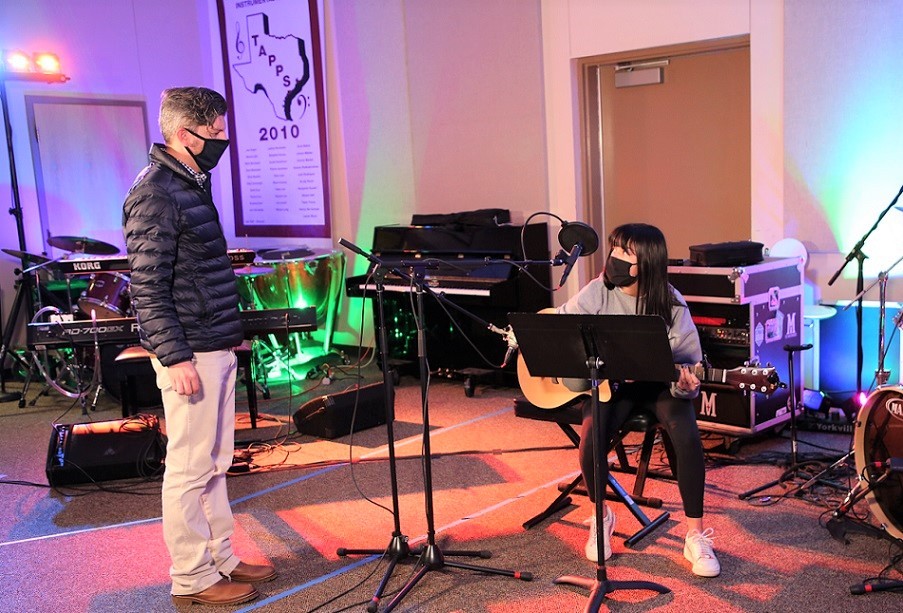 The new focus of the music program has transformed the campus with music becoming a part of everyday school life. The music room was reconfigured to be more student-centric. Instead of walking in and seeing rows of chairs, the room is set up like a live music studio with all the equipment hooked up and ready to provide an atmosphere where students can walk in and begin playing. Seating is set up in a circular fashion where everyone can look at each other and efficiently communicate during rehearsals and easily walk between stations. The idea is that everyone’s part is just as important as the other, and for music to come alive, everyone needs to do their part.
The new focus of the music program has transformed the campus with music becoming a part of everyday school life. The music room was reconfigured to be more student-centric. Instead of walking in and seeing rows of chairs, the room is set up like a live music studio with all the equipment hooked up and ready to provide an atmosphere where students can walk in and begin playing. Seating is set up in a circular fashion where everyone can look at each other and efficiently communicate during rehearsals and easily walk between stations. The idea is that everyone’s part is just as important as the other, and for music to come alive, everyone needs to do their part. Music students also host “Music-On-The-Deck,” an open-mic performance on the outdoor stage during lunchtime on Fridays during which anyone on campus may perform. Students bring blankets and picnic while listening to their peers play and sing.
Music students also host “Music-On-The-Deck,” an open-mic performance on the outdoor stage during lunchtime on Fridays during which anyone on campus may perform. Students bring blankets and picnic while listening to their peers play and sing.

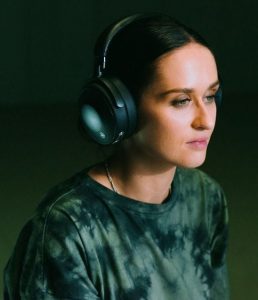

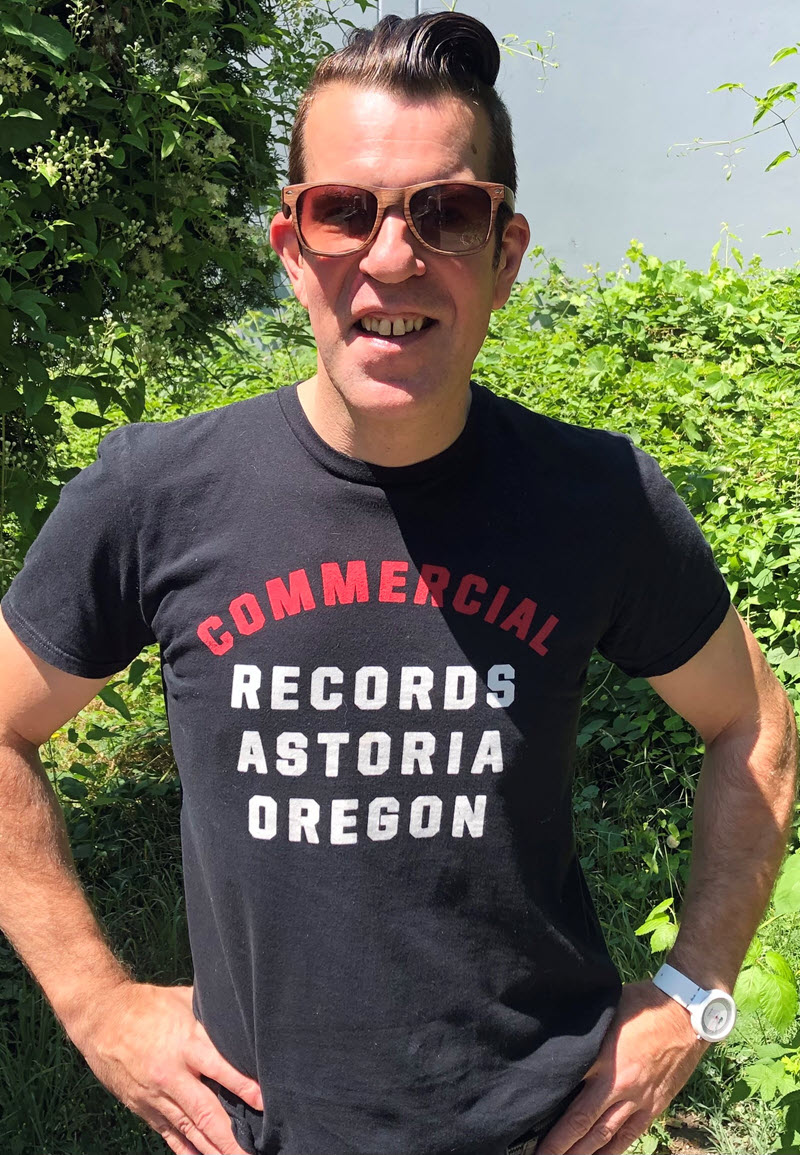


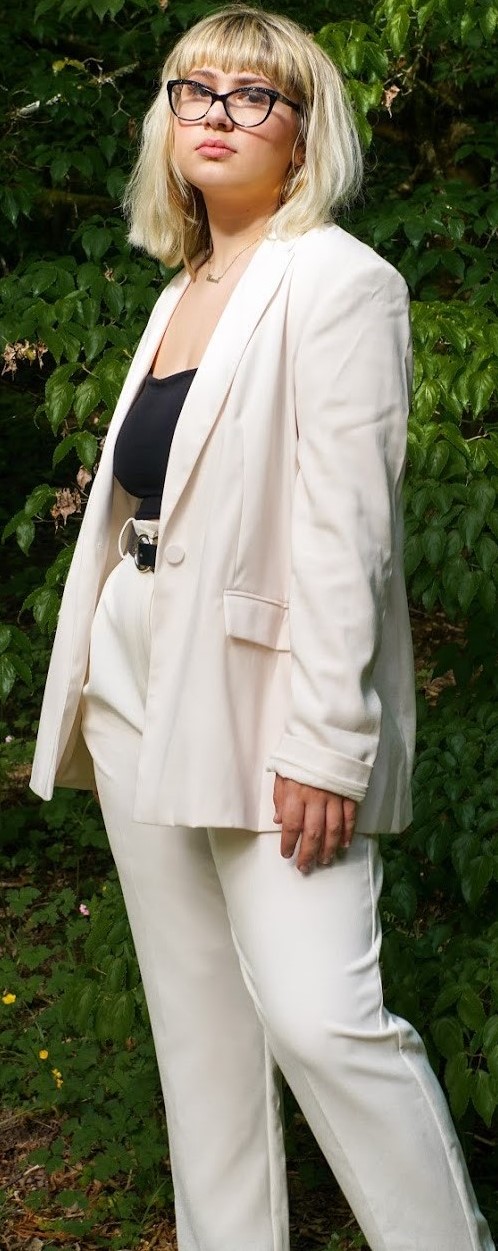


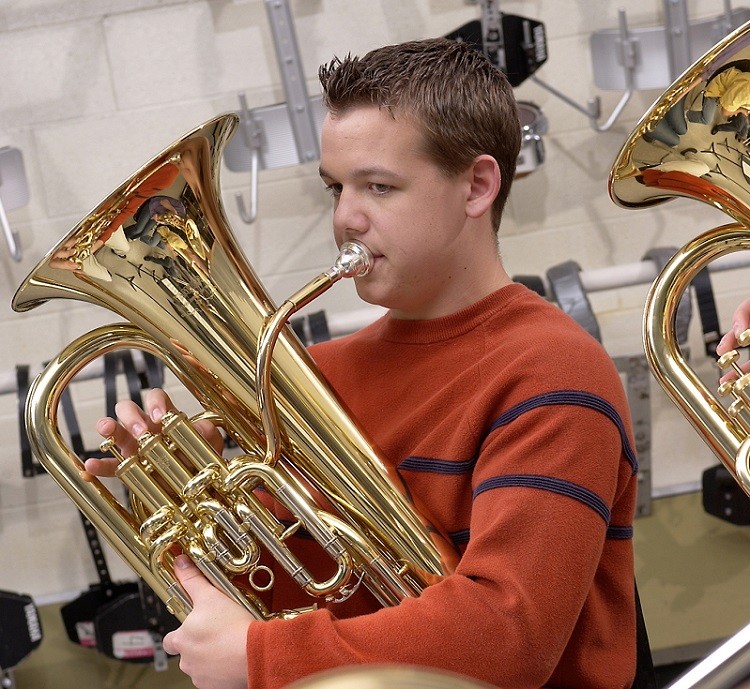 Located in metropolitan Atlanta, the
Located in metropolitan Atlanta, the 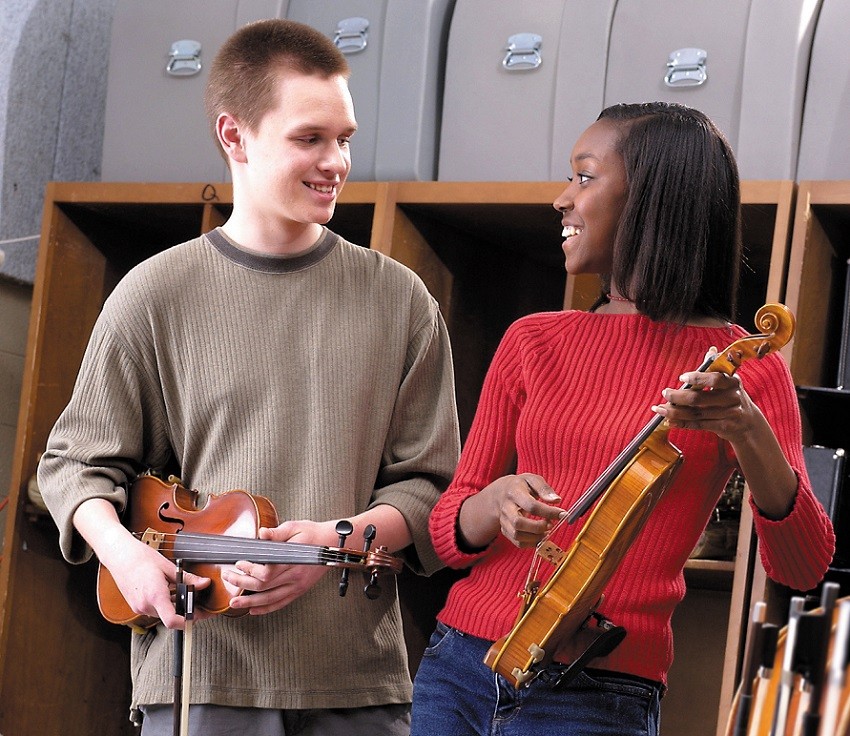 For instrumental music, we provided band and orchestra instruments for programs with the greatest need. The school district provides funding yearly for larger and more costly instruments and equipment, including low-brass instruments, double reeds, low saxophones, percussion, cellos and basses. Other instruments like violins, violas, flutes, clarinets, trumpets and alto saxophones are usually provided by the students themselves
For instrumental music, we provided band and orchestra instruments for programs with the greatest need. The school district provides funding yearly for larger and more costly instruments and equipment, including low-brass instruments, double reeds, low saxophones, percussion, cellos and basses. Other instruments like violins, violas, flutes, clarinets, trumpets and alto saxophones are usually provided by the students themselves